Constructing Basic Guitar Chords, Part 2
In Part 1 of this two-part series, we showed you how to build the four main triad chord types and add the seventh degree to create major, minor and dominant seventh chords.
We can further enhance the harmonic flavor of these chords by adding what are known as chord extensions. The three chord extensions are as follows:
- Second or ninth (A ninth is a second up an octave)
- Fourth or eleventh (An eleventh is a fourth up an octave)
- Sixth or thirteenth (A thirteenth is a sixth up an octave)
Technically, ninths, elevenths and thirteenths should only be denoted when the seventh is present in the chord. However, musicians often use those terms regardless of the seventh.
It’s important to understand that adding an extension doesn’t change the harmonic structure (that is the “quality”) of a chord in terms of whether it’s major, minor or dominant. That’s why adding an extension to any of those chords doesn’t change their function within a chord progression — it merely adds more complexity to the flavor.
Major and Minor Extensions
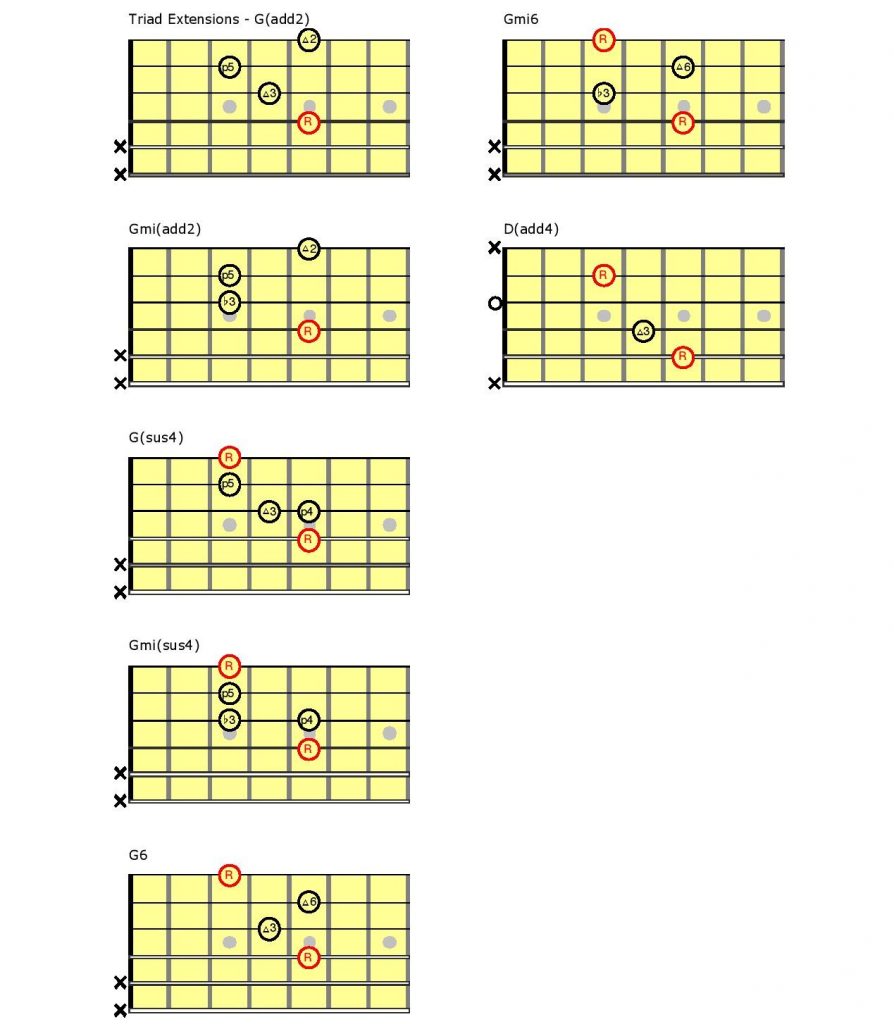
Seconds
A G major triad with a second added (in this case, the note A) is called G(add2), although musicians often refer to it as G(add9). Adding the major second to a major triad creates a sweeter, more contemporary sound.
You can change this to a G minor triad by lowering the third and adding the second. This is called Gmi(add2), though, again, musicians often refer to it as Gmi9. Using the correct names will raise your grades when taking written theory exams … but more importantly, it’s good practice for sharing information with other musicians.
Fourths
Generally speaking, adding an extension of a fourth to a triad will create a suspended fourth chord, called a sus4. The name comes from the fact that the fourth is preventing the third from resolving — in other words, “suspending” its resolution. Suspended chords often resolve back to the third, creating a consonant tension before resolution.
The G major triad with the fourth suspending the major third is called G(sus4). The G minor triad with the fourth suspending the minor third is called Gmi(sus4). It is also possible to add a fourth to a full major triad without it suspending or replacing the third. This is called an add4 chord. These chords can be hard to construct on the fretboard, but the illustration above shows a Dadd4 voicing that’s pretty easy. Try it, so you can hear how cool it sounds.
Sixths
Adding the sixth (E) to Gma will result in a major sixth chord, called G6.
Adding the sixth (E) to Gmi will result in a minor sixth chord, called Gmi6
As a matter of interest, the G6 chord is enharmonic as Emi7 (in other words, it contains the same tones as Emi7). However, how the chord is perceived will depend on the context and which of the two notes is in the bass.
Seventh Chord Extensions
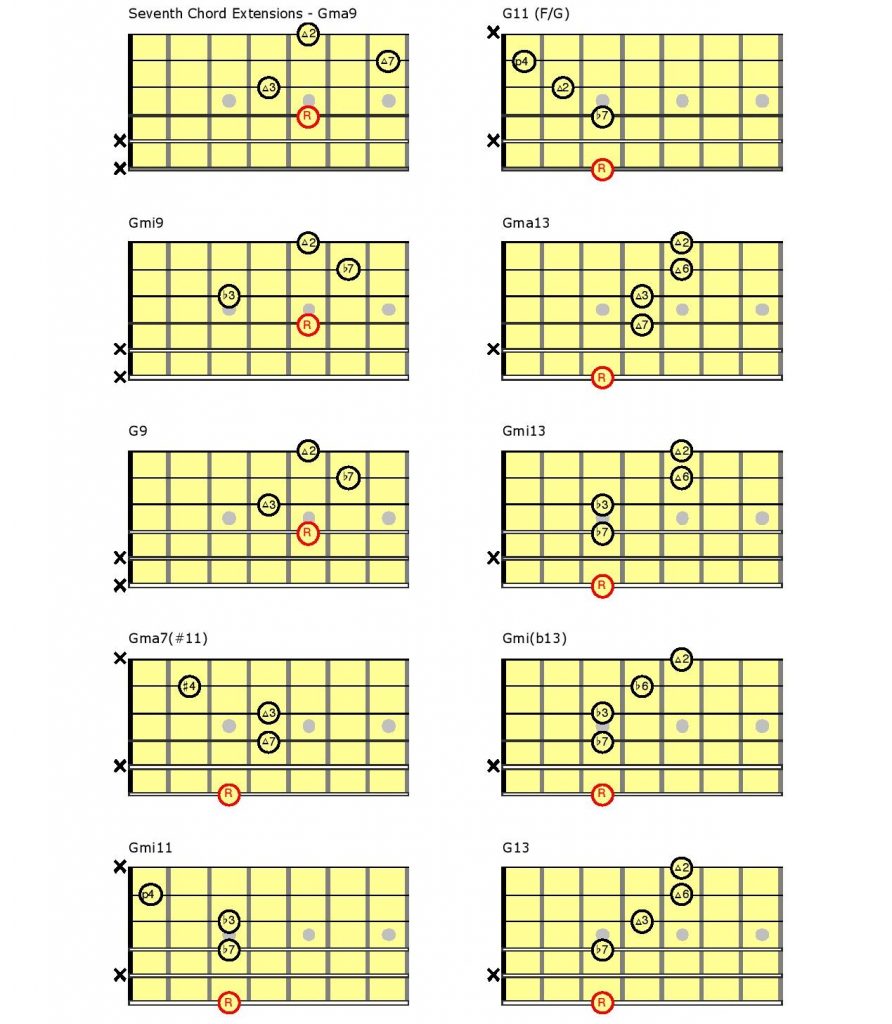
Once you have the seventh present in chords, you can designate second, fourth and sixth extensions as ninths, elevenths and thirteenths:
Ninths
The Gma7 chord with the ninth (A) added is called Gma9.
The Gmi7 chord with the ninth (A) added is called Gmi9.
The G7 chord with the ninth (A) added is called G9.
The diagrams above depict all three of these chords with the ninth above the seventh in pitch. Theoretically, the ninth should always be voiced this way; however, this is not always practical, so other voicings can be substituted.
Sevenths and Suspended Fourths
If you add the fourth to major, minor or dominant seventh chords, these are still referred to as suspended fourths, regardless of the seventh being present in the chord. (Hey, I don’t make up the rules, I just explain them.) Adding the fourth to a seventh chord can still create a suspension if you place it in front of the third. So Gma7(sus4), Gmi7(sus4) and G7(sus4) are all typical chords in modern harmony.
Elevenths
An eleventh added to a major seventh chord will either be a perfect eleventh (if added to the I major chord) or a naturally occurring sharp eleventh (if added to the IV major seventh chord). The perfect eleventh will sound extremely dissonant and is generally raised a half-step to a sharp fourth in jazz compositions.
The Gma7 chord with the eleventh (C) added is called Gma11.
The Gma7 chord with the sharp eleventh (C#) added is called Gma7(#11).
The Gmi7 chord with the eleventh (C) added is called Gmi11.
An Fma triad with the G in the bass is called G11(dominant 11th). Because of its major third interval, a dominant 11th chord generally adheres to raising the eleventh to a sharp eleventh in order to reduce the dissonant tonality. Again, you’ll see this in jazz, but not so much in pop or rock music. The fusion and contemporary version of this is called a “slash” chord — that is, a chord with a note other than the root in the bass. In this case, it’s F/G: an F major triad with the G in the bass. If you analyze the chord from the G bass note, you get the root (G), flat seventh (F), ninth (A) and perfect fourth/eleventh (C). This is a much sweeter-sounding chord, albeit one that’s still considered a dominant chord in modern compositions.
Thirteenths
Finally, let’s add the thirteenth above the seventh on the Gma7, Gmi7 and G7 chords.
A naturally occurring thirteenth will occur on a IImi7 chord, but will be a minor thirteenth on IIImi7 and VImi7 chords in diatonic major scale harmony. Just be aware of this if you are trying to retain tones within one specific key.
The Gma7 chord with the thirteenth (D) added is called Gma13.
The Gmi7 chord with the thirteenth (D) added is called Gmi13.
The Gmi7 chord with the minor thirteenth (D) added is called Gmi7(♭13). This occurs on the IIImi7 and VImi7 chords.
The G13 chord is a dominant seventh chord with a major sixth added. The sixth is referred to as a 13th because the flat seventh (minor seventh) is present in the chord.
The Harmonized Major Scale
It’s perfectly fine to build all these chords from one specific root note. However, once you move these chords into alternate scale positions, the extension may be flattened or sharpened to accommodate the major scale formula. You’ll therefore want to be aware of the scale position a chord occupies in a given key when adding extensions.
For example, the III minor chord in the key of G major is Bmi7. The next note up in the scale is C, which is a semitone above B, so adding a ninth to Bmi7 in this key would result in a ♭2 or ♭9 extension. The chord would be referred to as Bmi7(♭9).
The Chord Progression
The chord progression I’m using in the video below retains the drum and bass parts from the Part 1 video, but enhances the harmony with extensions. The mere fact that I can change the voicings over the same bass part goes further into demonstrating that the harmonic integrity remains, regardless of the additional extensions.
Here’s the original chord progression:
II: G7 I G#dim7 Bdim7 I Ami7 I D+ F#+ :II
… and here’s the revised progression using extensions:
II: G13 I G#dim7 Bdim7 I Ami9 Ami11 I D13 D9 :II
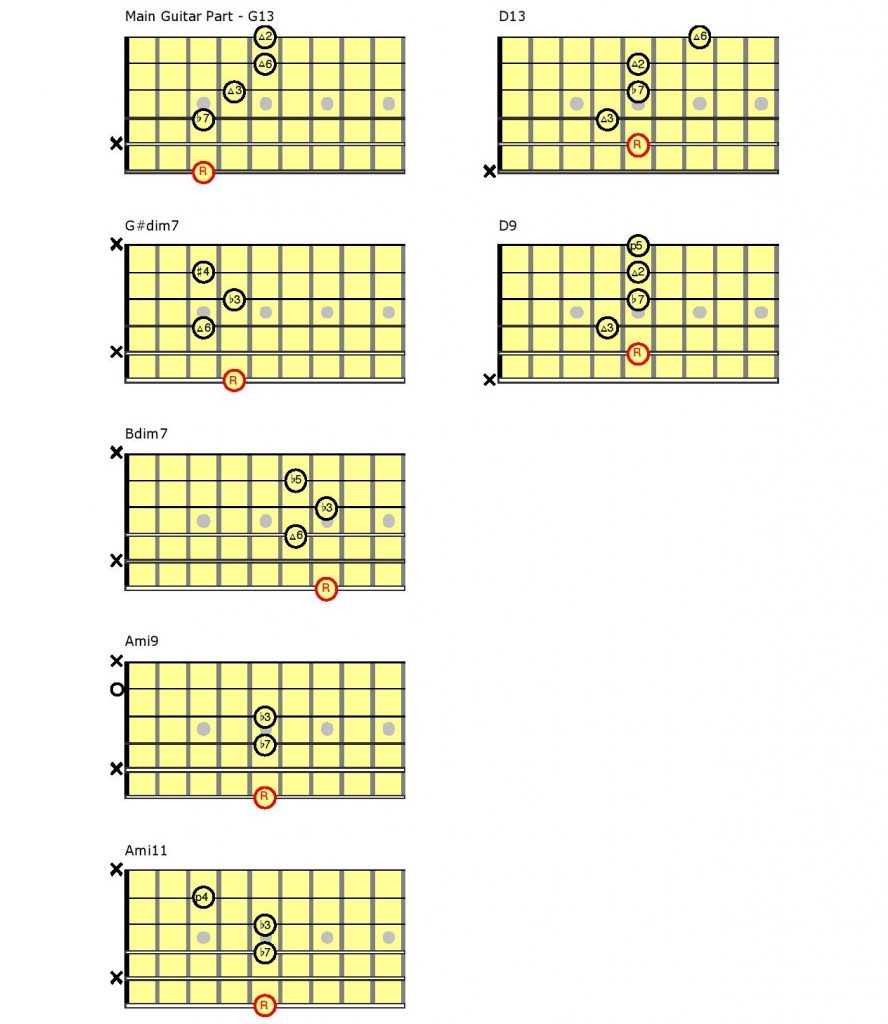
As you can see, I’ve added the thirteenth to the G7 chord, the eleventh and ninth to the Ami7 chord, and exchanged the D+ for a sweeter-sounding D13 and D9.
The Video
Here, I’m fingerpicking the first guitar part. This was done to establish the 12/8 time signature of this blues-based progression.
The second guitar part utilizes upper chord voicings to accentuate the harmony on the top four strings, as shown below.
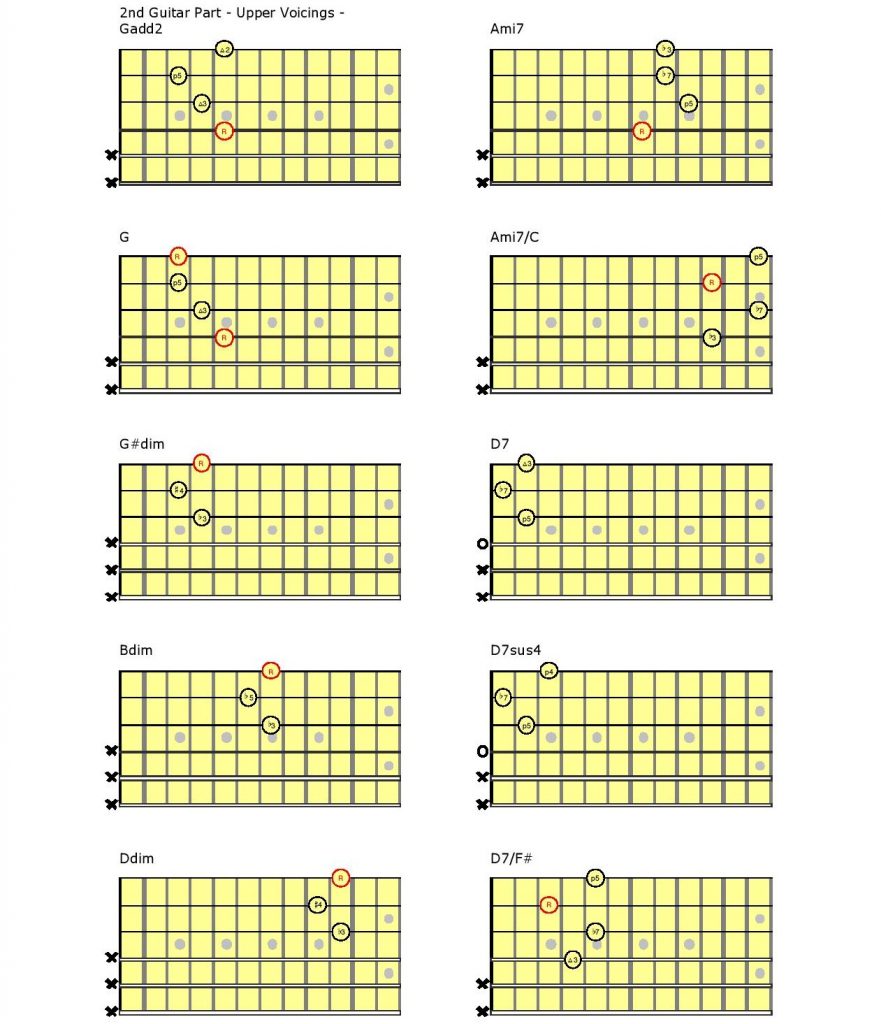
As I did in the Part 1 video, I’ve chosen to once again play double-stop chord fragments to outline the chord changes and to create a subtle melody on the top string. The specific double-stops are shown below.

Last but not least, my lead guitar melody follows the chords with their specific arpeggios (chord tones) and some judicious use of the G and A blues scales.
The Guitar
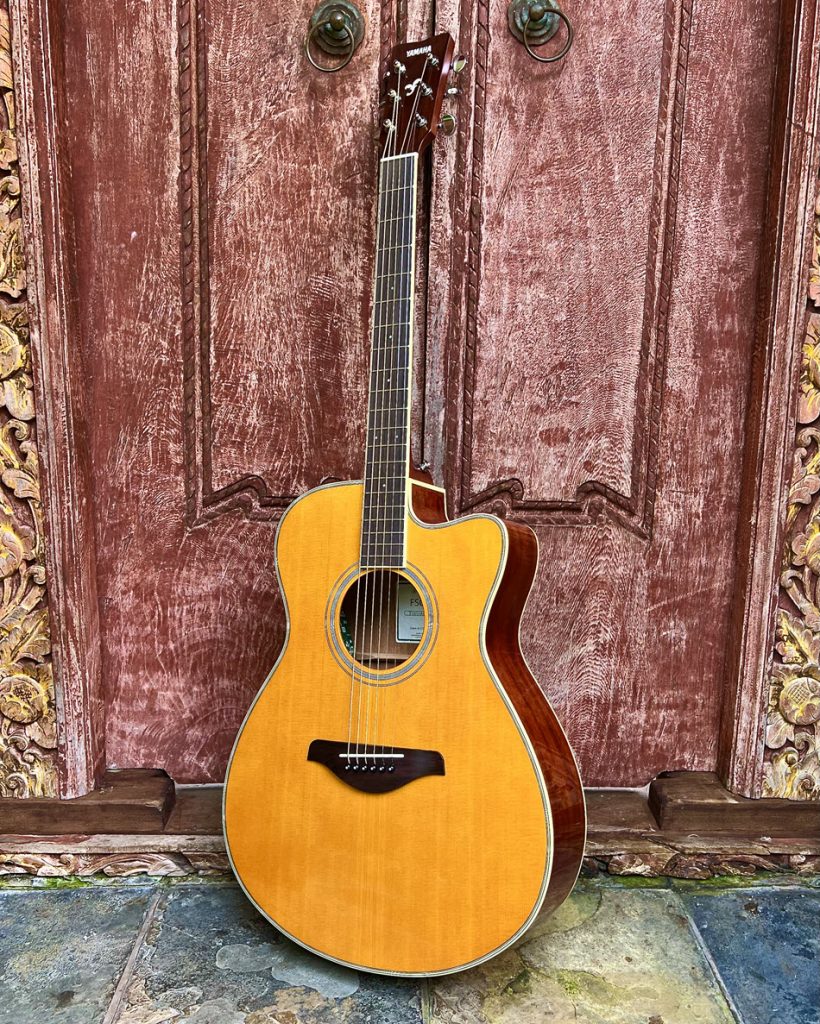
As in Part 1, I’m playing a Yamaha FSC-TA TransAcoustic guitar in this video. This instrument really does shine when it comes to recording multiple guitar parts. The neck and fingerboard are so well-balanced between acoustic and electric guitar dimensions that any style of music and technique can be articulated with absolute ease.
I used the FSC-TA’s built-in pickup to capture all the guitar parts in the video, and varied the amount of onboard hall reverb for each guitar part to retain clarity on the overdubs. I also added some extra ambience on the double-stops and single-note lines to help them stand out sonically.
The Wrap-Up
Simple chord progressions can evolve into extremely complex harmonic structures when you delve into the realm of extensions and alternate voicings. I’ve found that with careful orchestration and a clear knowledge of the possibilities, I can take even the most modest three-chord song and easily turn it into a complex and harmonically rich guitar arrangement.
And when you consider that a chord extension automatically becomes a chord tone, you’re also expanding your melodic resolution points and tasty choices when soloing and improvising. It’s like opening a doorway to a world of new musical options!
Photographs courtesy of the author.










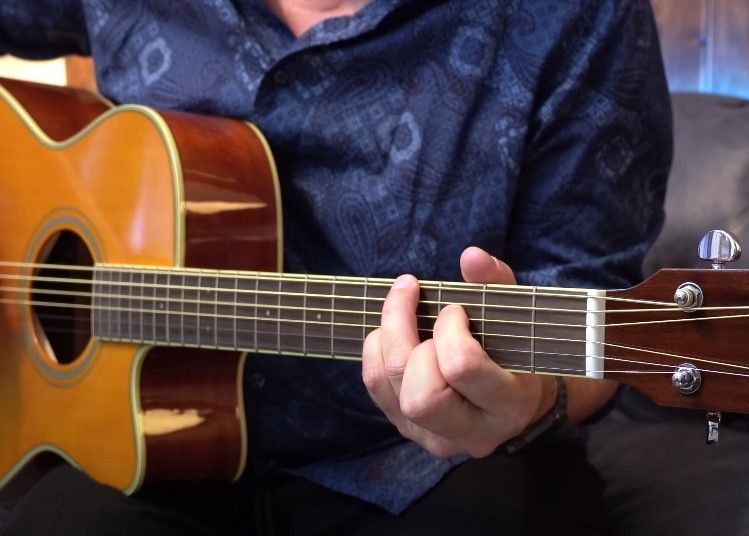
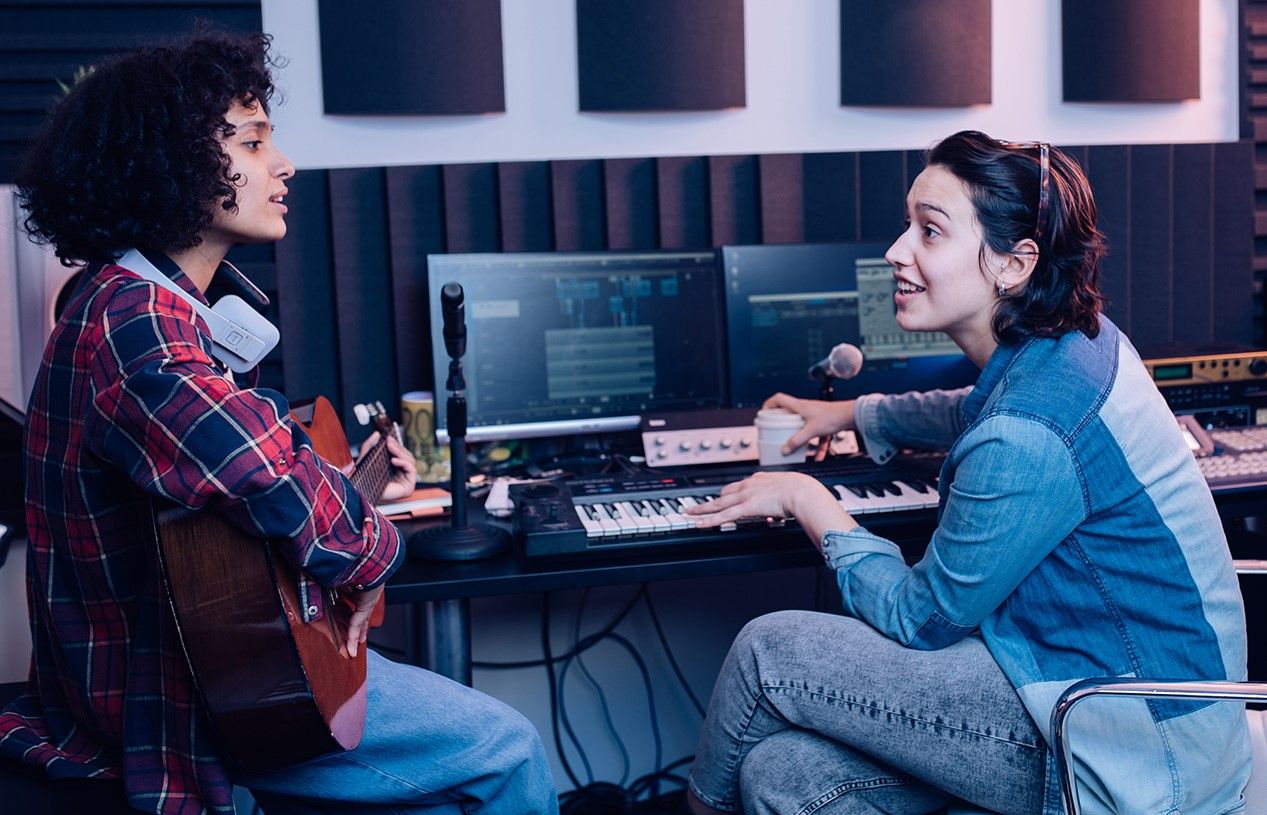


 The report was released just prior to the
The report was released just prior to the 
 I was fortunate to travel to Washington, D.C., on September 14, 2022, to participate in NAMM’s “Hill Day” advocacy push. This event was put together to drive awareness and highlight the outcomes of student participation, and most importantly, where and how money is being spent on music education. Funding educational programs takes place at all levels of government, but NAMM specifically funds and uses current research data to track what happens to that money once it is applied to various bills and the provisions in its laws. As an advocacy coalition, we take this data to legislators and have conversations about the importance of funding key programs that will impact students, teachers and communities.
I was fortunate to travel to Washington, D.C., on September 14, 2022, to participate in NAMM’s “Hill Day” advocacy push. This event was put together to drive awareness and highlight the outcomes of student participation, and most importantly, where and how money is being spent on music education. Funding educational programs takes place at all levels of government, but NAMM specifically funds and uses current research data to track what happens to that money once it is applied to various bills and the provisions in its laws. As an advocacy coalition, we take this data to legislators and have conversations about the importance of funding key programs that will impact students, teachers and communities.
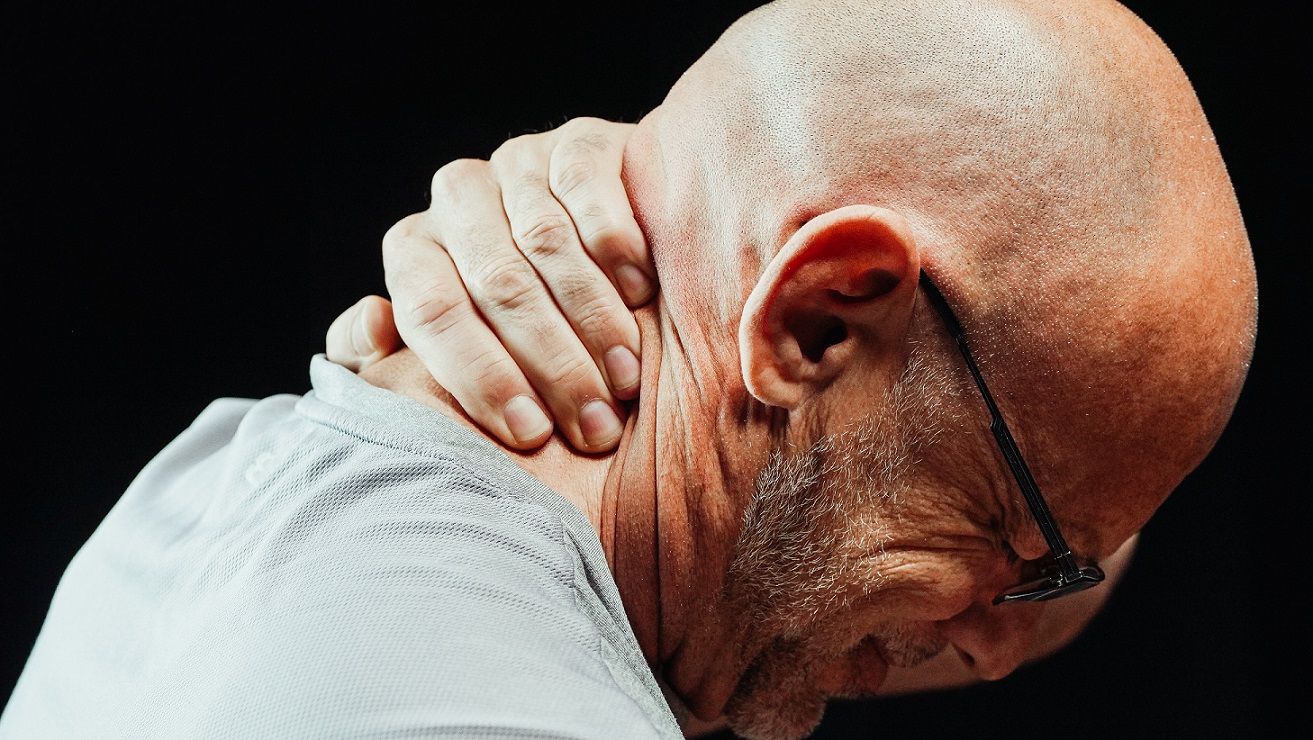
 Is Music Hazardous to Your Health?
Is Music Hazardous to Your Health? Tight Neck and Shoulders
Tight Neck and Shoulders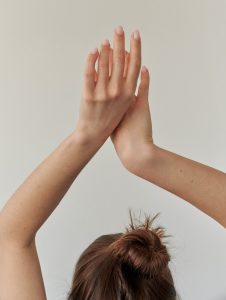
 Tight Hips
Tight Hips

 A brand for your school music program or a select ensemble should not just be about designing a cool logo and throwing it on a T-shirt. Rather, it should be about creating and sustaining a unified vision and mission for your program. To be clear, a vision should center around what you want your program to be, while a mission should focus on how you intend to get there.
A brand for your school music program or a select ensemble should not just be about designing a cool logo and throwing it on a T-shirt. Rather, it should be about creating and sustaining a unified vision and mission for your program. To be clear, a vision should center around what you want your program to be, while a mission should focus on how you intend to get there.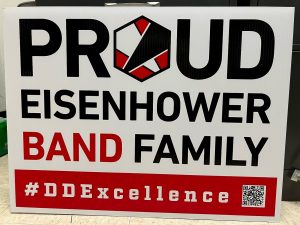 Many school logos come from the same source material with varying degrees of copyright permission. Perhaps you have even encountered identical mascots from two different schools. In my hometown of Chicago, it seems as though every “Home of the Mustangs” school has the exact same horse graphic! That said, my school’s Cardinal logo is strikingly similar to our namesake from the National Football League. Because of this, I am limited by copyright as to what I can design using that particular logo.
Many school logos come from the same source material with varying degrees of copyright permission. Perhaps you have even encountered identical mascots from two different schools. In my hometown of Chicago, it seems as though every “Home of the Mustangs” school has the exact same horse graphic! That said, my school’s Cardinal logo is strikingly similar to our namesake from the National Football League. Because of this, I am limited by copyright as to what I can design using that particular logo. If you want to print your logo on a banner for your marching band or other large-scale media, you must ensure the digital file is rendered in high-resolution. One of the ways resolution is measured is DPI, or dots per inch. When using a graphic meant for electronic distribution (e.g., Twitter profile, website image), 72 DPI should suffice. However, most graphics that will be printed should be at least 300 DPI. The higher the DPI, the sharper the image. Rendering high-resolution artwork will result in larger file sizes, but it will look crisper and less pixilated or grainy when displayed on larger surfaces.
If you want to print your logo on a banner for your marching band or other large-scale media, you must ensure the digital file is rendered in high-resolution. One of the ways resolution is measured is DPI, or dots per inch. When using a graphic meant for electronic distribution (e.g., Twitter profile, website image), 72 DPI should suffice. However, most graphics that will be printed should be at least 300 DPI. The higher the DPI, the sharper the image. Rendering high-resolution artwork will result in larger file sizes, but it will look crisper and less pixilated or grainy when displayed on larger surfaces.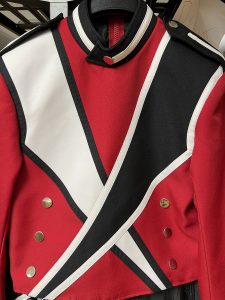 I had a prime opportunity to rebrand our marching band in 2013 when our school board approved the purchase of new uniforms. At the time, we did not have a band logo or any real identity. Our uniforms were almost 25 years old, and they were mostly black with very few design elements. About a third of the uniforms were missing buttons, most did not fit properly, and some were torn from years of use. Suffice to say, no one was particularly enthusiastic about suiting up for a football game or festival.
I had a prime opportunity to rebrand our marching band in 2013 when our school board approved the purchase of new uniforms. At the time, we did not have a band logo or any real identity. Our uniforms were almost 25 years old, and they were mostly black with very few design elements. About a third of the uniforms were missing buttons, most did not fit properly, and some were torn from years of use. Suffice to say, no one was particularly enthusiastic about suiting up for a football game or festival.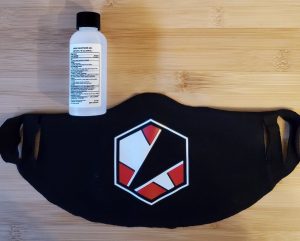 Over the course of that year, our band formed an identity steeped in our new vision and mission of empowering one another. We decided that helping other members of our organization become the best version of themselves was just as important as achieving individual success. Our students began sharing responsibility for their own learning and holding each other accountable. We intentionally and collaboratively designed rehearsal plans to keep our organization advancing toward our goals. We sought to be the band that tried together, failed together and triumphed together.
Over the course of that year, our band formed an identity steeped in our new vision and mission of empowering one another. We decided that helping other members of our organization become the best version of themselves was just as important as achieving individual success. Our students began sharing responsibility for their own learning and holding each other accountable. We intentionally and collaboratively designed rehearsal plans to keep our organization advancing toward our goals. We sought to be the band that tried together, failed together and triumphed together. Every elected official in our community has a band T-shirt with our logo on it. Our band parents have yard signs, window clings and face masks, among other merchandise proudly displayed throughout our community. Every 8th grader from each of our feeder schools receives a brochure with our course offerings on letterhead with our logo proudly displayed. Now that we are several years into our rebrand, we have successfully used our logo in different iterations separate from our original design to showcase specific productions from year to year.
Every elected official in our community has a band T-shirt with our logo on it. Our band parents have yard signs, window clings and face masks, among other merchandise proudly displayed throughout our community. Every 8th grader from each of our feeder schools receives a brochure with our course offerings on letterhead with our logo proudly displayed. Now that we are several years into our rebrand, we have successfully used our logo in different iterations separate from our original design to showcase specific productions from year to year.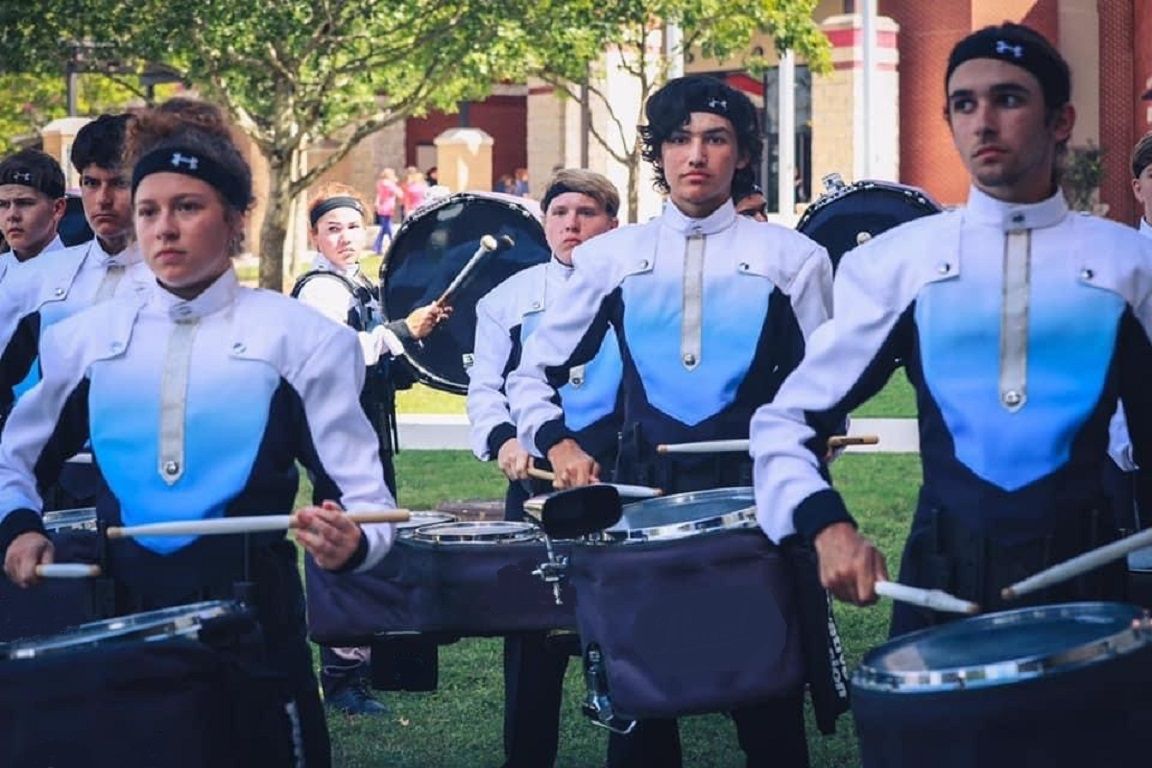
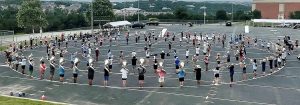
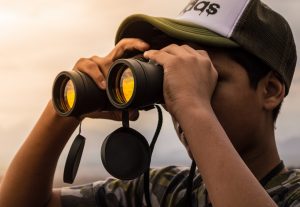 When asked what we want our students at
When asked what we want our students at 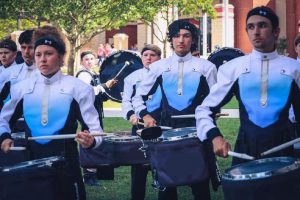 Throughout the year, I experience high moments, or peaks, with students, usually during great rehearsals and times when I feel that we are connecting and making terrific music together. However, most days are “ordinary time,” or valleys, when it seems like you are going through the motions. The kids aren’t necessarily high or low, and you’re in the weeds working through music or drills.
Throughout the year, I experience high moments, or peaks, with students, usually during great rehearsals and times when I feel that we are connecting and making terrific music together. However, most days are “ordinary time,” or valleys, when it seems like you are going through the motions. The kids aren’t necessarily high or low, and you’re in the weeds working through music or drills.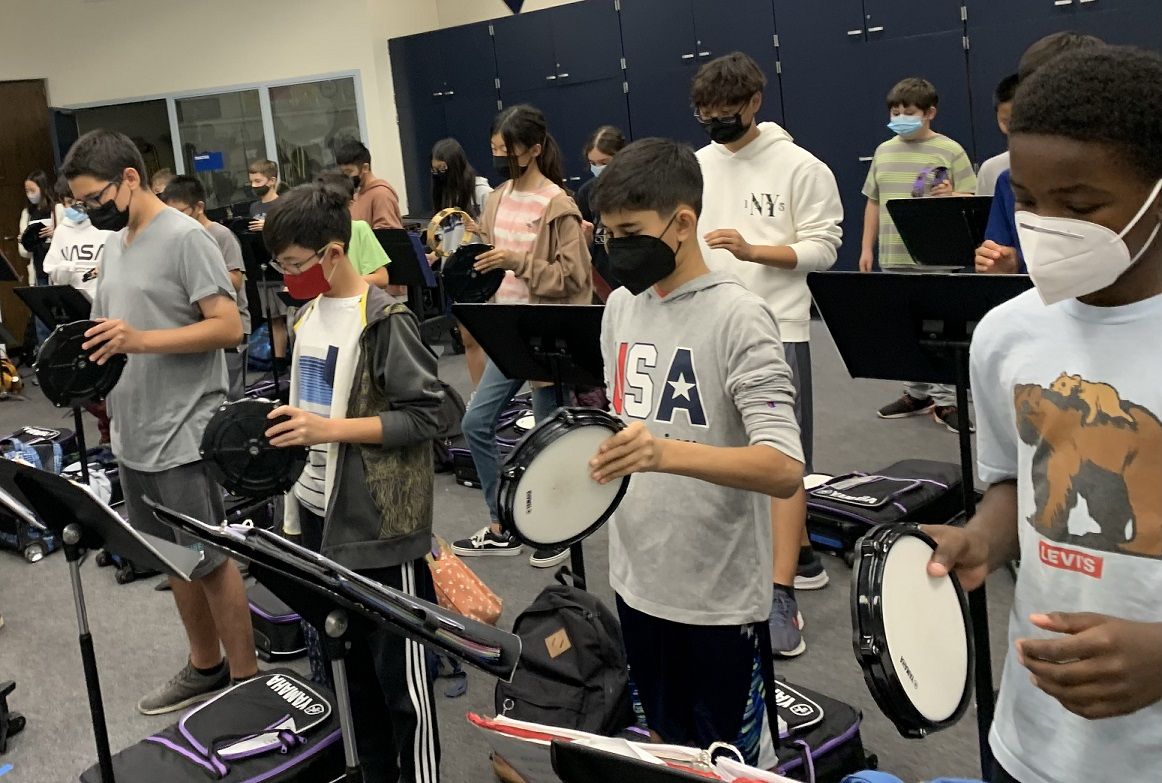

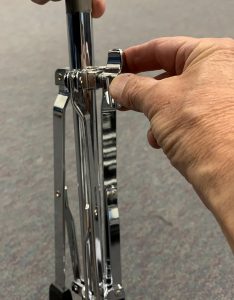
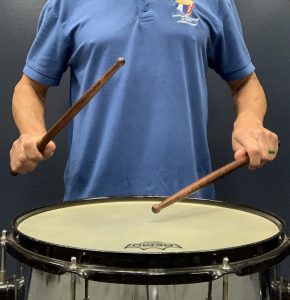
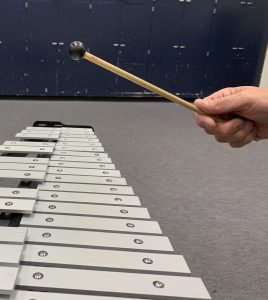
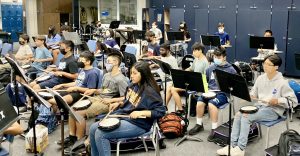
 Bass Drum — A unit on how and where to strike, dampening and reading snare and bass drum parts together is an essential component to master before reading band parts.
Bass Drum — A unit on how and where to strike, dampening and reading snare and bass drum parts together is an essential component to master before reading band parts.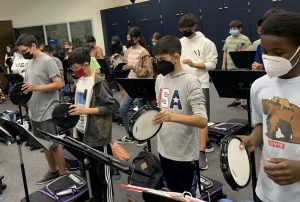
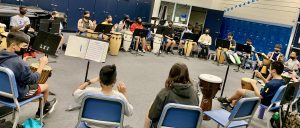
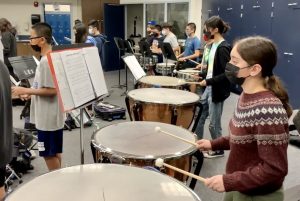
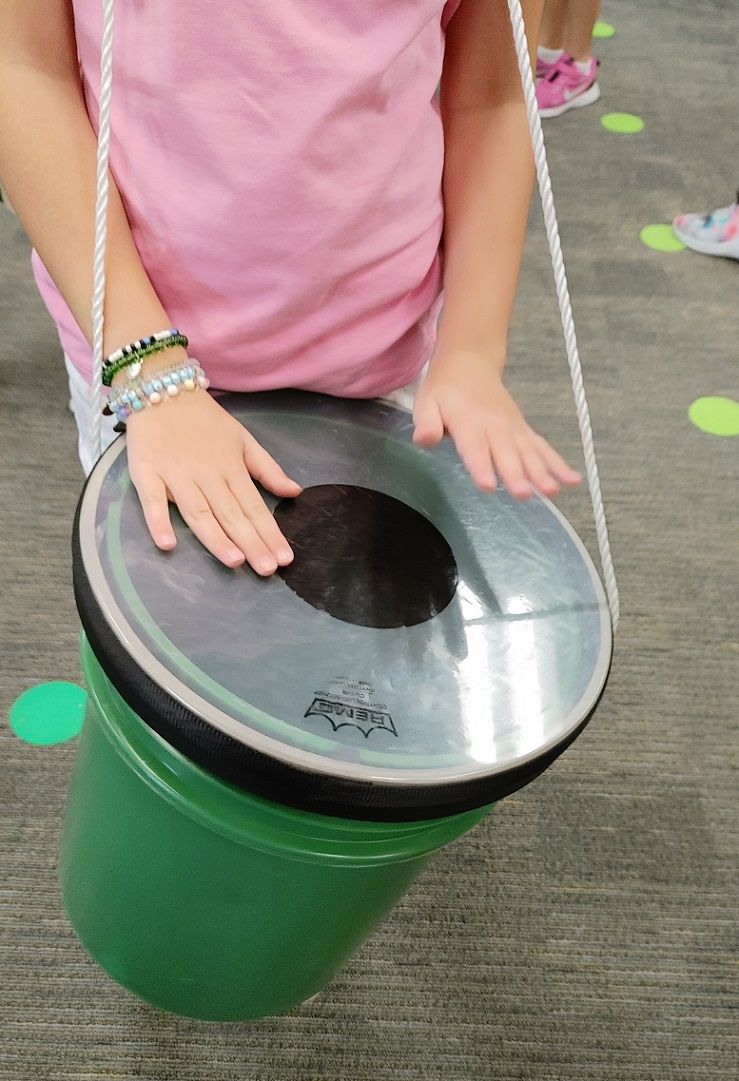
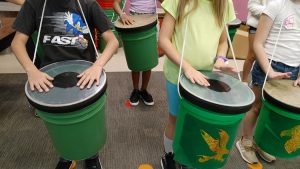

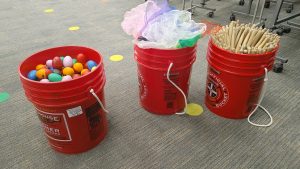 Besides all their wonderful musical benefits, buckets have alternate uses that have become standard in my classroom. I phase out damaged performance buckets as storage for boomwhackers, guitar strings, instrument cables and everything else that needs a separate container. My music room has no chairs but with a soft pad, buckets become a tolerable sitting surface for a short amount of time. If you’ve seen the
Besides all their wonderful musical benefits, buckets have alternate uses that have become standard in my classroom. I phase out damaged performance buckets as storage for boomwhackers, guitar strings, instrument cables and everything else that needs a separate container. My music room has no chairs but with a soft pad, buckets become a tolerable sitting surface for a short amount of time. If you’ve seen the 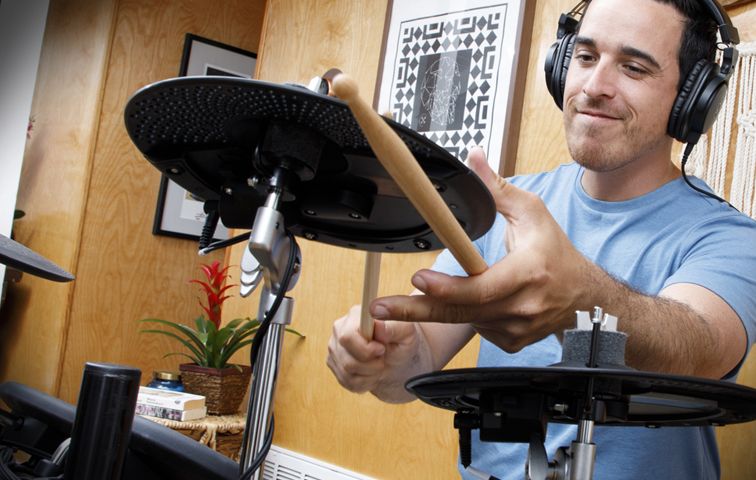
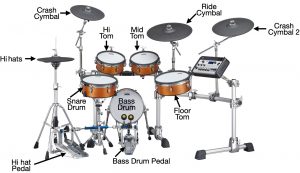
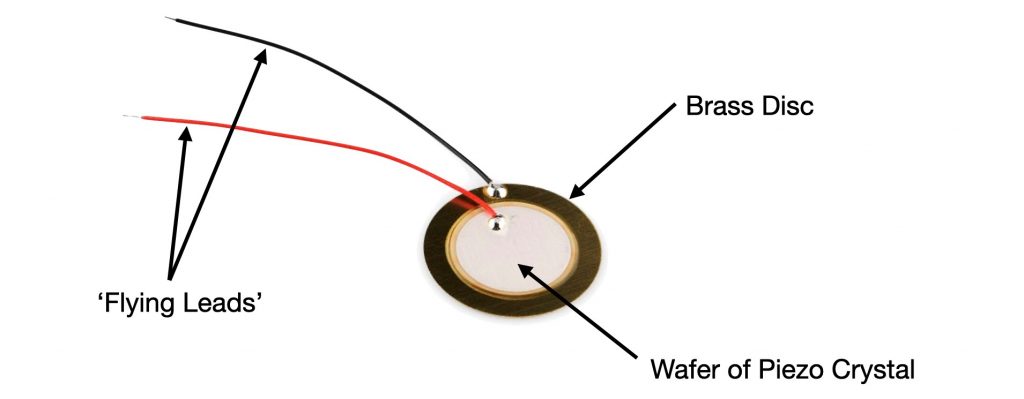
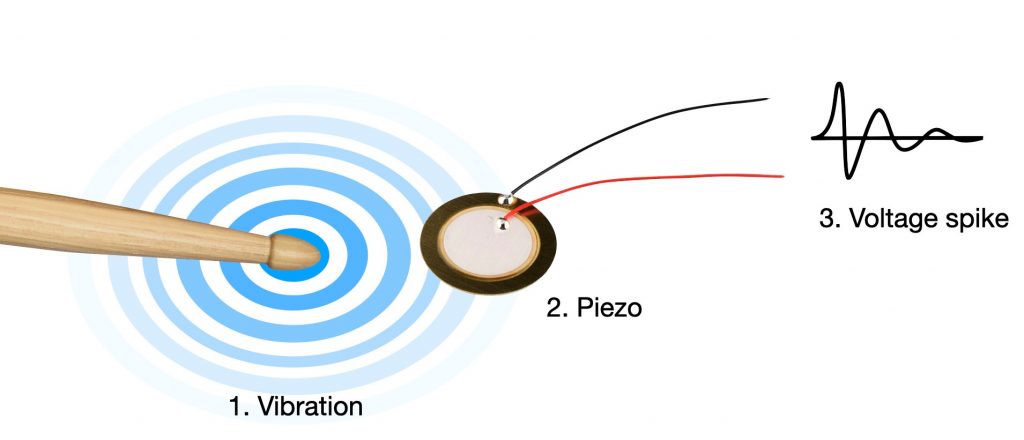

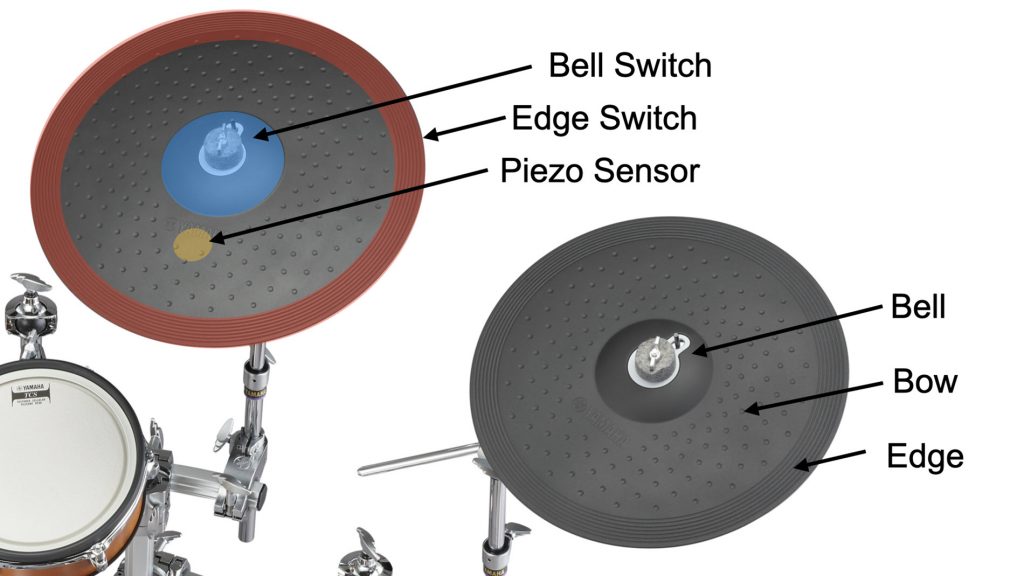
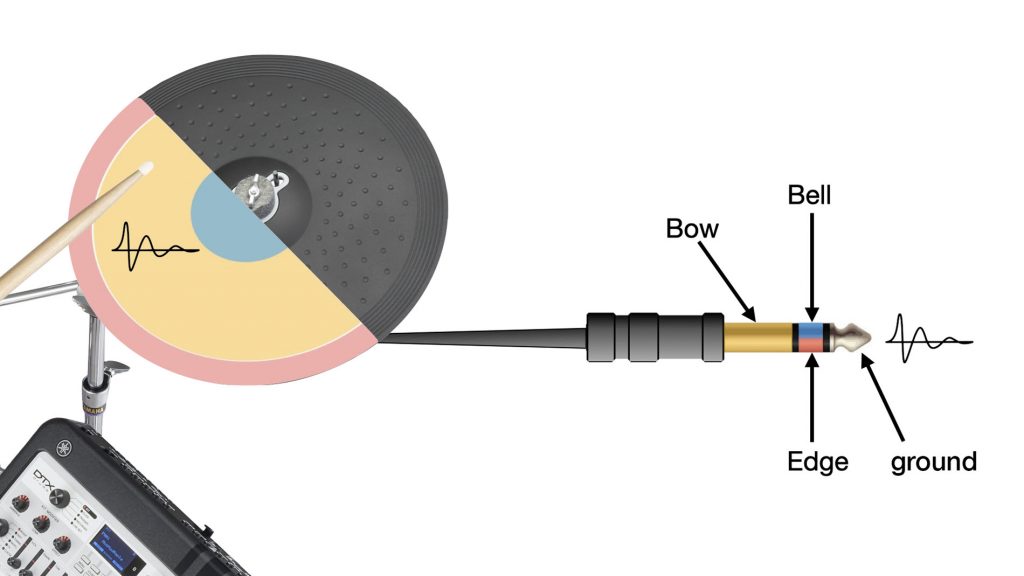
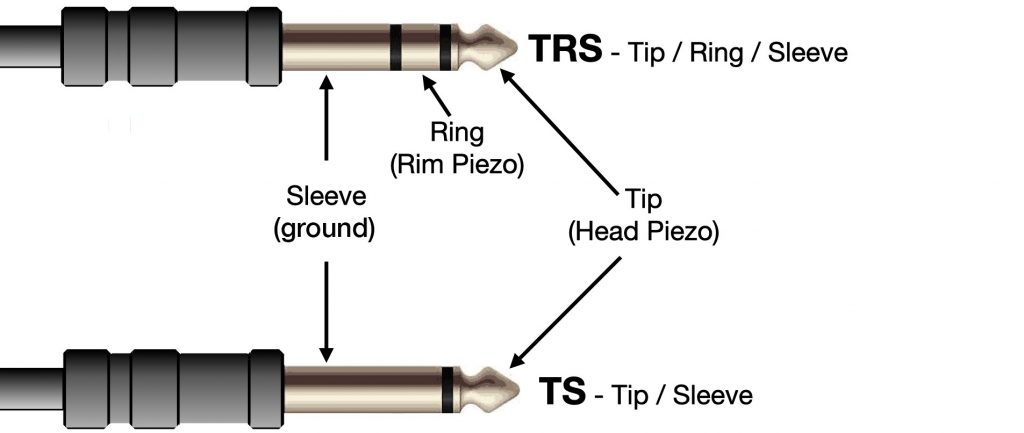
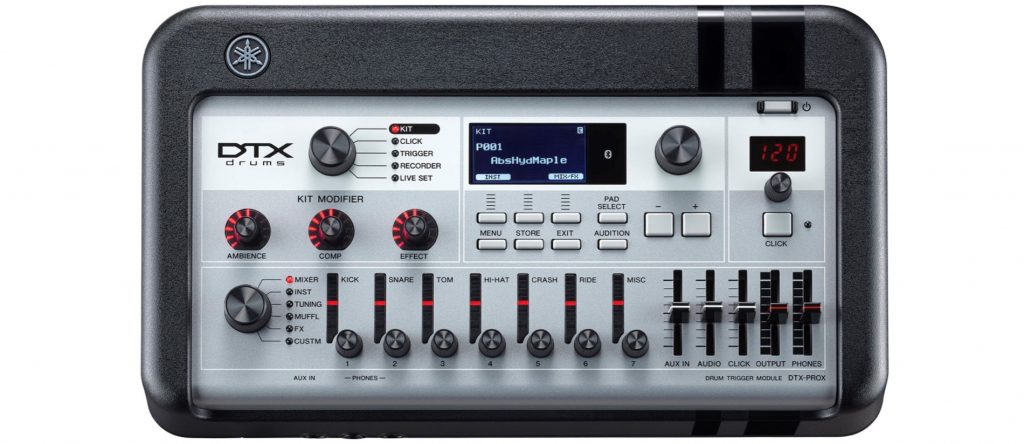
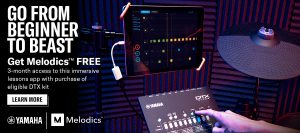
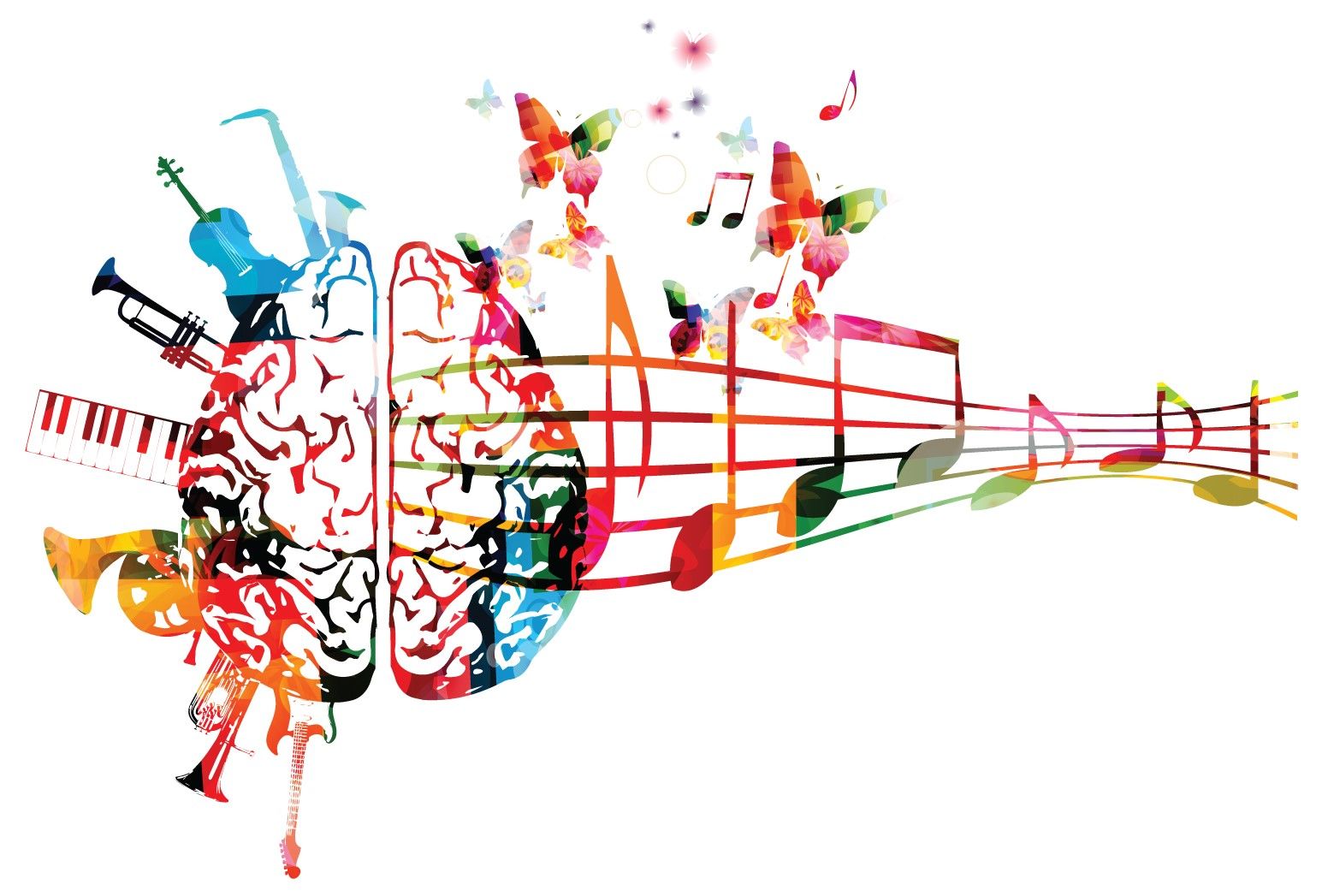
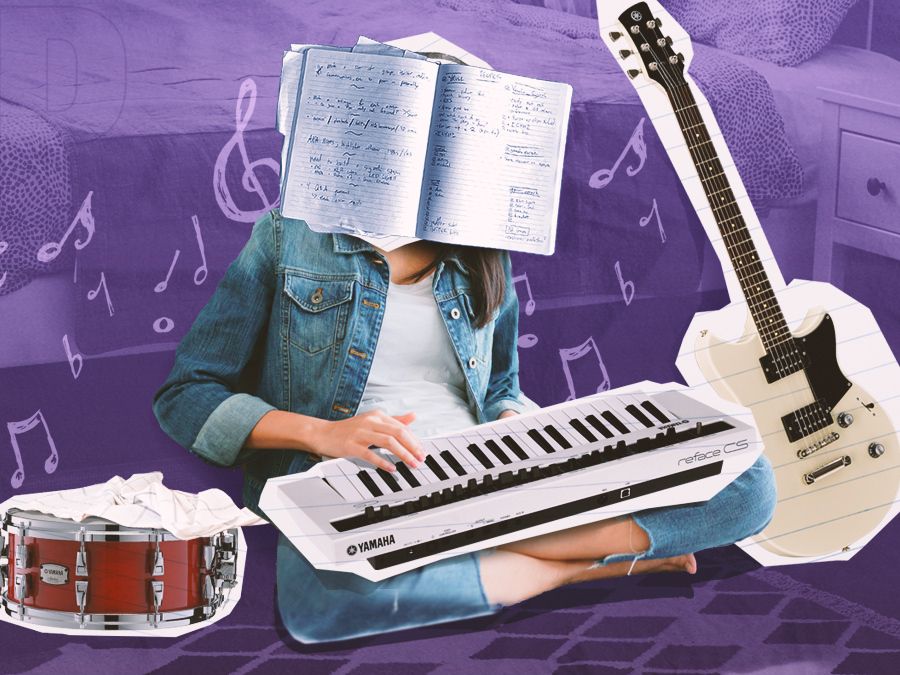
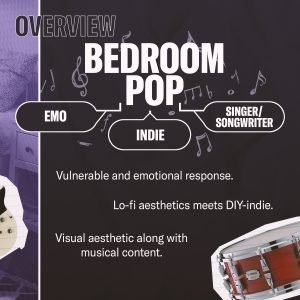

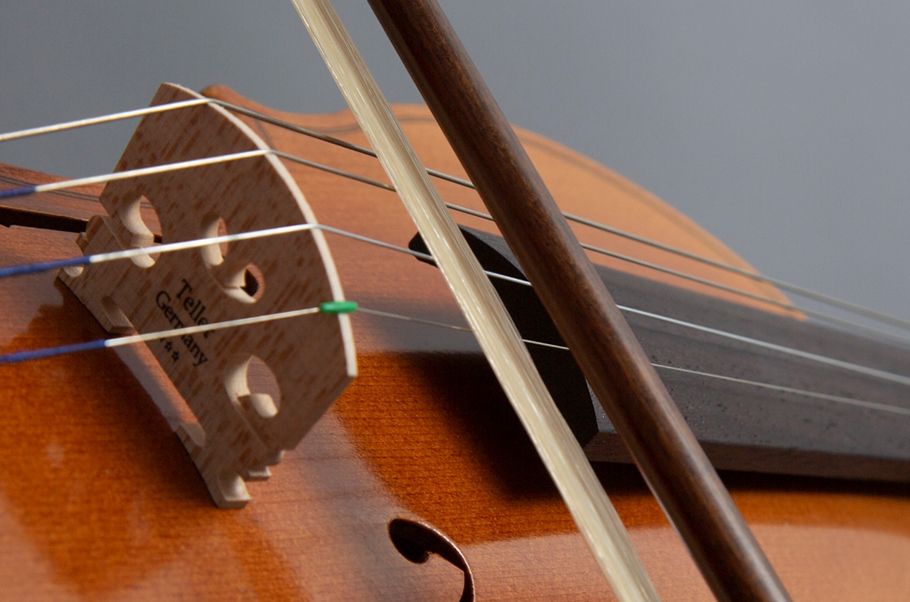
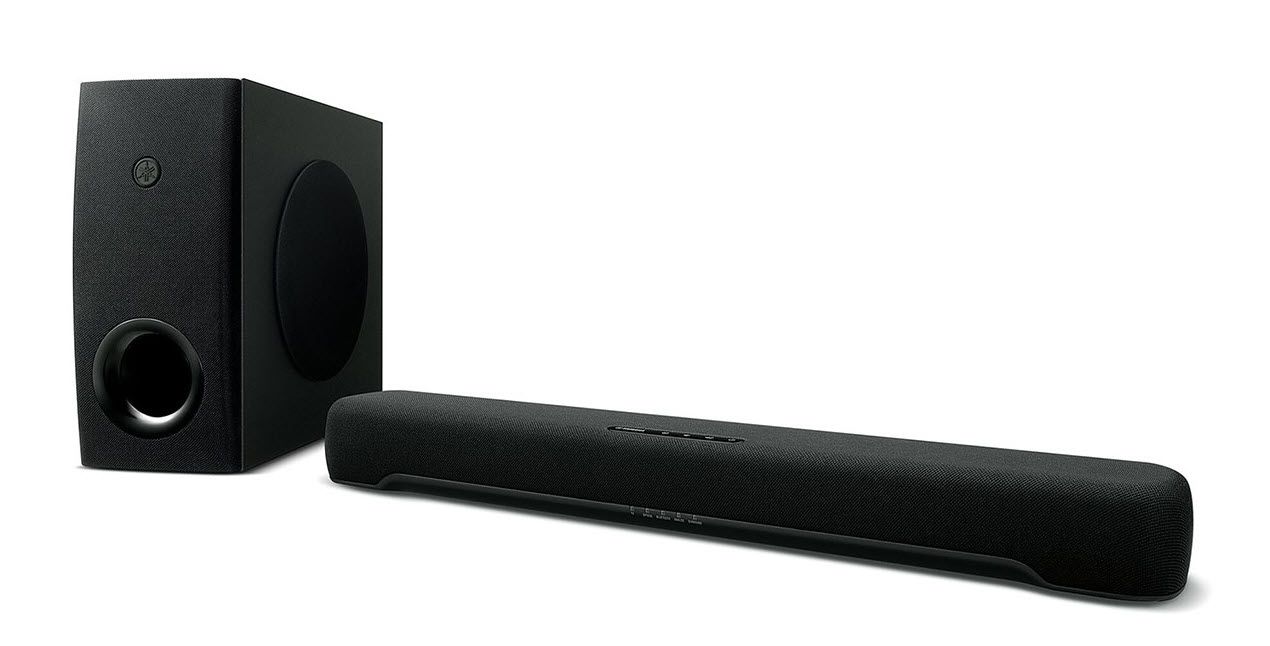
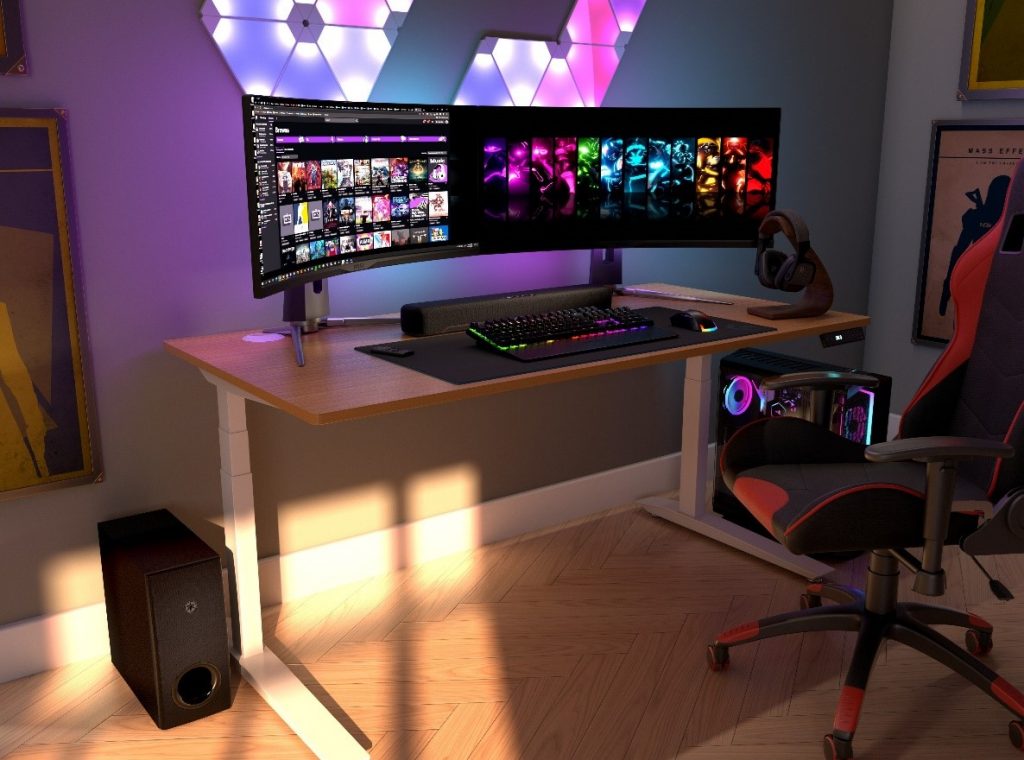
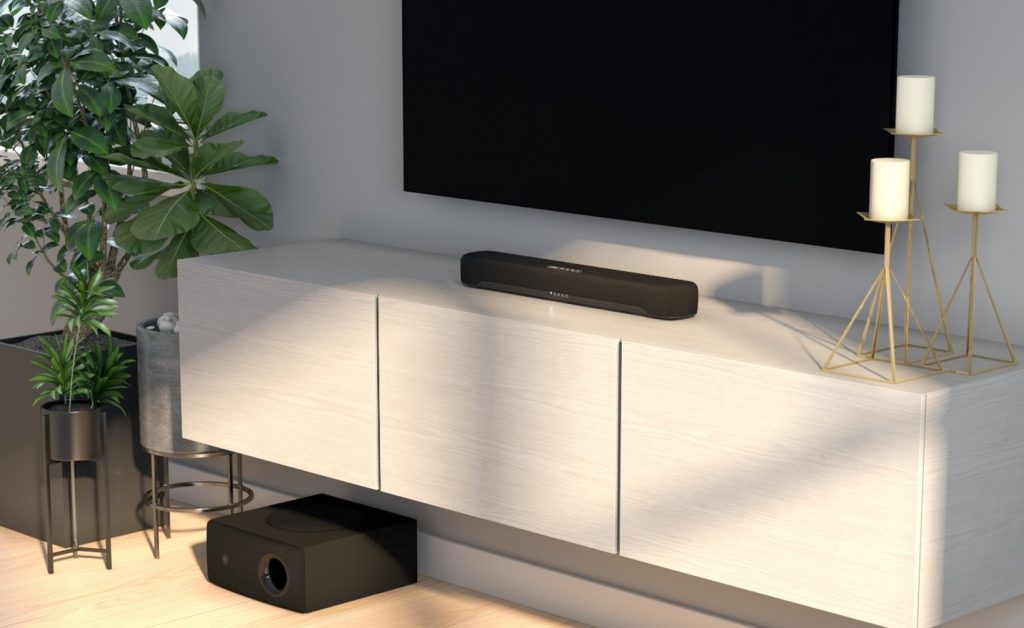

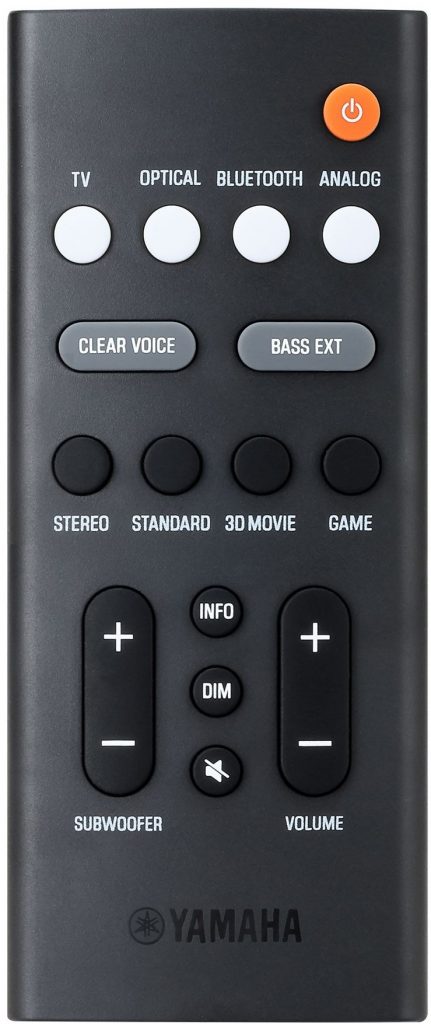
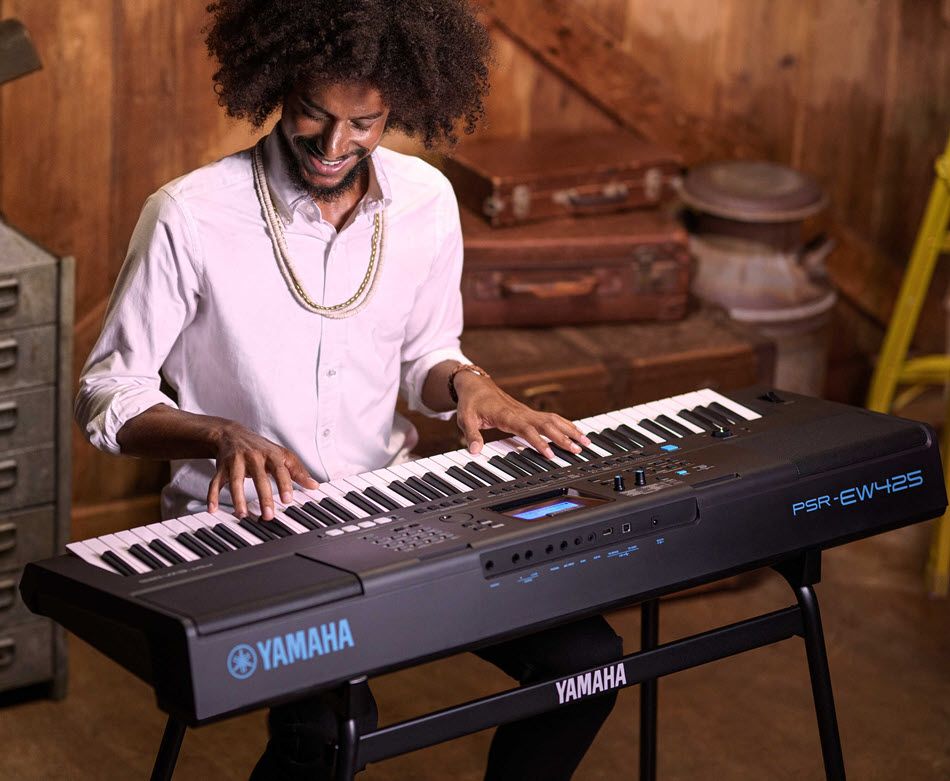





















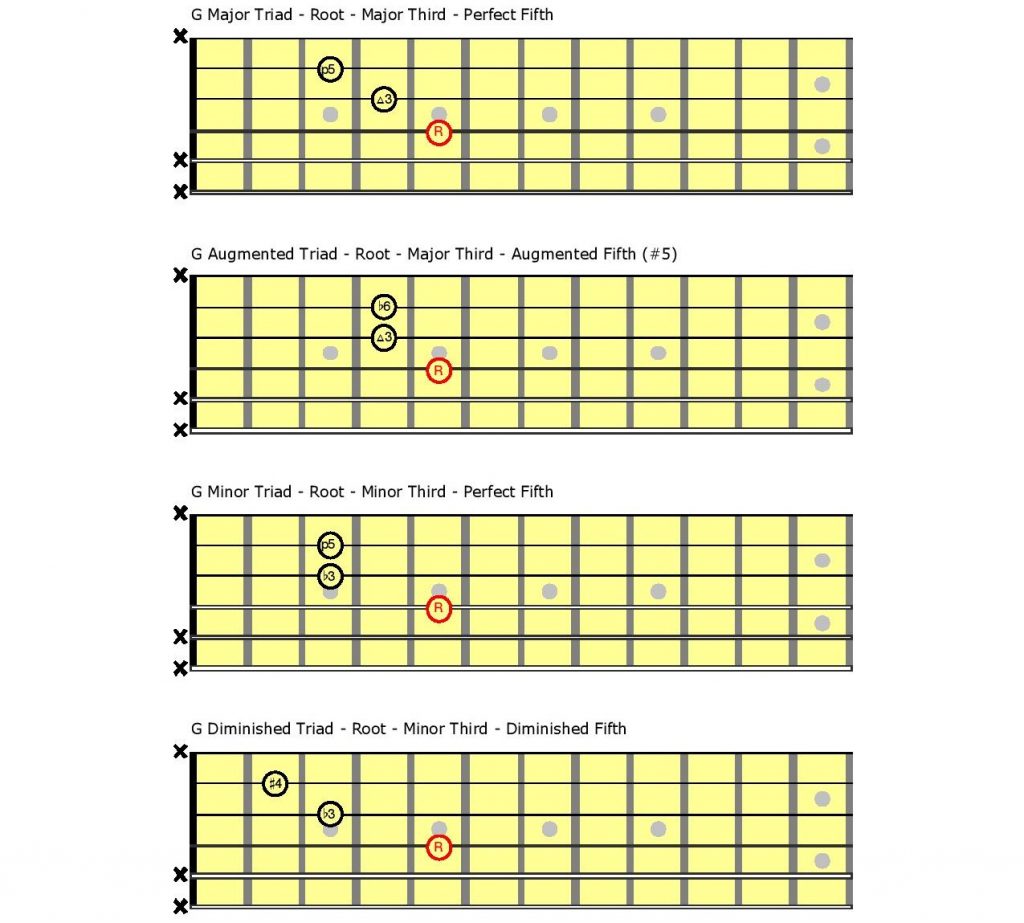
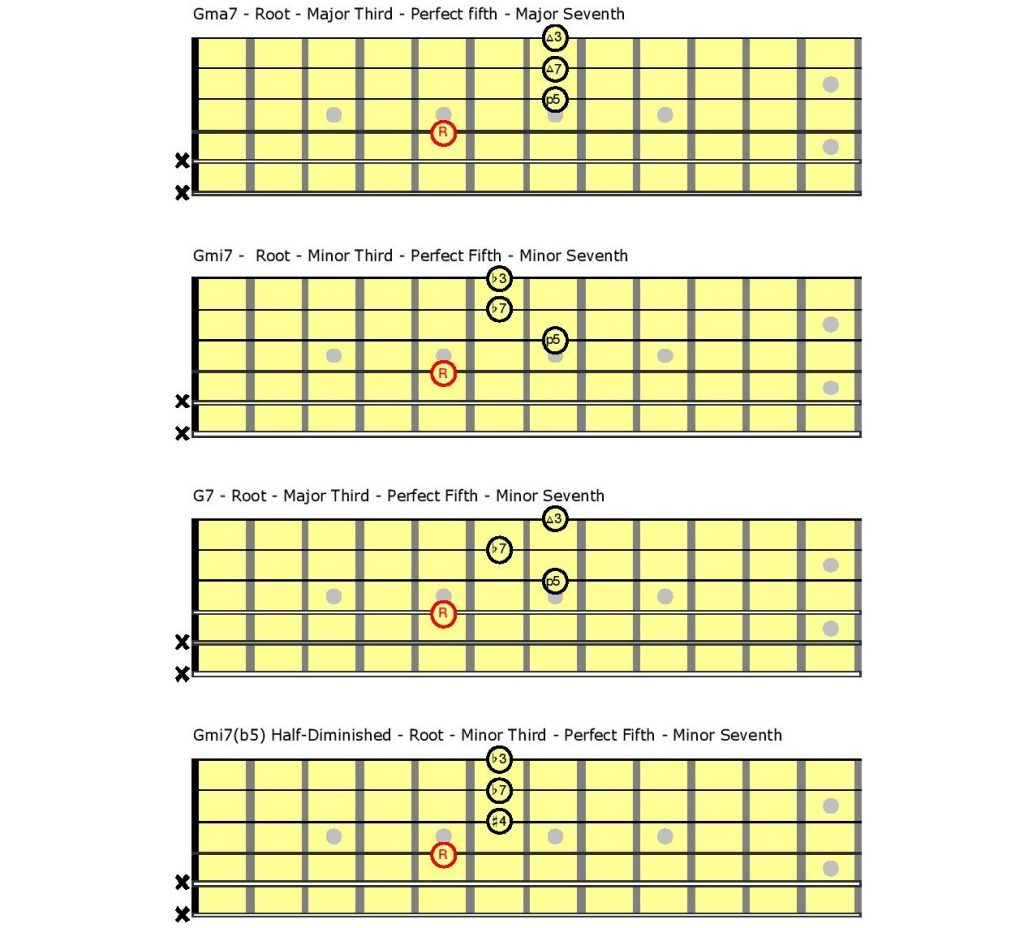
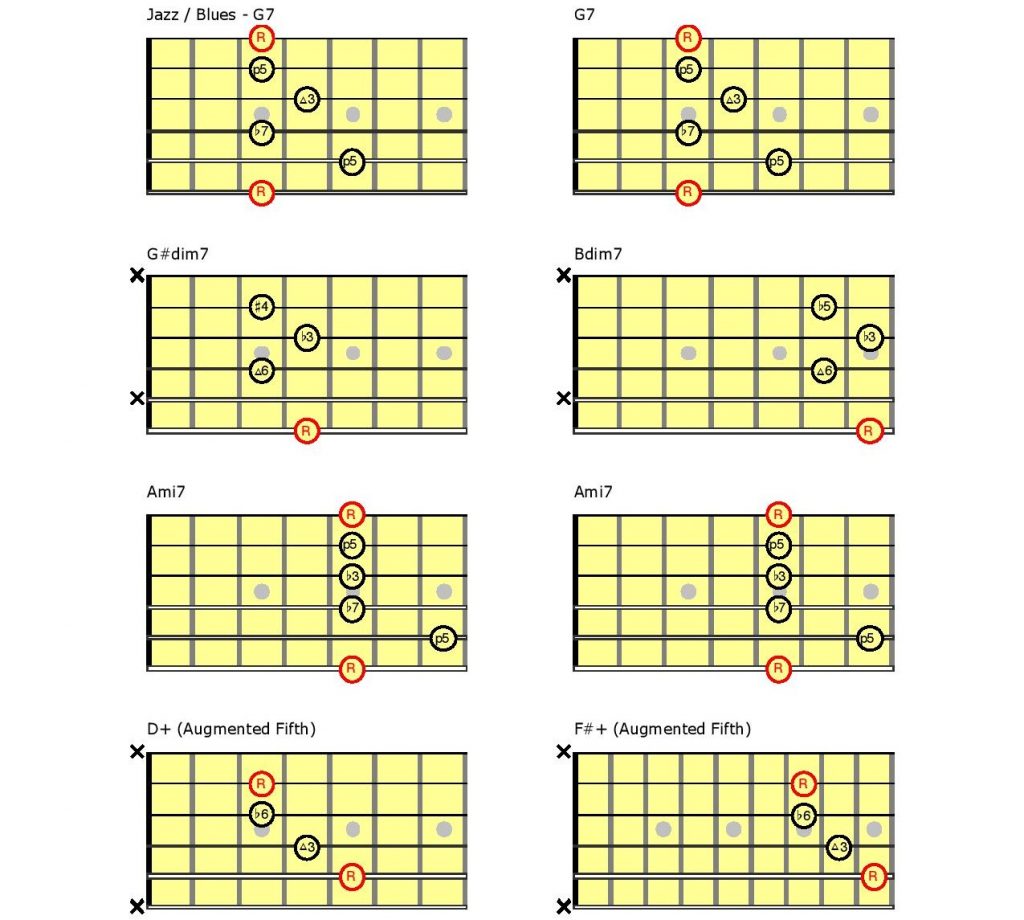

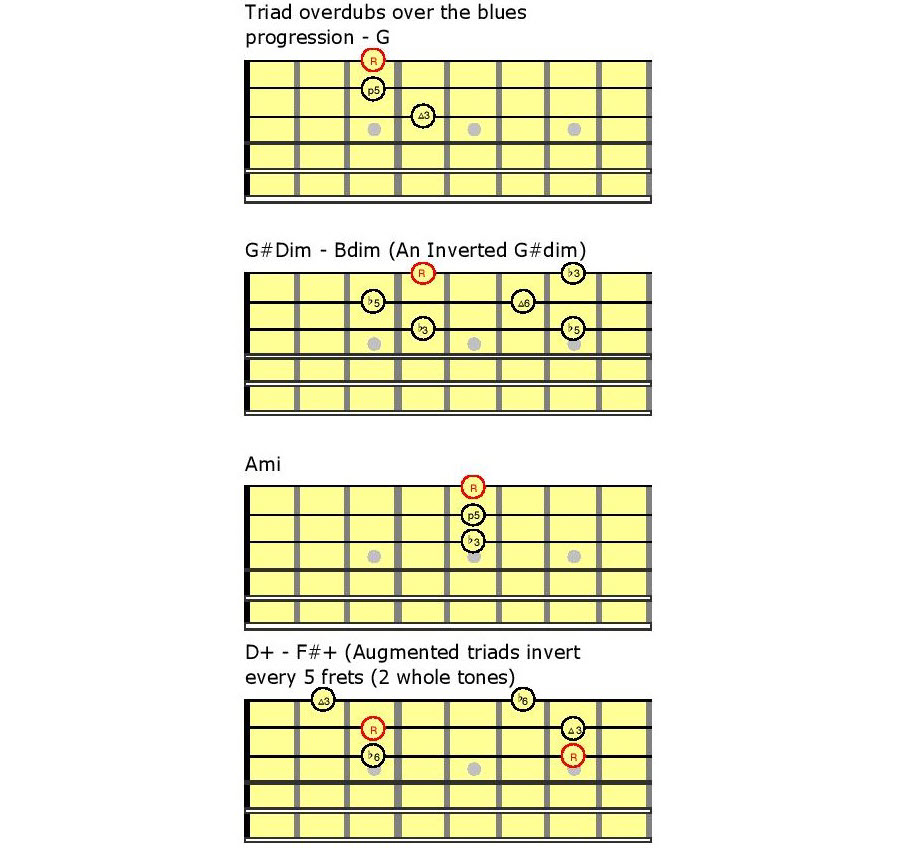
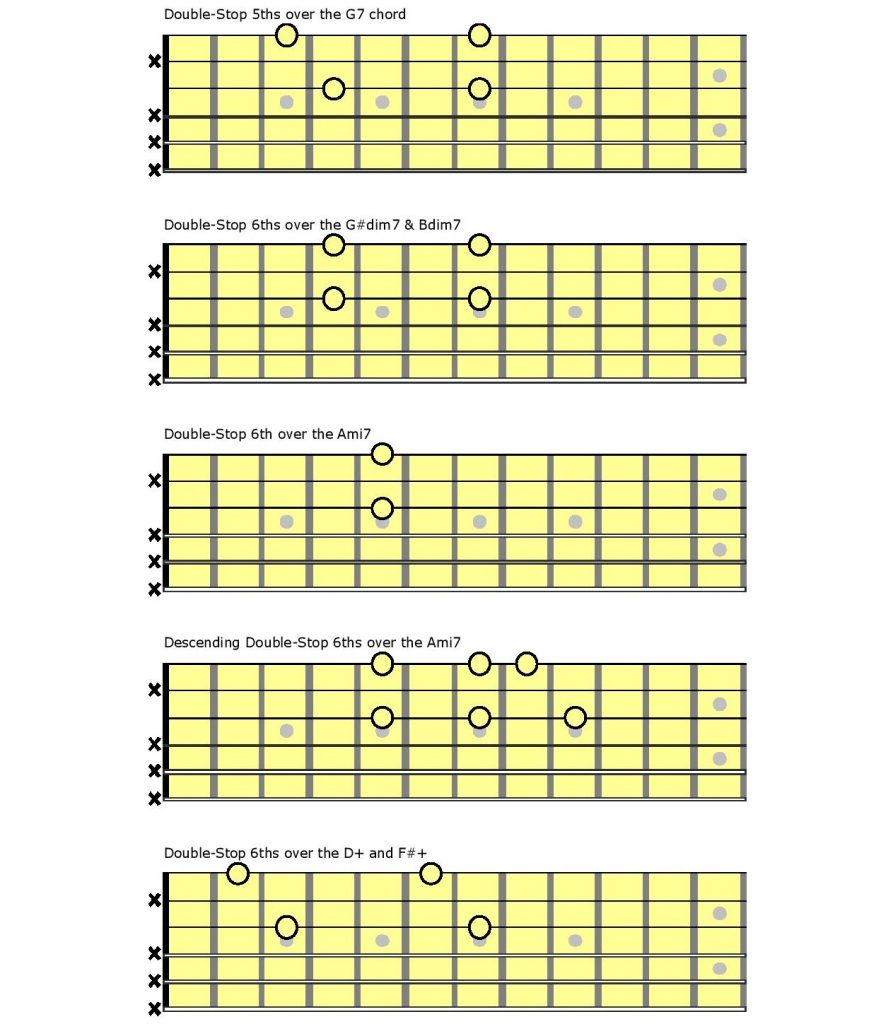
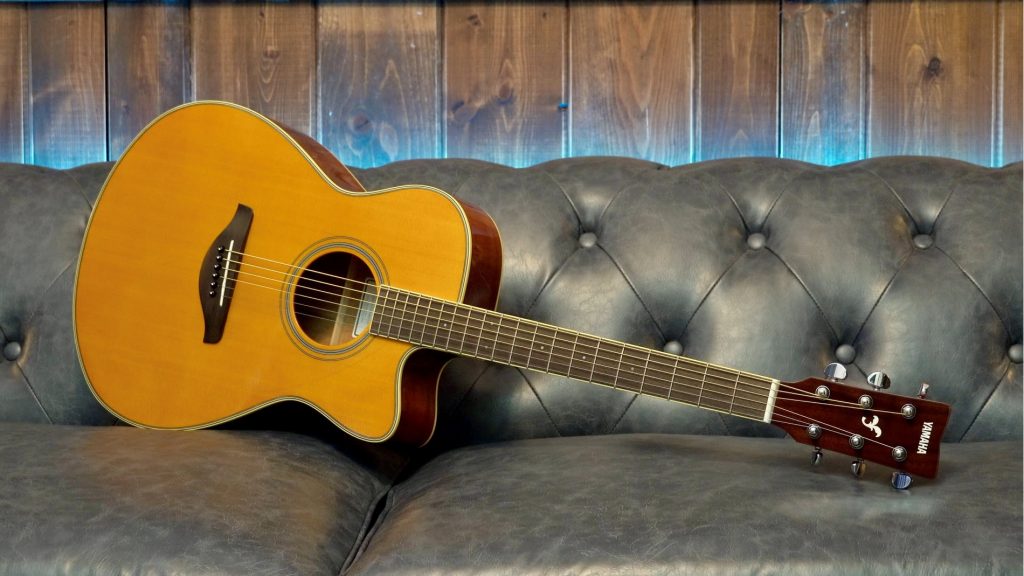
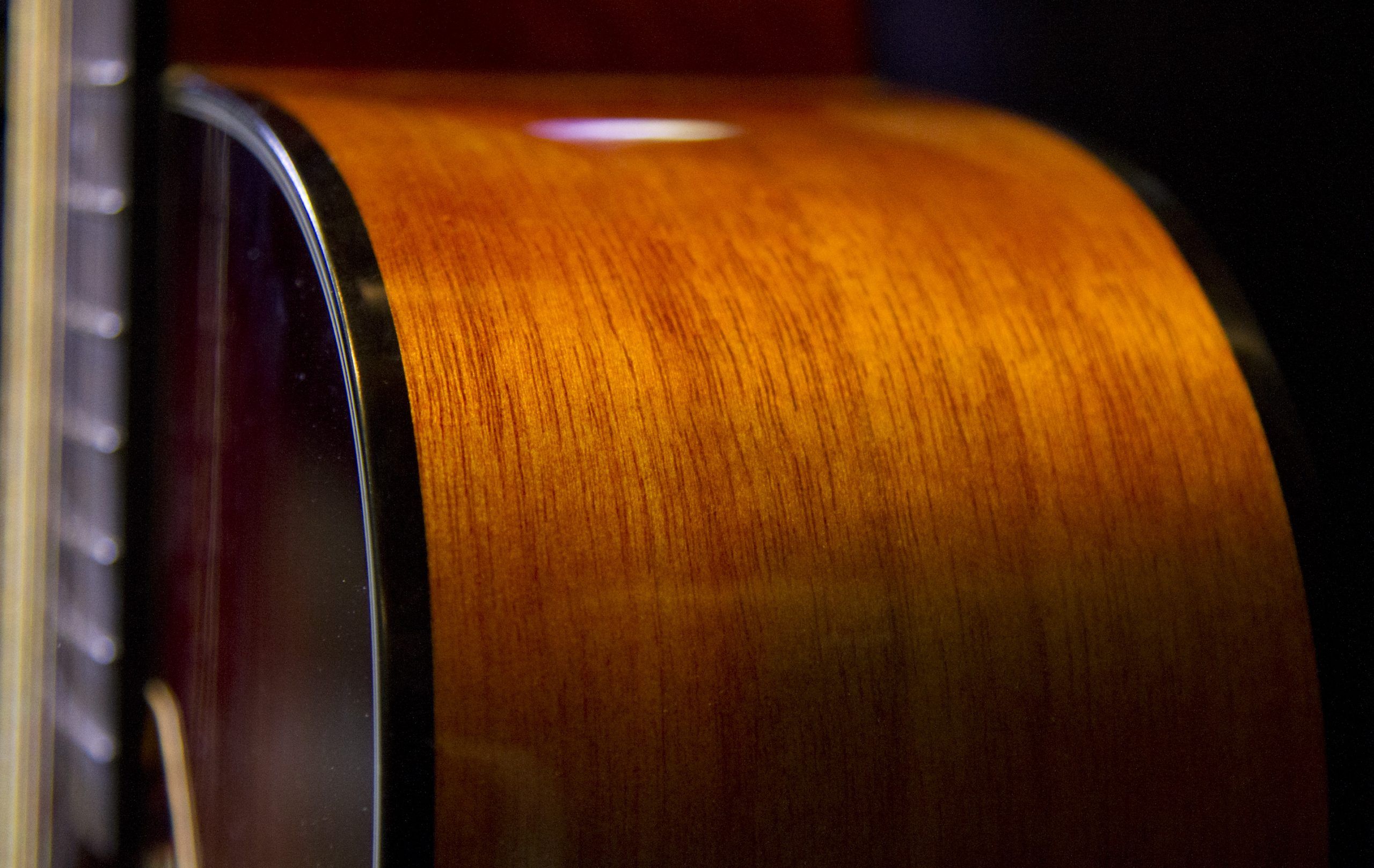
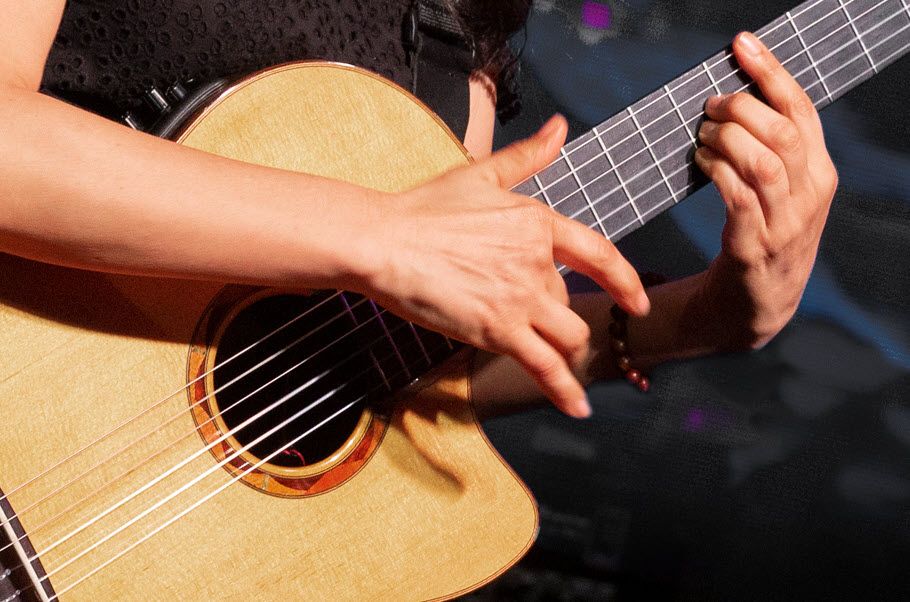

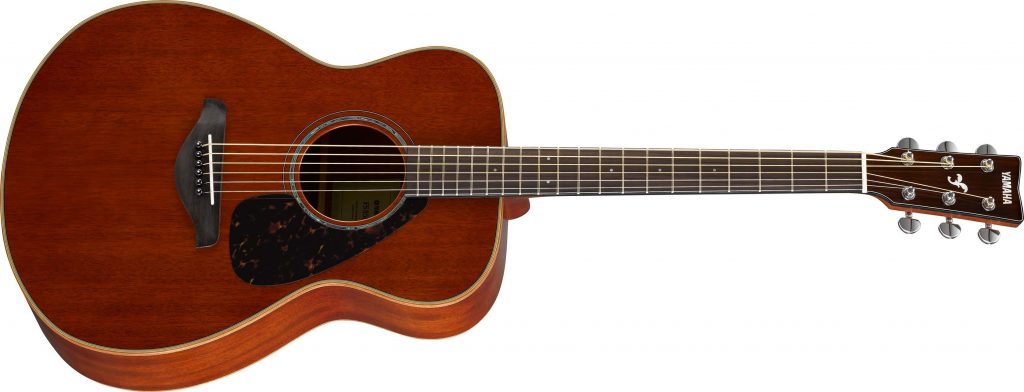
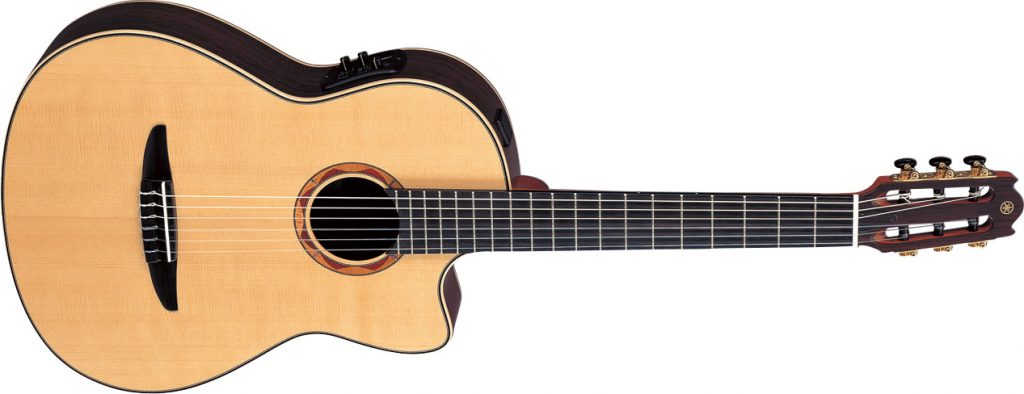

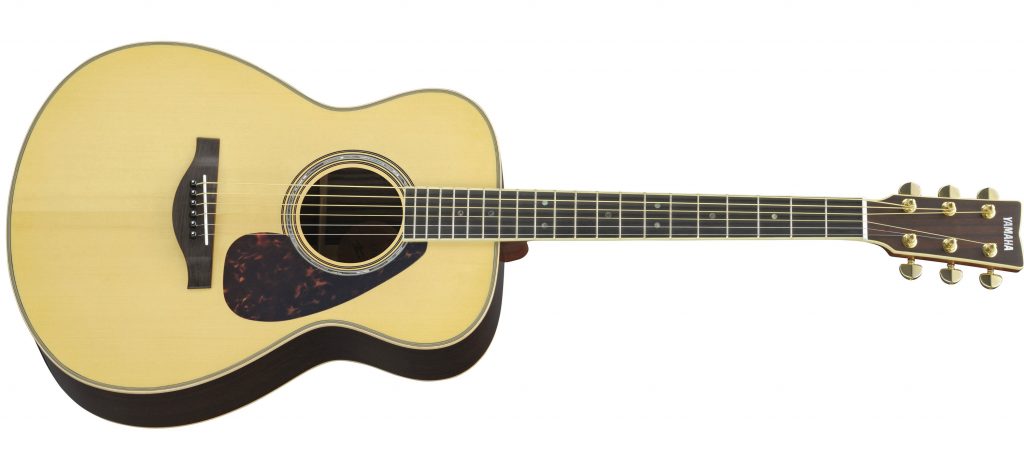
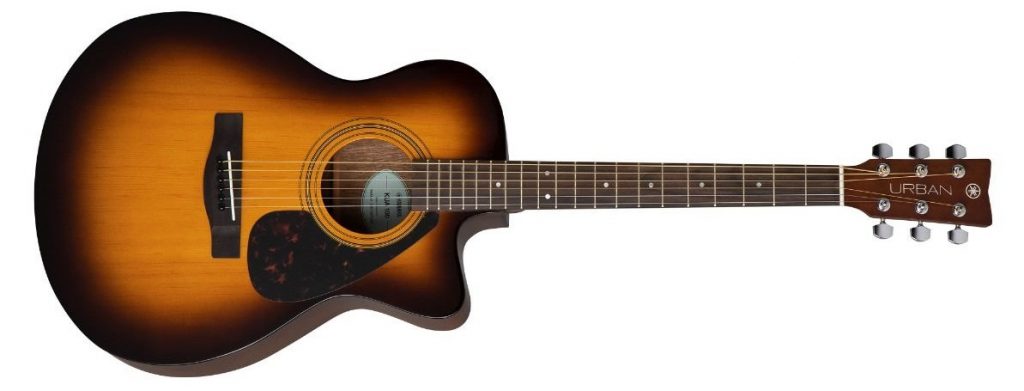
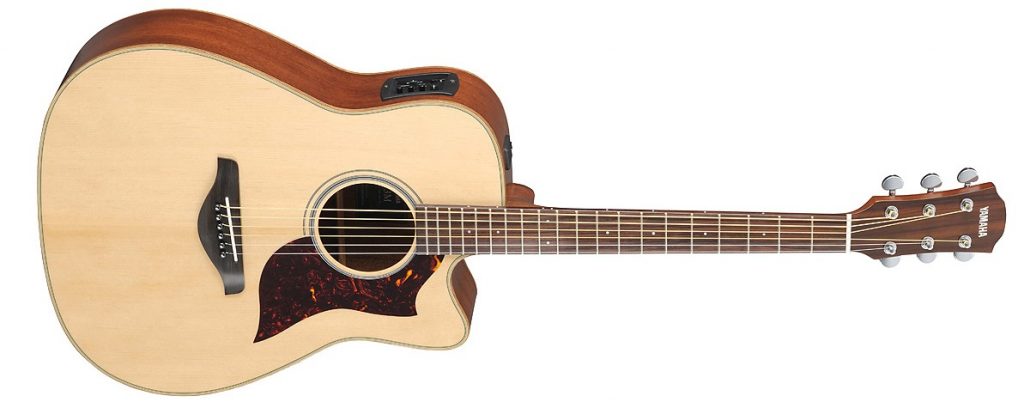

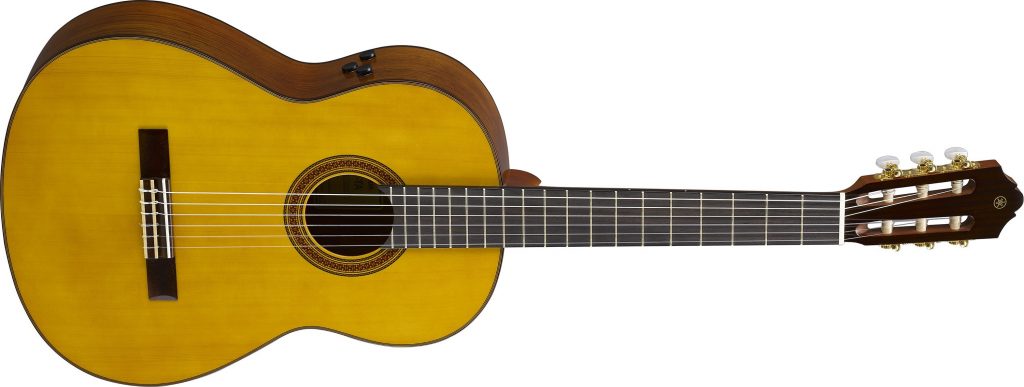
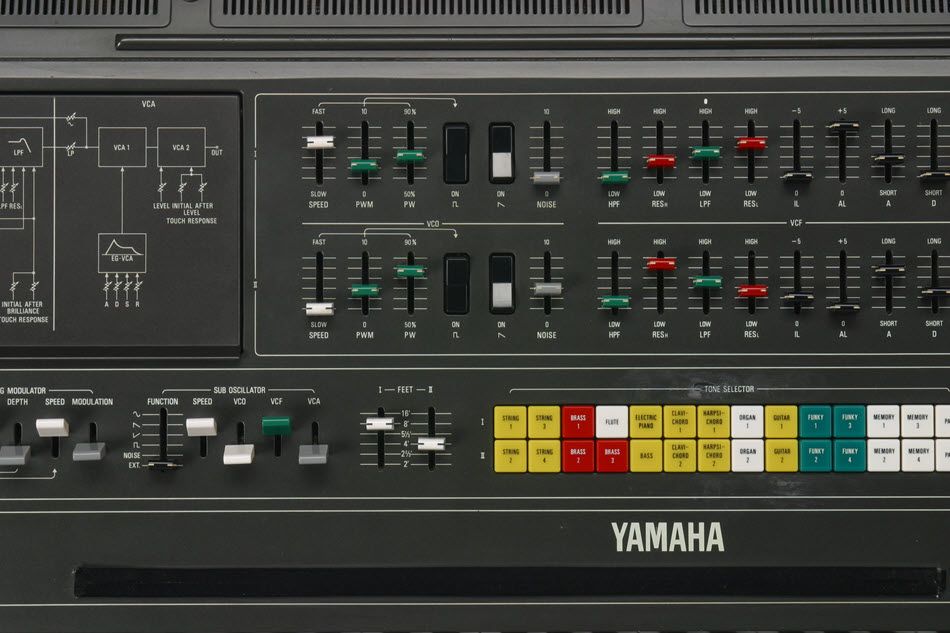

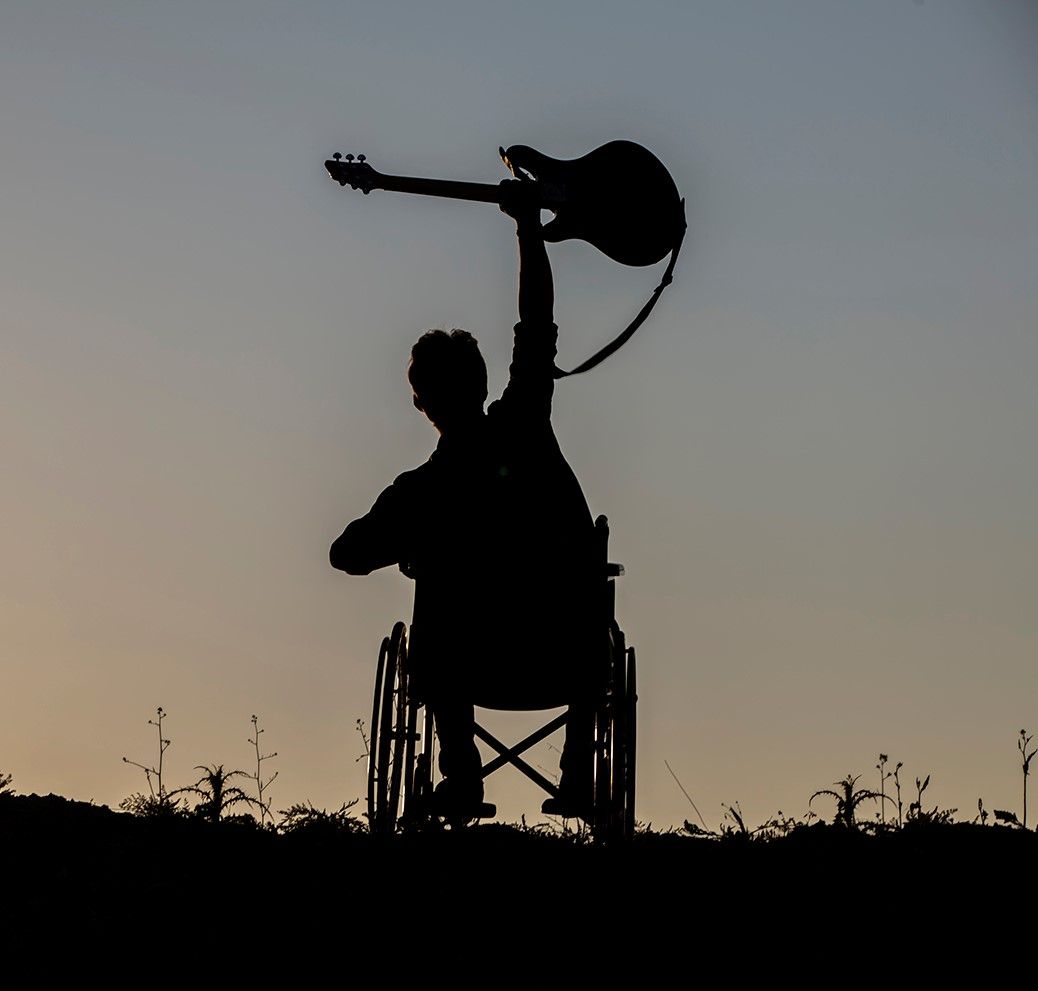
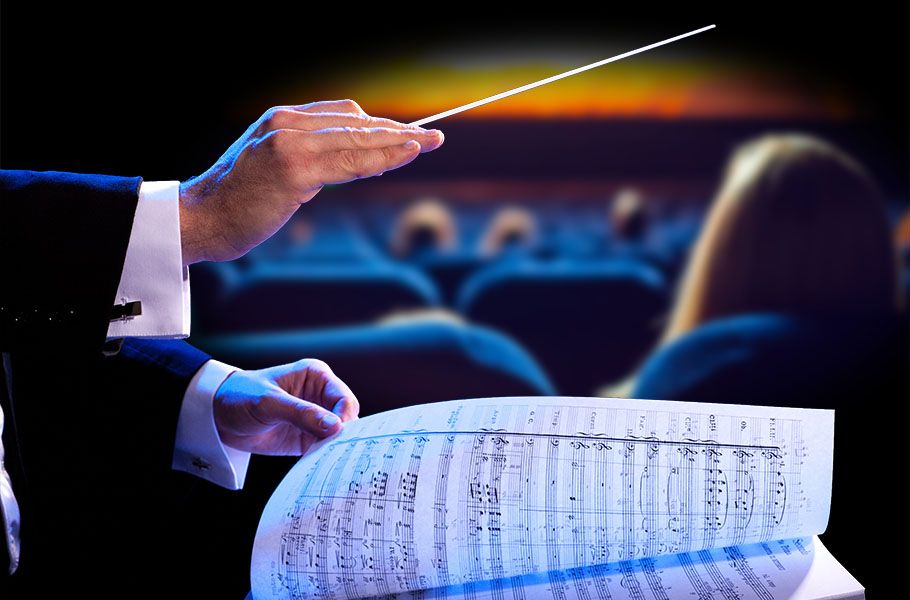
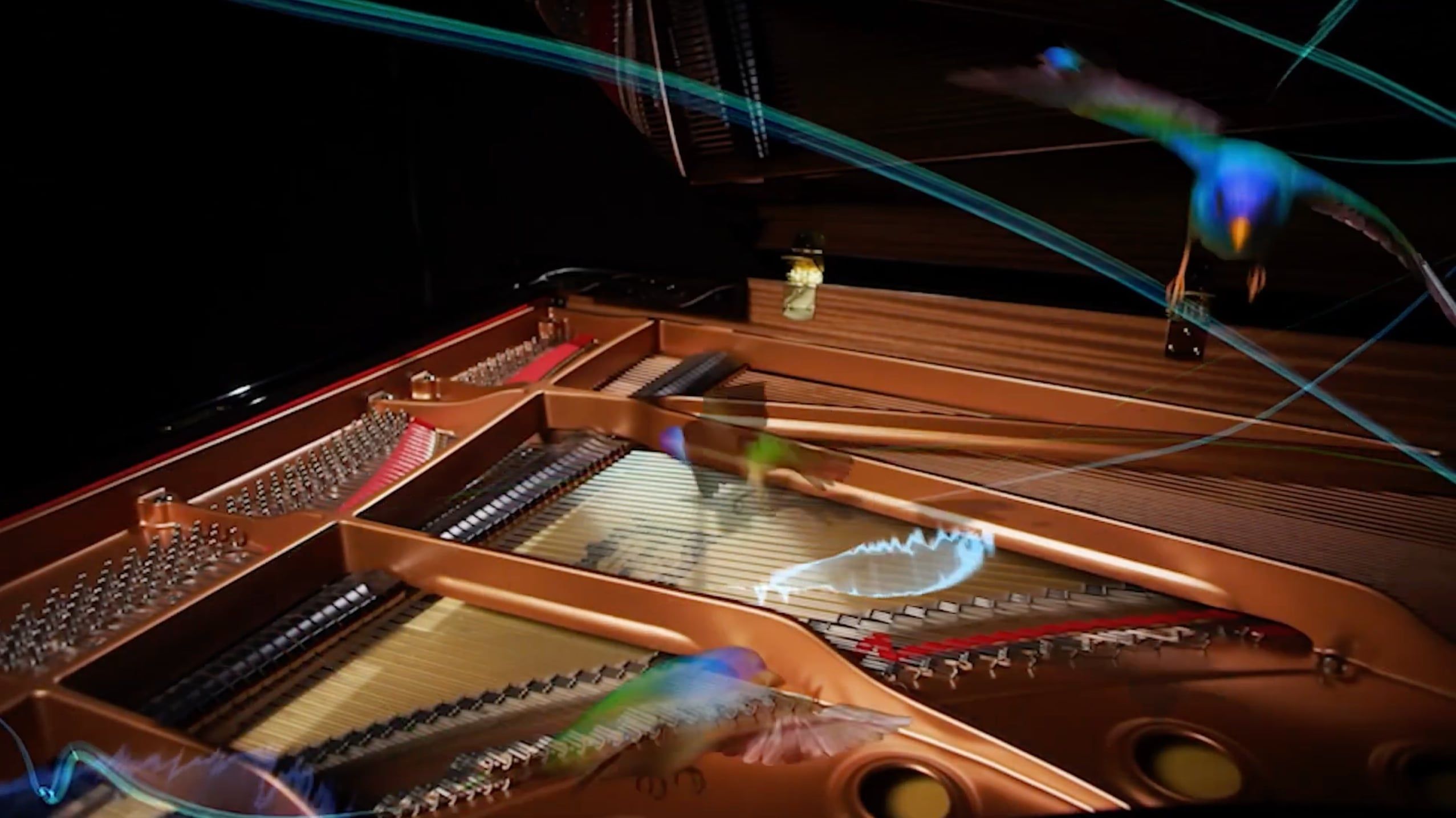
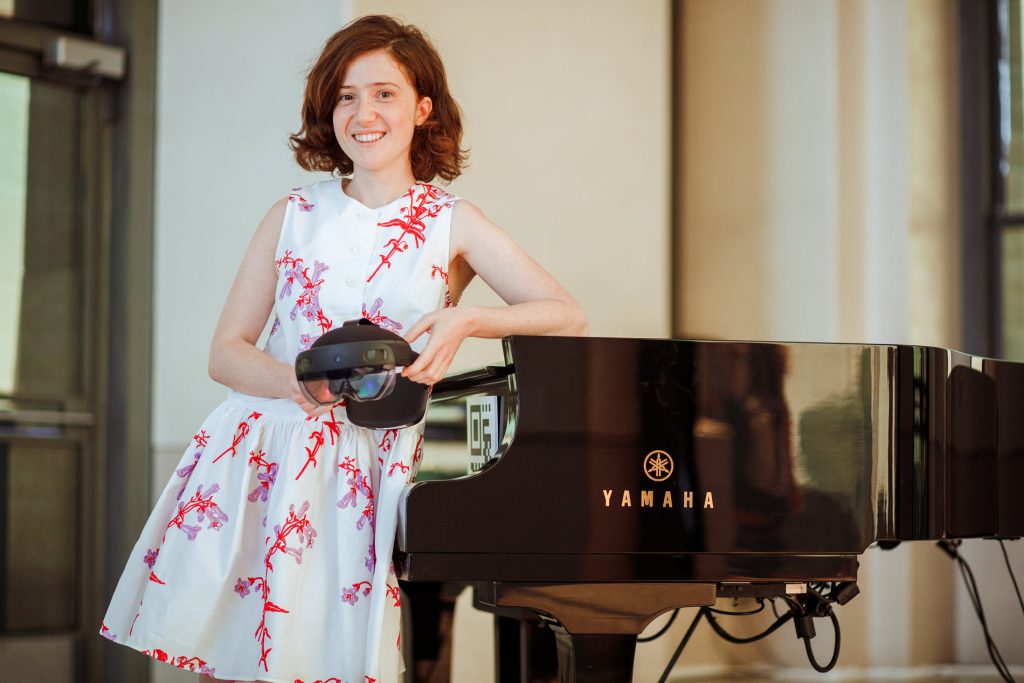

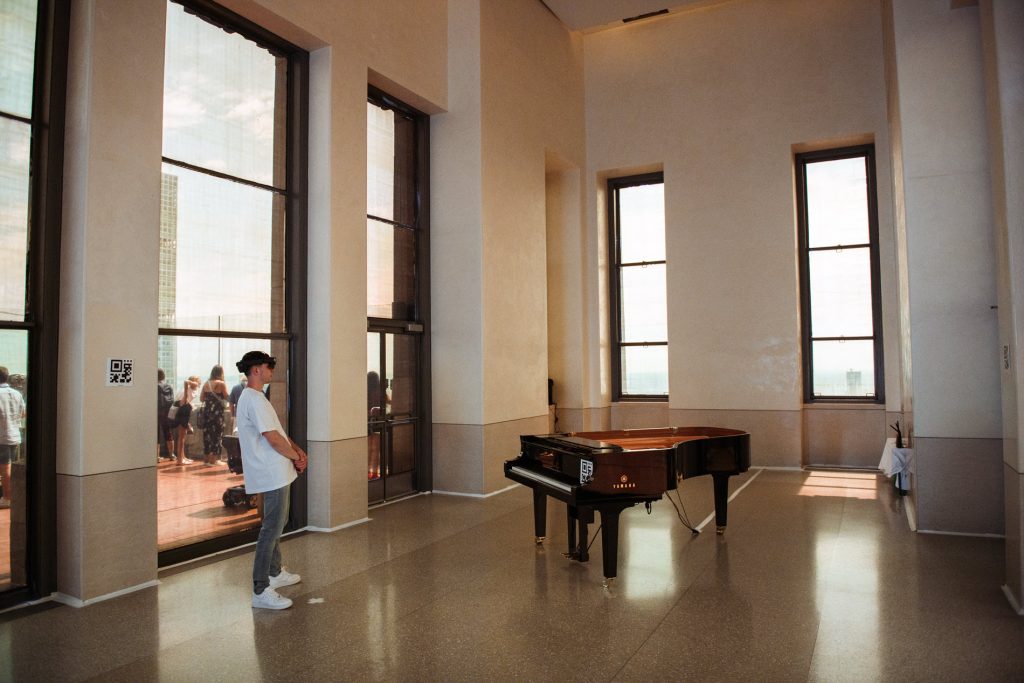
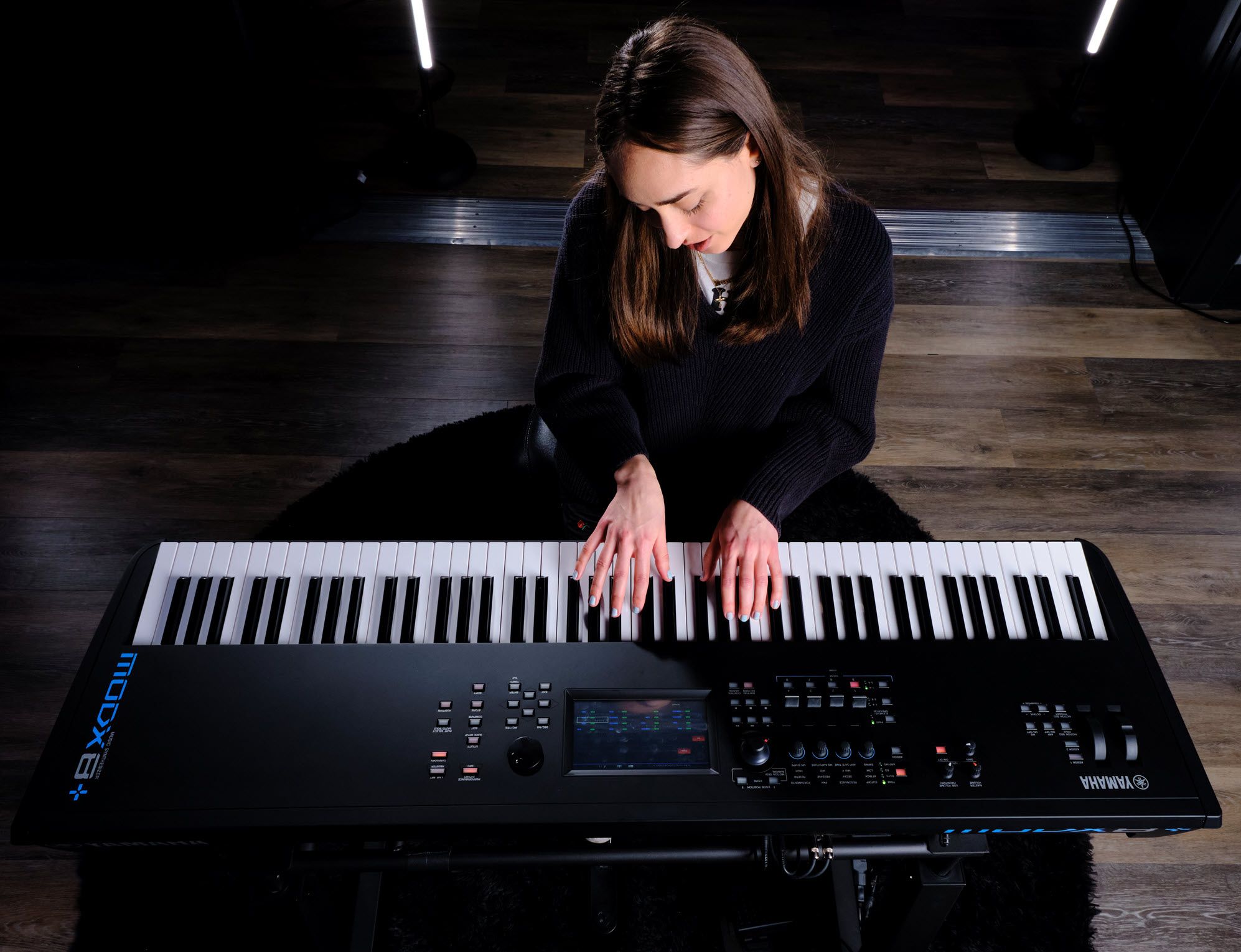




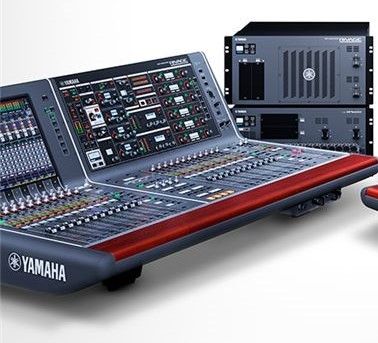
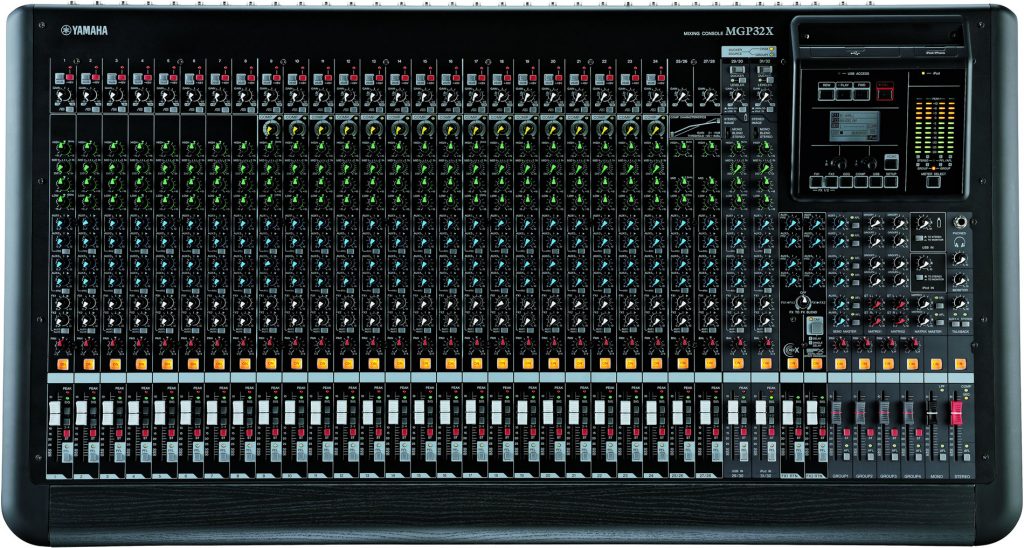
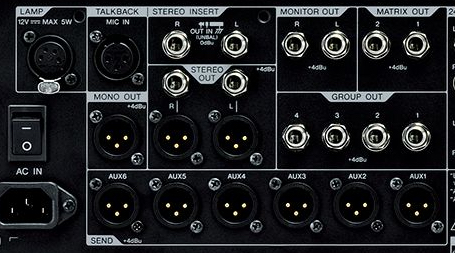

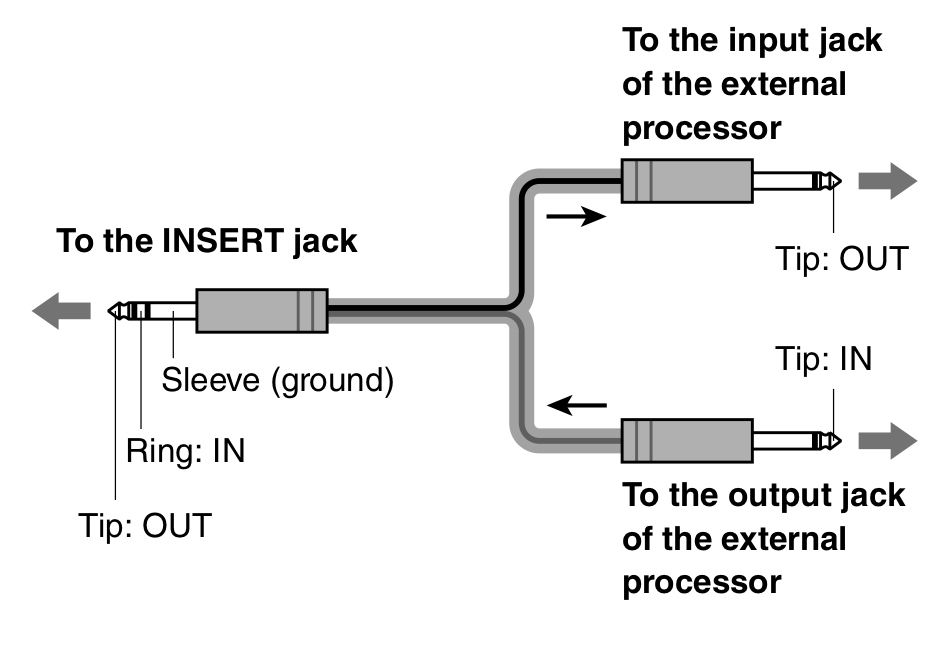
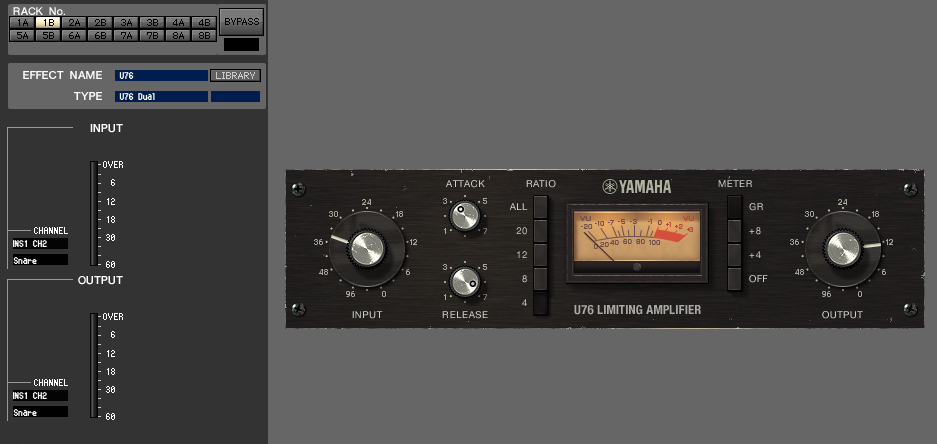
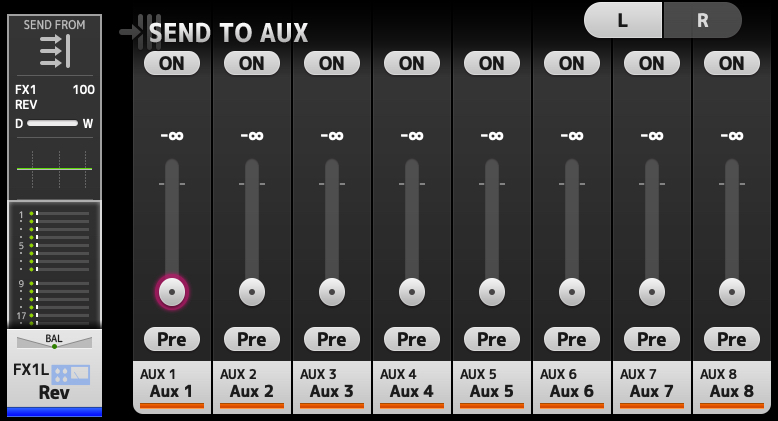
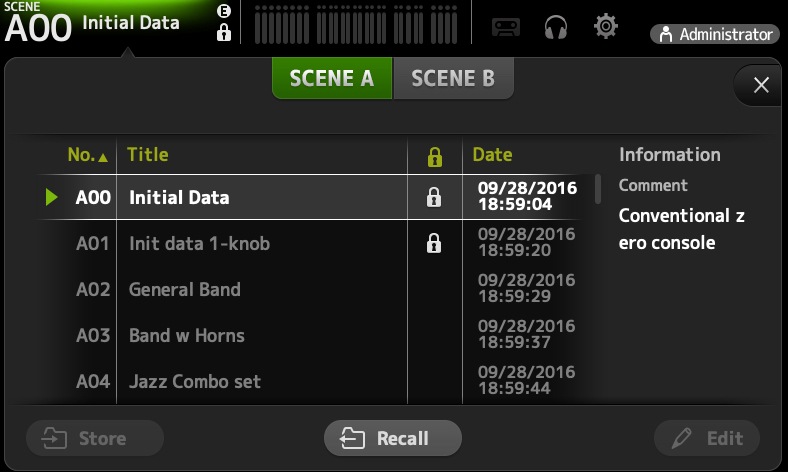
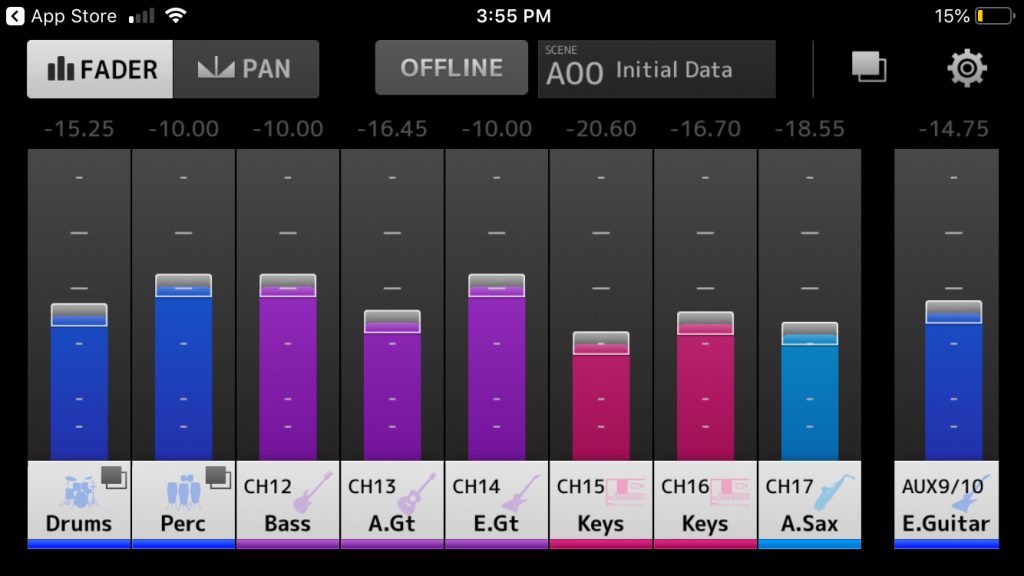


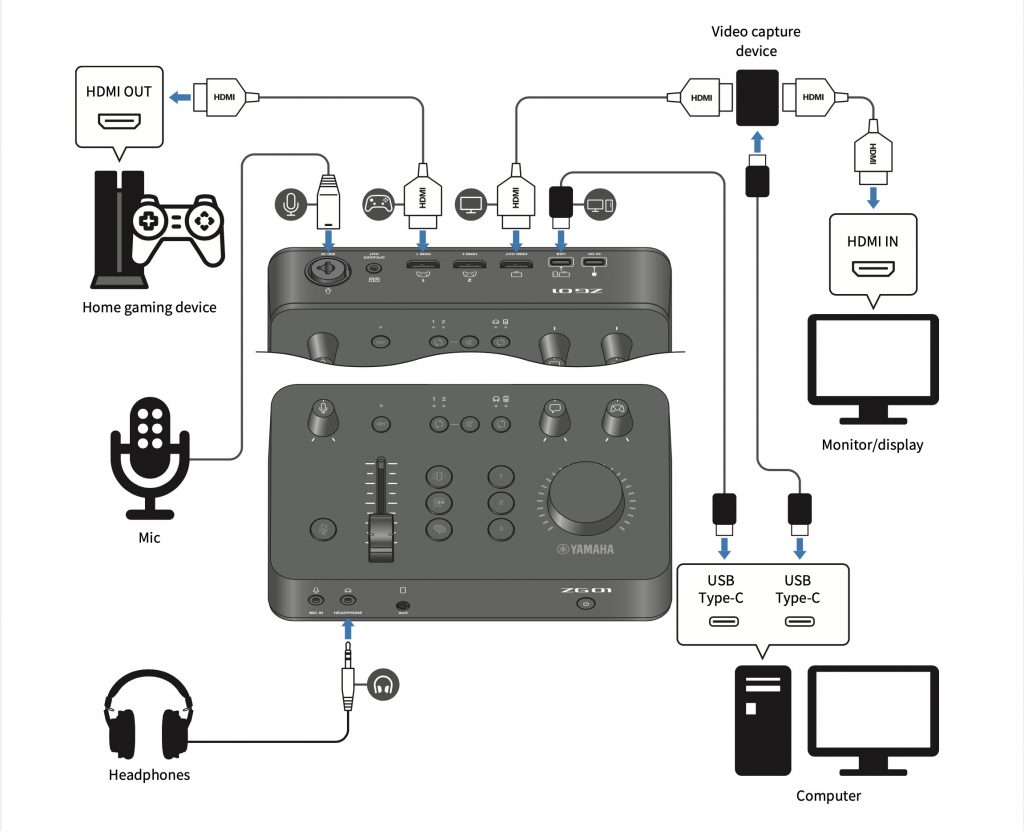
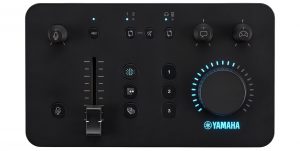

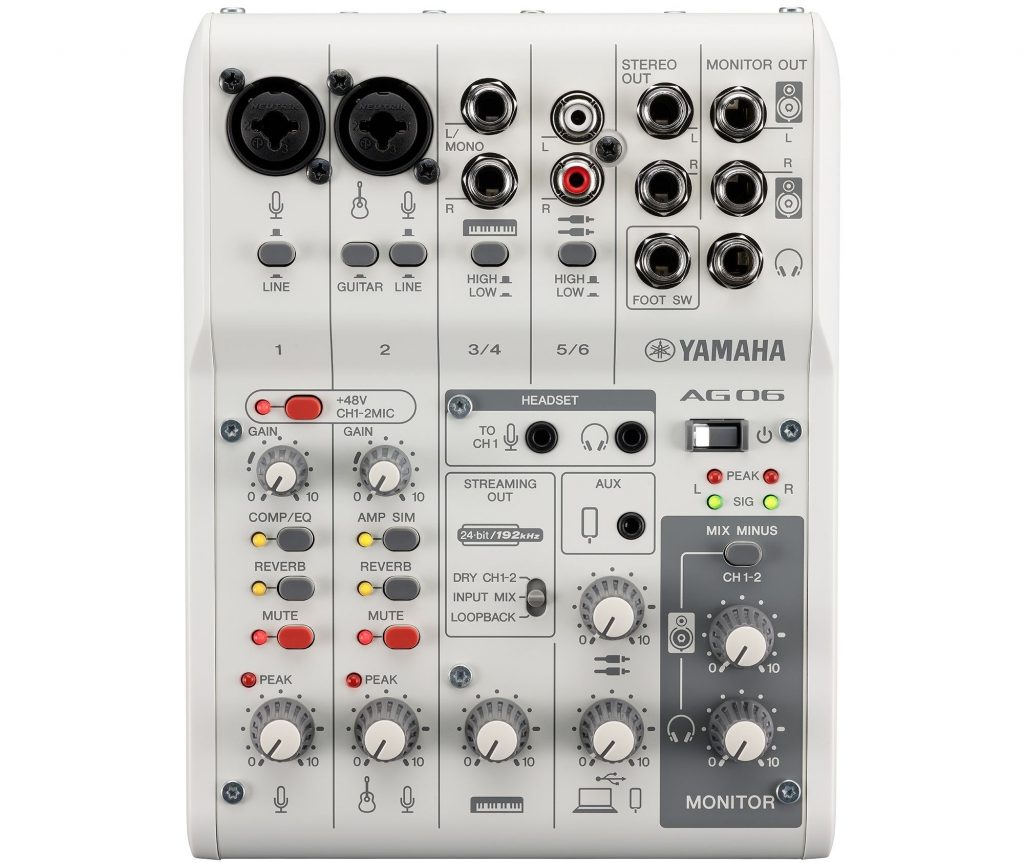
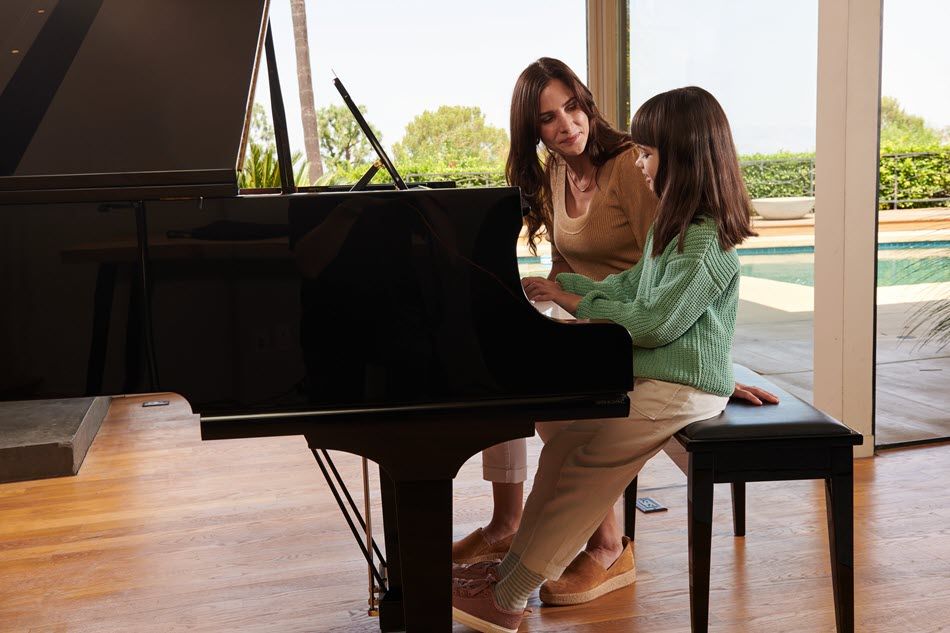
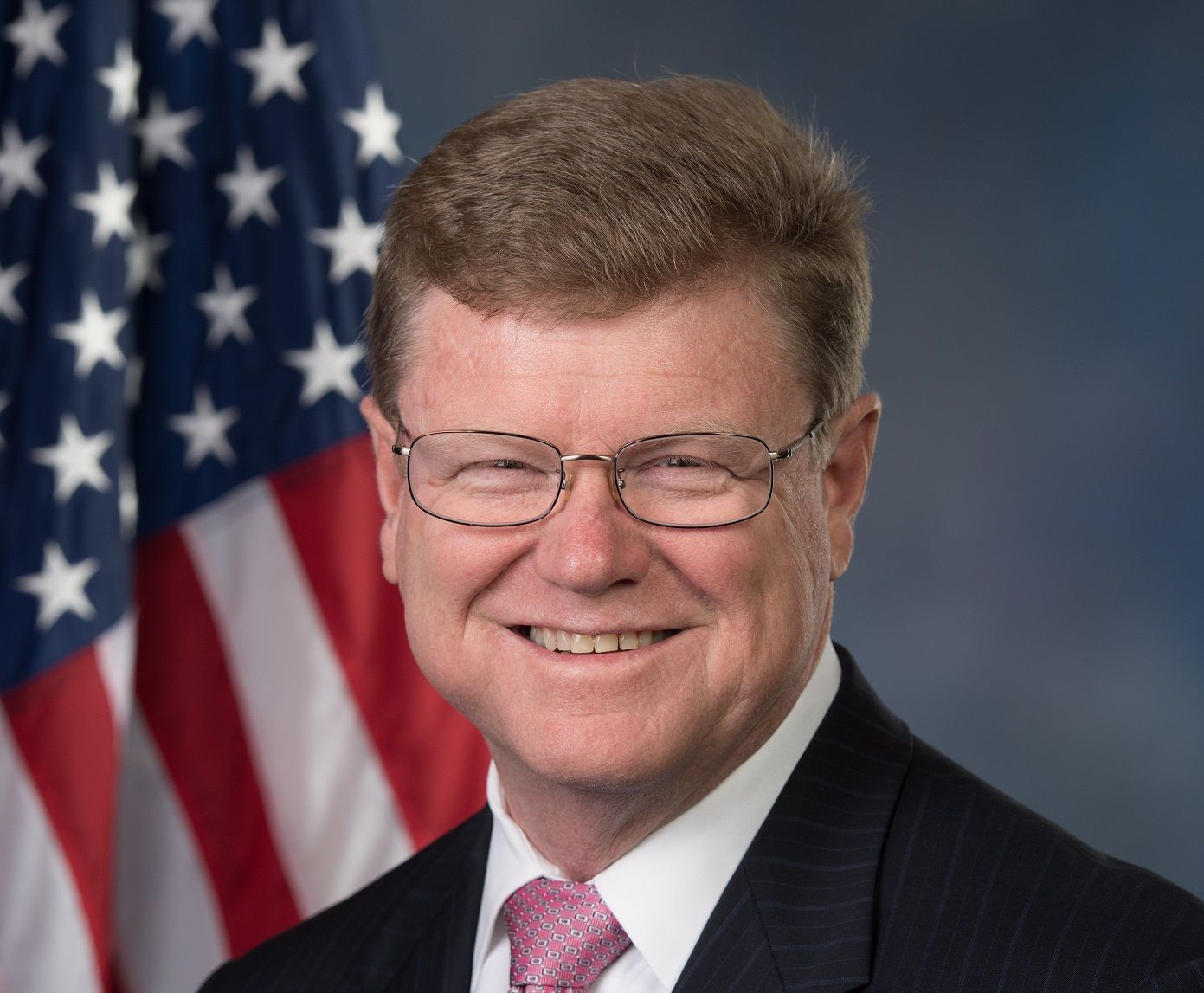
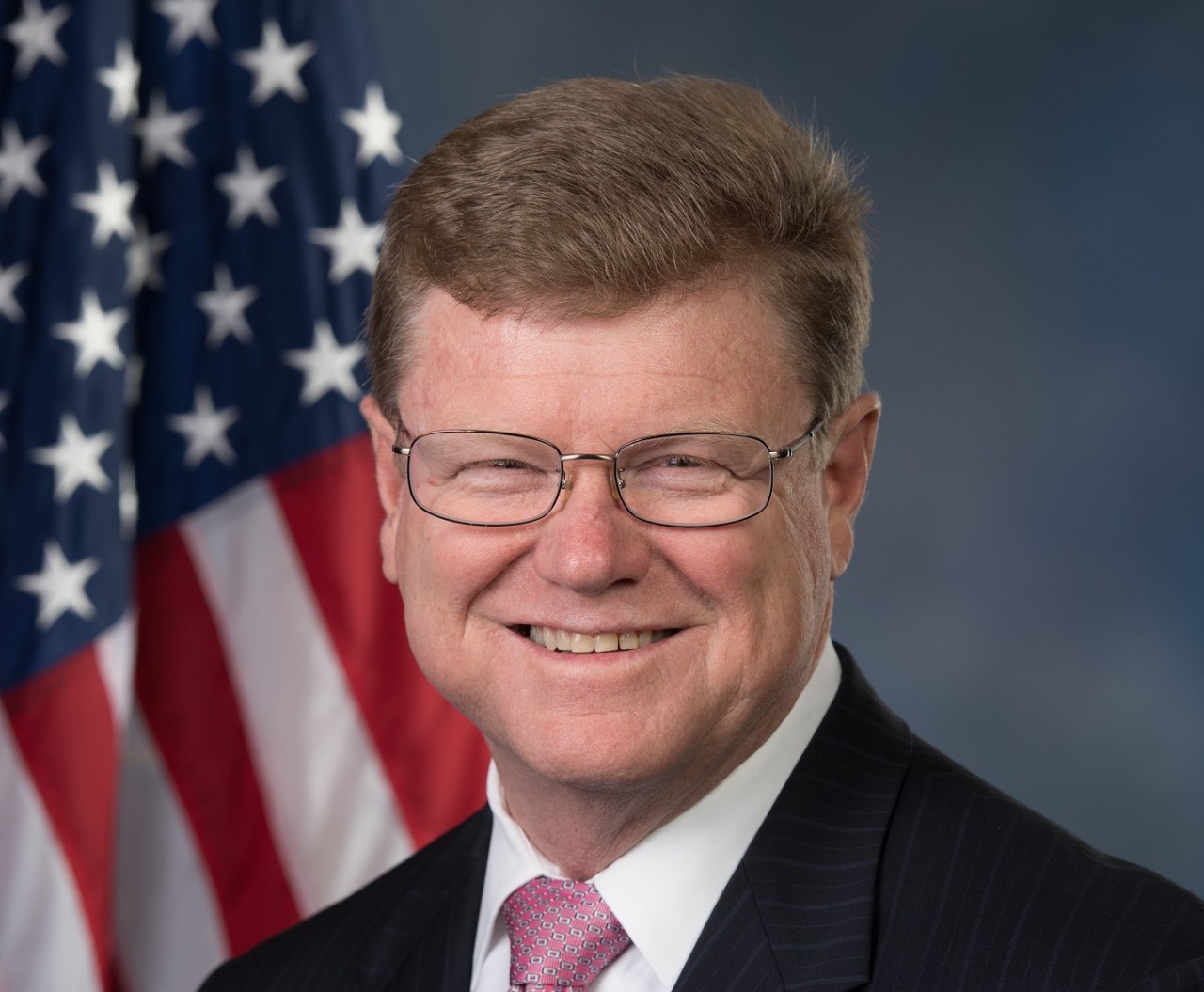

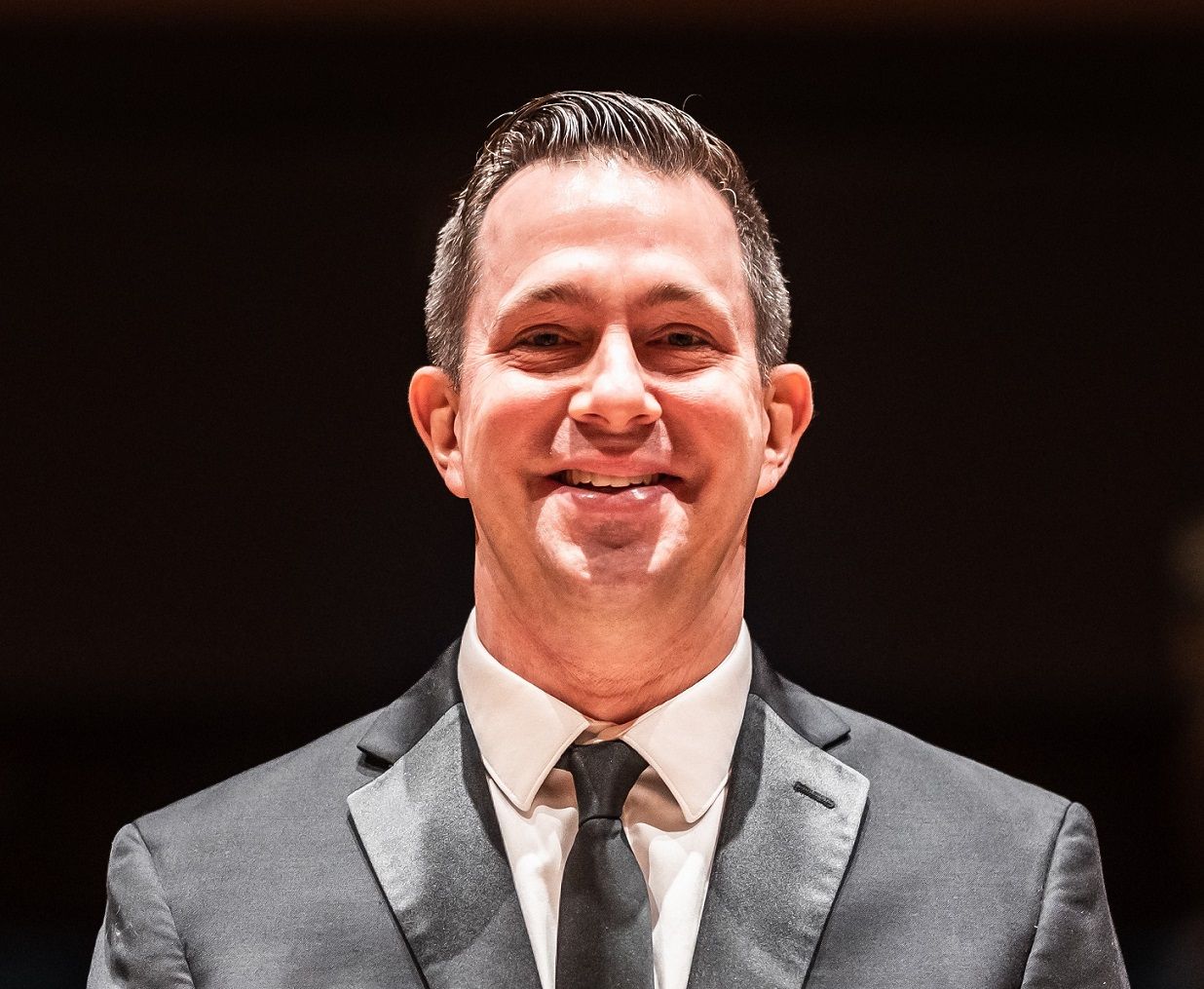
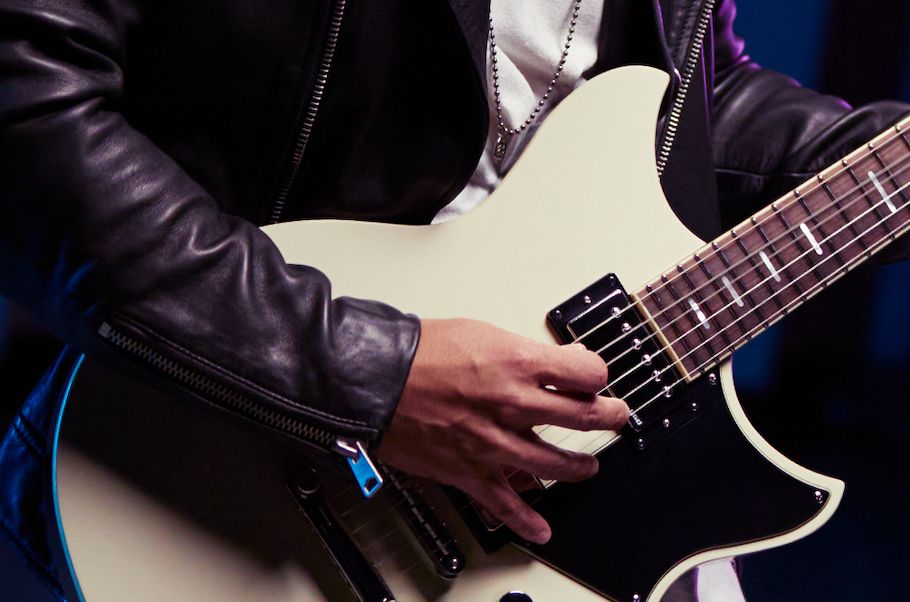
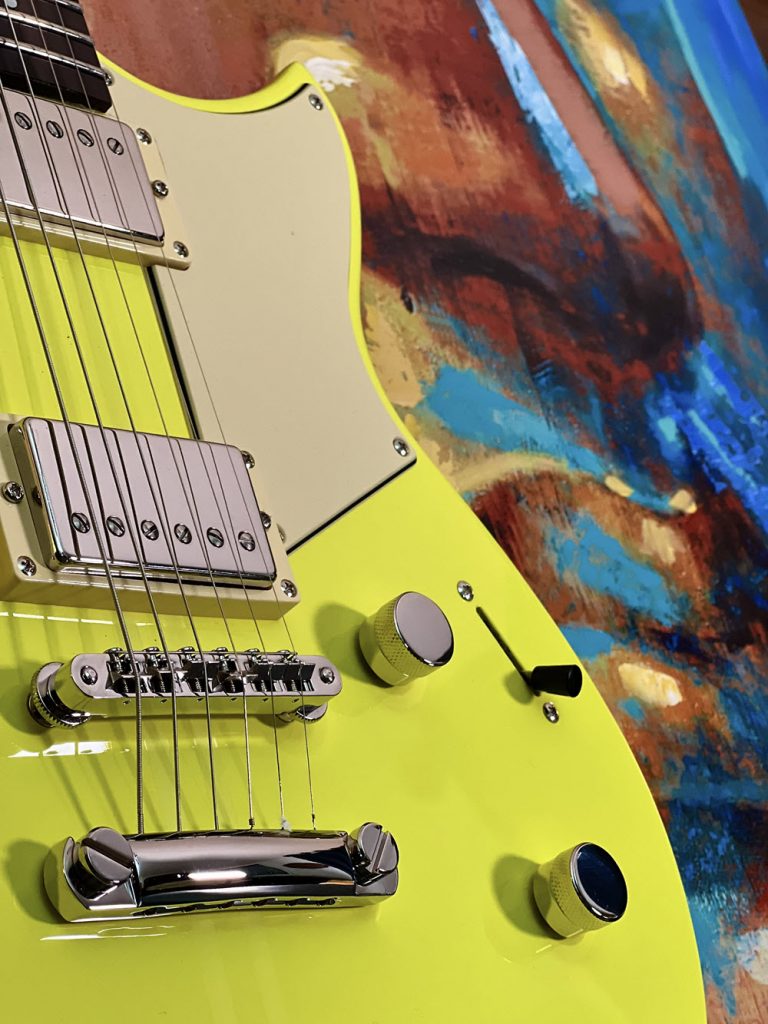

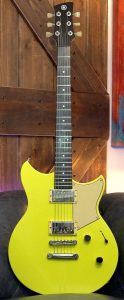

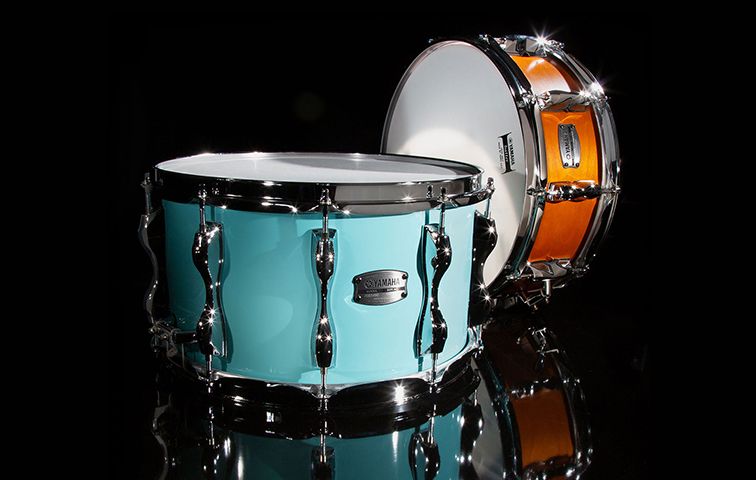
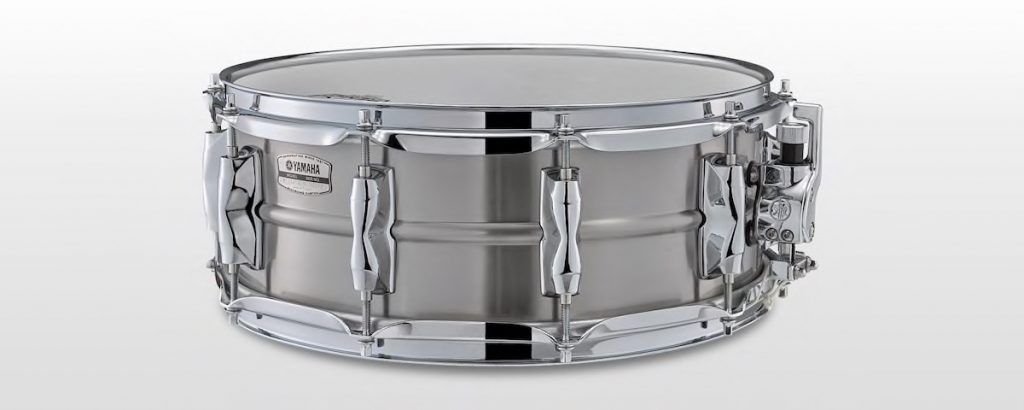
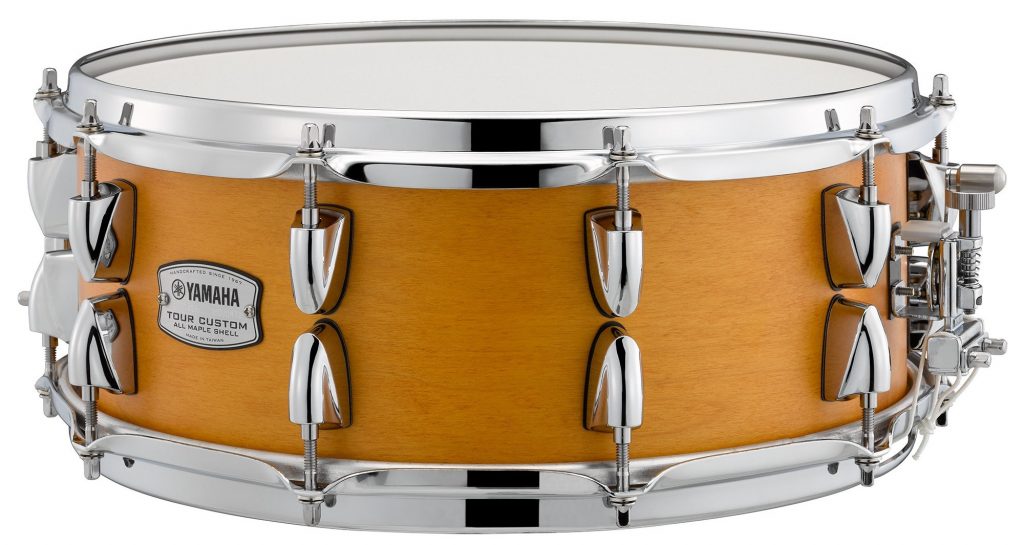
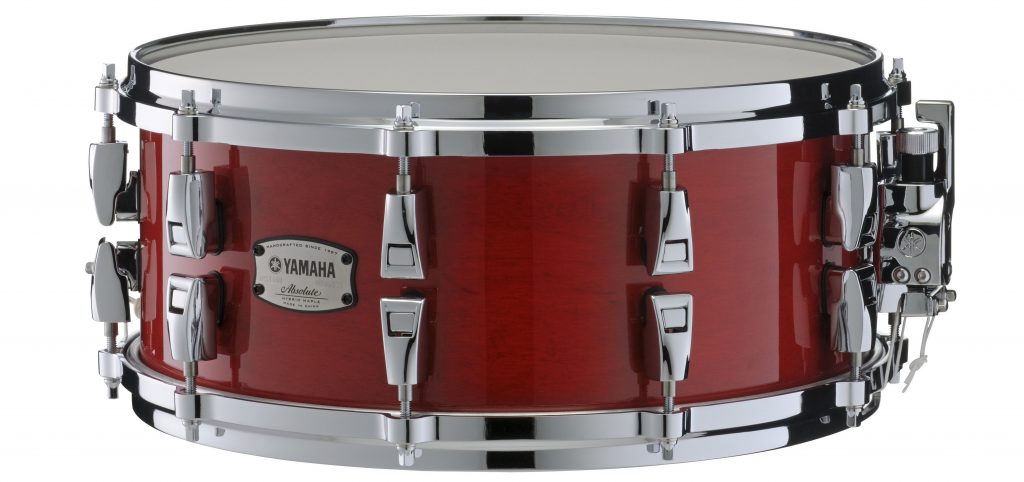
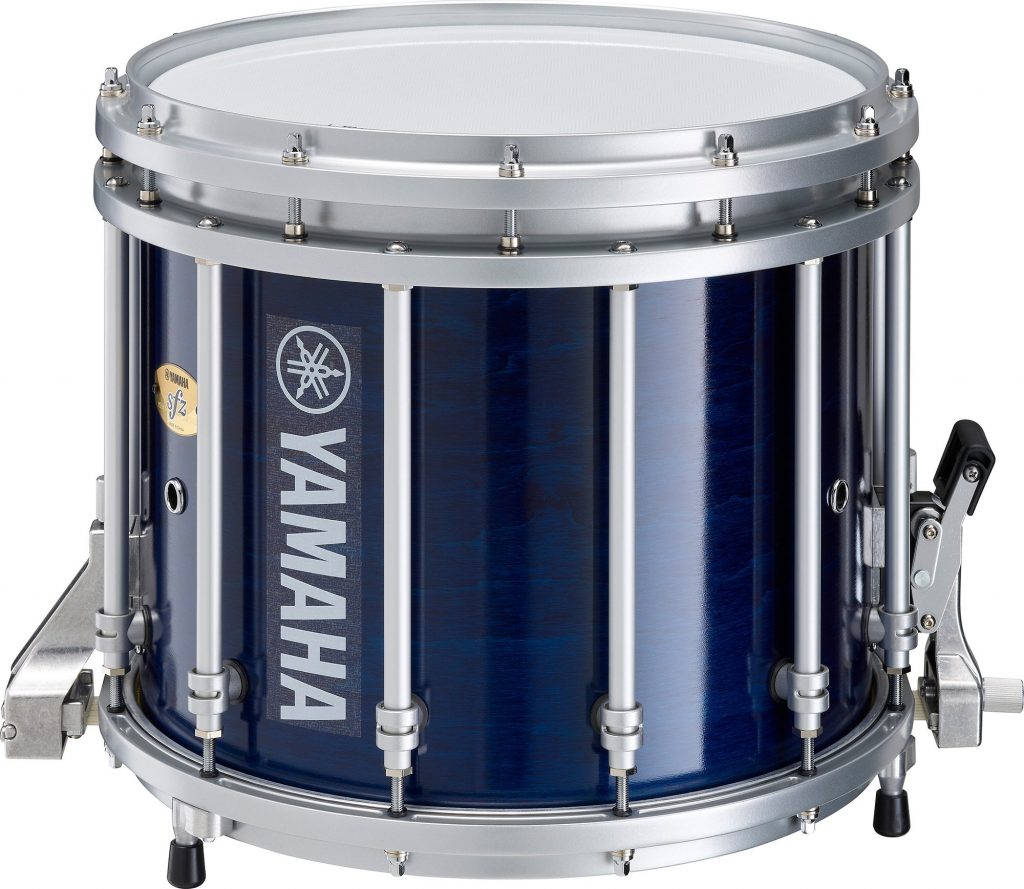
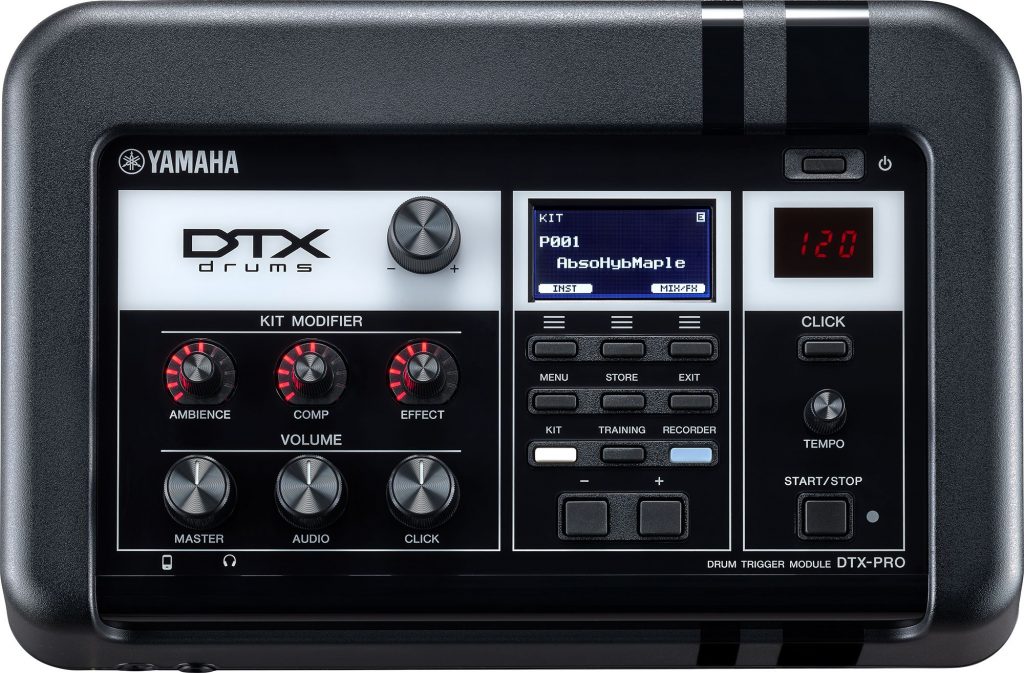

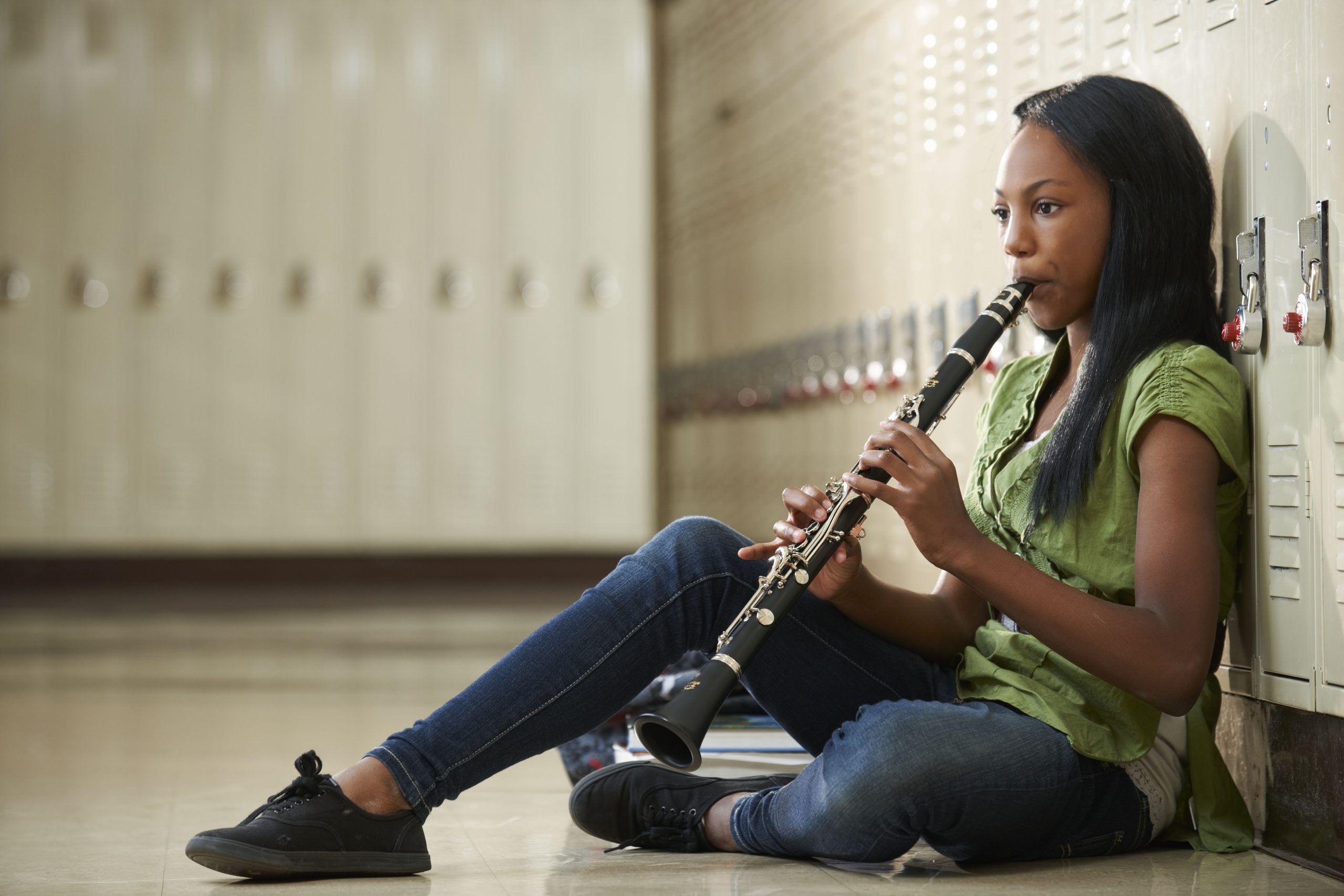

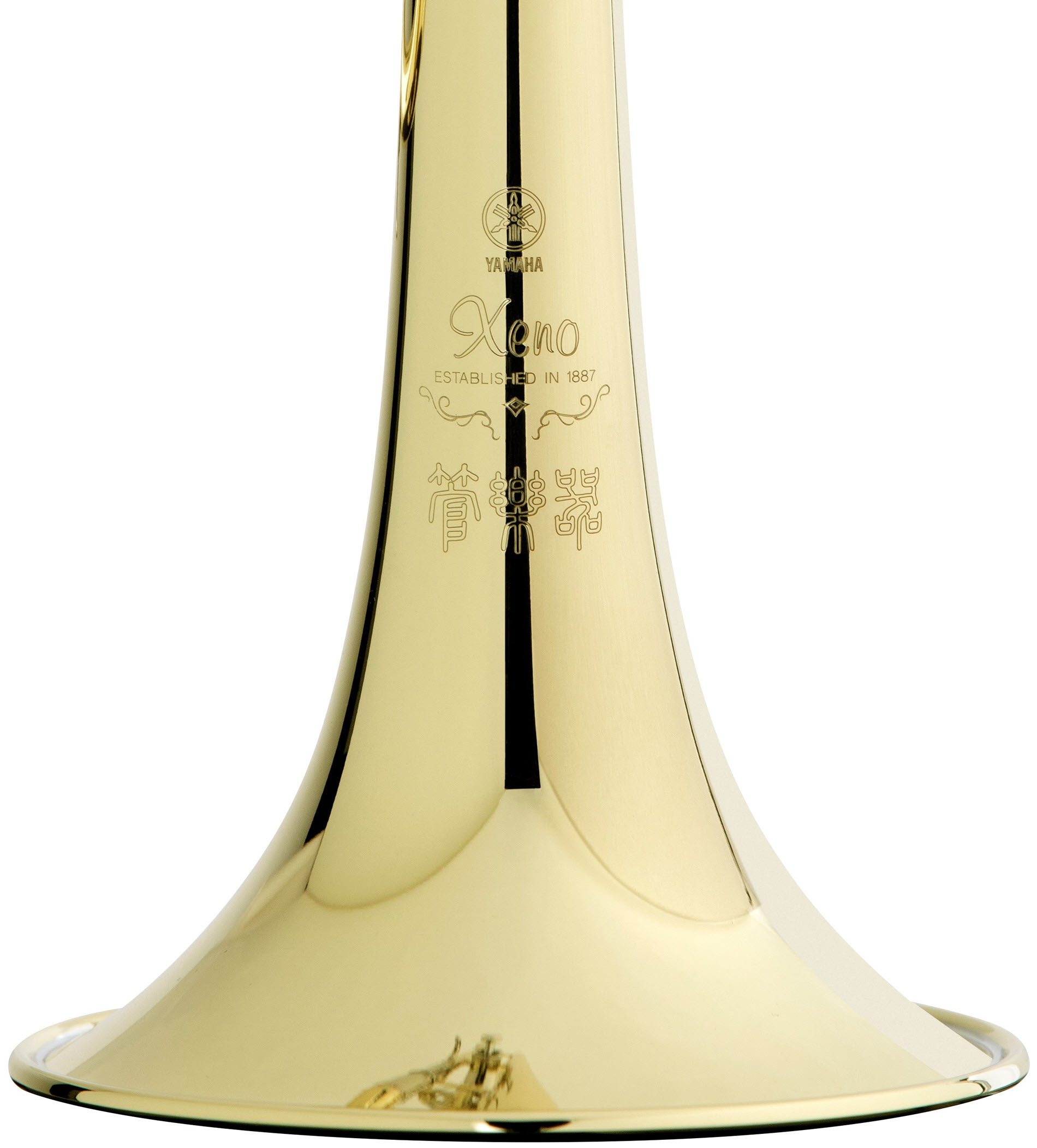








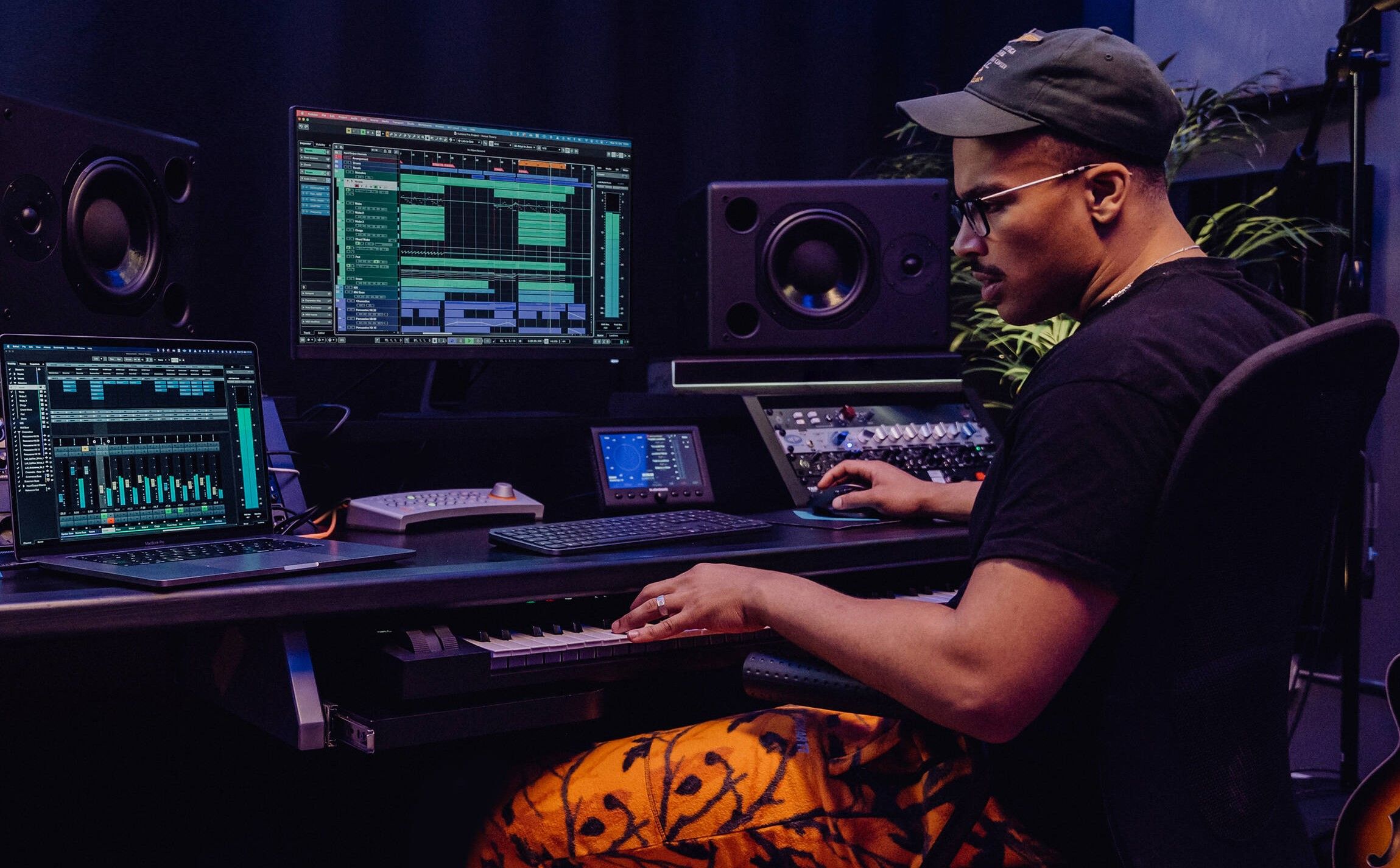
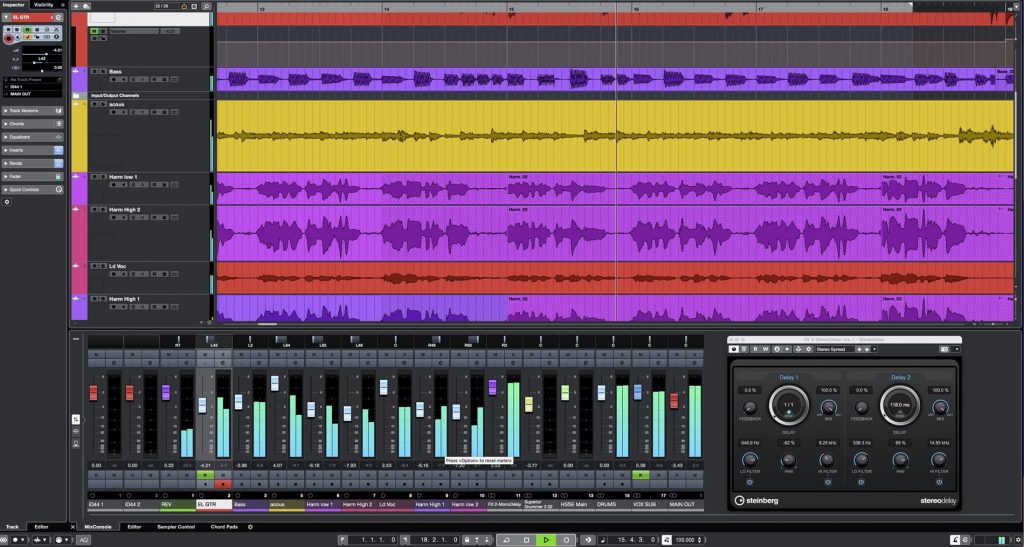
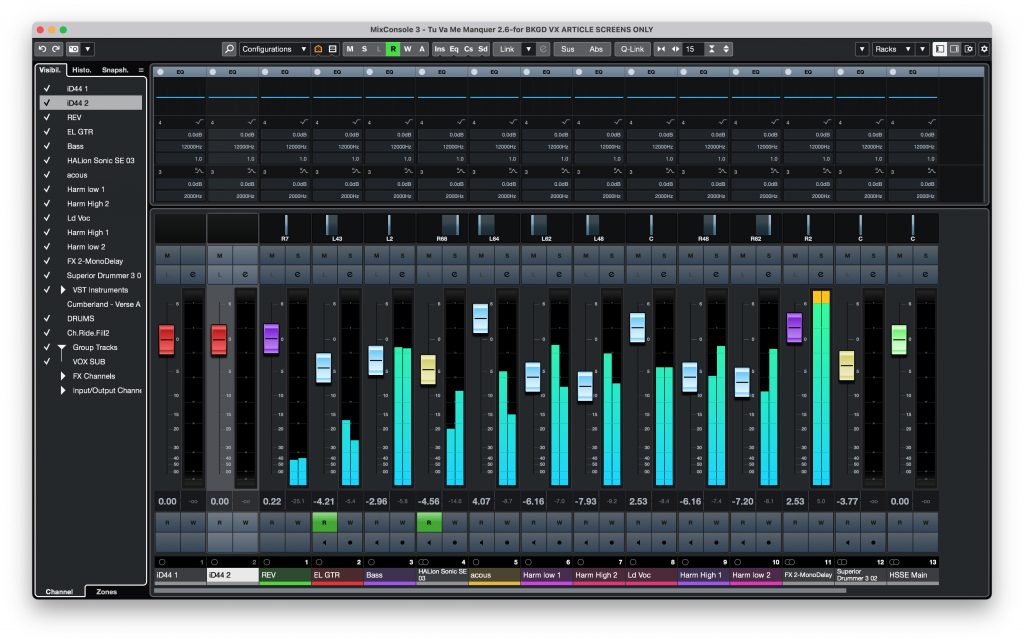
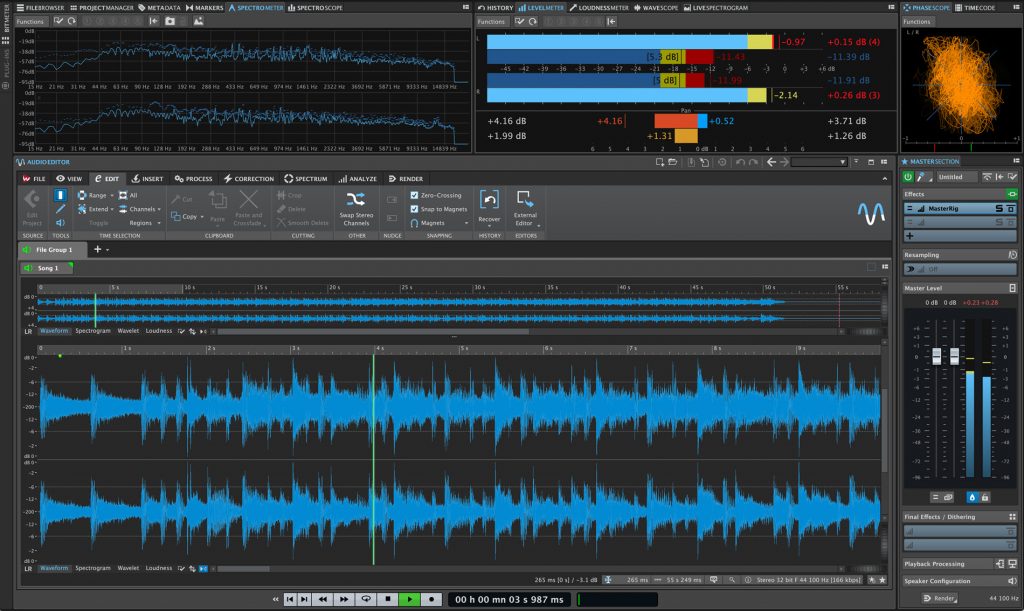
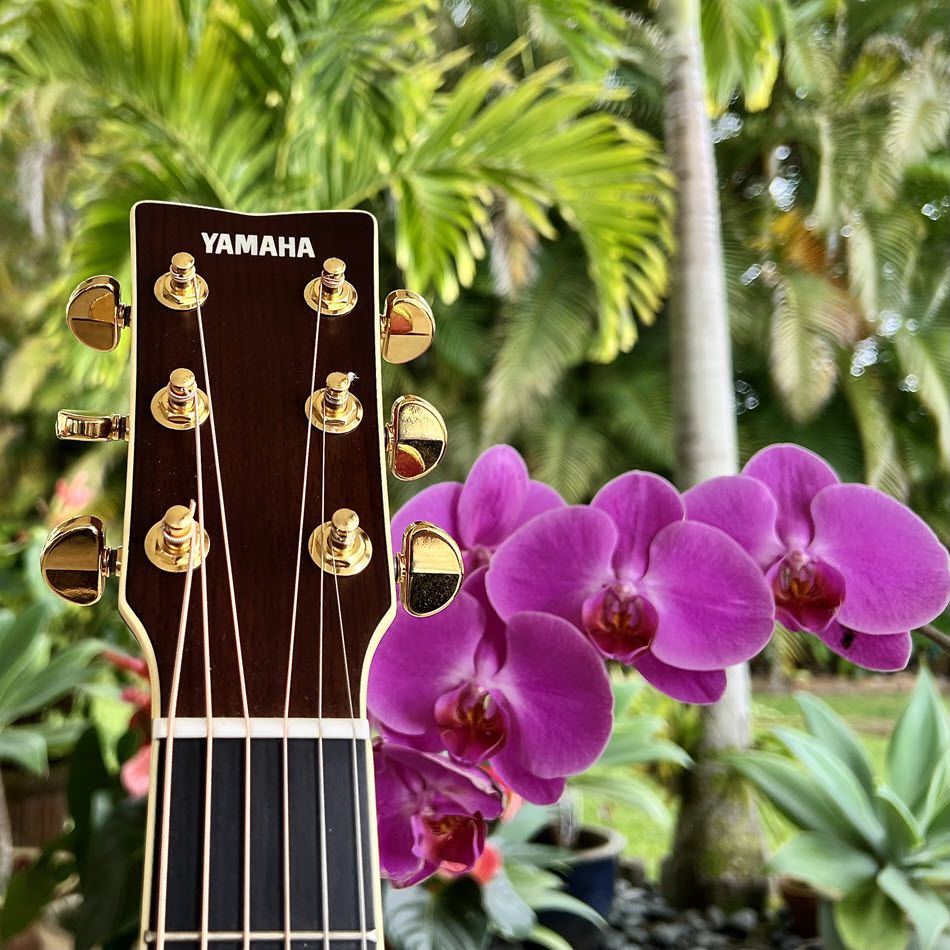
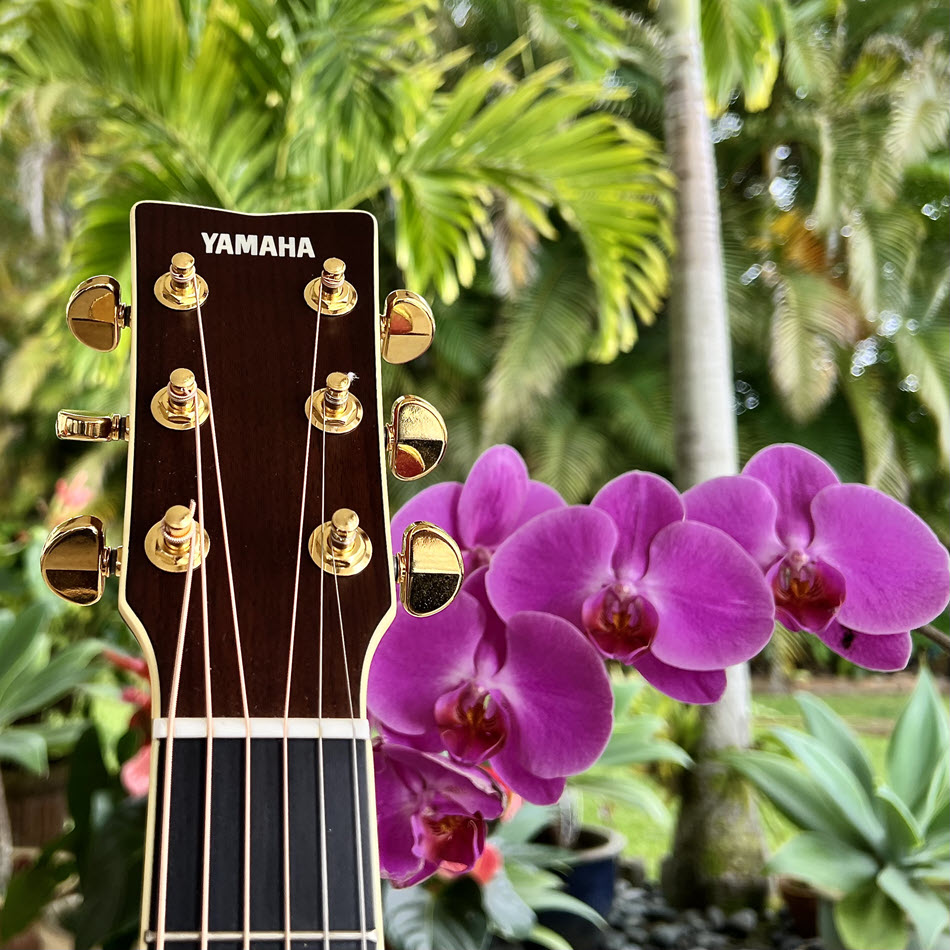

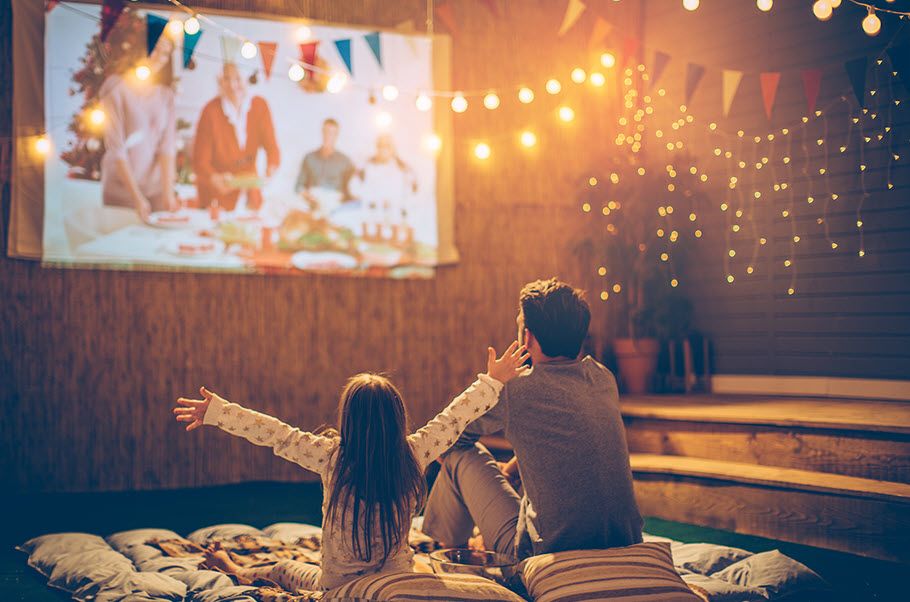

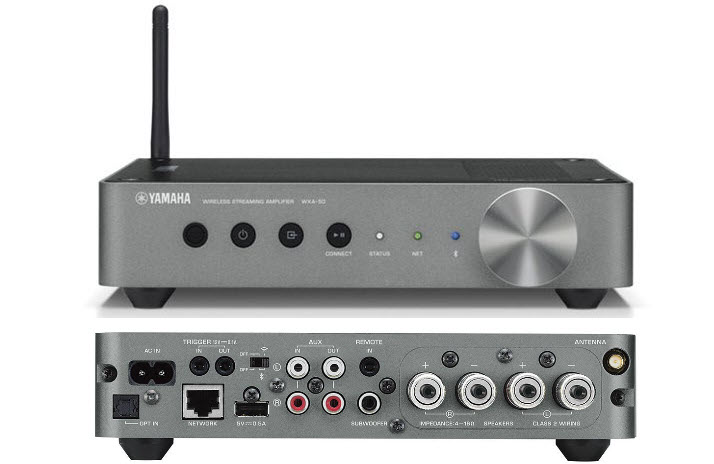
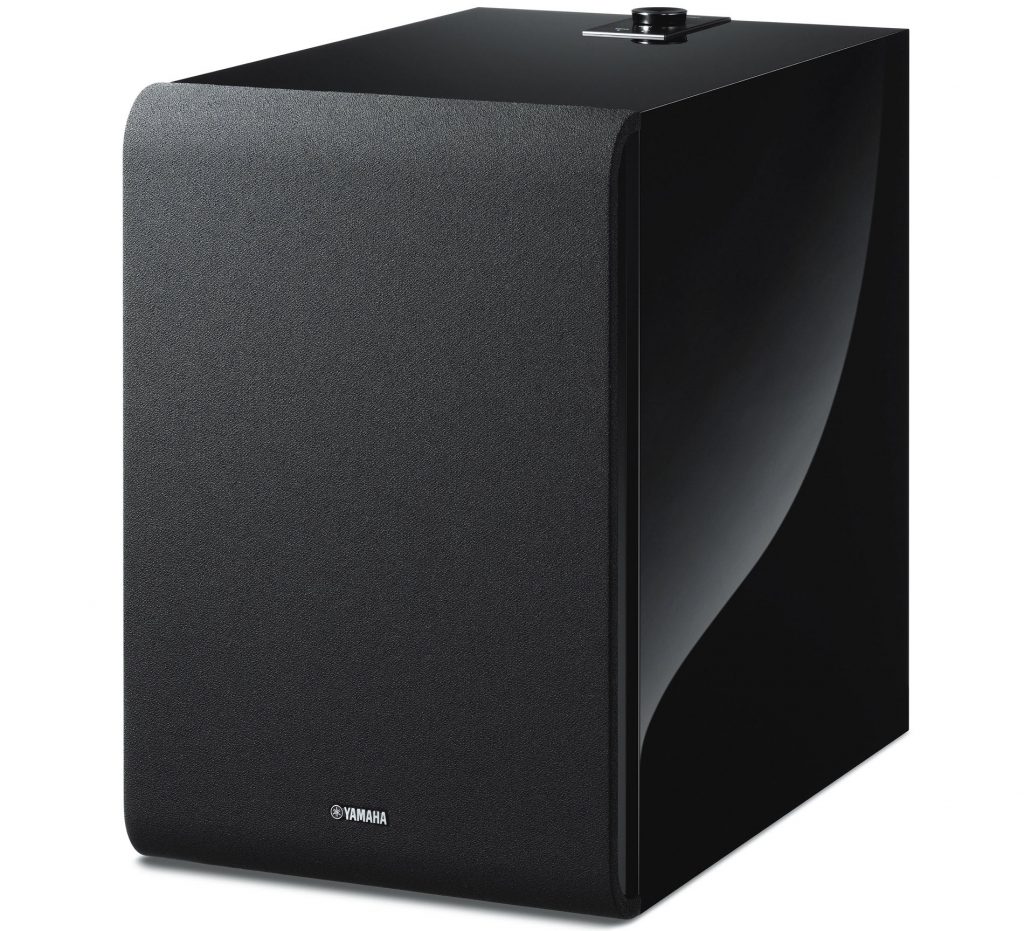

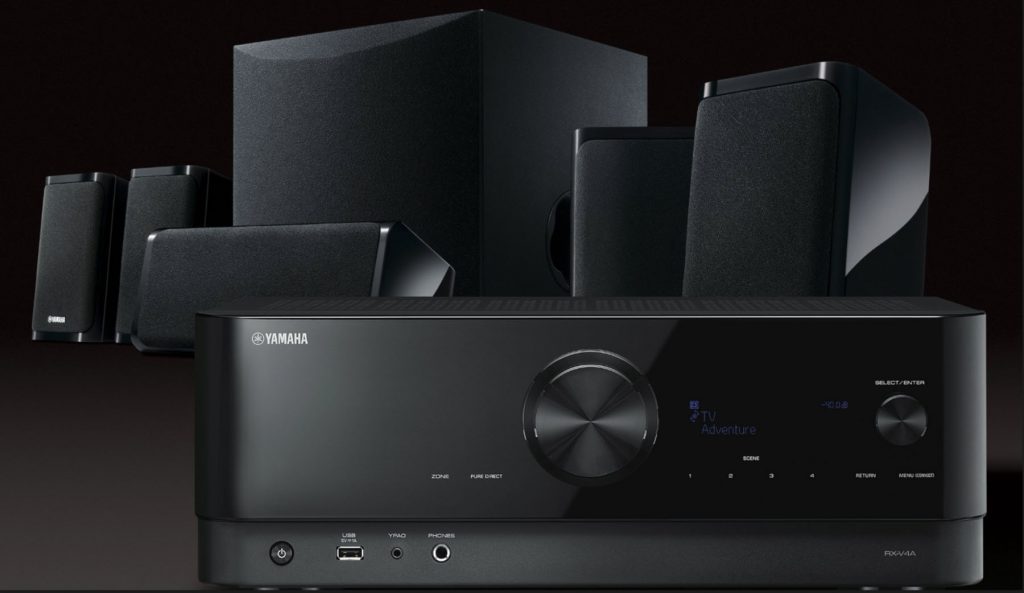
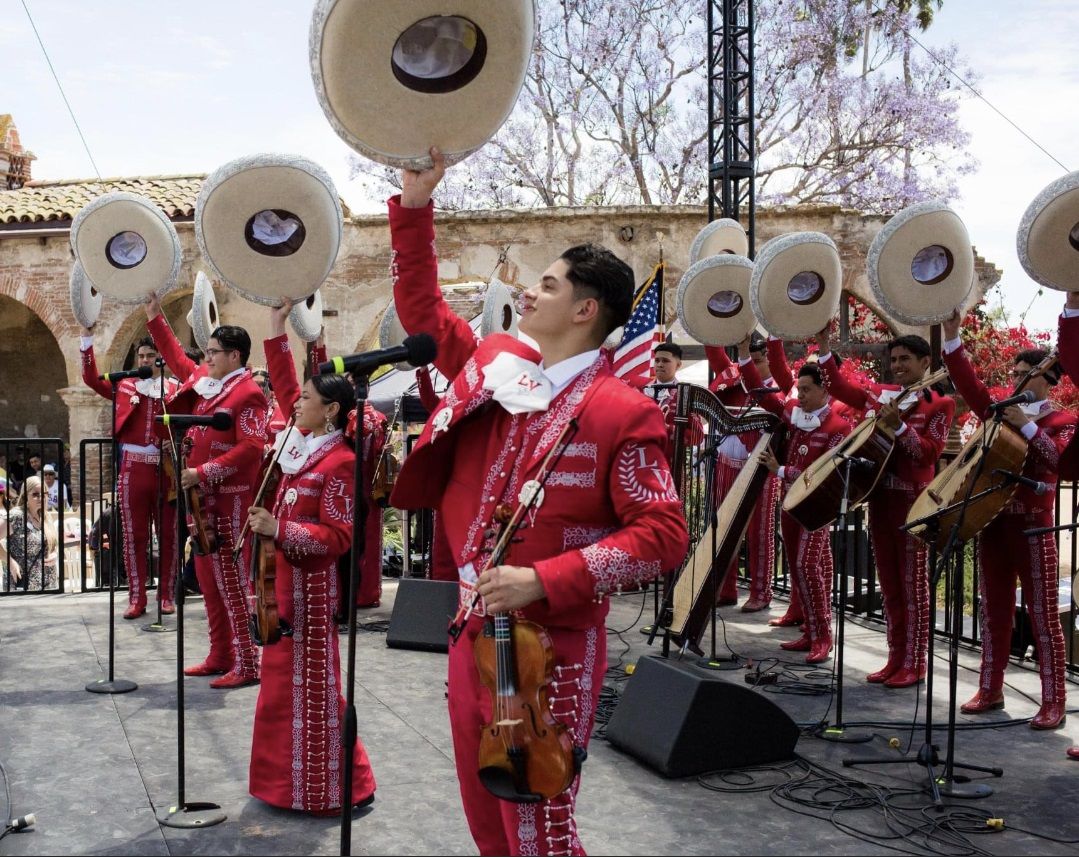
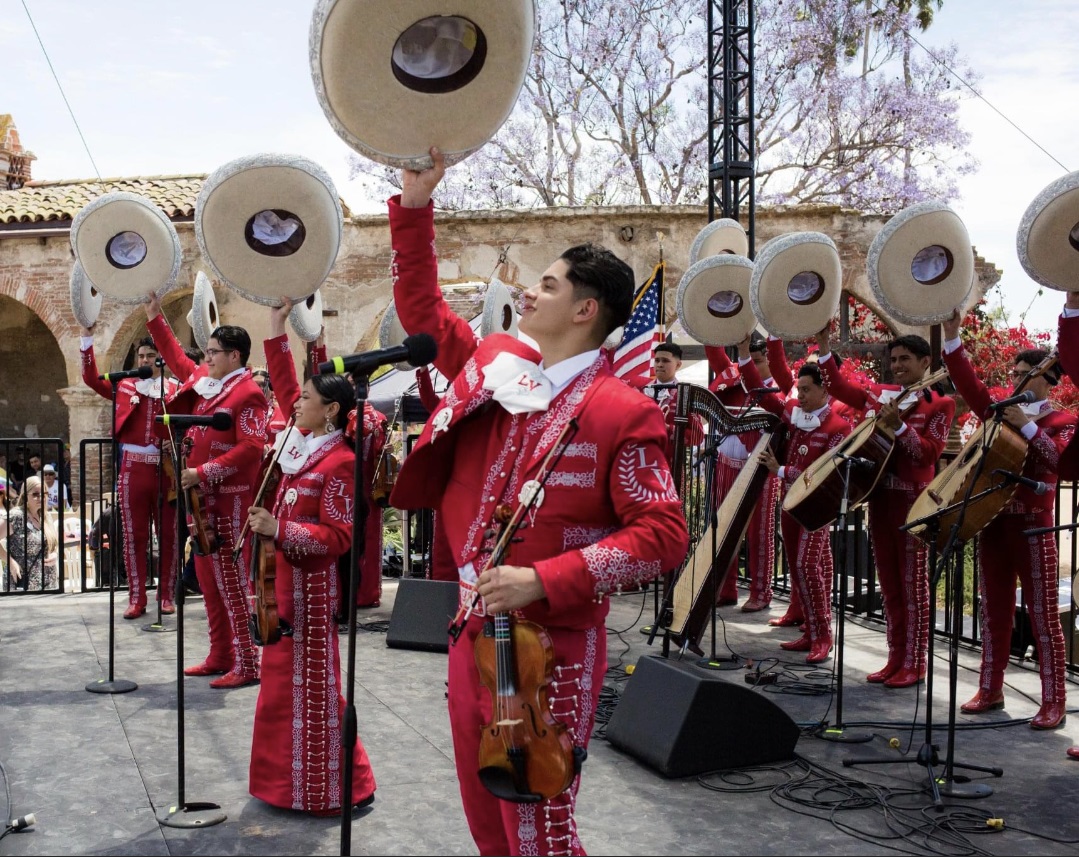 First, we wrote a mission statement and vision that were adopted by staff and students. Every decision made for the group goes back to these philosophies, which helped us during the early stages of creating our massive mariachi program.
First, we wrote a mission statement and vision that were adopted by staff and students. Every decision made for the group goes back to these philosophies, which helped us during the early stages of creating our massive mariachi program.
 By our second year, we had a true mariachi group formed within the program. Joya became an audition-only ensemble with weekly after-school rehearsals. We had some strategic marketing goals set and wanted to get out into the community as much as possible. An original theme song called “
By our second year, we had a true mariachi group formed within the program. Joya became an audition-only ensemble with weekly after-school rehearsals. We had some strategic marketing goals set and wanted to get out into the community as much as possible. An original theme song called “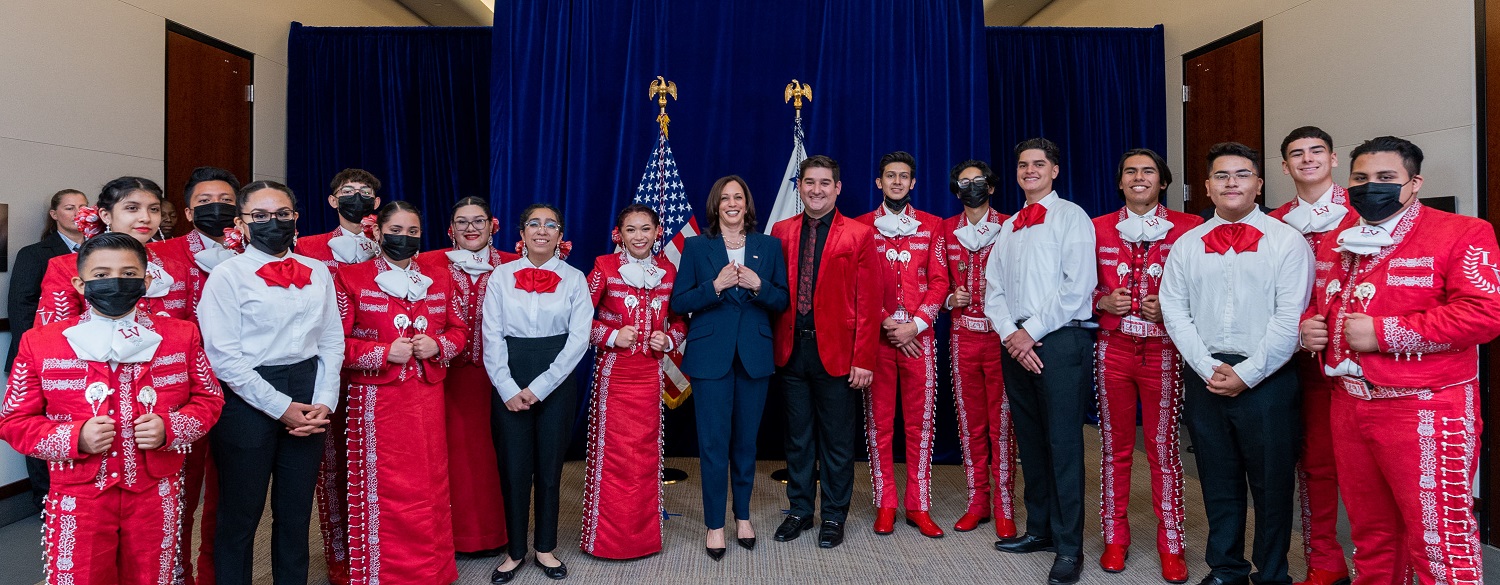 Our plans for Year Three drastically changed because for a full 18 months, we were not able to rehearse or build on our momentum. Students were upset, attendance was at an all-time low and music-making came to a halt. Something had to be done, so we decided to produce a record. Microphones were dropped off at students’ homes and recording began in September 2020. We released our original song, “
Our plans for Year Three drastically changed because for a full 18 months, we were not able to rehearse or build on our momentum. Students were upset, attendance was at an all-time low and music-making came to a halt. Something had to be done, so we decided to produce a record. Microphones were dropped off at students’ homes and recording began in September 2020. We released our original song, “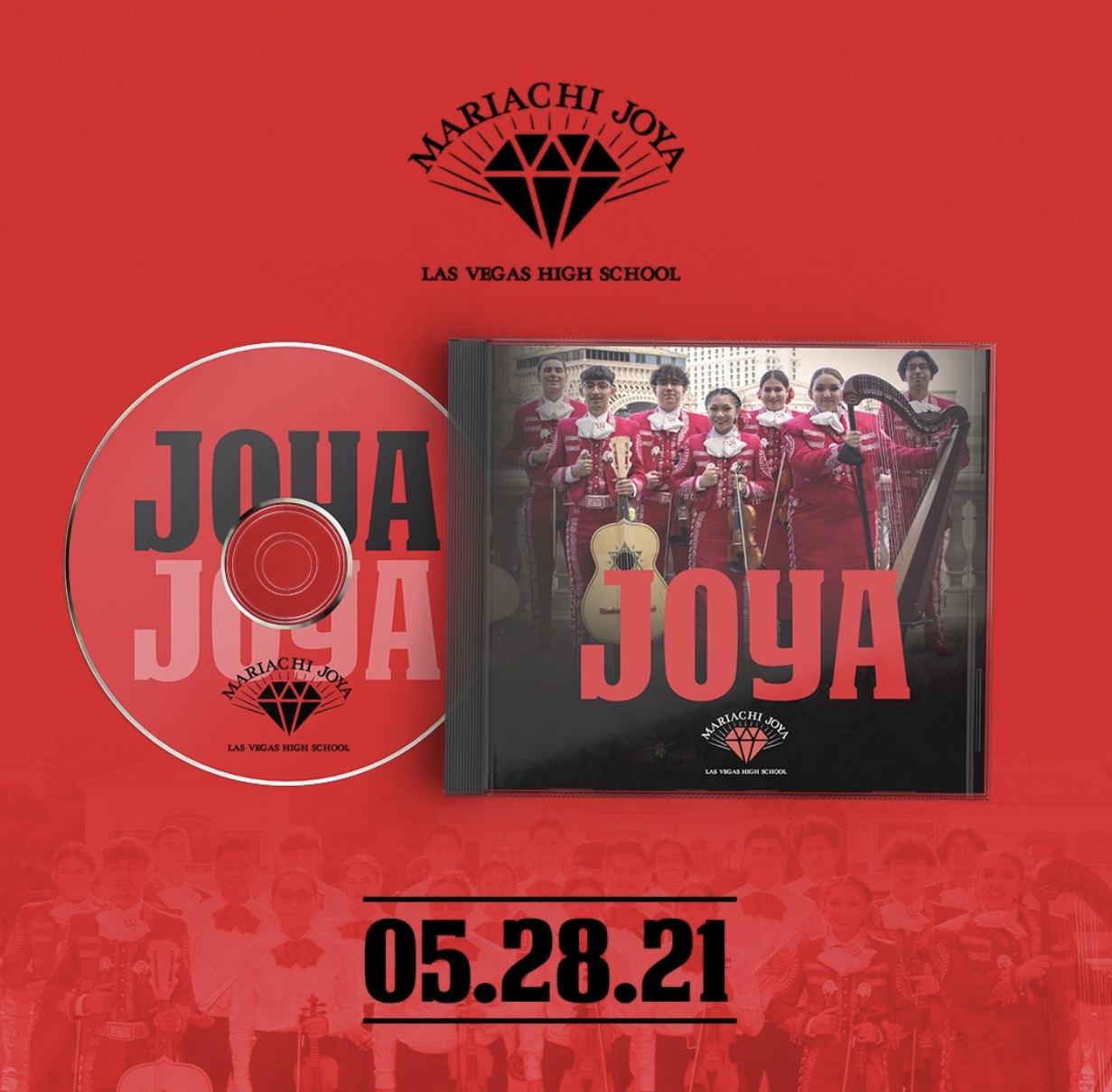 We ended the year with the highly anticipated release of our debut album, “JOYA.” We had a sold-out album release party and consequently released three
We ended the year with the highly anticipated release of our debut album, “JOYA.” We had a sold-out album release party and consequently released three  Although most of the students won’t become full-time mariachis after graduation, we also have a 100% career and college placement rate for the 2022 graduating class. With a few students taking over family businesses, the rest went off to colleges and vocational schools. It is my hope that they take with them the lessons they learned through our shared experience with Mariachi Joya.
Although most of the students won’t become full-time mariachis after graduation, we also have a 100% career and college placement rate for the 2022 graduating class. With a few students taking over family businesses, the rest went off to colleges and vocational schools. It is my hope that they take with them the lessons they learned through our shared experience with Mariachi Joya.
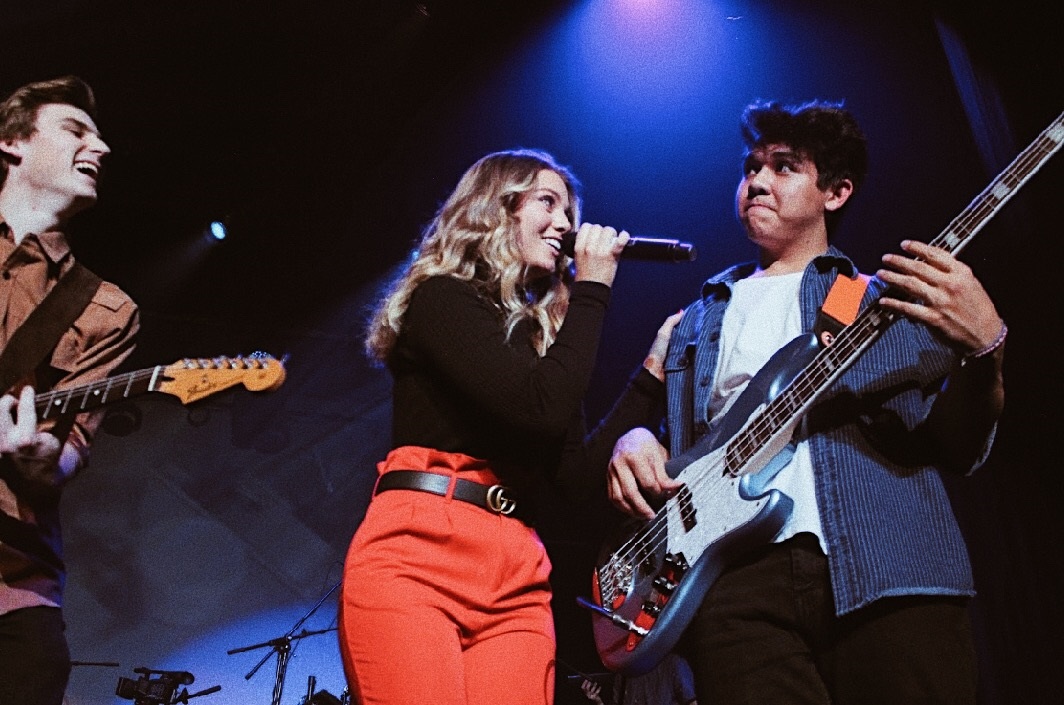 In the MMET pop music program, students join forces to form multiple bands, but the collaboration doesn’t stop there. Because of the amount of collaboration required to put on a pop music show, students get a full education not just in music performance, but also in teamwork.
In the MMET pop music program, students join forces to form multiple bands, but the collaboration doesn’t stop there. Because of the amount of collaboration required to put on a pop music show, students get a full education not just in music performance, but also in teamwork. From the moment they receive a new song until the moment they step on stage at a concert, students have about six weeks to learn and perfect their music — for the first three weeks they focus on learning the songs, and the rest of the time is for rehearsing.
From the moment they receive a new song until the moment they step on stage at a concert, students have about six weeks to learn and perfect their music — for the first three weeks they focus on learning the songs, and the rest of the time is for rehearsing. By fostering student self-sufficiency, the MMET pop program helps prepare students for music industry jobs. Whether a student is interested in performance or in the business side of music, MMET has resources to help them reach their post-graduation goals.
By fostering student self-sufficiency, the MMET pop program helps prepare students for music industry jobs. Whether a student is interested in performance or in the business side of music, MMET has resources to help them reach their post-graduation goals.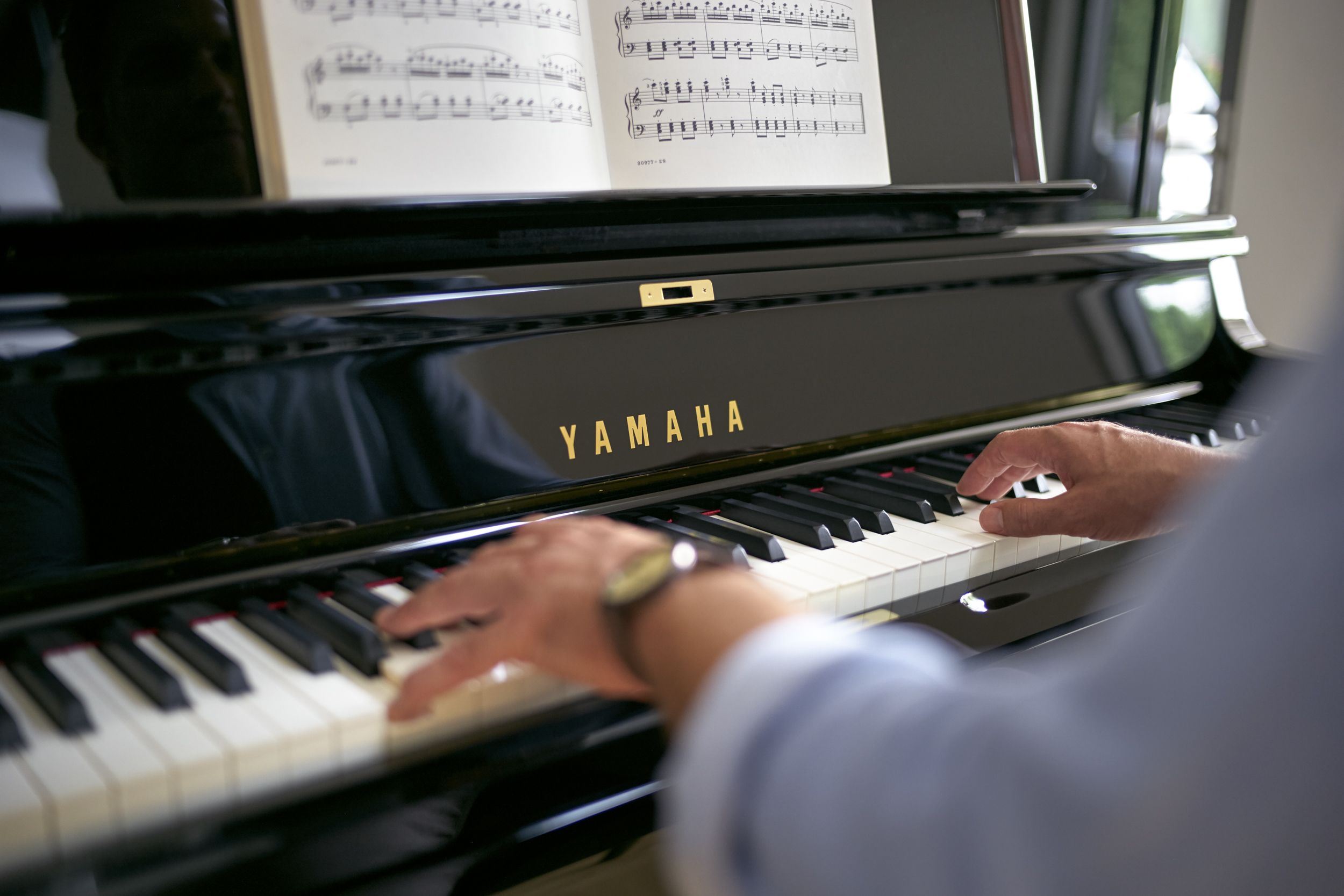



















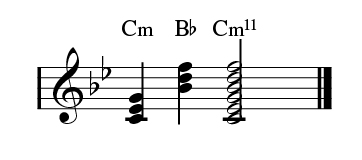
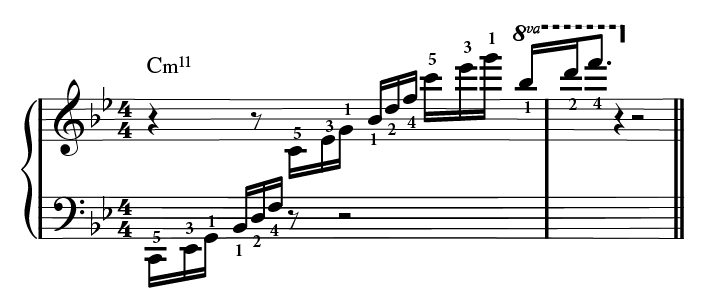
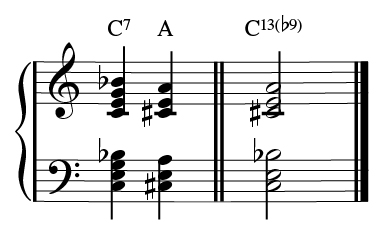

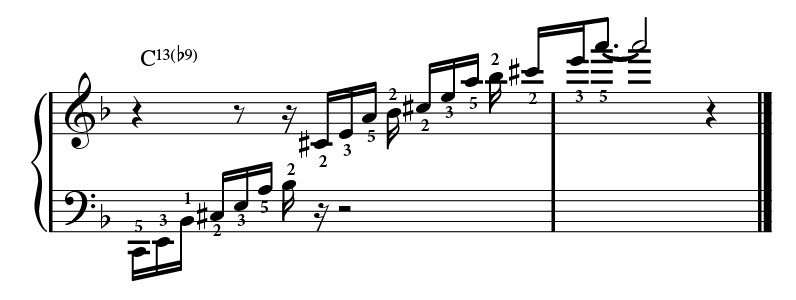
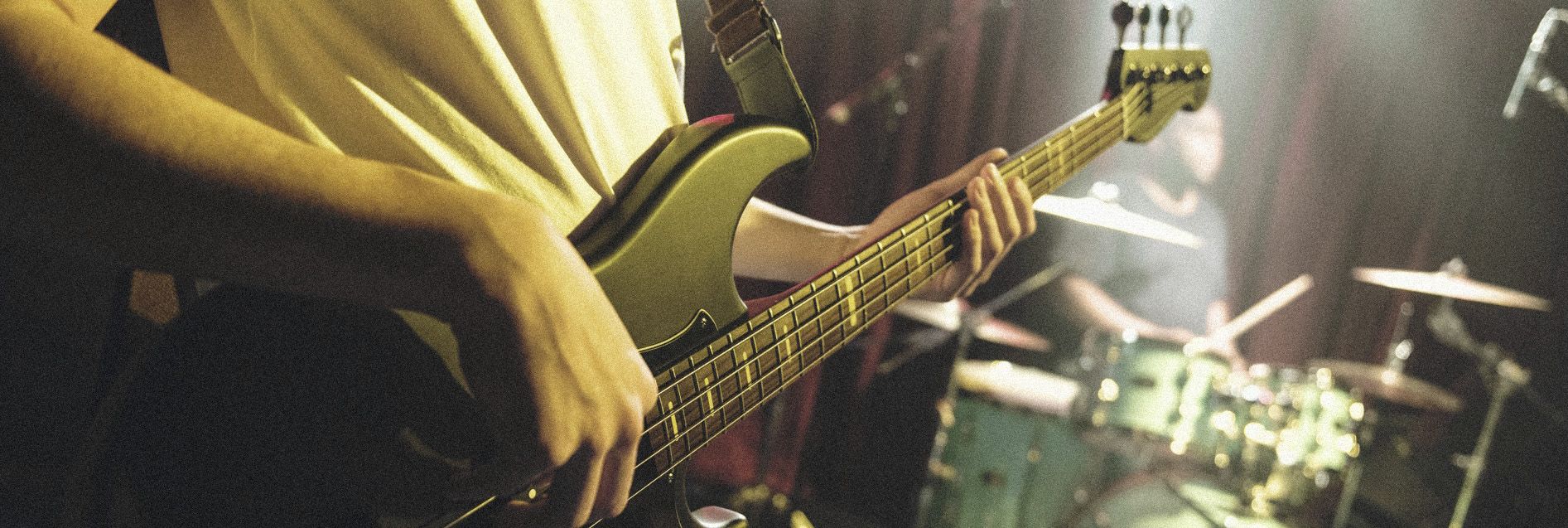


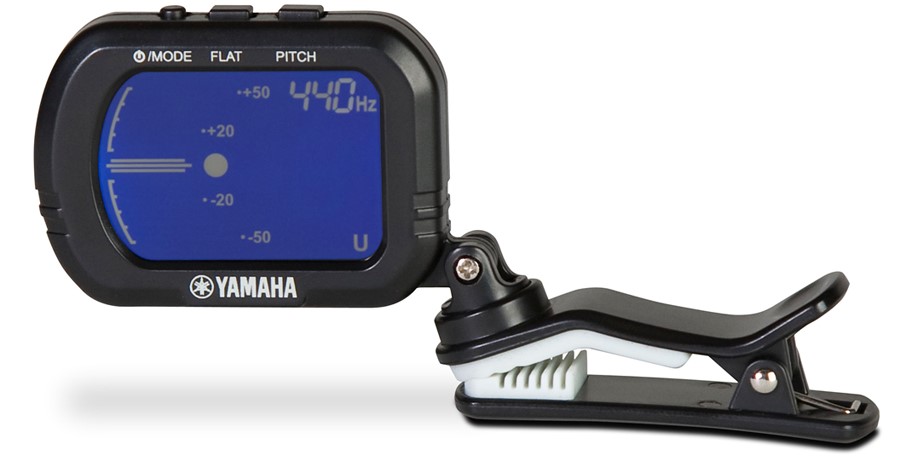
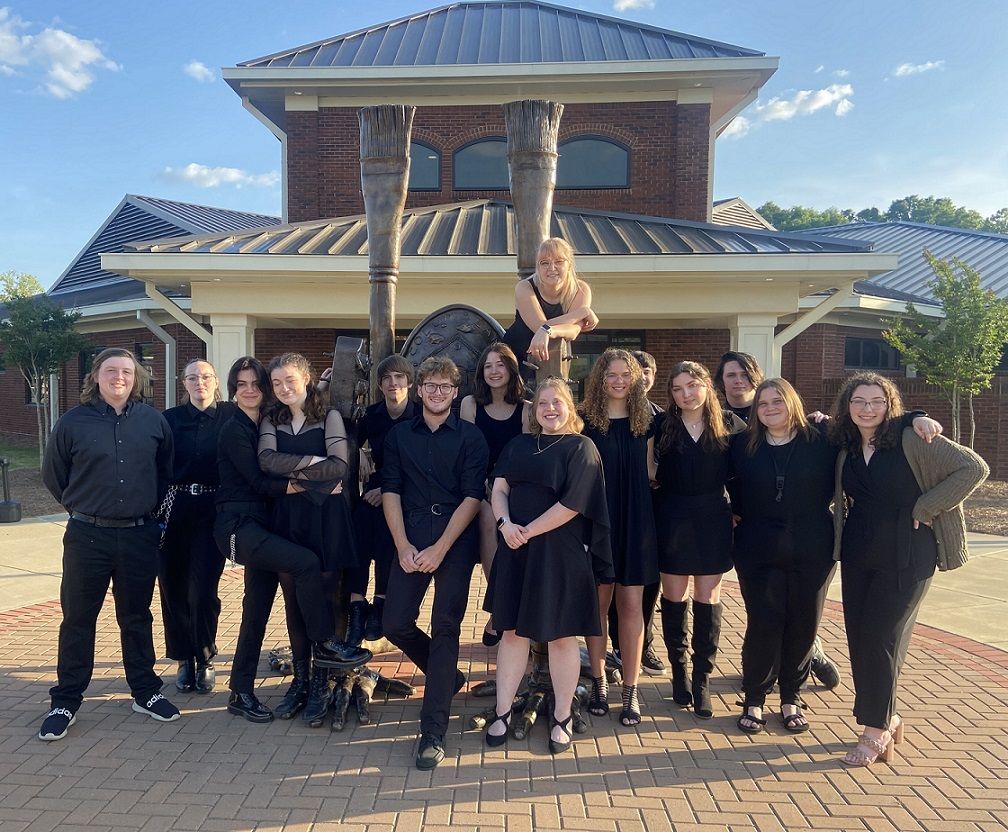
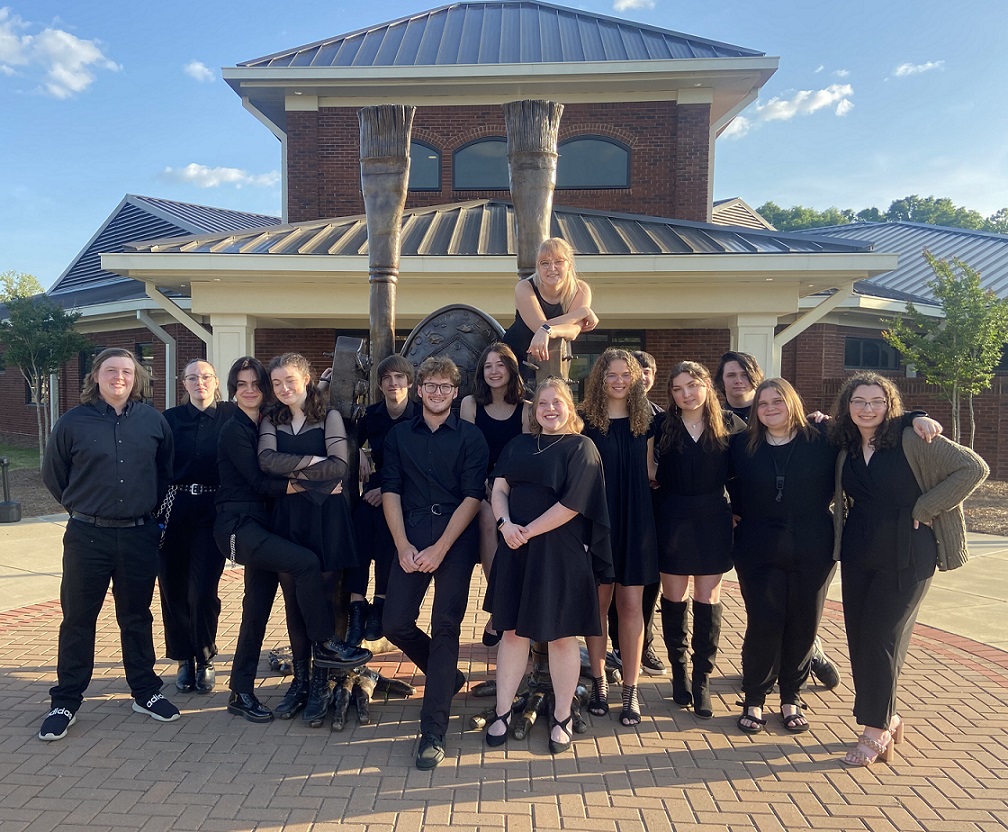 Our first collaboration was within our own school during the 2019-2020 school year. Ashlyn Kuyrkendall, the choral director, and I wanted to put together a big event to open
Our first collaboration was within our own school during the 2019-2020 school year. Ashlyn Kuyrkendall, the choral director, and I wanted to put together a big event to open 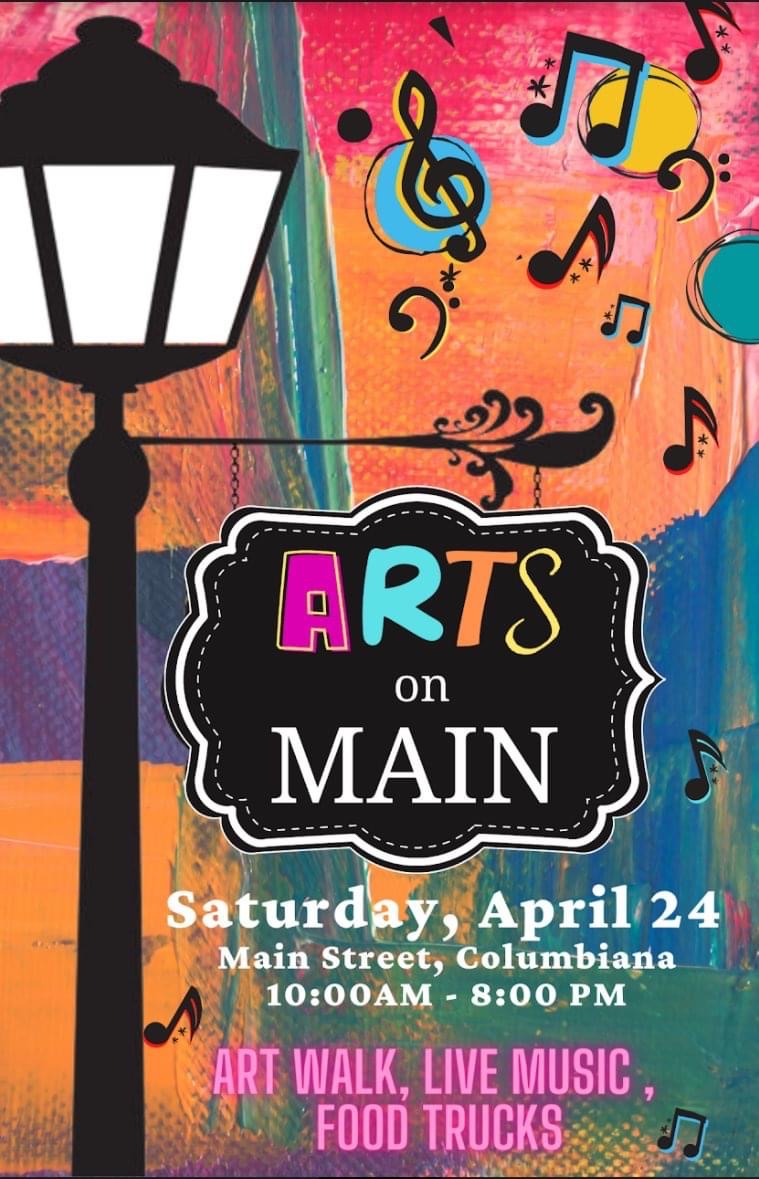 At the end of the 2020-2021 school year, the fine arts teachers at SCHS were approached by our district’s fine arts supervisor about starting an annual end-of-the-school-year arts event in our town. We are not the largest high school in our school system, but we are home to the central office, and Columbiana has a thriving main street, which is part of every quintessential southern town. At first, we were caught off guard because this would be our first big event since the pandemic, but as we started planning, we saw how this event would be great for our community and our school system.
At the end of the 2020-2021 school year, the fine arts teachers at SCHS were approached by our district’s fine arts supervisor about starting an annual end-of-the-school-year arts event in our town. We are not the largest high school in our school system, but we are home to the central office, and Columbiana has a thriving main street, which is part of every quintessential southern town. At first, we were caught off guard because this would be our first big event since the pandemic, but as we started planning, we saw how this event would be great for our community and our school system. The second year of the event in 2021-2022 brought more challenges. This time, the arts center was completely booked, so we were only able to use our main street area. We revamped our event with some changes that really made the event shine. First, we moved the two performance stages to each end of Main Street. This created a corridor and centralized the focus of the event. The previous year, one stage was on the street and the other was around the block at the arts center. Although this allowed for a bigger footprint, the spread-out nature of the event seemed to create less of a buzz.
The second year of the event in 2021-2022 brought more challenges. This time, the arts center was completely booked, so we were only able to use our main street area. We revamped our event with some changes that really made the event shine. First, we moved the two performance stages to each end of Main Street. This created a corridor and centralized the focus of the event. The previous year, one stage was on the street and the other was around the block at the arts center. Although this allowed for a bigger footprint, the spread-out nature of the event seemed to create less of a buzz.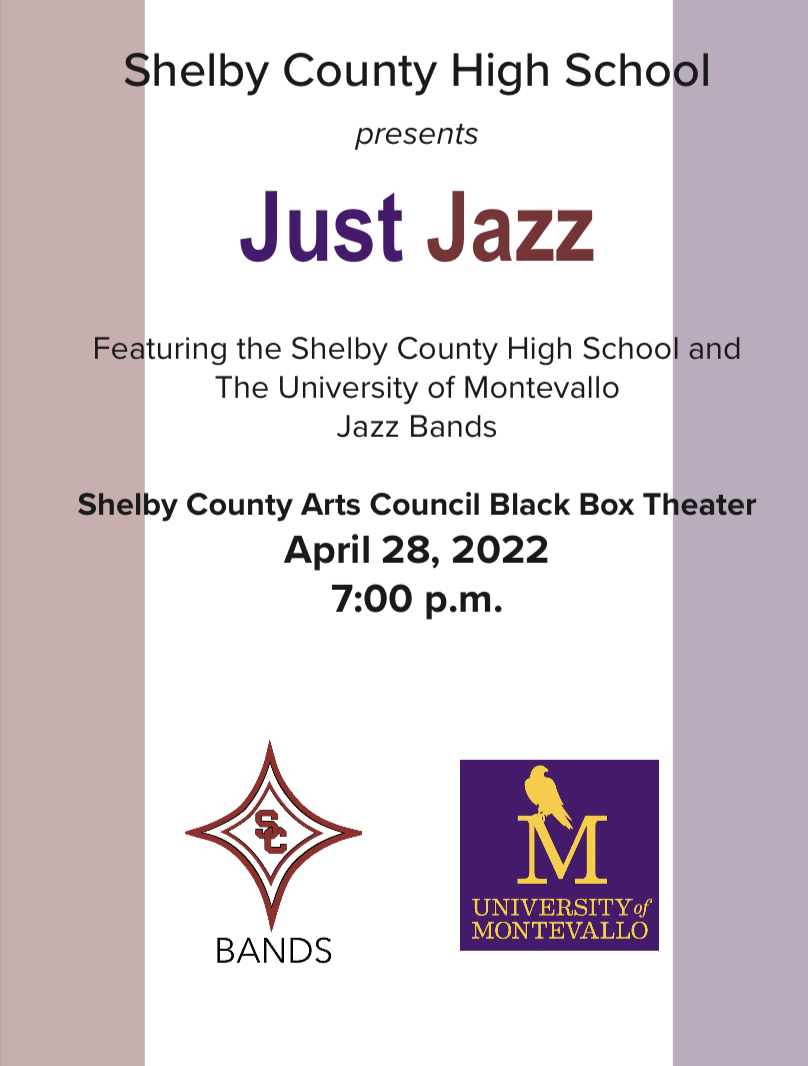 Montevallo has a very successful band program, and the director,
Montevallo has a very successful band program, and the director, 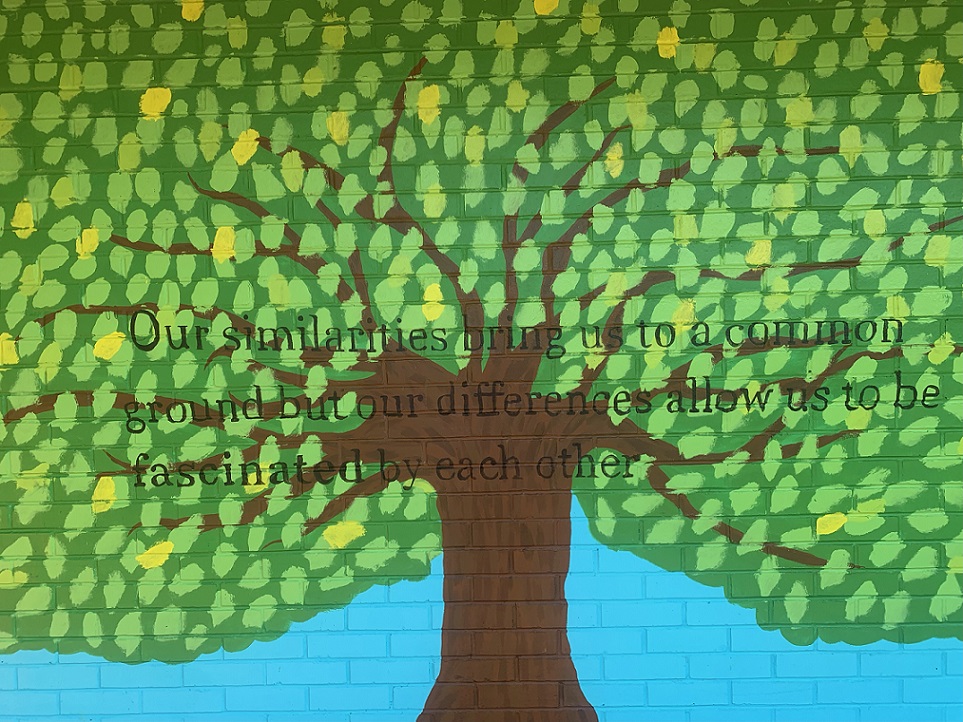 The idea for the mural came last summer, when the band went to the back of the practice field where a giant oak tree was located. I noticed that the tree had sustained some damage, probably when a tornado came through the town in 2021 and destroyed several homes. I told the students that the tree represented our band program. We might take shots to the exterior, but our roots and interior are strong.
The idea for the mural came last summer, when the band went to the back of the practice field where a giant oak tree was located. I noticed that the tree had sustained some damage, probably when a tornado came through the town in 2021 and destroyed several homes. I told the students that the tree represented our band program. We might take shots to the exterior, but our roots and interior are strong.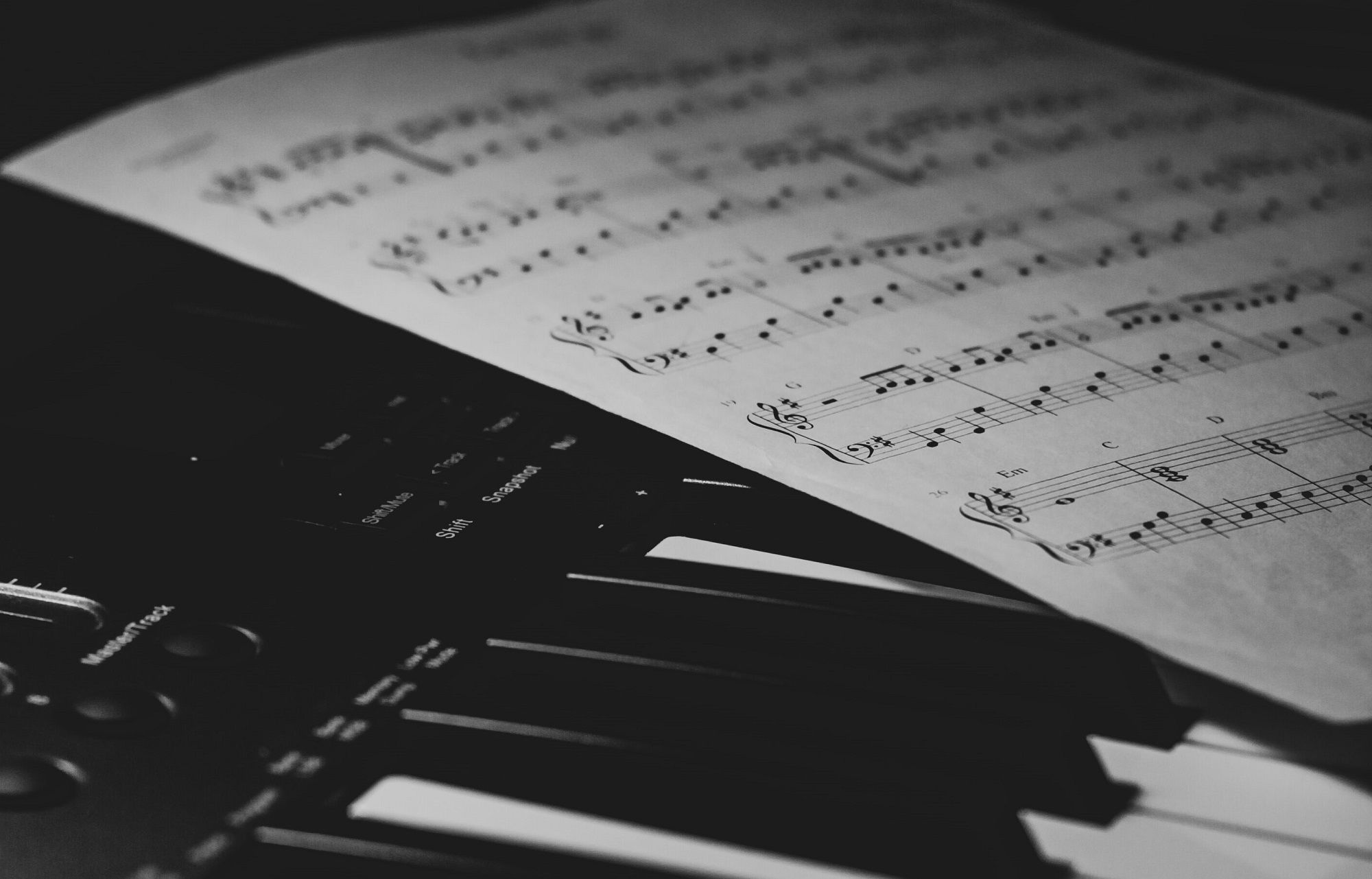
 Turkish composer and musicologist, Ahmet Saygun (1907-1991), is known for blending Turkish folk songs with the sounds of the West. Perhaps you’ve heard of “
Turkish composer and musicologist, Ahmet Saygun (1907-1991), is known for blending Turkish folk songs with the sounds of the West. Perhaps you’ve heard of “ Liza Lehmann (1862-1918), a soprano vocalist and composer, was born in London to a German painter father and music teacher and composer mother. She is believed to be the first woman to have been commissioned to write a musical comedy. Her performing career lasted well over a decade, then she began songwriting and composing.
Liza Lehmann (1862-1918), a soprano vocalist and composer, was born in London to a German painter father and music teacher and composer mother. She is believed to be the first woman to have been commissioned to write a musical comedy. Her performing career lasted well over a decade, then she began songwriting and composing. Étienne Nicolas Mehul (1763-1817) was dubbed “the most important opera composer in France during the Revolution.” He was a member of the French Symphonic School of music, and according to
Étienne Nicolas Mehul (1763-1817) was dubbed “the most important opera composer in France during the Revolution.” He was a member of the French Symphonic School of music, and according to  Although Paul Ben-Haim (1897-1984) is a composer known for his Israeli/fusion classical pieces, he was born in Munich, Germany. He studied with
Although Paul Ben-Haim (1897-1984) is a composer known for his Israeli/fusion classical pieces, he was born in Munich, Germany. He studied with  While Czech composer Leoš Janáček (1854-1828) is considered a household name amongst classical musicians, most non-musicians haven’t heard of him. He was devoted to studying folklore and folk music, which he collected extensively.
While Czech composer Leoš Janáček (1854-1828) is considered a household name amongst classical musicians, most non-musicians haven’t heard of him. He was devoted to studying folklore and folk music, which he collected extensively.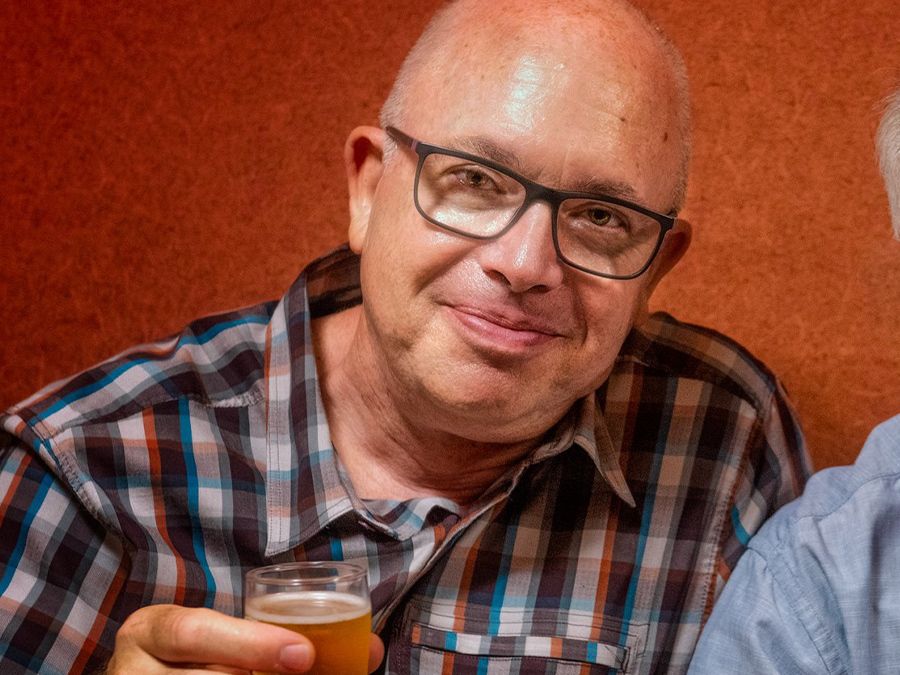
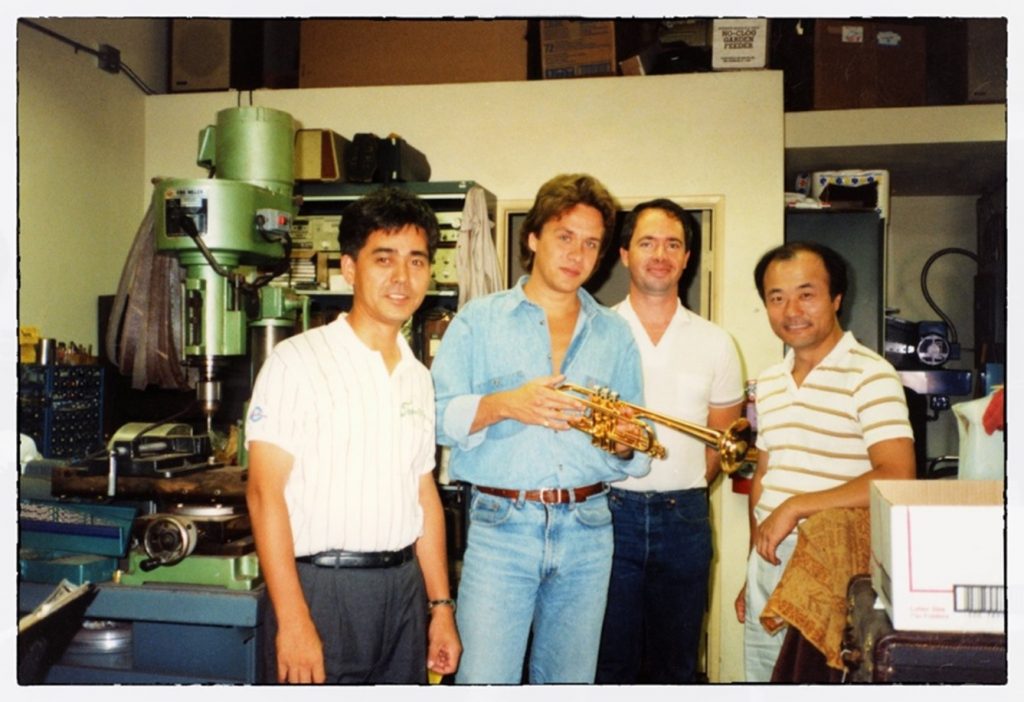
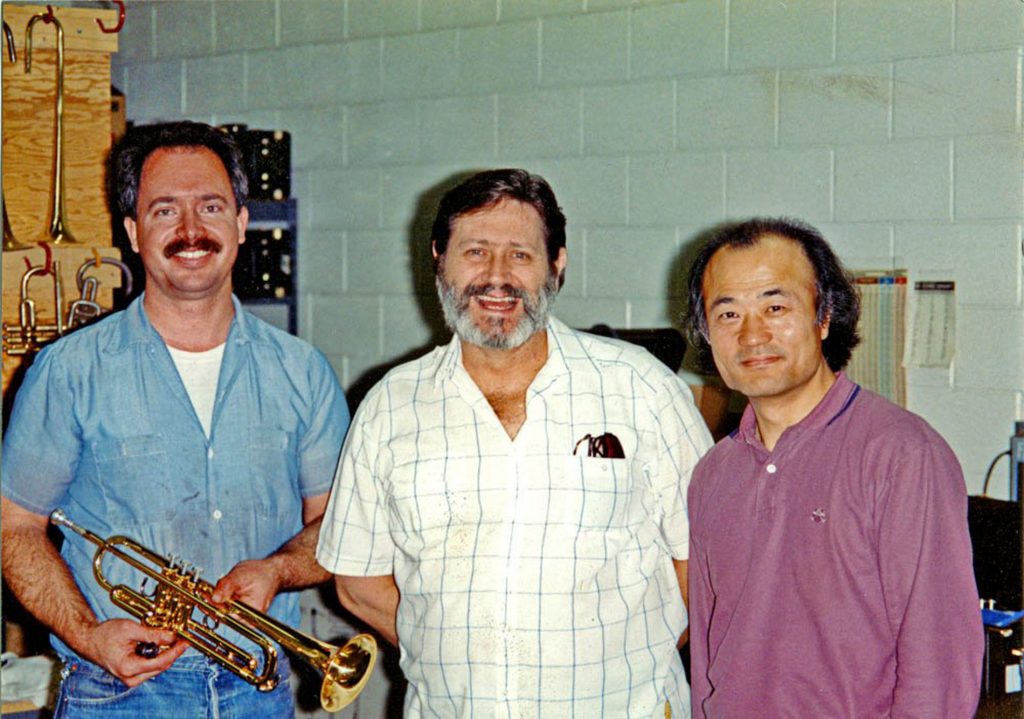

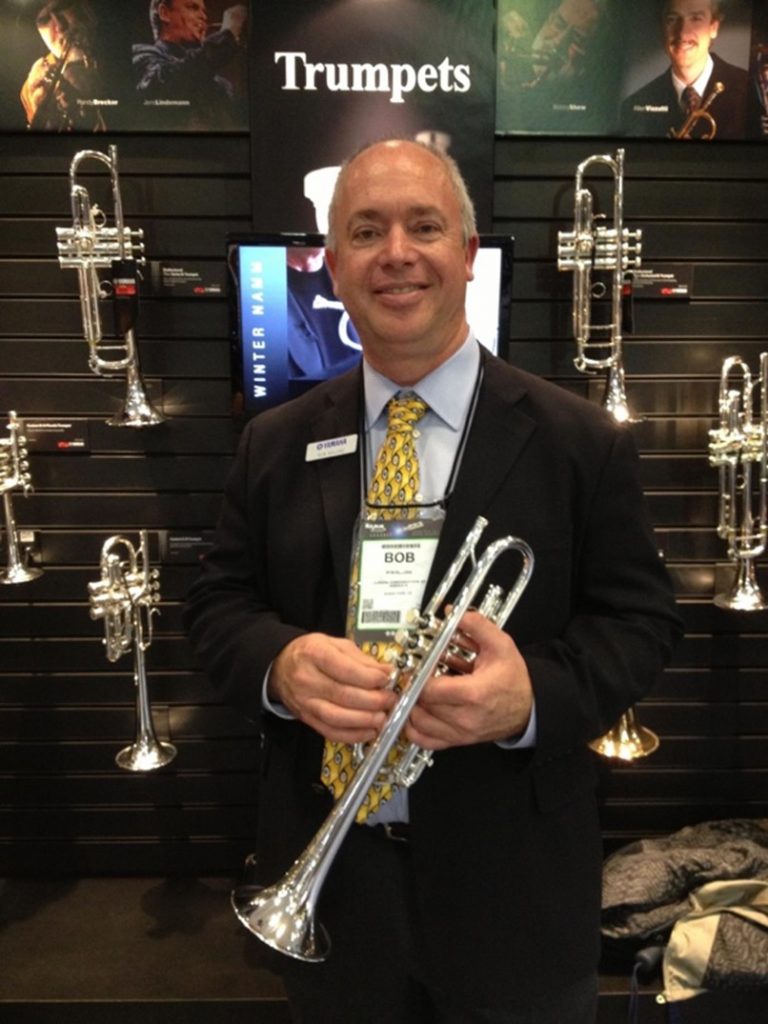

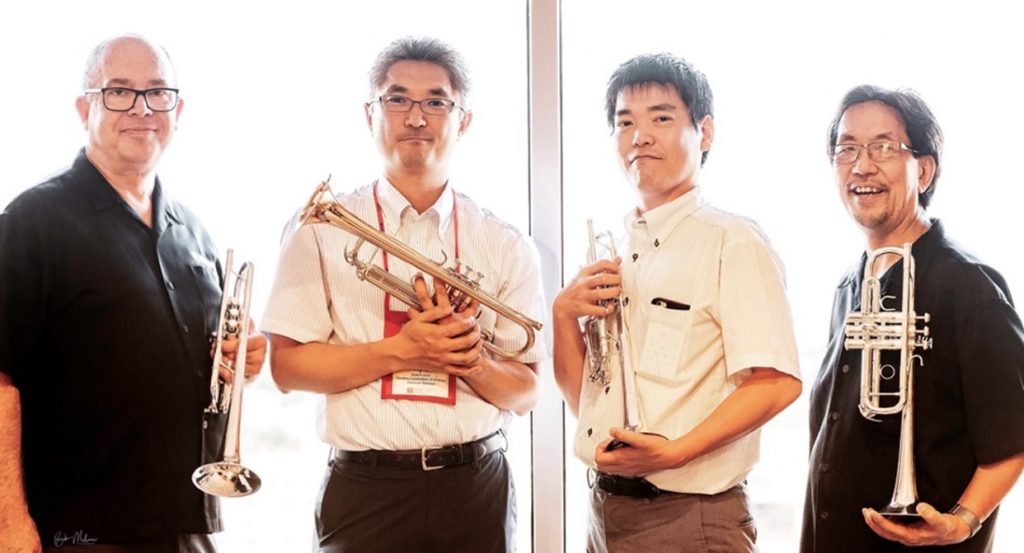
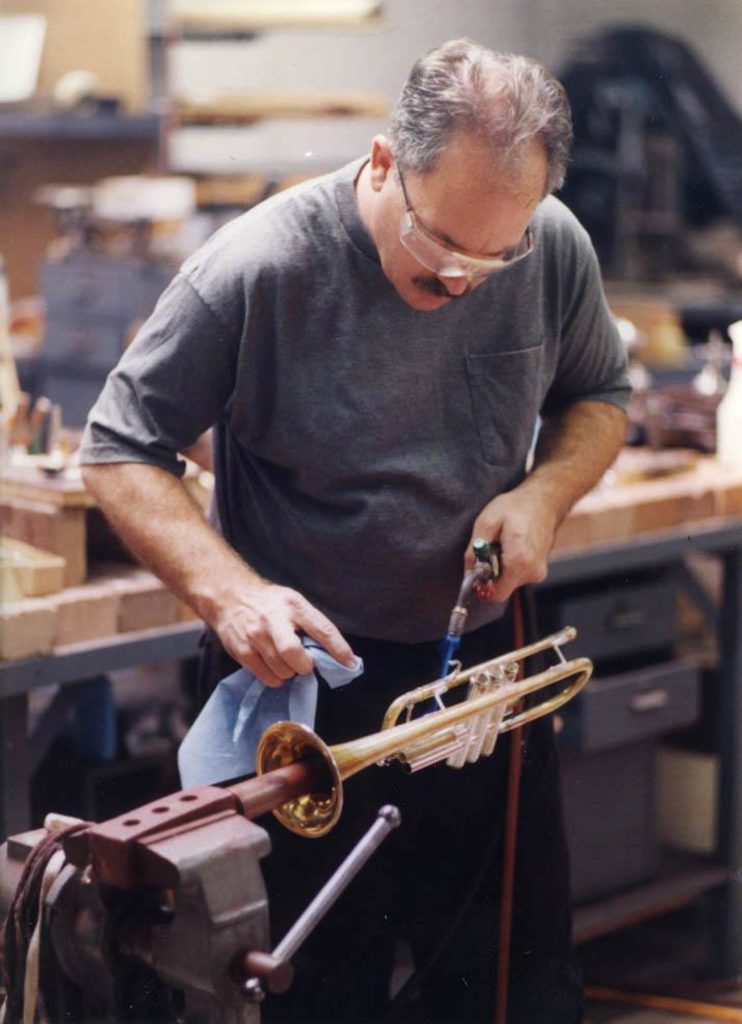
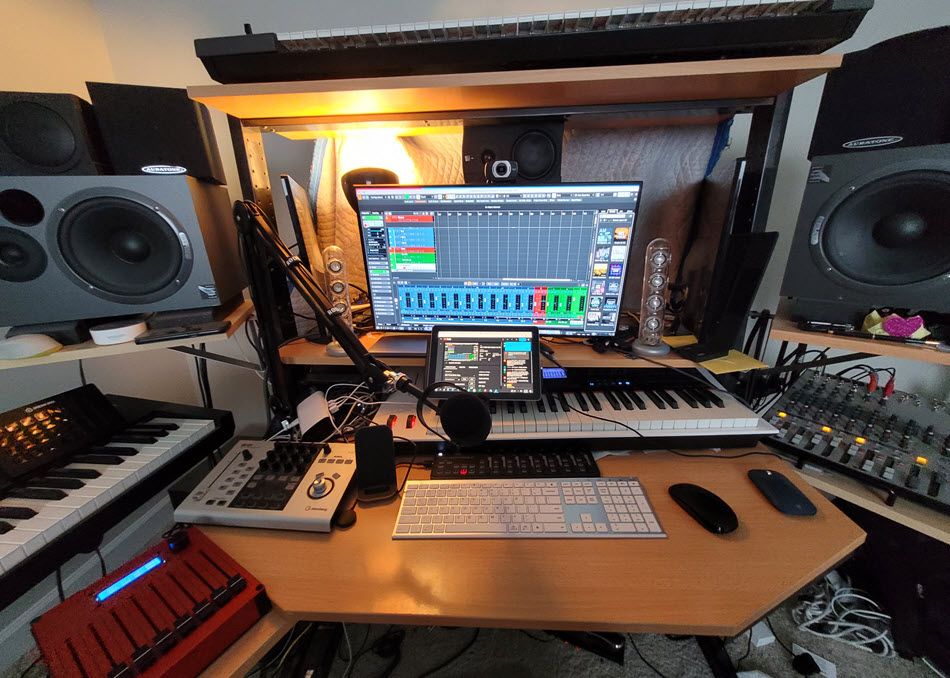
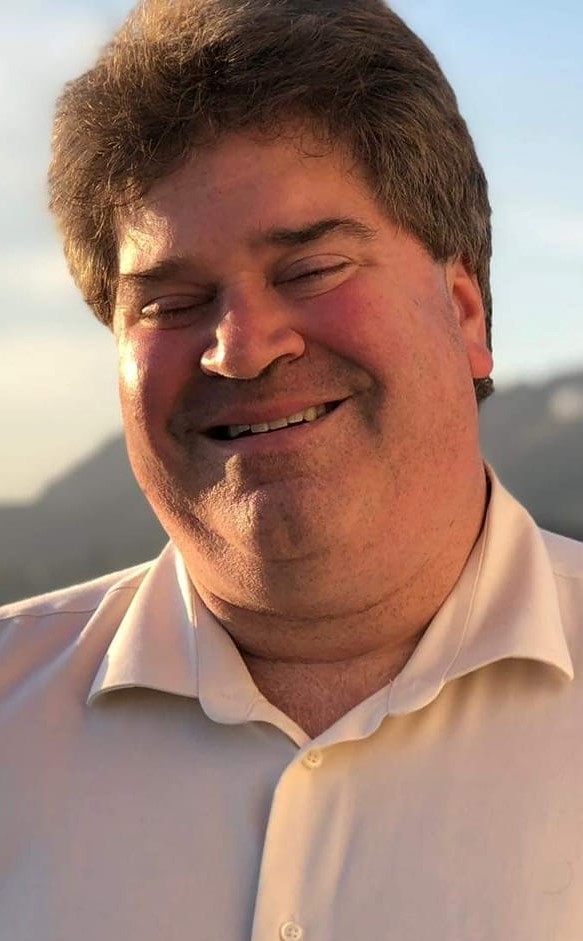
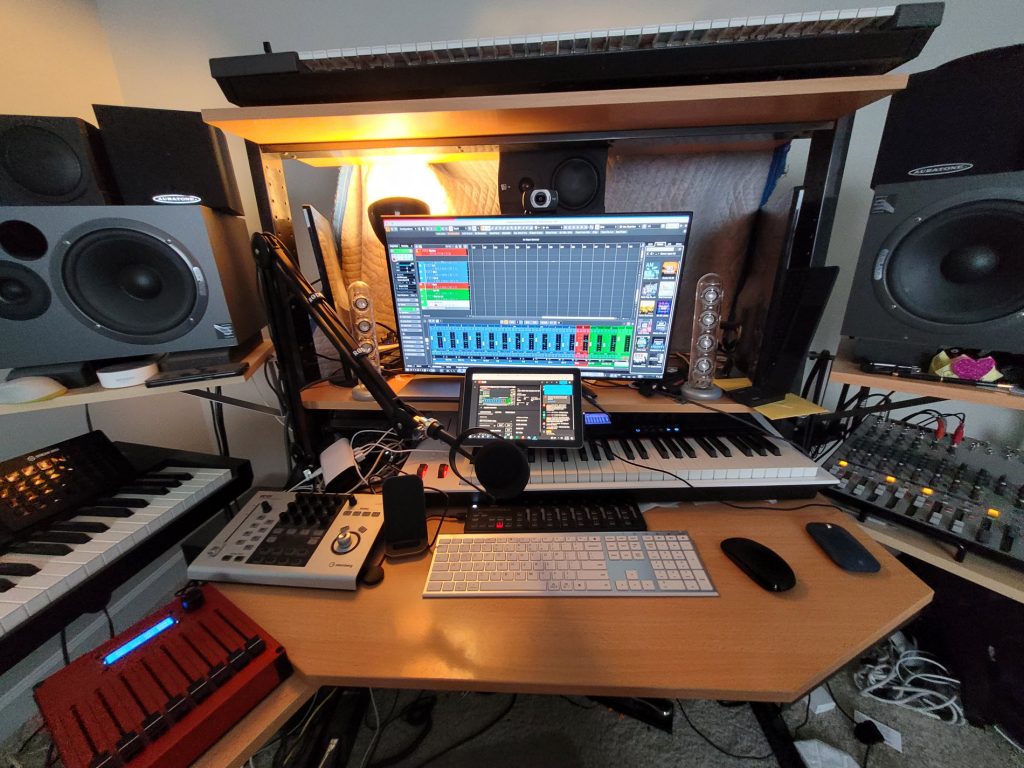

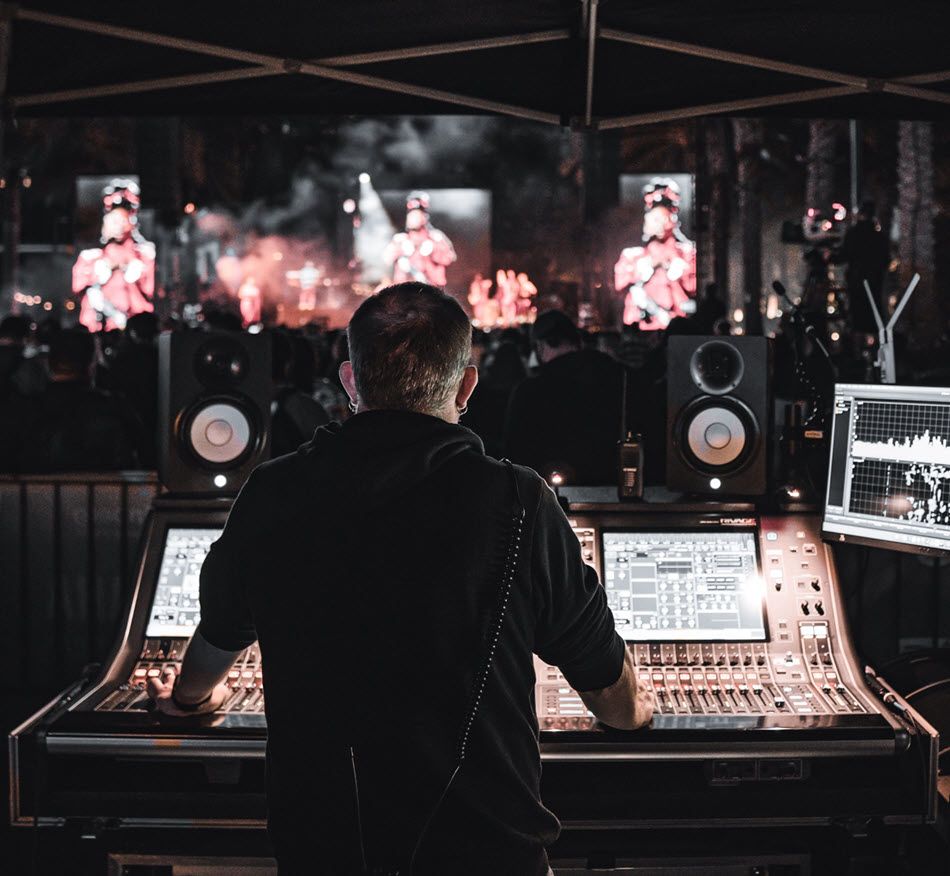
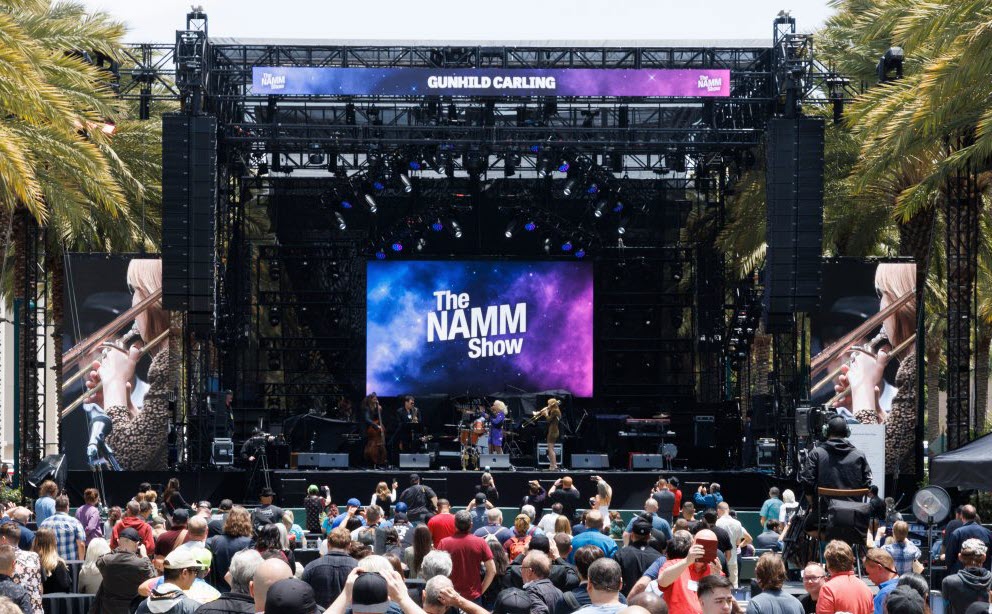
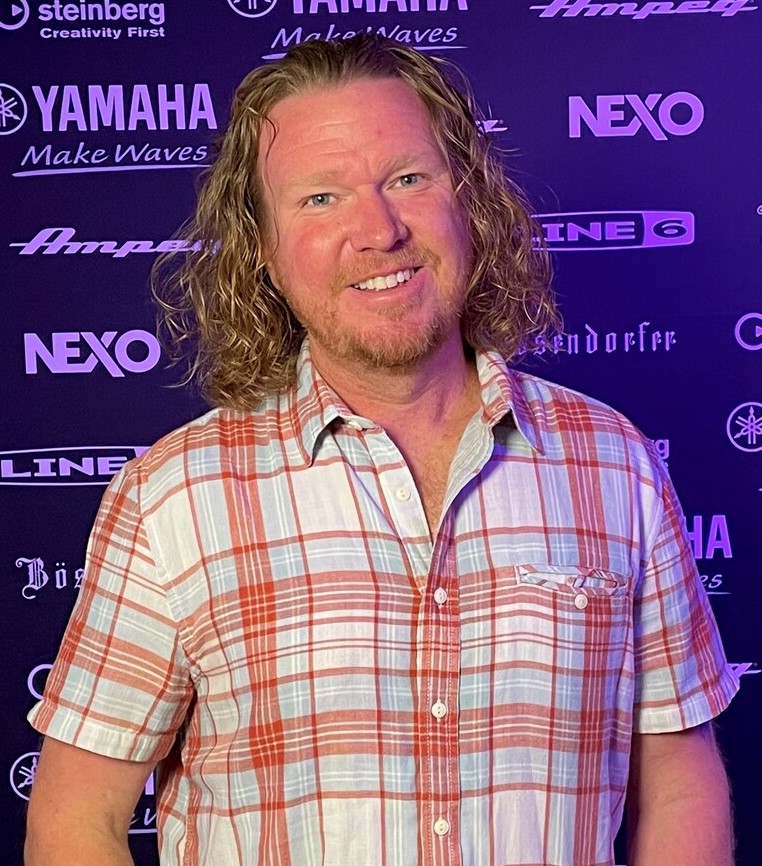
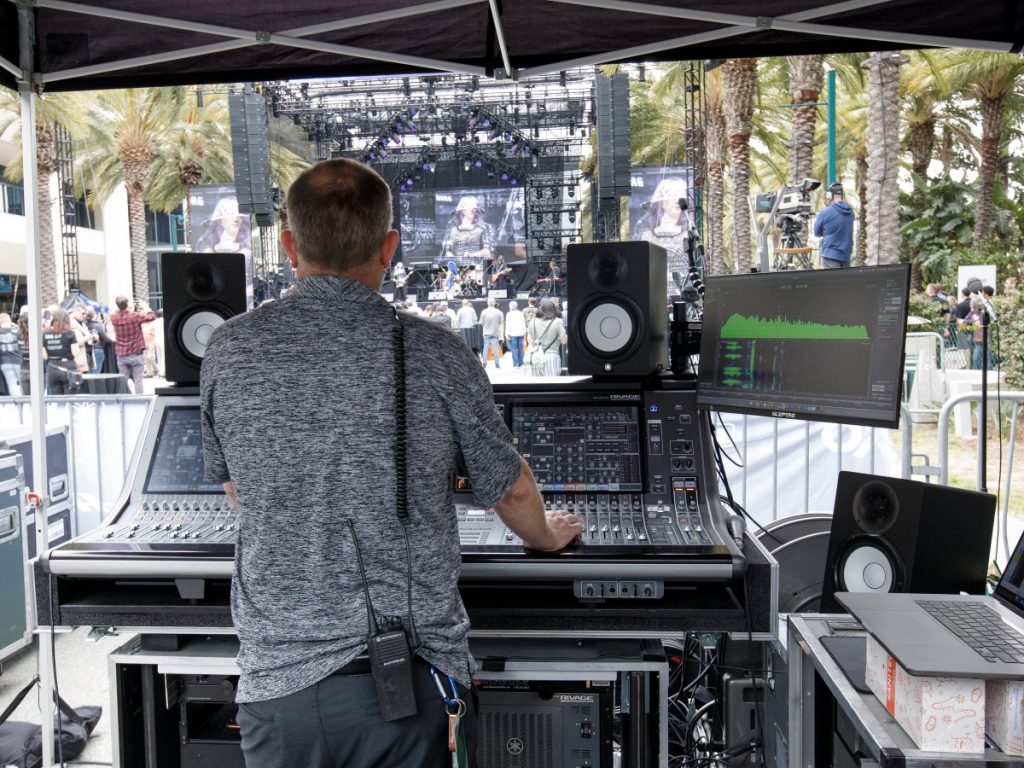
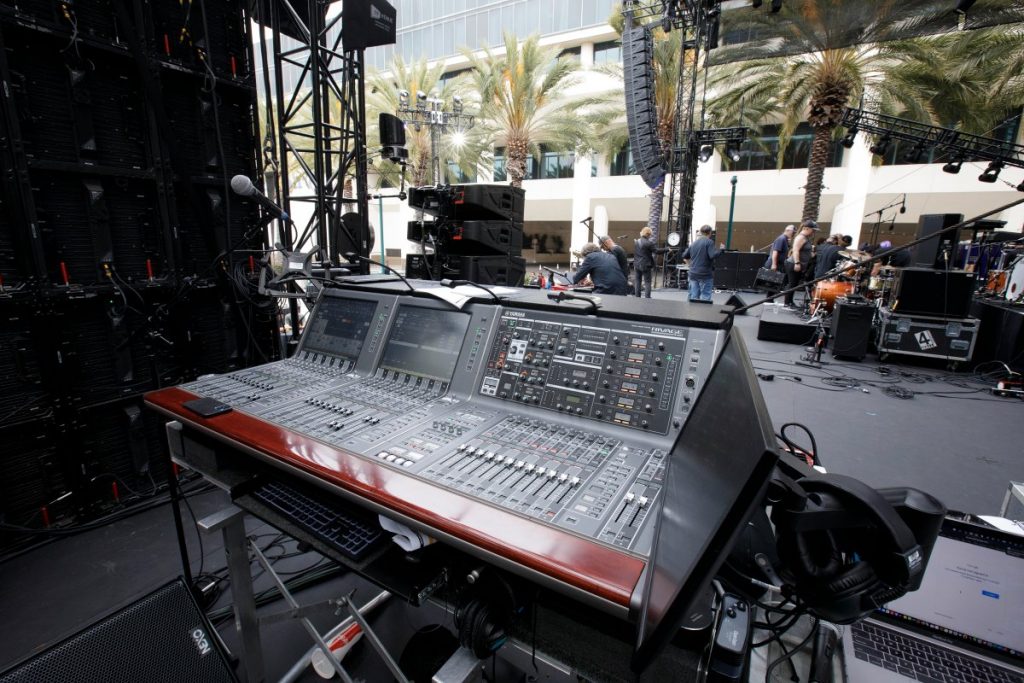
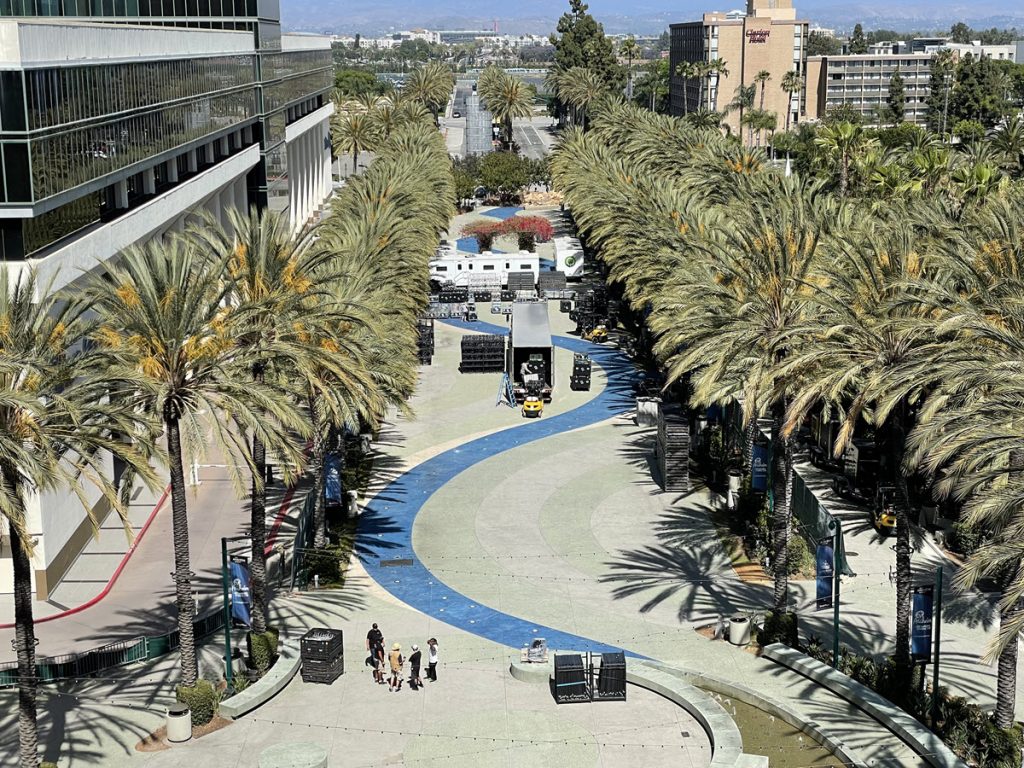
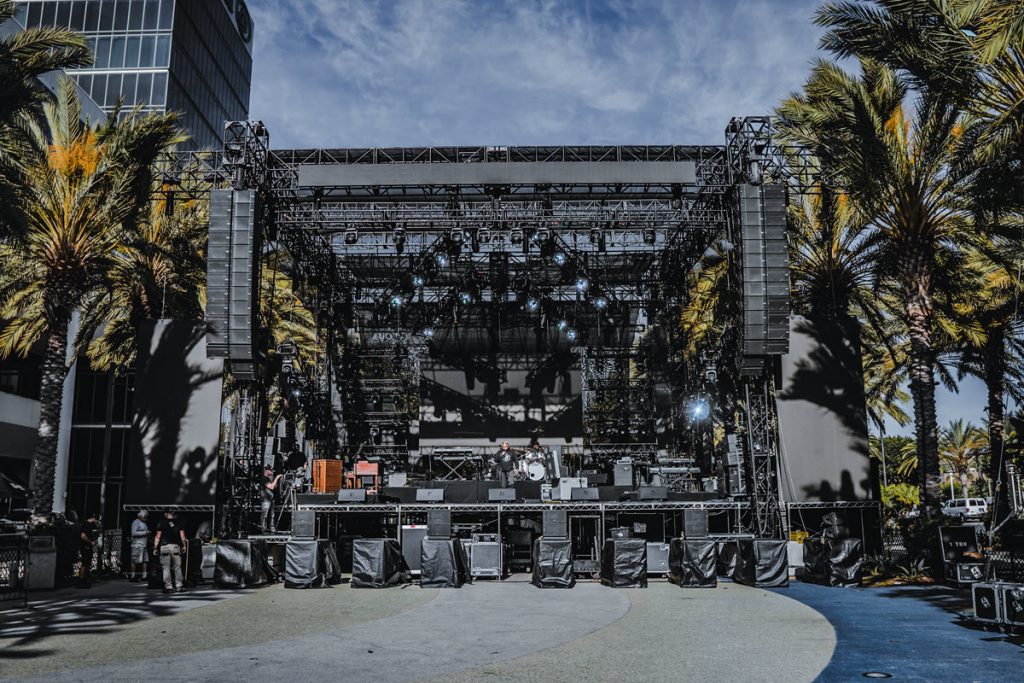
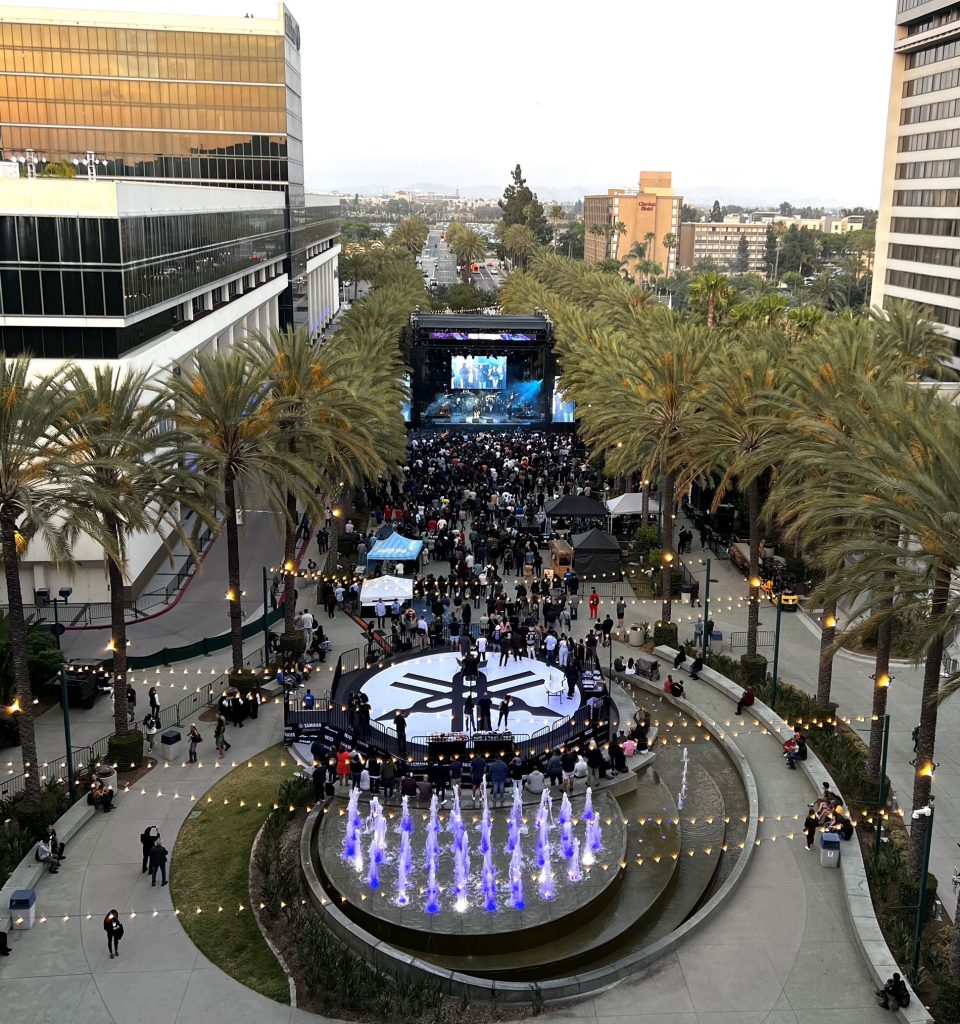
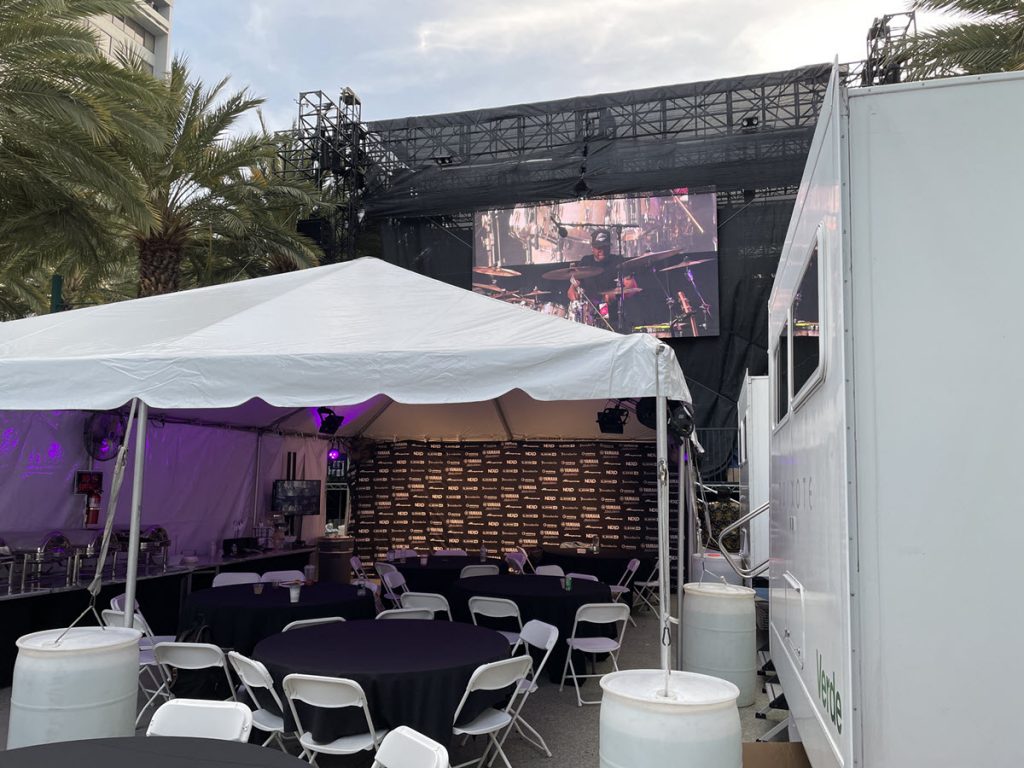
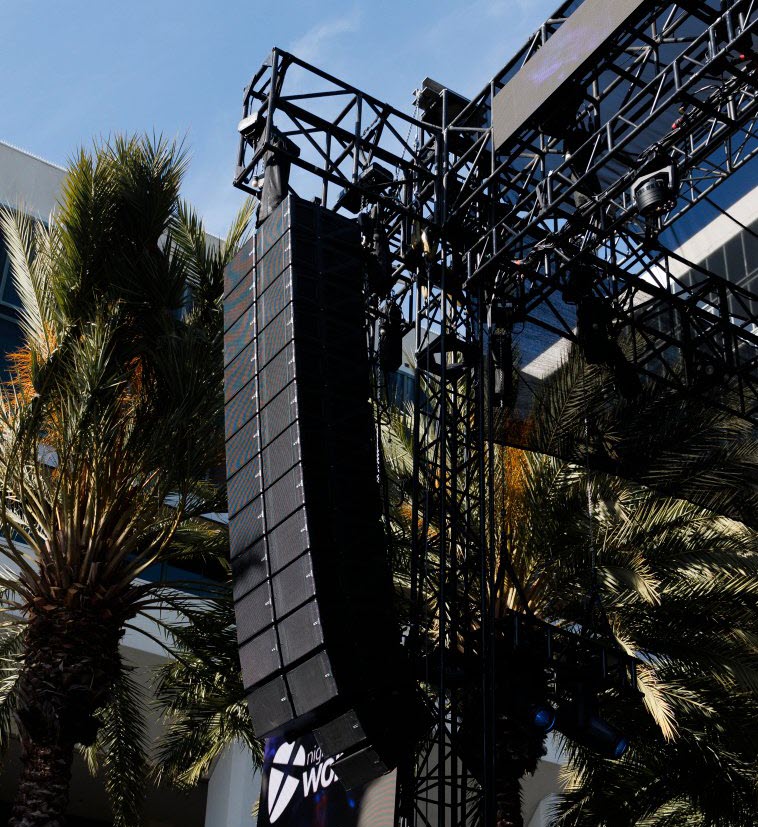
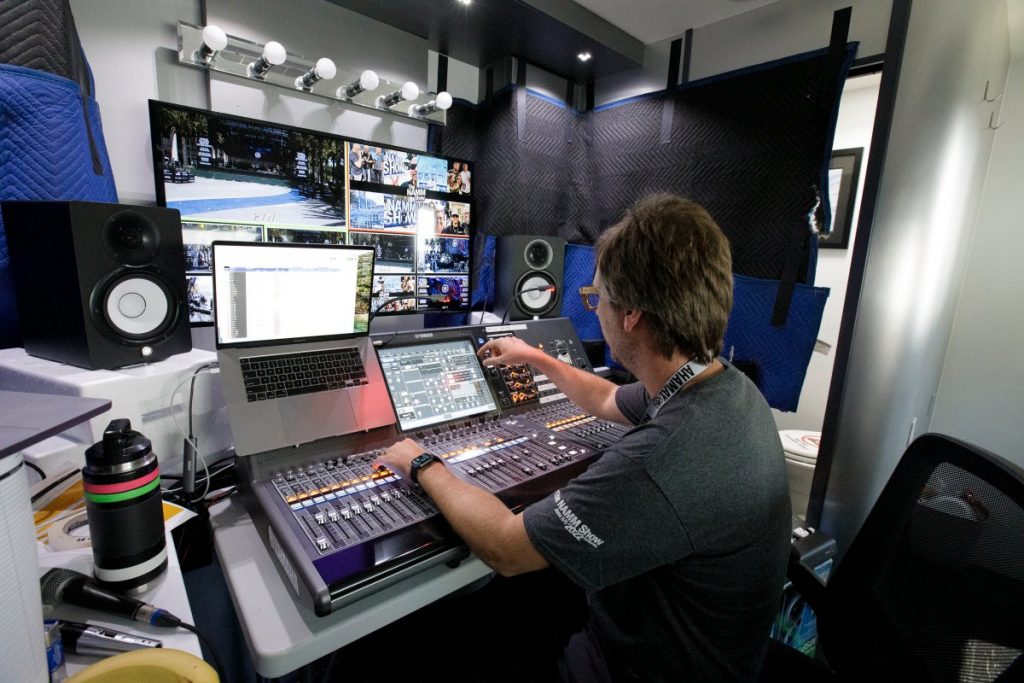
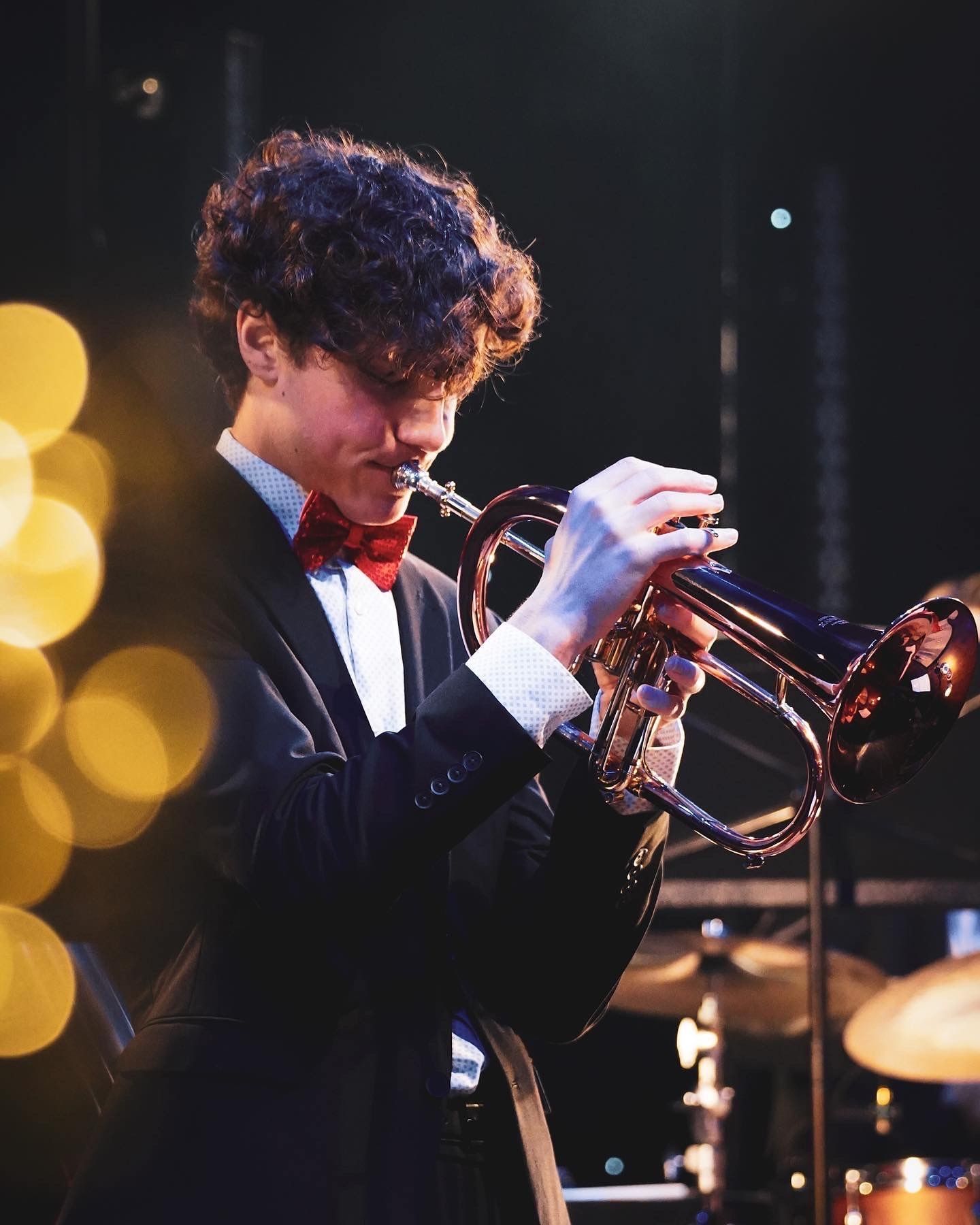

 “The most important thing is choosing the appropriate music for your group,” Lowe says.
“The most important thing is choosing the appropriate music for your group,” Lowe says.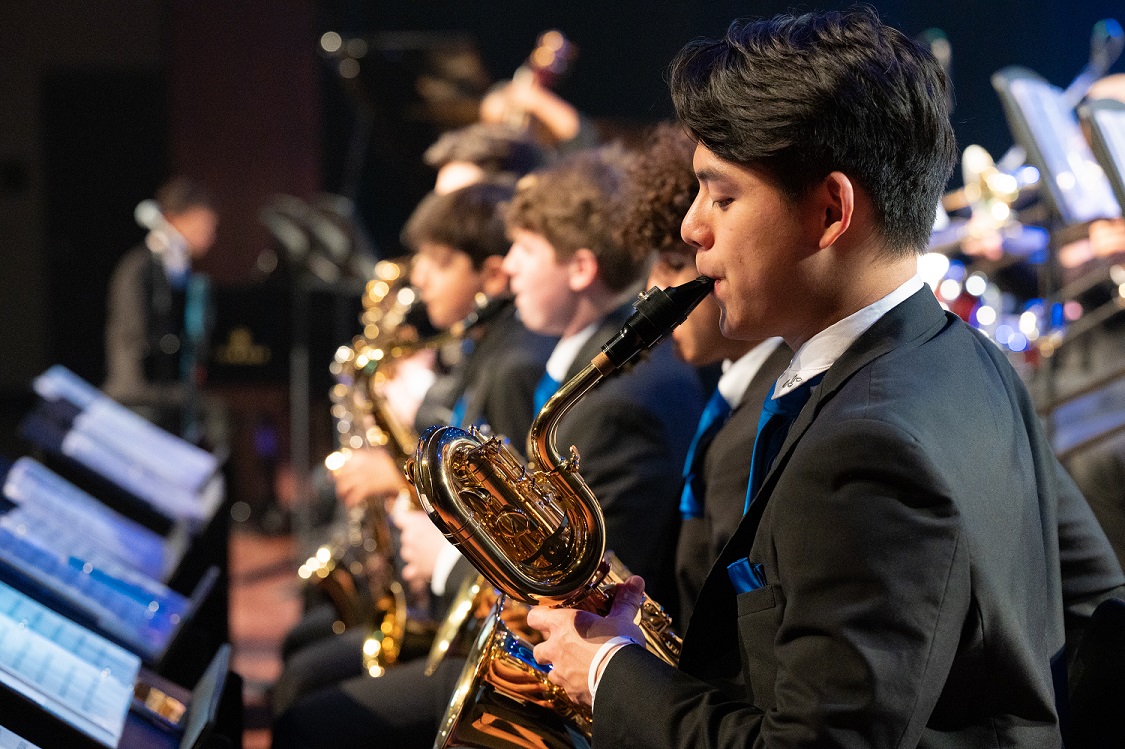 Reaching out to other band directors who have a thriving jazz program or local jazz musicians “can be very valuable, especially for high school jazz bands,” Lowe says.
Reaching out to other band directors who have a thriving jazz program or local jazz musicians “can be very valuable, especially for high school jazz bands,” Lowe says. He picked their brains about music selections and ways to teach the many different genres of jazz. Lowe also asked local professionals to work with his entire band or to take a sectional out and focus on a small group of students. This was a great way for him to get plugged into the local band community, and it allowed his students at TKA to hear from a variety of instructors.
He picked their brains about music selections and ways to teach the many different genres of jazz. Lowe also asked local professionals to work with his entire band or to take a sectional out and focus on a small group of students. This was a great way for him to get plugged into the local band community, and it allowed his students at TKA to hear from a variety of instructors.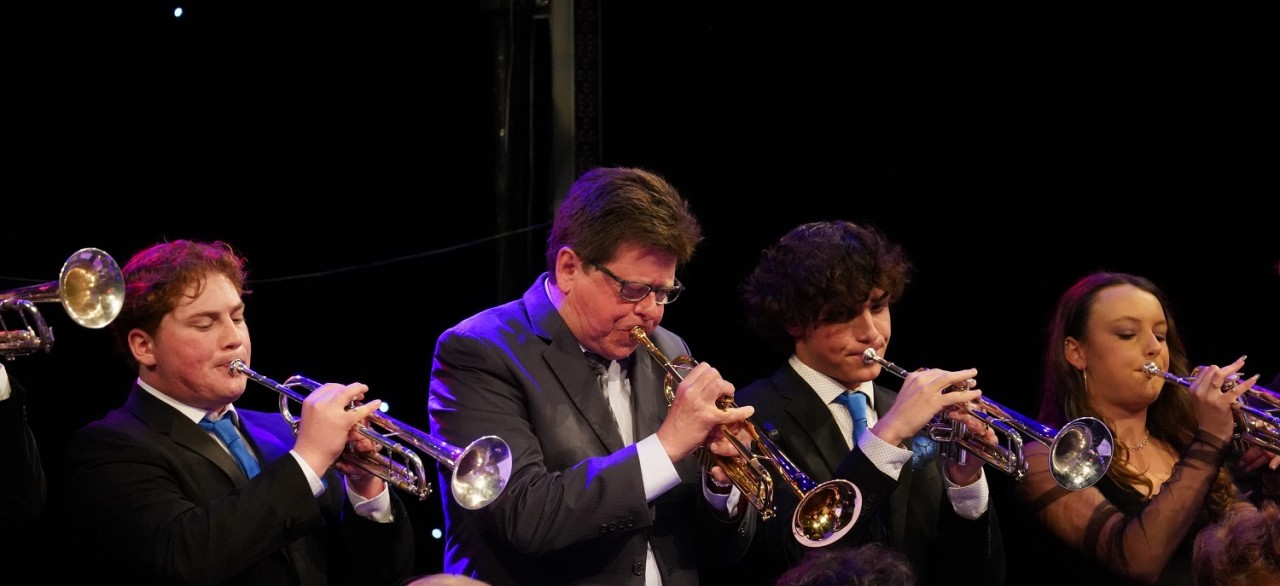 Lowe has found success producing an annual Night of Jazz that features guest artists, such as the late drummer
Lowe has found success producing an annual Night of Jazz that features guest artists, such as the late drummer 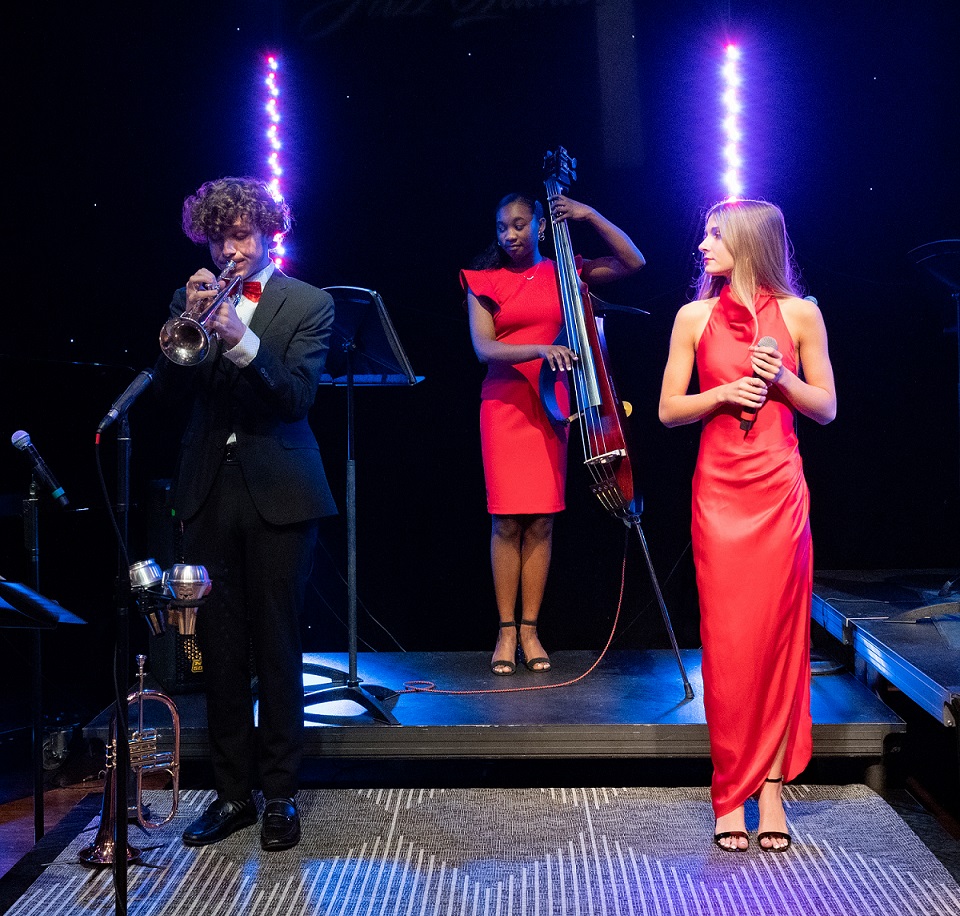 “The more you can take jazz to your community, the more people will rally behind your program,” Lowe says. “Jazz is so accessible, especially for the older generation, and it’s the perfect opportunity to take your band and perform at downtown marketplaces, retirement communities and 55+ communities that are looking for entertainment.”
“The more you can take jazz to your community, the more people will rally behind your program,” Lowe says. “Jazz is so accessible, especially for the older generation, and it’s the perfect opportunity to take your band and perform at downtown marketplaces, retirement communities and 55+ communities that are looking for entertainment.”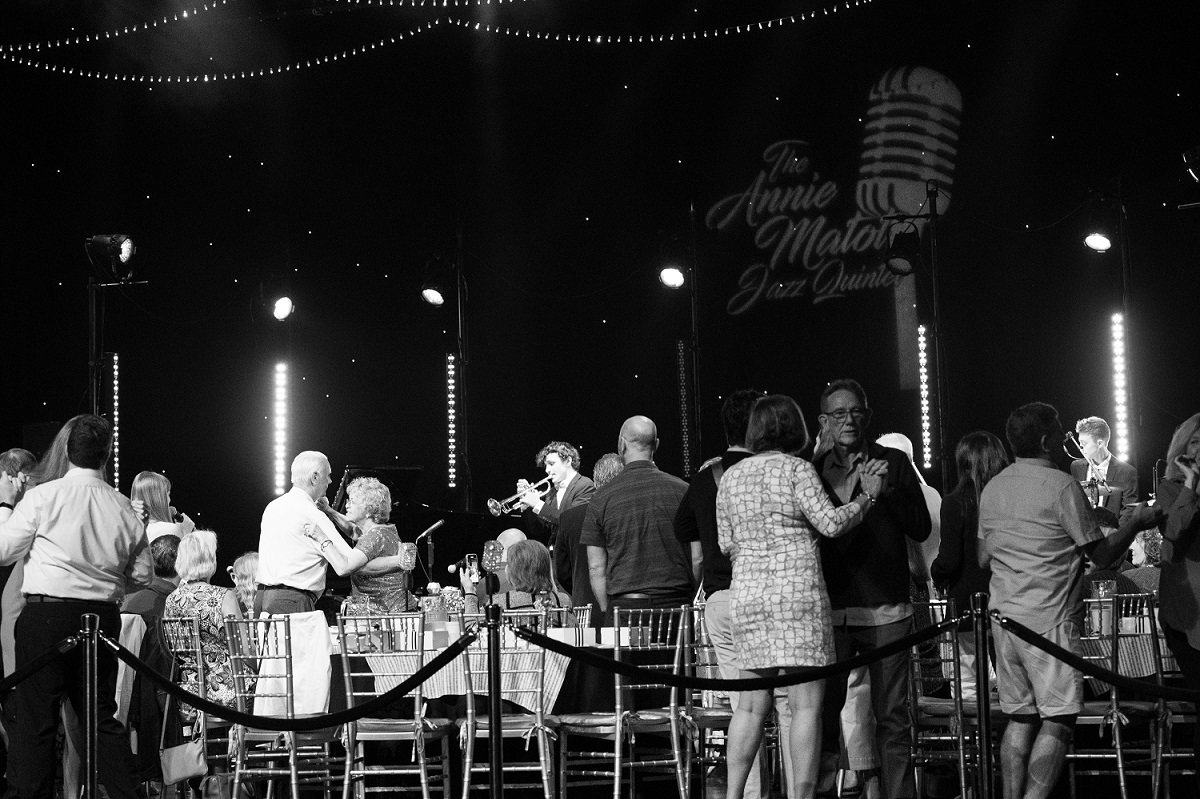 “This is a great example of being flexible and finding different avenues for students to showcase their hard work, especially if the students are super talented,” Lowe says.
“This is a great example of being flexible and finding different avenues for students to showcase their hard work, especially if the students are super talented,” Lowe says.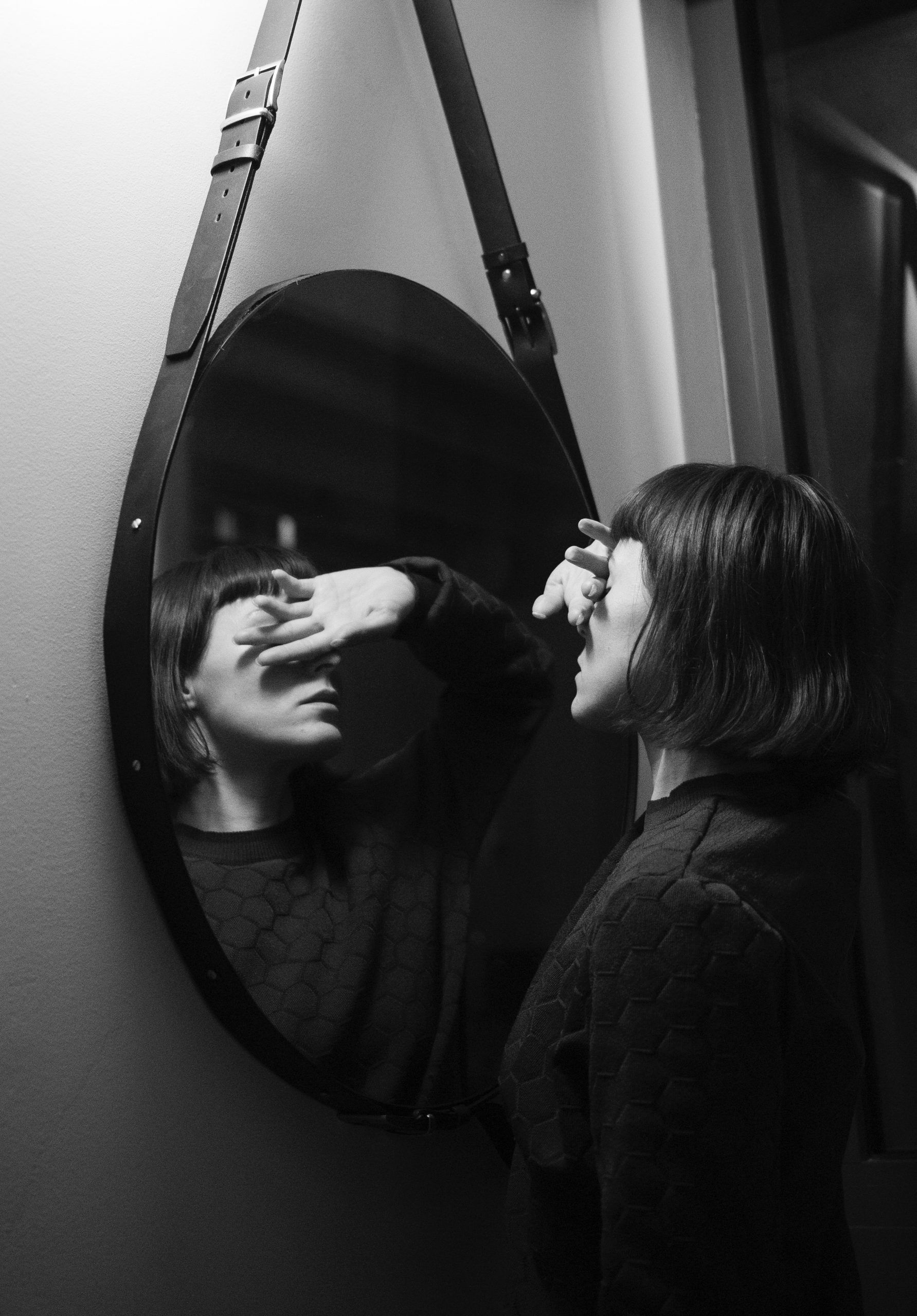
 I learned these lessons the hard way.
I learned these lessons the hard way. How often have you been told “Job well done” or “Great work” after a concert or event, and you immediately give the credit to everyone else (or the ever-popular, “The kids worked so hard!”)?
How often have you been told “Job well done” or “Great work” after a concert or event, and you immediately give the credit to everyone else (or the ever-popular, “The kids worked so hard!”)? In my case, I label my strengths as “green lights.” These are the things that I am naturally good at or worked incredibly hard at. Traits and characteristics in the green category would include connecting with students, writing, playing my instrument, project management and consistency.
In my case, I label my strengths as “green lights.” These are the things that I am naturally good at or worked incredibly hard at. Traits and characteristics in the green category would include connecting with students, writing, playing my instrument, project management and consistency. Yes, she still gets upset and frustrated, but this does not stop her from finding a solution to the problems that come up. Furthermore, she goes into these events expecting some issues to happen. She is mentally prepared to address surprises and solve problems. If nothing happens, that’s a bonus! Nothing is perfect, and when we expect perfection, we can easily go into a downward spiral that isn’t good for anyone. Things happen, and we can choose to either react or leave it alone.
Yes, she still gets upset and frustrated, but this does not stop her from finding a solution to the problems that come up. Furthermore, she goes into these events expecting some issues to happen. She is mentally prepared to address surprises and solve problems. If nothing happens, that’s a bonus! Nothing is perfect, and when we expect perfection, we can easily go into a downward spiral that isn’t good for anyone. Things happen, and we can choose to either react or leave it alone. I grew up an hour outside of Chicago in the ‘90s, during the Chicago Bulls’ six championships. A lot of my childhood was spent adoring the starting lineup of the Bulls and despising any team that wasn’t them. A famous opponent of the Bulls was Charles Barkley of the Phoenix Suns. In a controversial
I grew up an hour outside of Chicago in the ‘90s, during the Chicago Bulls’ six championships. A lot of my childhood was spent adoring the starting lineup of the Bulls and despising any team that wasn’t them. A famous opponent of the Bulls was Charles Barkley of the Phoenix Suns. In a controversial 


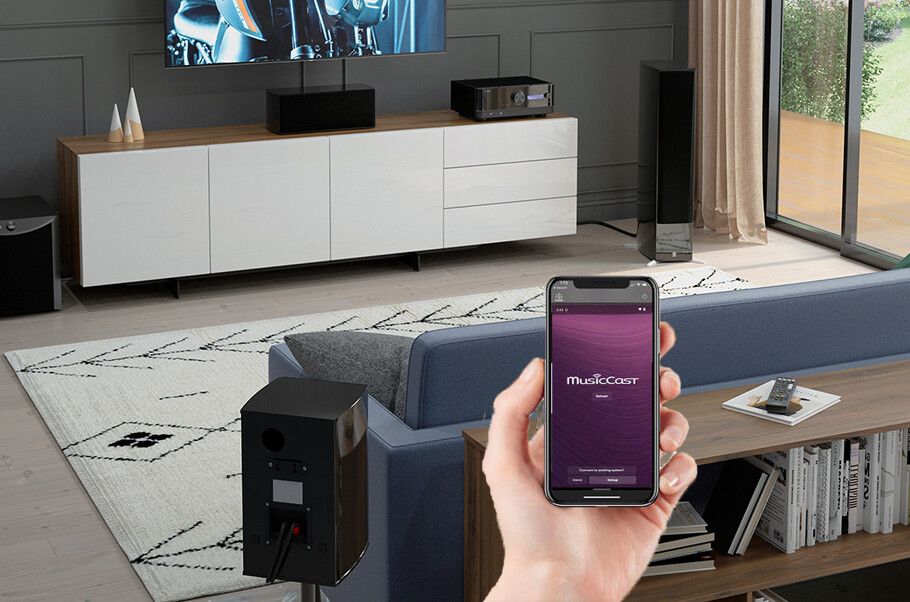


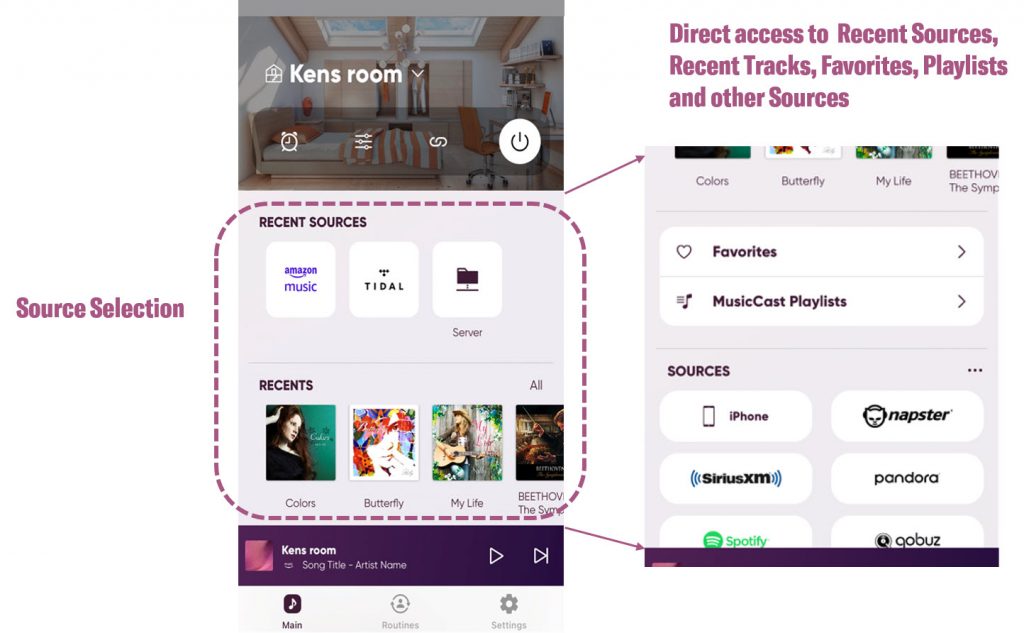

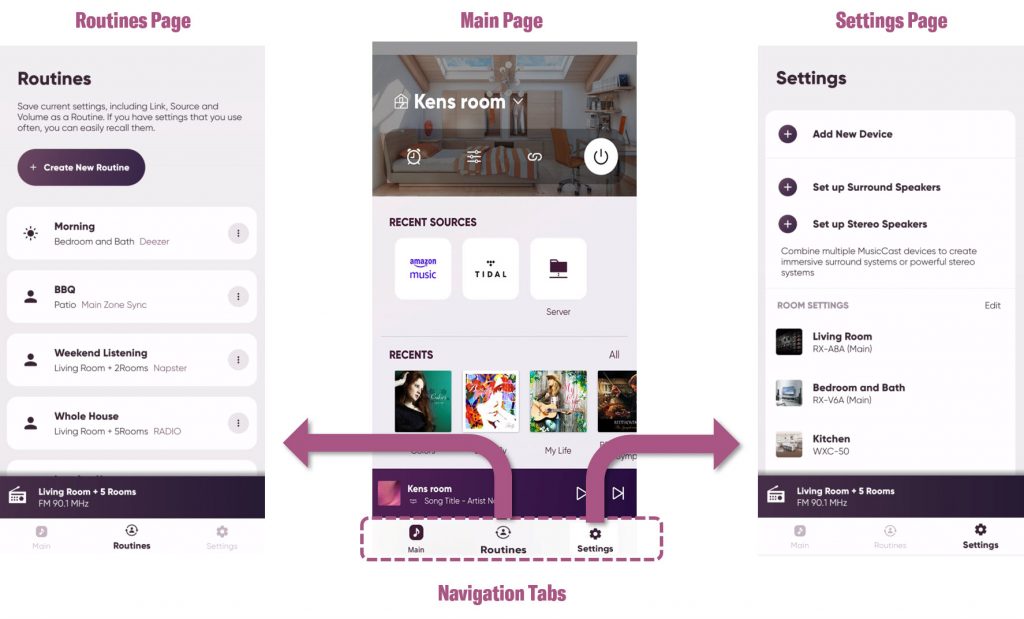
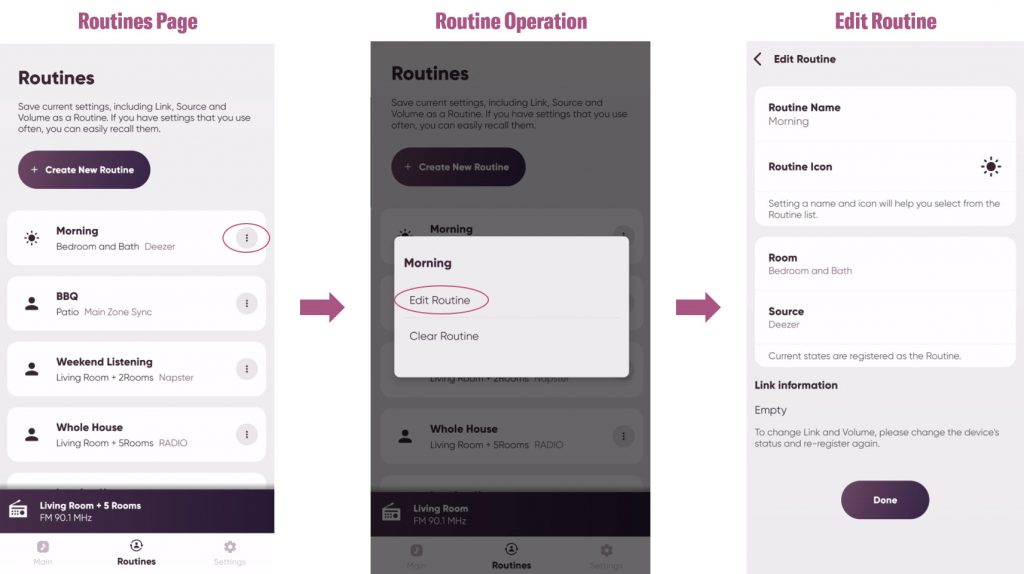
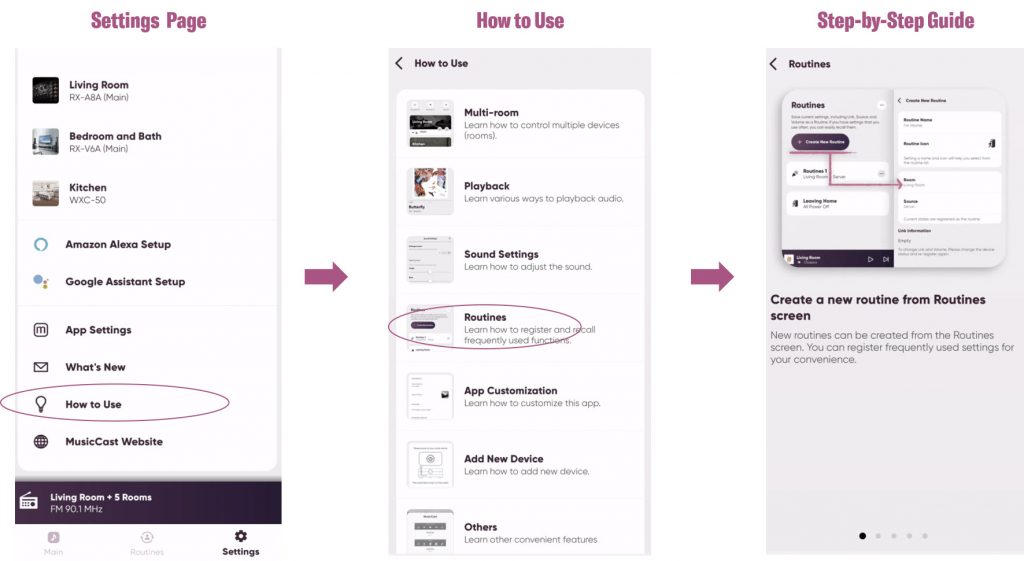
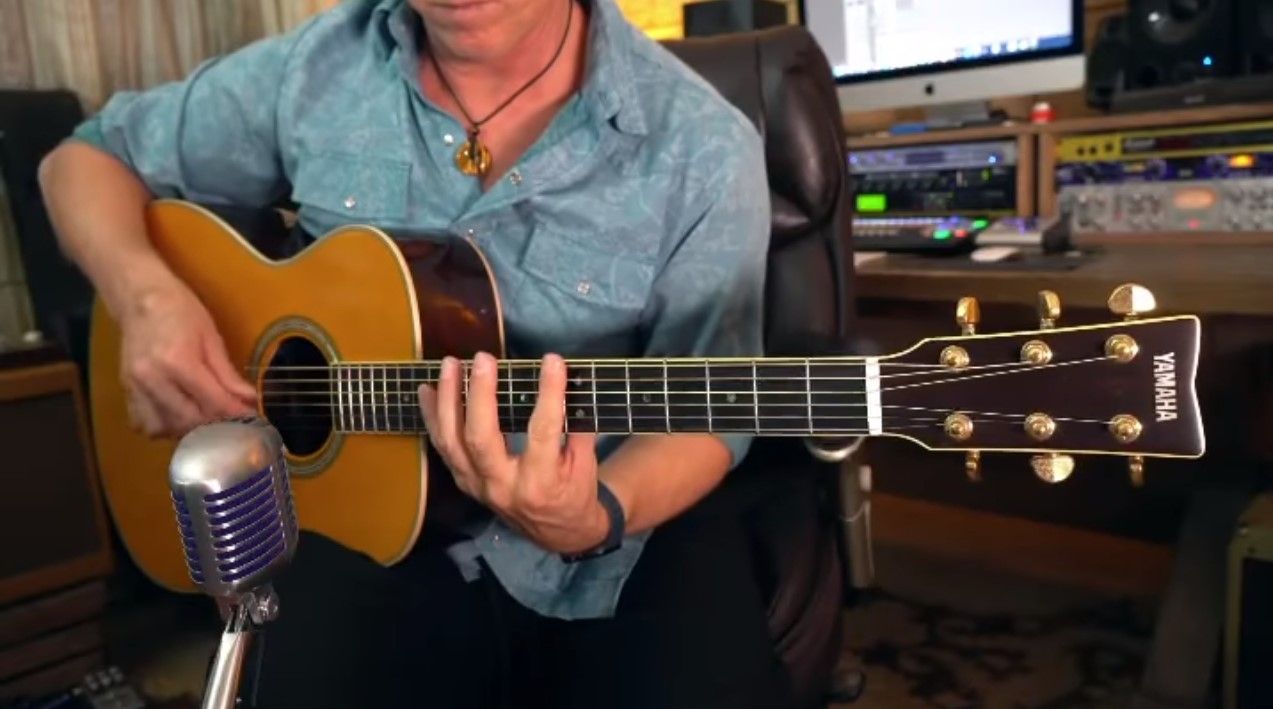
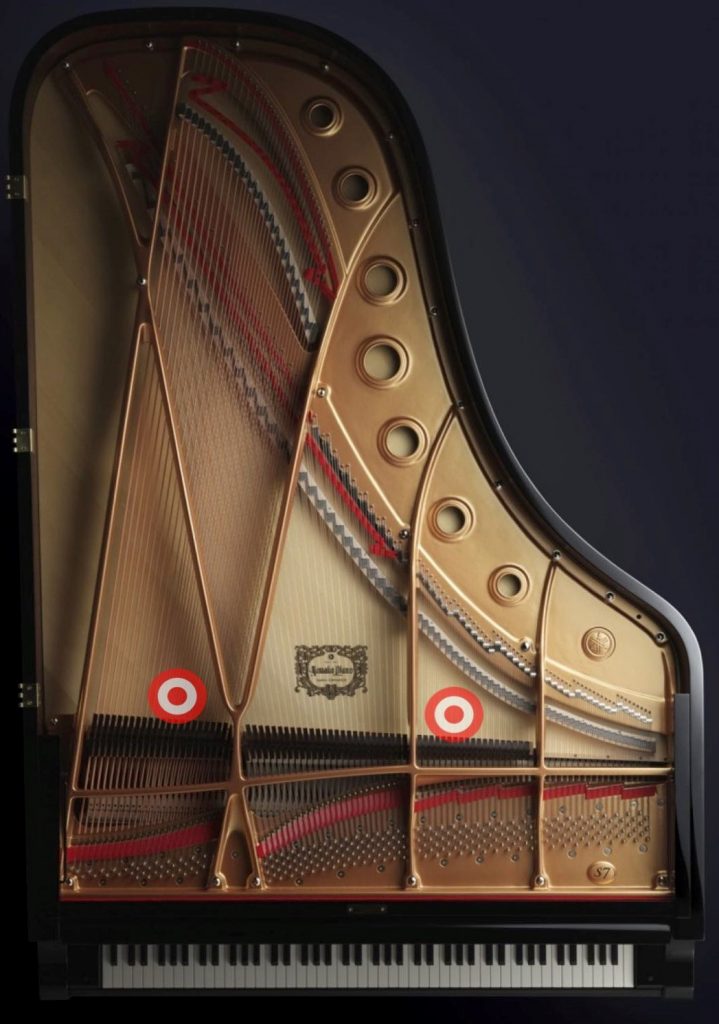
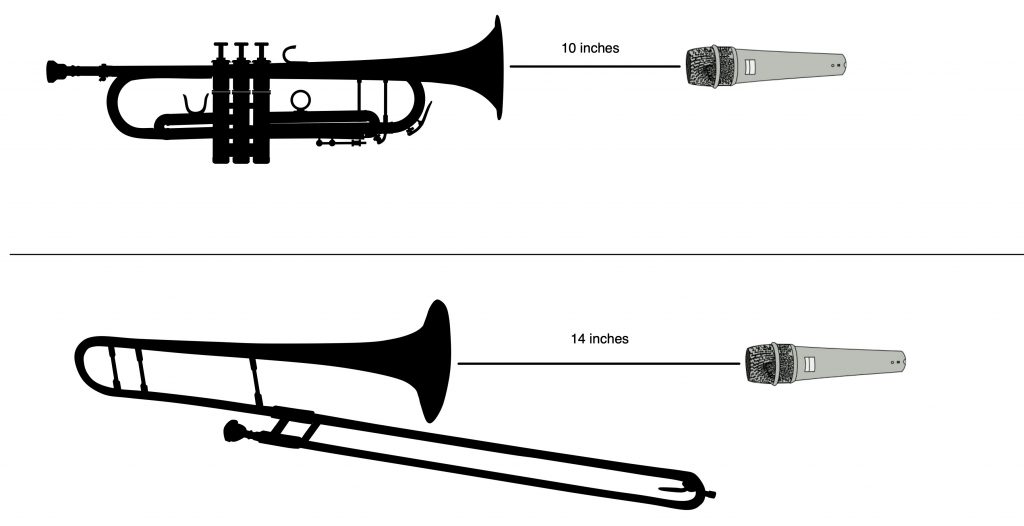
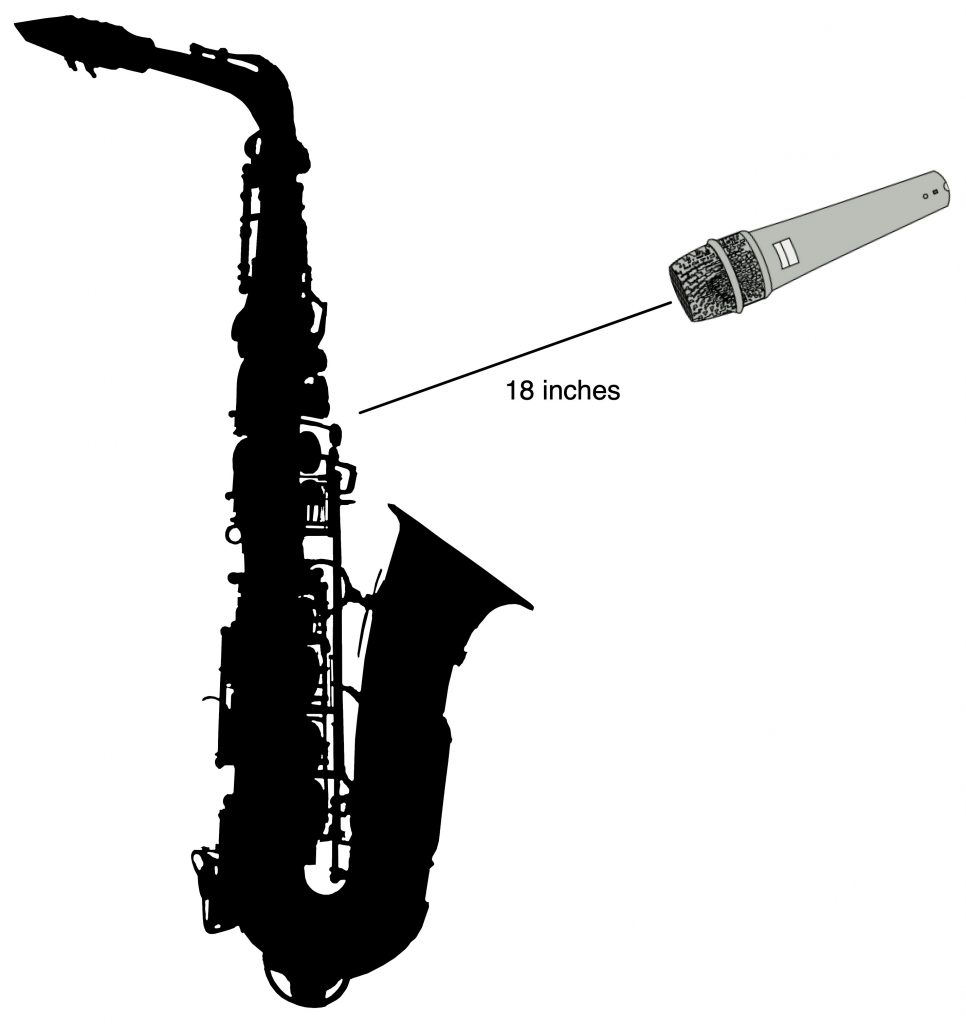
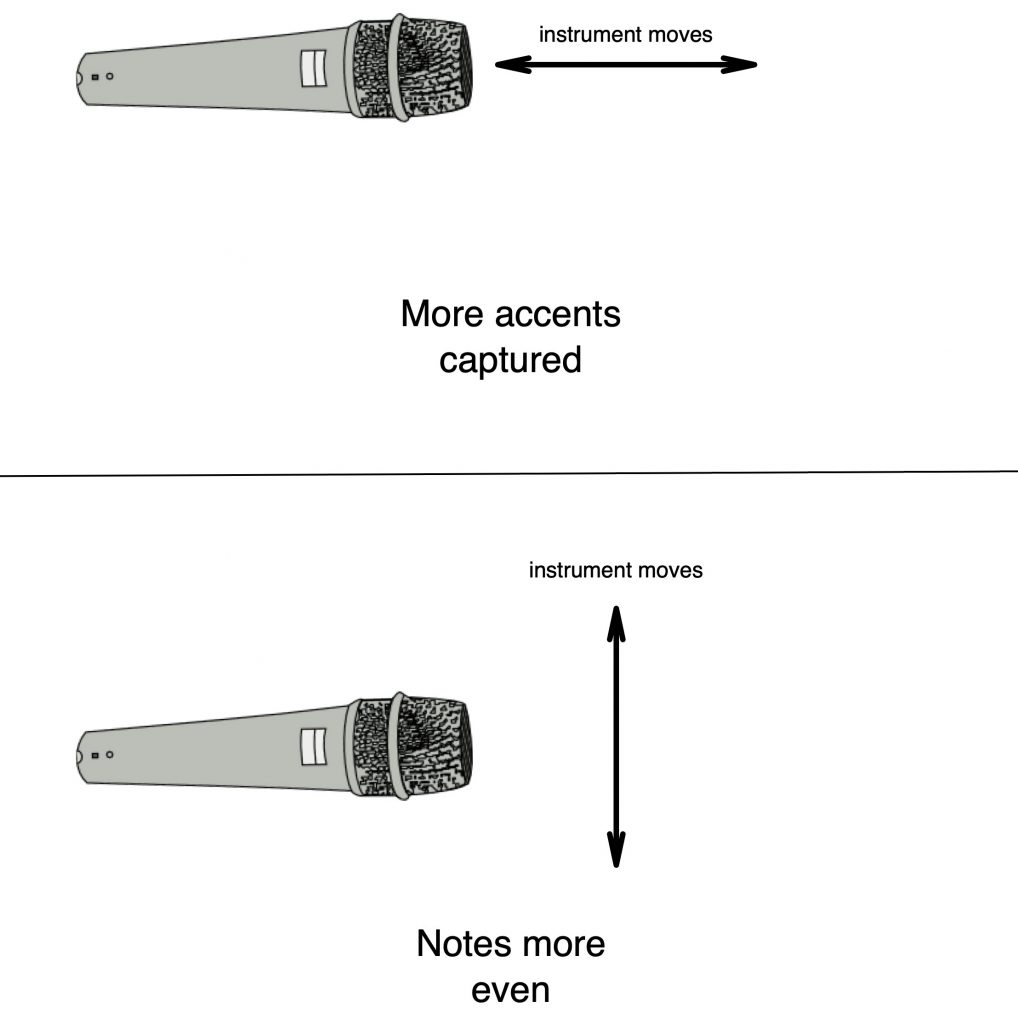


 A great mentor equips their mentees with the tools by which to seek success. As per the high stakes nature and competitiveness of the performance world, it is imperative to remember that each risk carries the potential for yet another disappointment. When trying to empower young artists to develop the confidence and self-worth to move forward (despite the continuous stream of rejections), a calculated approach to seeking performance opportunities is especially important.
A great mentor equips their mentees with the tools by which to seek success. As per the high stakes nature and competitiveness of the performance world, it is imperative to remember that each risk carries the potential for yet another disappointment. When trying to empower young artists to develop the confidence and self-worth to move forward (despite the continuous stream of rejections), a calculated approach to seeking performance opportunities is especially important.
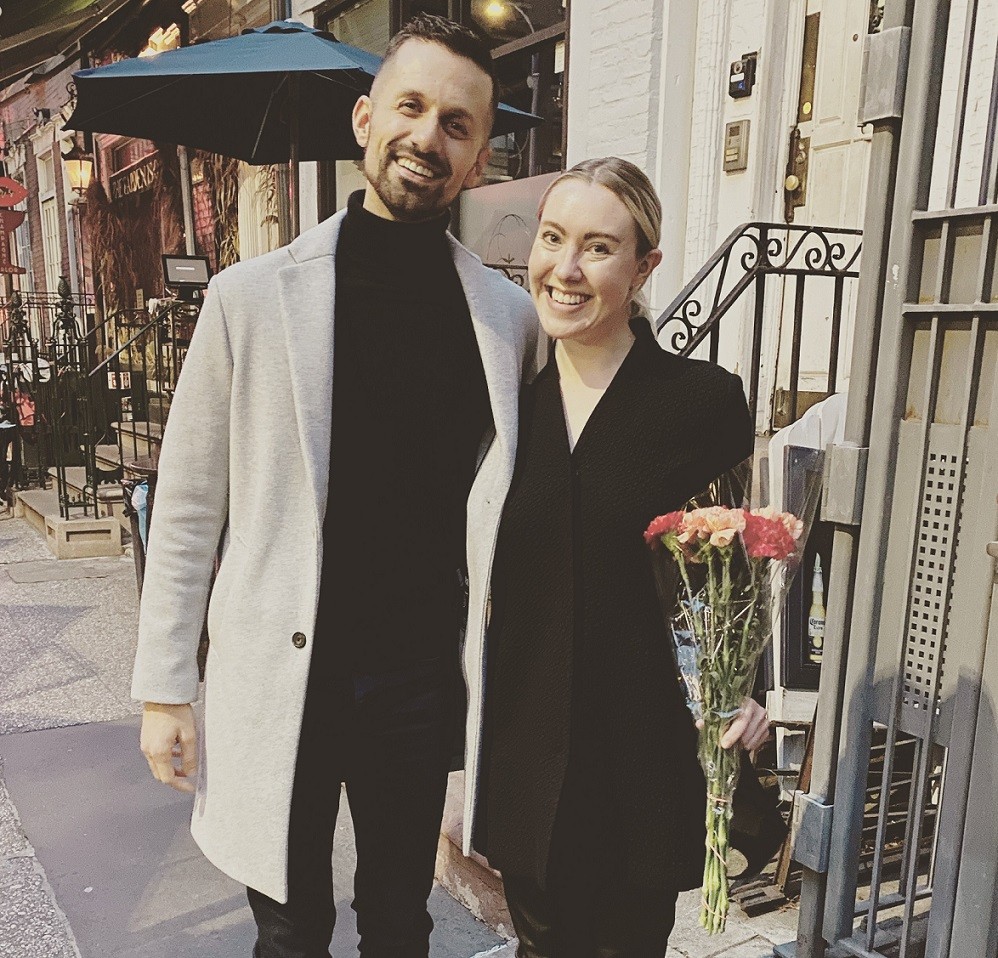 The universe has an unusually clever way of bringing life full circle. For instance, a handful of my current students are singing with companies that I have performed with some years ago. Like Christina Swanson, for instance, who is currently spending her summer working as a Festival Artist with Utah Festival Opera. Will she go on for any of her cover assignments? I’m not sure. But, what I do know is that she is equipped with the tools by which to find success should she be called upon to do so.
The universe has an unusually clever way of bringing life full circle. For instance, a handful of my current students are singing with companies that I have performed with some years ago. Like Christina Swanson, for instance, who is currently spending her summer working as a Festival Artist with Utah Festival Opera. Will she go on for any of her cover assignments? I’m not sure. But, what I do know is that she is equipped with the tools by which to find success should she be called upon to do so.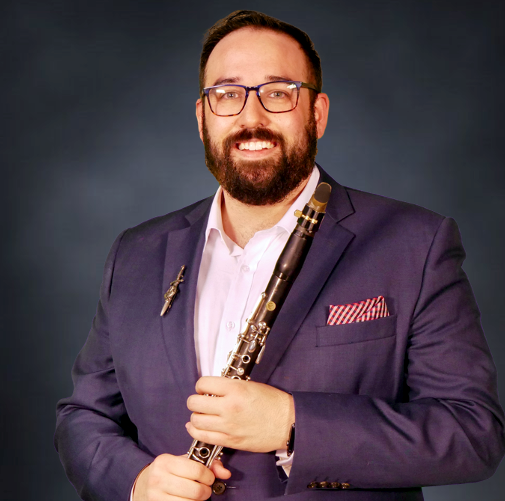 David Amos
David Amos

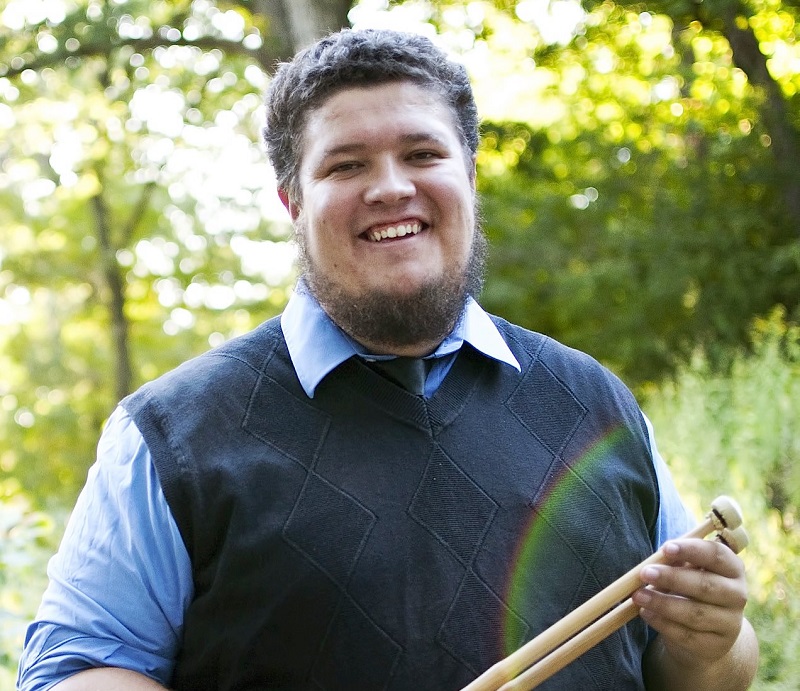
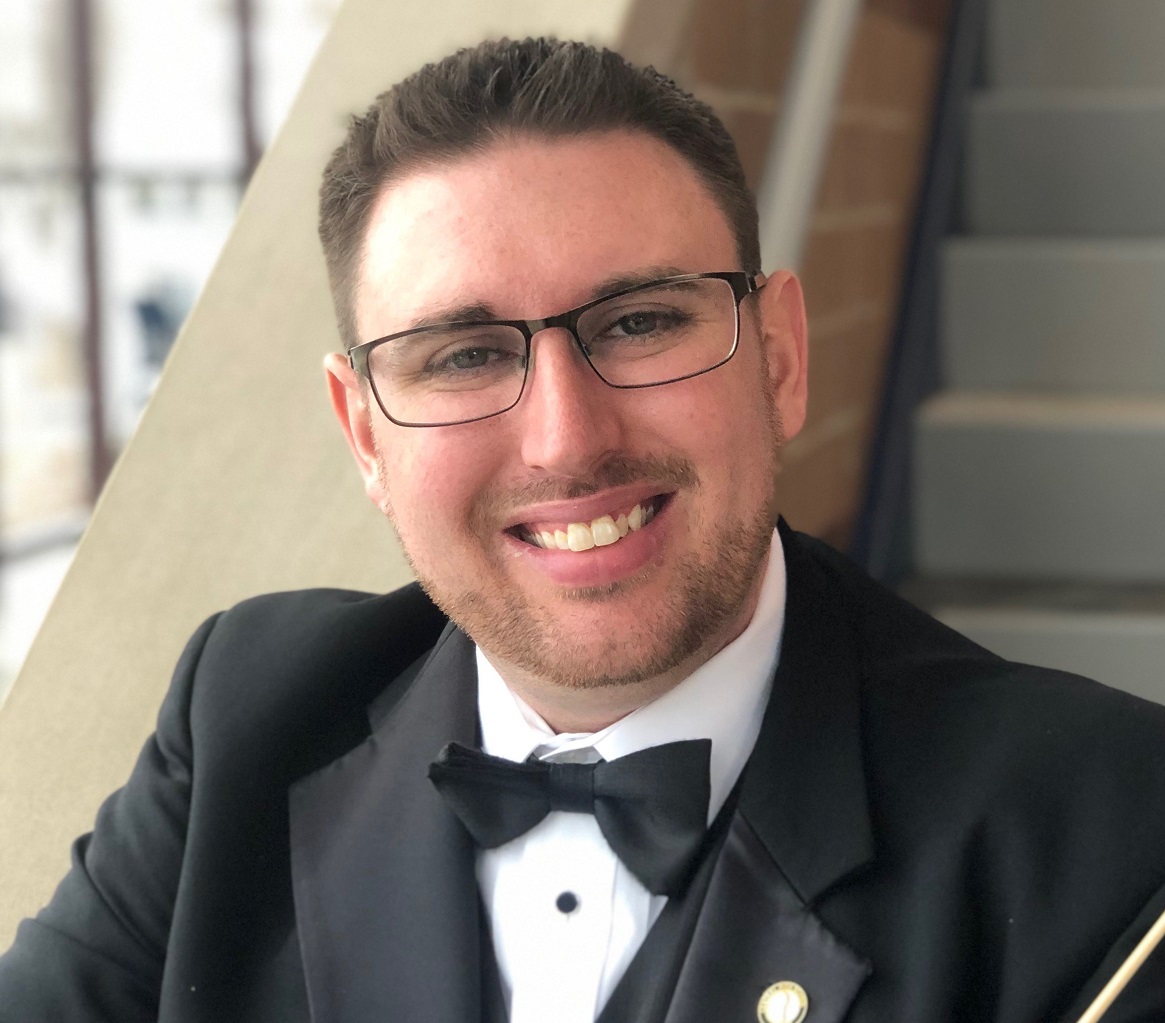
 Andrew Gibb-Clark
Andrew Gibb-Clark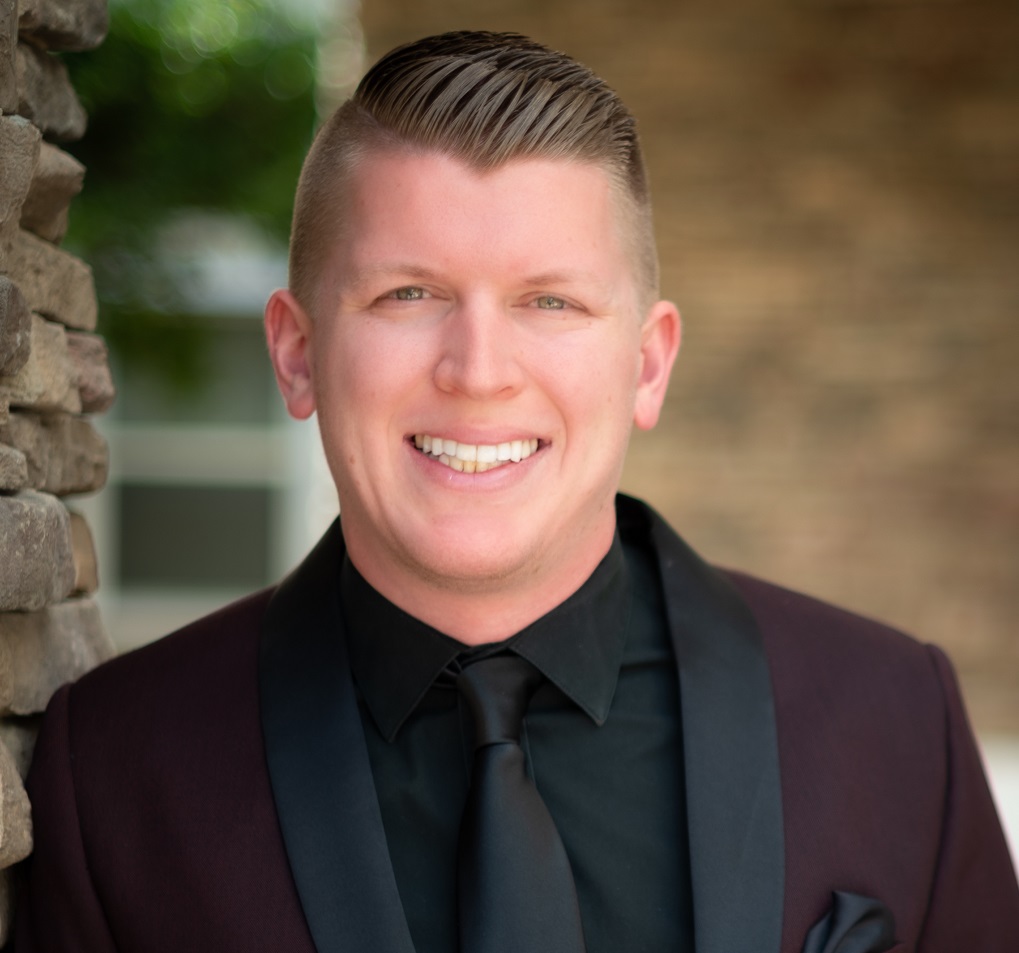

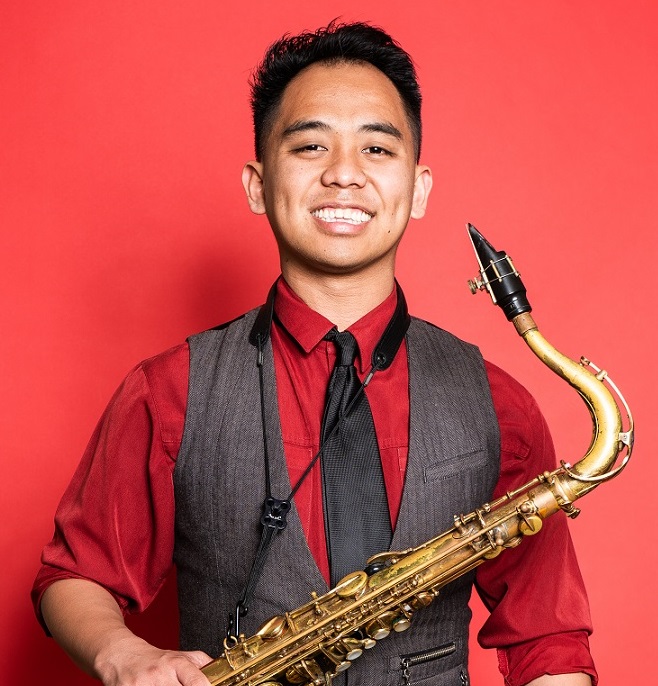
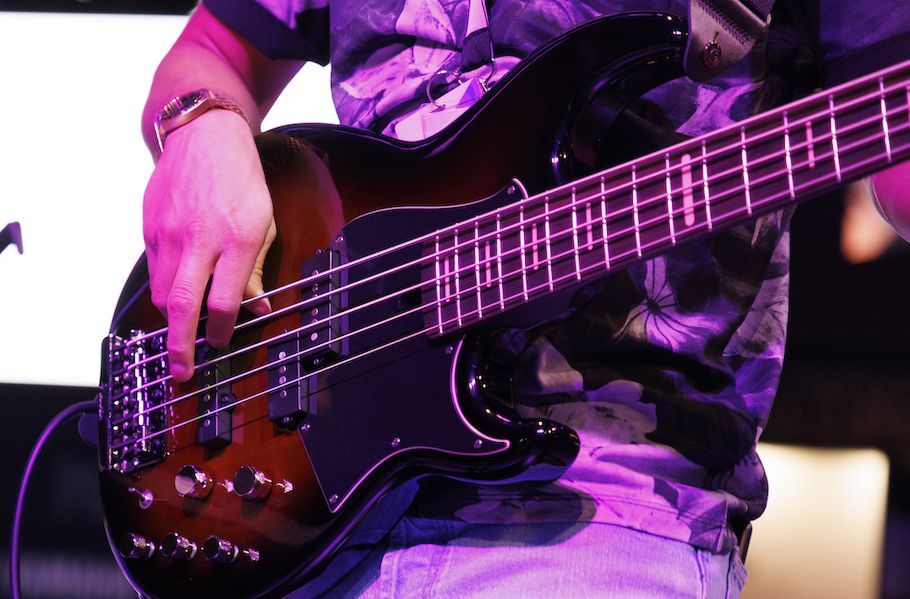



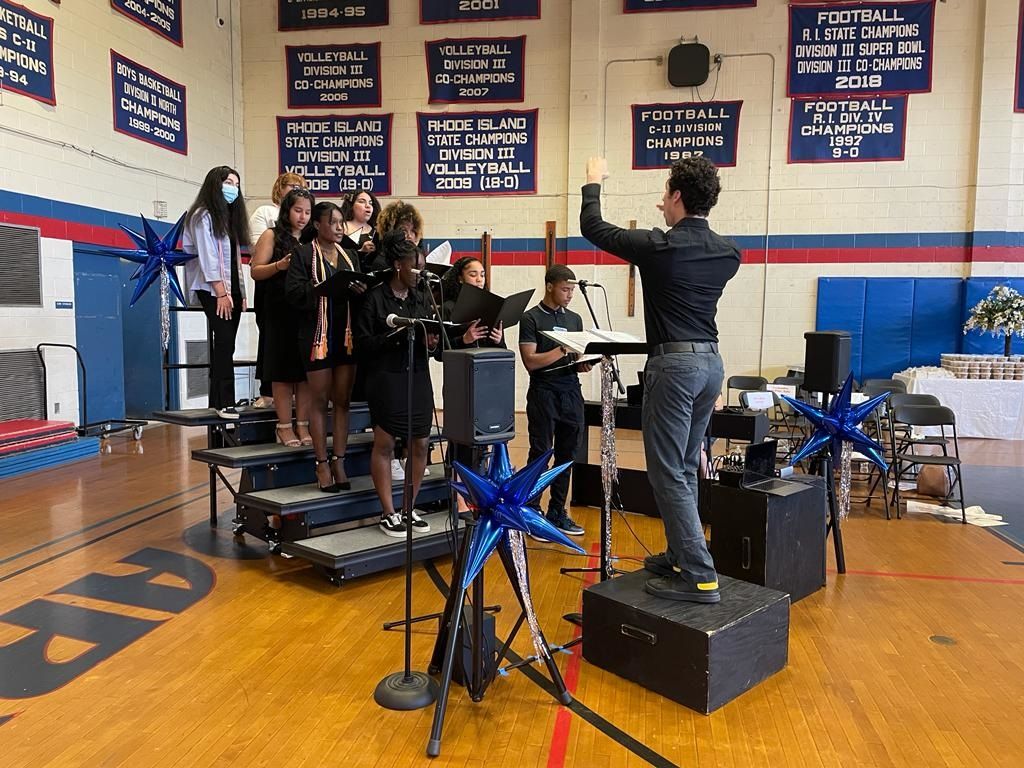
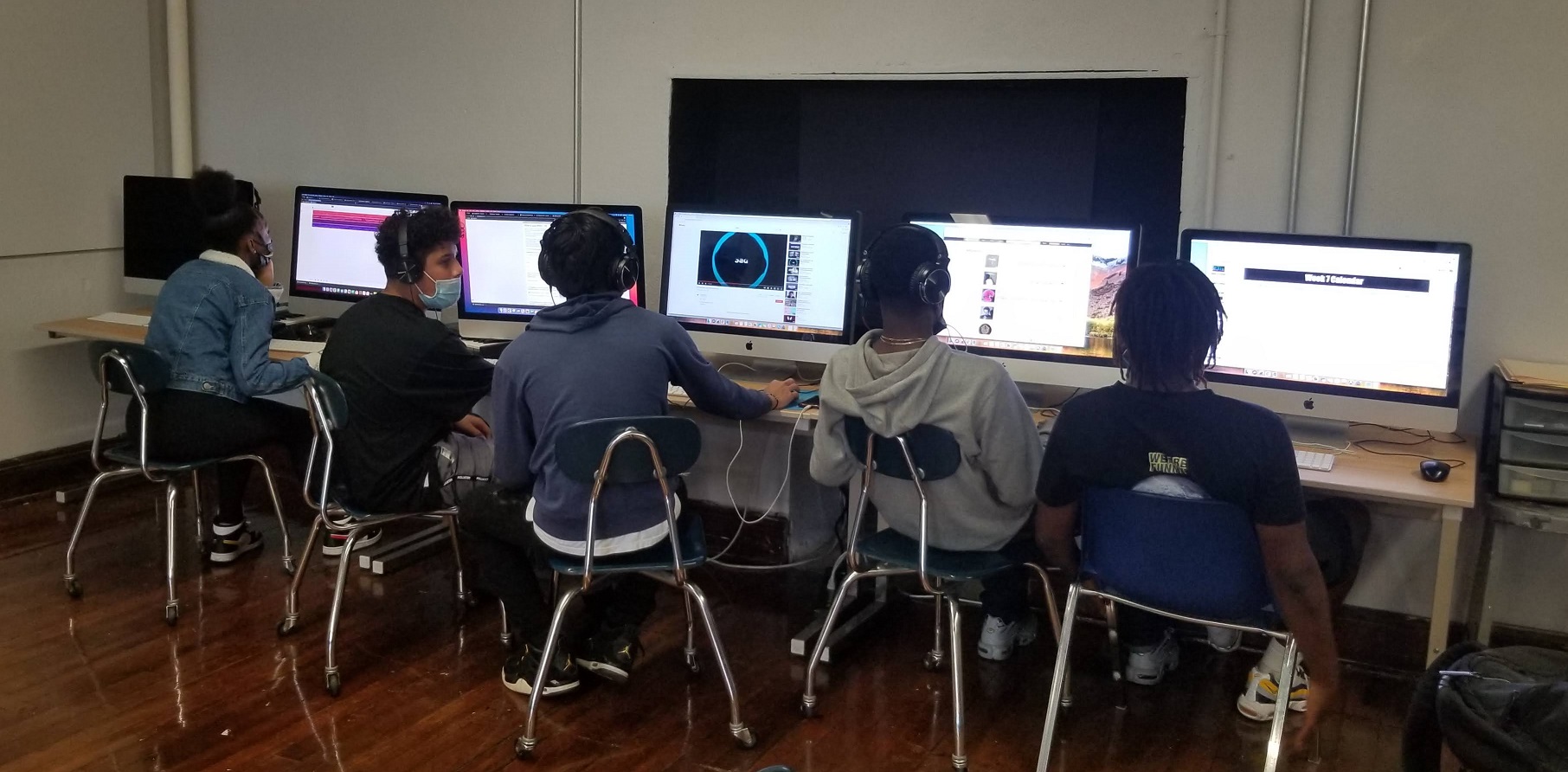 Prior to the start of the academic year, draft a strategic plan for the new music program that includes a mission. Why are you there to begin a music program? What purpose does it serve? Make it concise but keep the bigger picture in mind.
Prior to the start of the academic year, draft a strategic plan for the new music program that includes a mission. Why are you there to begin a music program? What purpose does it serve? Make it concise but keep the bigger picture in mind.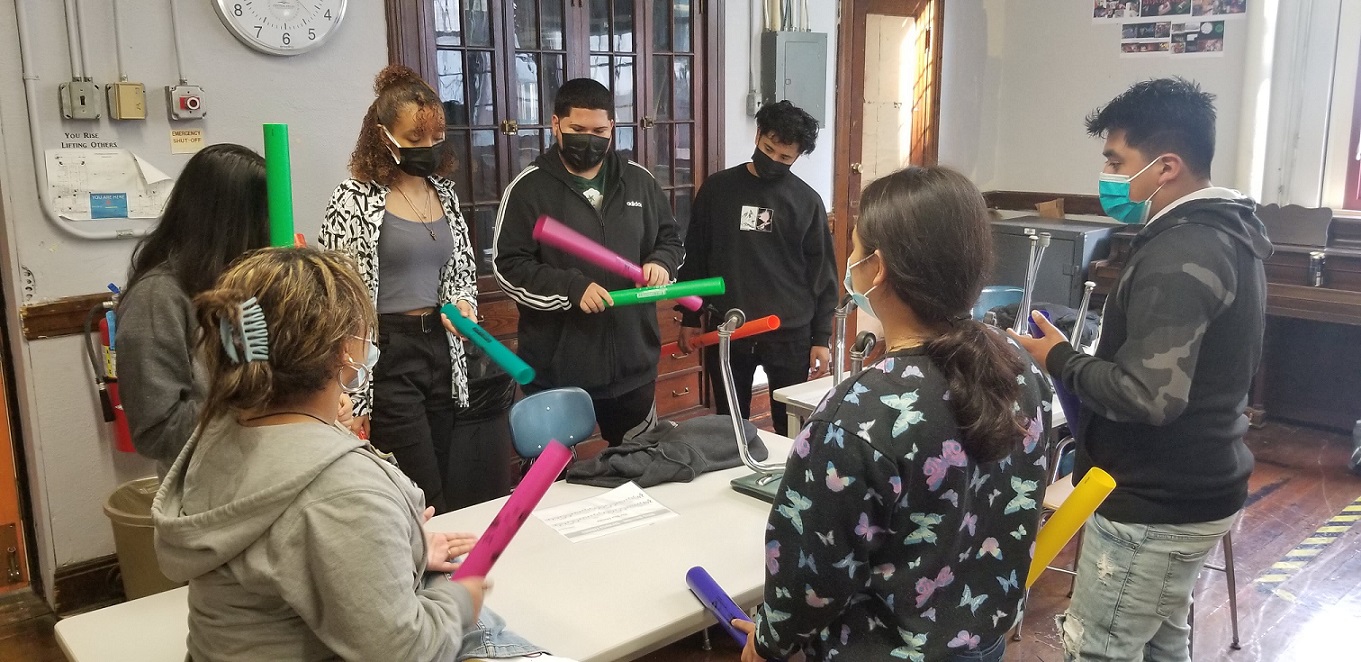 All music directors wear many hats, and they are often some of the busiest people in the school building! Developing new curriculum, units and lesson plans for multiple courses at the same time is extremely time consuming and can lead to burn-out.
All music directors wear many hats, and they are often some of the busiest people in the school building! Developing new curriculum, units and lesson plans for multiple courses at the same time is extremely time consuming and can lead to burn-out. As music educators, we are often “othered” and may not be seen as “core” teachers. Some districts refer to the music, art and drama teachers with a condescending label like “itinerants,” and guidance counselors might think that music is “just an elective.” Other teachers or building administrators may complain about the amount of noise coming from your room. If you are a seasoned educator, you have experienced all the above and then some. However, if you are entering a new school that is not used to having music as a course offering, all these challenges will be heightened. The best way to overcome these hurdles is with community buy-in.
As music educators, we are often “othered” and may not be seen as “core” teachers. Some districts refer to the music, art and drama teachers with a condescending label like “itinerants,” and guidance counselors might think that music is “just an elective.” Other teachers or building administrators may complain about the amount of noise coming from your room. If you are a seasoned educator, you have experienced all the above and then some. However, if you are entering a new school that is not used to having music as a course offering, all these challenges will be heightened. The best way to overcome these hurdles is with community buy-in.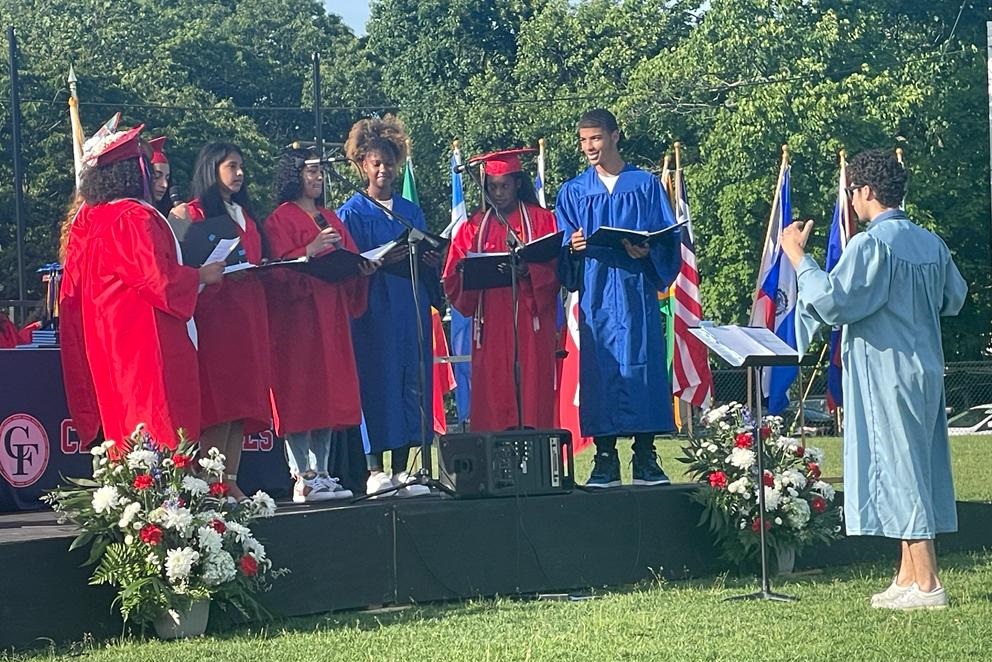 Open your classroom doors — figuratively and literally! Make the music room “the place to be.” Welcome students you don’t know into your room or invite them in for lunch. Get to know them. Provide a safe and welcoming environment for anyone walking into the room, whether or not they are music students.
Open your classroom doors — figuratively and literally! Make the music room “the place to be.” Welcome students you don’t know into your room or invite them in for lunch. Get to know them. Provide a safe and welcoming environment for anyone walking into the room, whether or not they are music students.
 Texas is known for great football. And where there is great football, there is often a great band. Players, coaches and spectators appreciate the energy and presence of the marching band in the stands and on the field during halftime. The band brings more fans to games, increasing the crowd’s size and spirit.
Texas is known for great football. And where there is great football, there is often a great band. Players, coaches and spectators appreciate the energy and presence of the marching band in the stands and on the field during halftime. The band brings more fans to games, increasing the crowd’s size and spirit. I resented the constant “drumbeat” from spirit and athletic organizations that always seemed to want a piece of our time. “Send us a drumline for this,” “Can we get a pep band for that,” “The band can’t miss that game for the biggest contest of the year.” There always seemed to be someone requesting the band at an event that took time away from rehearsals.
I resented the constant “drumbeat” from spirit and athletic organizations that always seemed to want a piece of our time. “Send us a drumline for this,” “Can we get a pep band for that,” “The band can’t miss that game for the biggest contest of the year.” There always seemed to be someone requesting the band at an event that took time away from rehearsals. In June 2020, we started discussing the upcoming season and whether the football season and marching competitions would occur. I spoke weekly with Principal Gary Comalander, head football coach Mark Soto and dance team director Stephanie Trevino. My goal was to gain insight into the community outside of band to gauge the desire to participate in a season of some kind.
In June 2020, we started discussing the upcoming season and whether the football season and marching competitions would occur. I spoke weekly with Principal Gary Comalander, head football coach Mark Soto and dance team director Stephanie Trevino. My goal was to gain insight into the community outside of band to gauge the desire to participate in a season of some kind.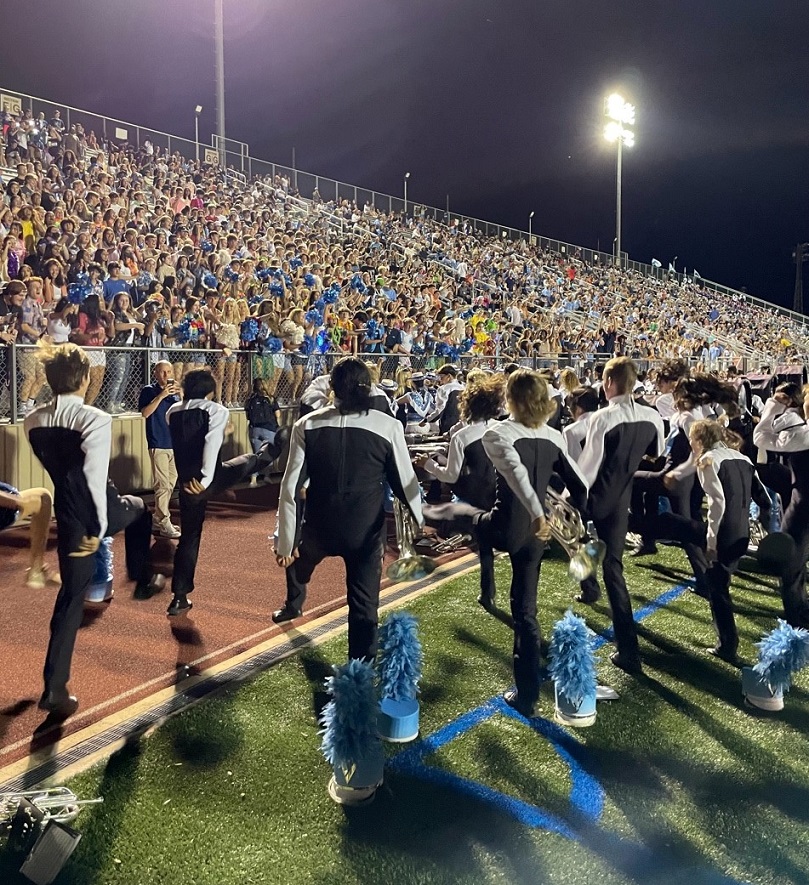 Our season in 2020 extended nearly to Christmas because of the schedule change, which allowed the spirit groups the opportunity to perform “Holly Jolly Holiday Parade” together at halftime in our “Holiday Extravaganza” show. This performance showcased the unity of our various teams and represented an entire season of working to support each other, overcome obstacles and keep our students safe. It was the culmination of sharing ideas and pursuing a common goal. This special energy and synergy provided a glimpse of what it could be going forward.
Our season in 2020 extended nearly to Christmas because of the schedule change, which allowed the spirit groups the opportunity to perform “Holly Jolly Holiday Parade” together at halftime in our “Holiday Extravaganza” show. This performance showcased the unity of our various teams and represented an entire season of working to support each other, overcome obstacles and keep our students safe. It was the culmination of sharing ideas and pursuing a common goal. This special energy and synergy provided a glimpse of what it could be going forward.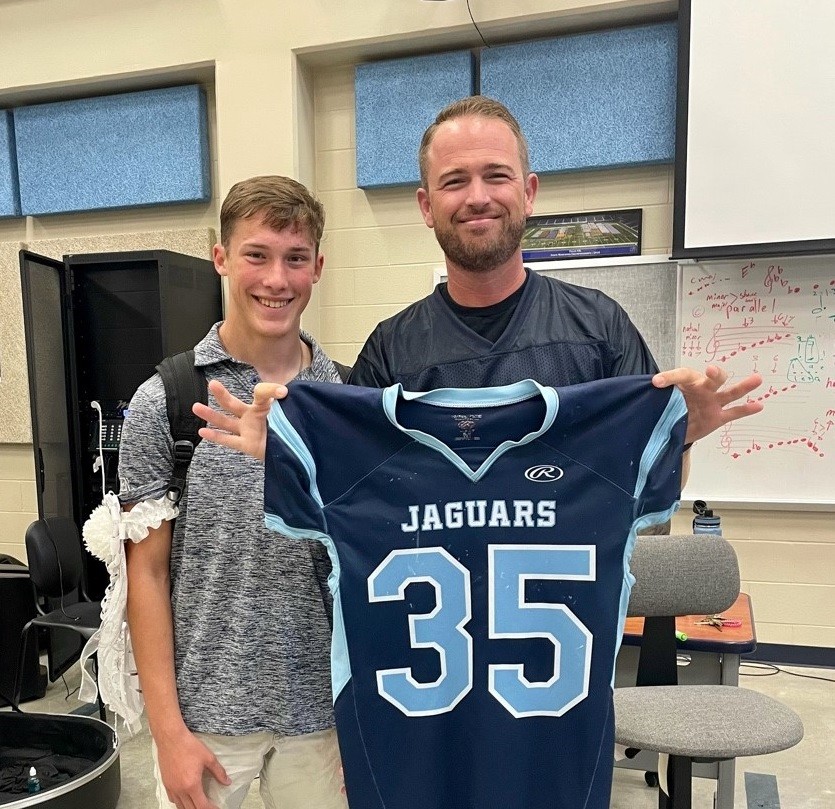 Highlight student athletes who also participate in band. Look for ways to showcase their accomplishments and cheer on those athlete-musicians at the games. (See photo to the right.)
Highlight student athletes who also participate in band. Look for ways to showcase their accomplishments and cheer on those athlete-musicians at the games. (See photo to the right.)
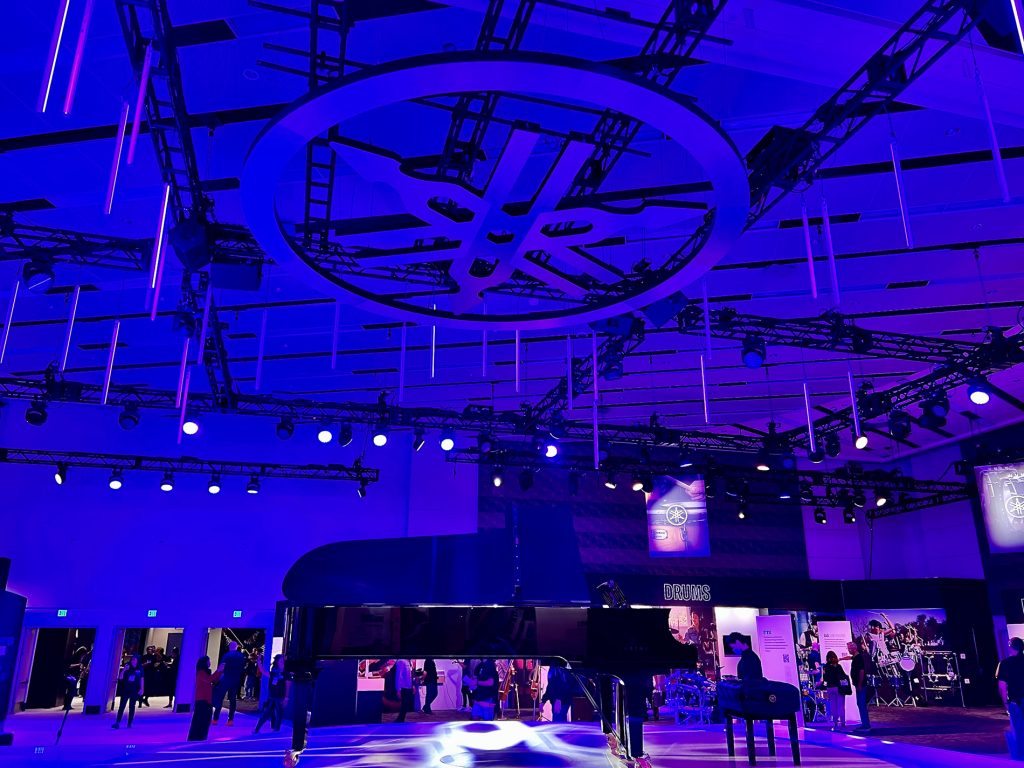

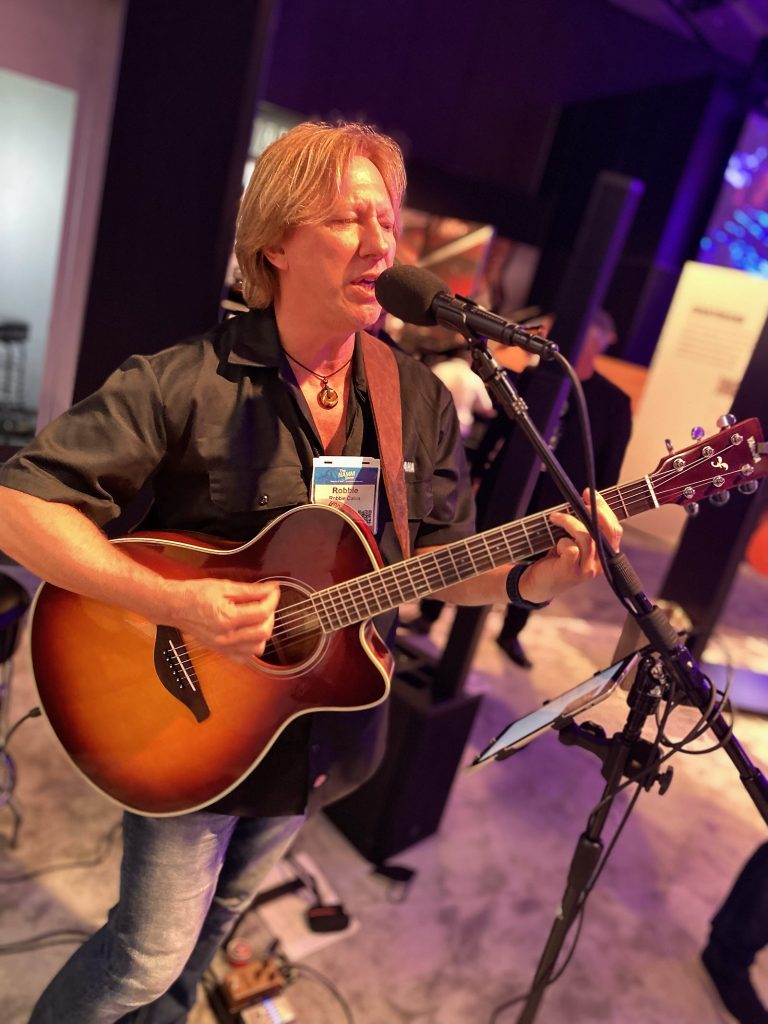
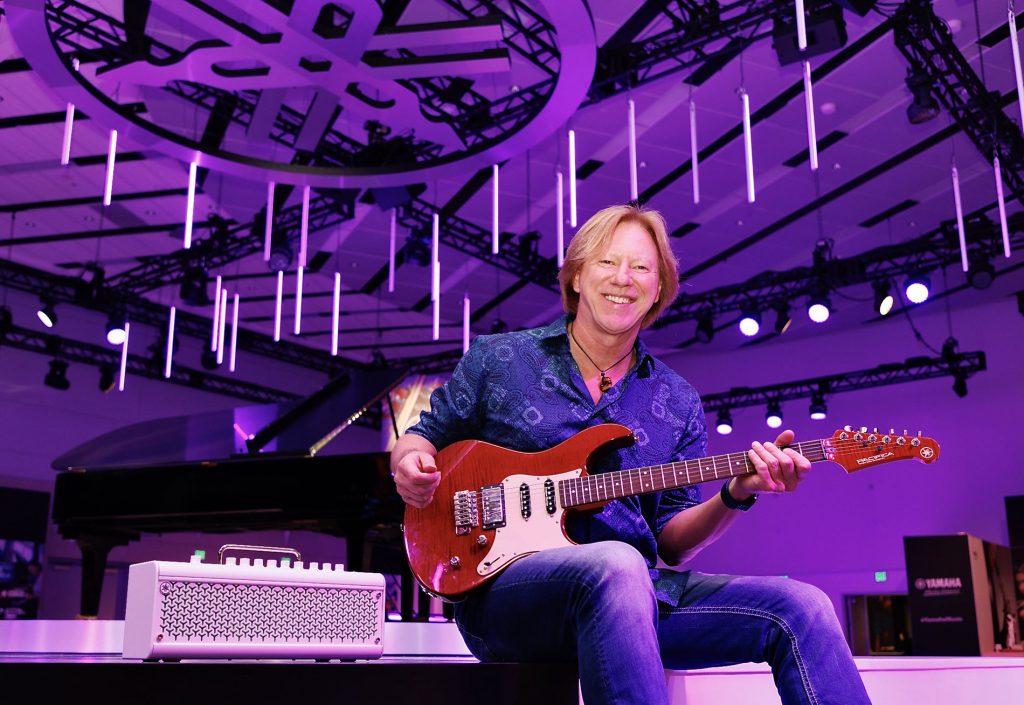


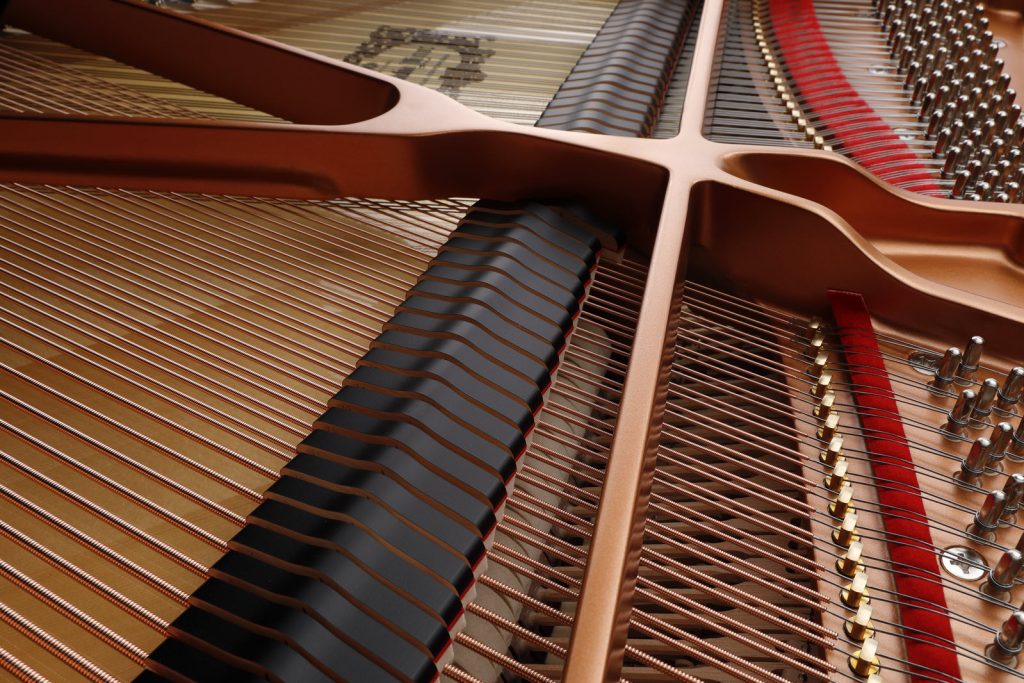

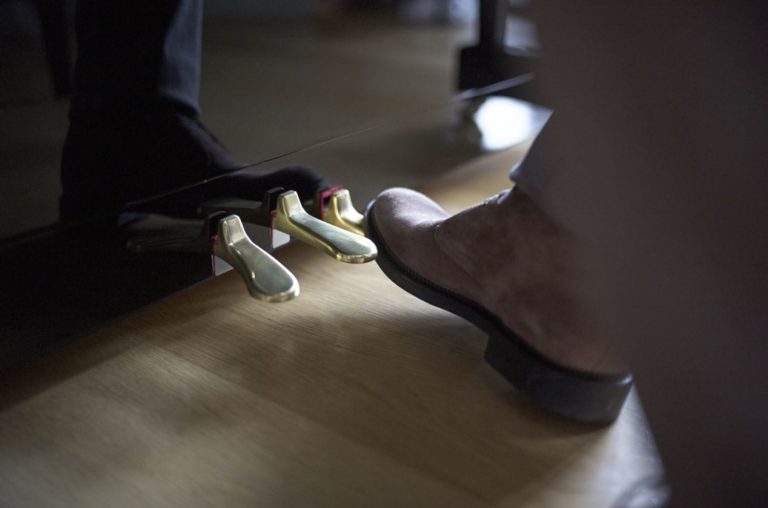


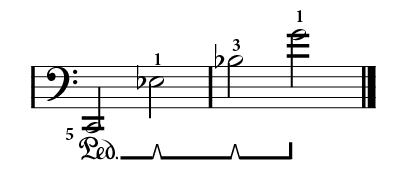


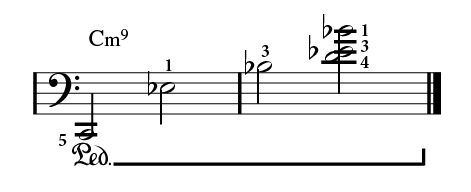

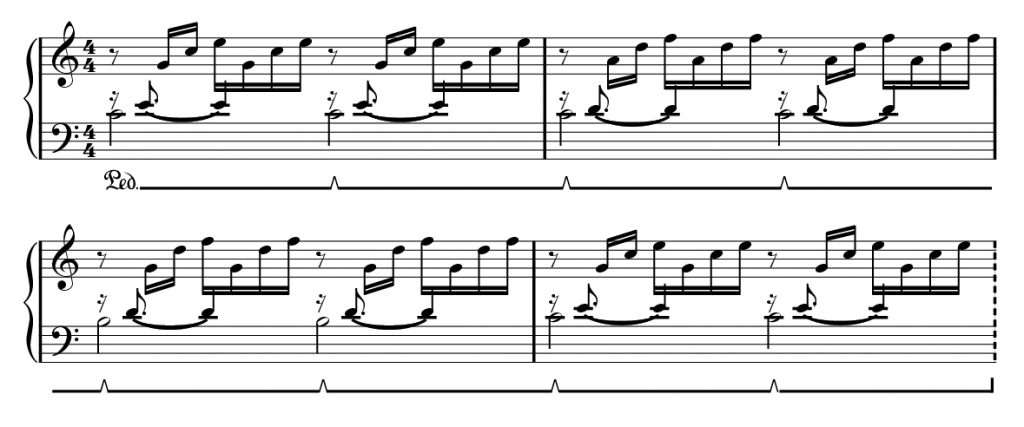


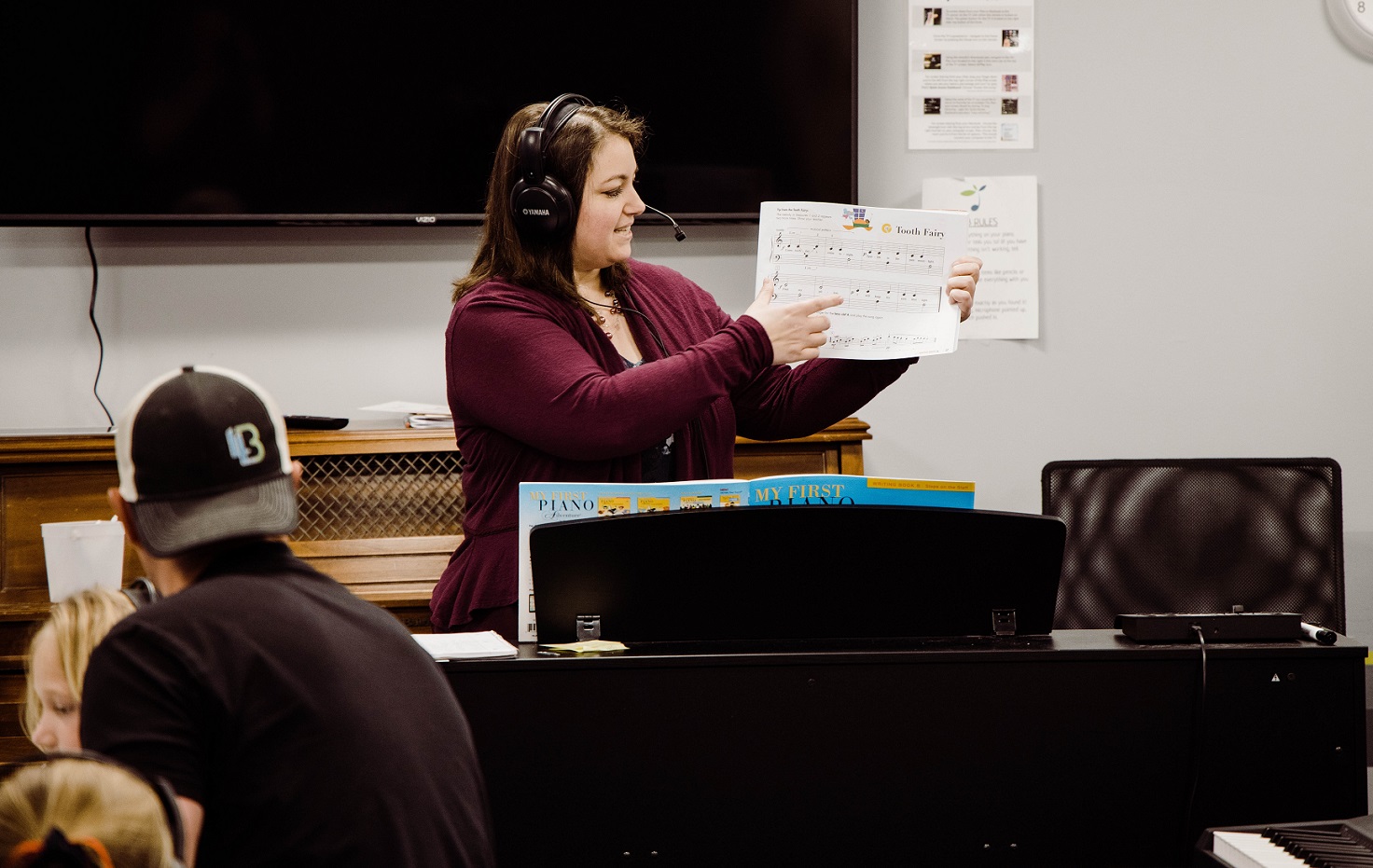 A group piano program is a unique and fun way for students to progress quicker than if they were taking individual lessons, Miller says. With a group of students who are at the same level, you can pre-determine the pacing and you can make lessons more curriculum based rather than individualized. The pacing can move faster as students’ skills develop because they are following the same curriculum with the same teacher.
A group piano program is a unique and fun way for students to progress quicker than if they were taking individual lessons, Miller says. With a group of students who are at the same level, you can pre-determine the pacing and you can make lessons more curriculum based rather than individualized. The pacing can move faster as students’ skills develop because they are following the same curriculum with the same teacher. It can be a challenge to build a Keyboard Explorer program, but it is also a labor of love — as long as you are patient, Miller says.
It can be a challenge to build a Keyboard Explorer program, but it is also a labor of love — as long as you are patient, Miller says.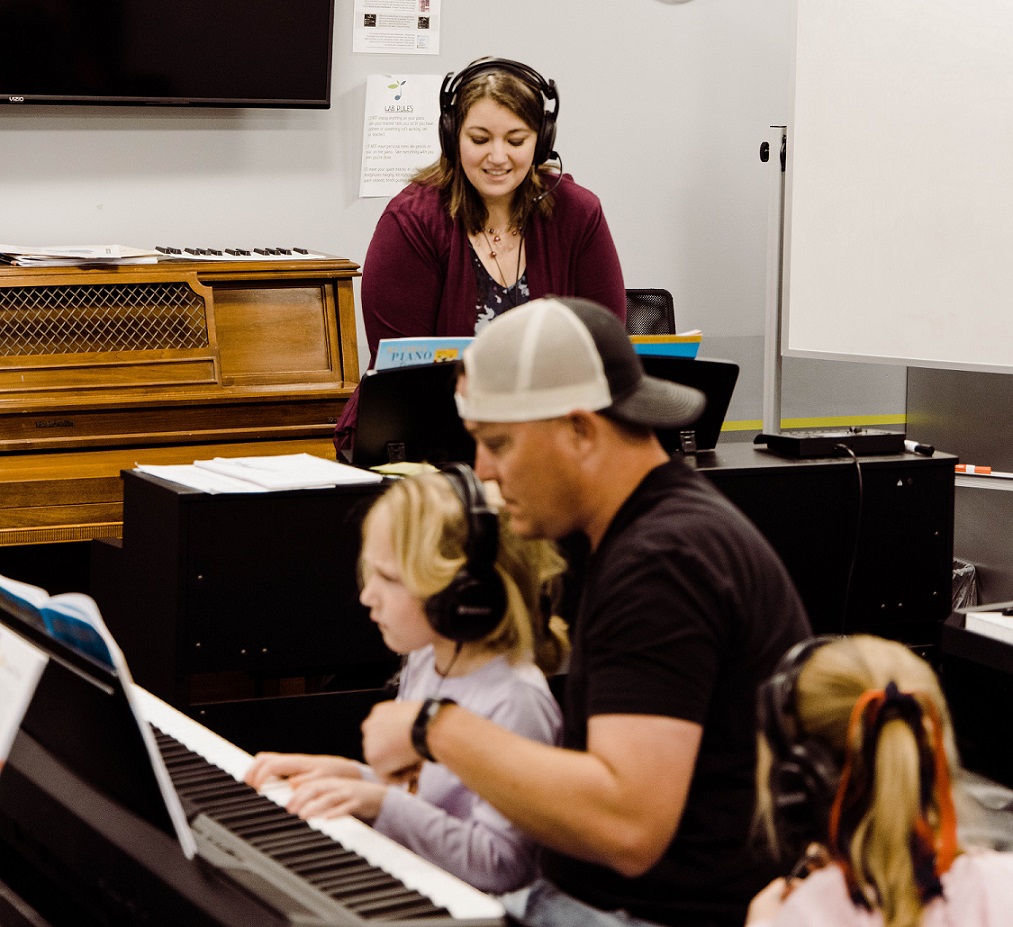 In the past, the solution to having more than 100 students on a waitlist was to hire more teachers, which proved to be easier said than done. “There were students who had to be turned away because there just wasn’t enough room or individual teachers,” Miller says. “The Keyboard Explorers program is a great way to give more students the opportunity to take lessons at the conservatory!”
In the past, the solution to having more than 100 students on a waitlist was to hire more teachers, which proved to be easier said than done. “There were students who had to be turned away because there just wasn’t enough room or individual teachers,” Miller says. “The Keyboard Explorers program is a great way to give more students the opportunity to take lessons at the conservatory!”

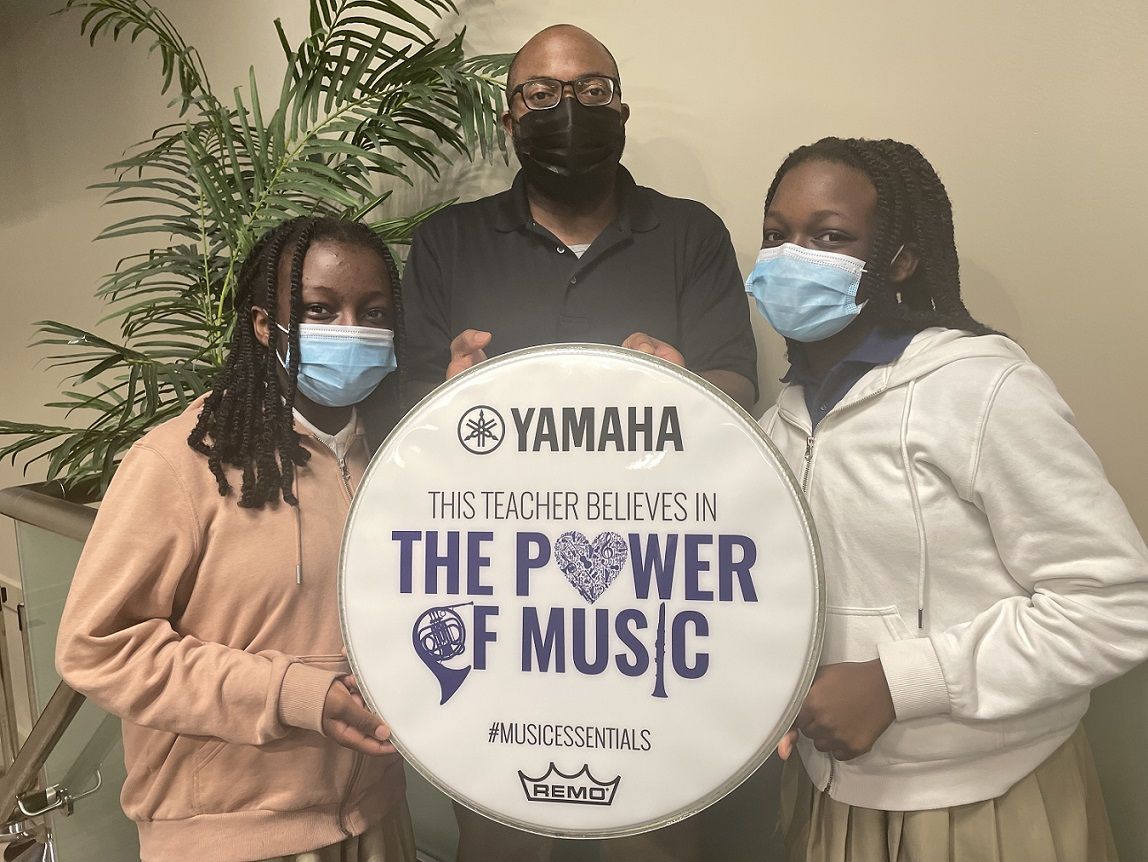
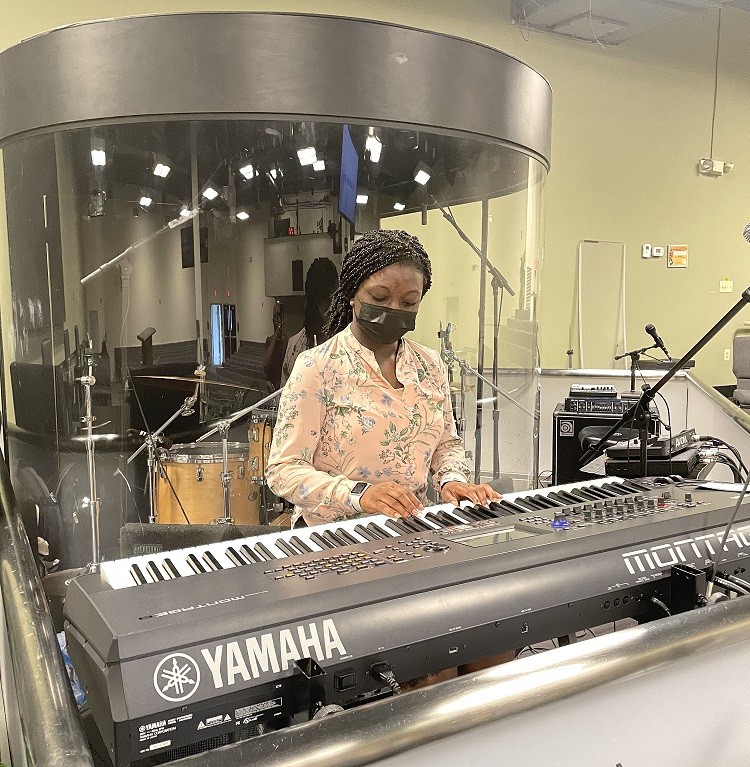
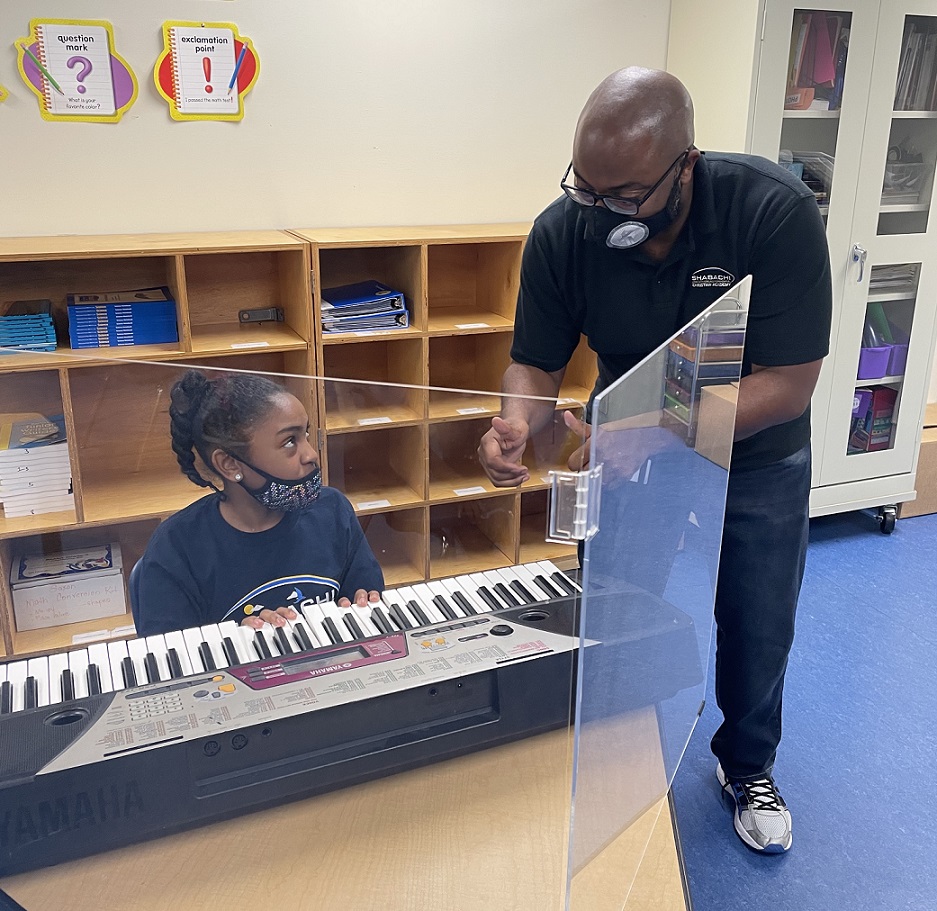 For Felder, music education should be more about the journey than the destination. That means creating what he calls “many mini-opportunities” for students to practice and perform outside of the classroom. He says it’s important for students to perform for different crowds and to “allow their music to be heard more than just once.”
For Felder, music education should be more about the journey than the destination. That means creating what he calls “many mini-opportunities” for students to practice and perform outside of the classroom. He says it’s important for students to perform for different crowds and to “allow their music to be heard more than just once.”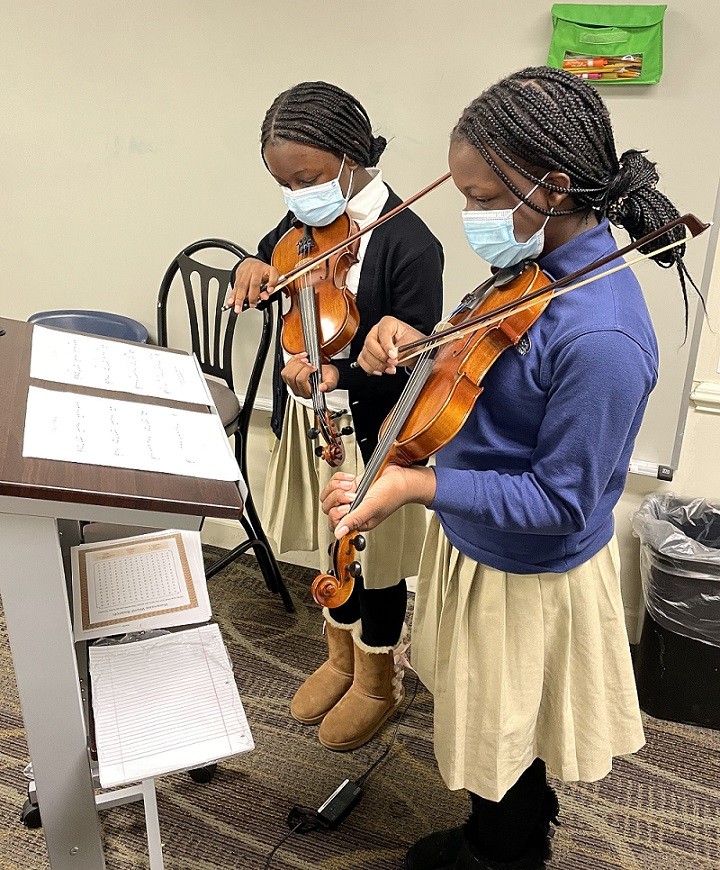 Mini-opportunities serve multiple purposes, Felder explains. First, they allow his students to give back to their communities. They also introduce his students’ art and music to members of the community who may not otherwise be exposed to it. Felder says that at their spring shows, he’ll often see people who first experienced the SHABACH music program during one of their mini-opportunities.
Mini-opportunities serve multiple purposes, Felder explains. First, they allow his students to give back to their communities. They also introduce his students’ art and music to members of the community who may not otherwise be exposed to it. Felder says that at their spring shows, he’ll often see people who first experienced the SHABACH music program during one of their mini-opportunities.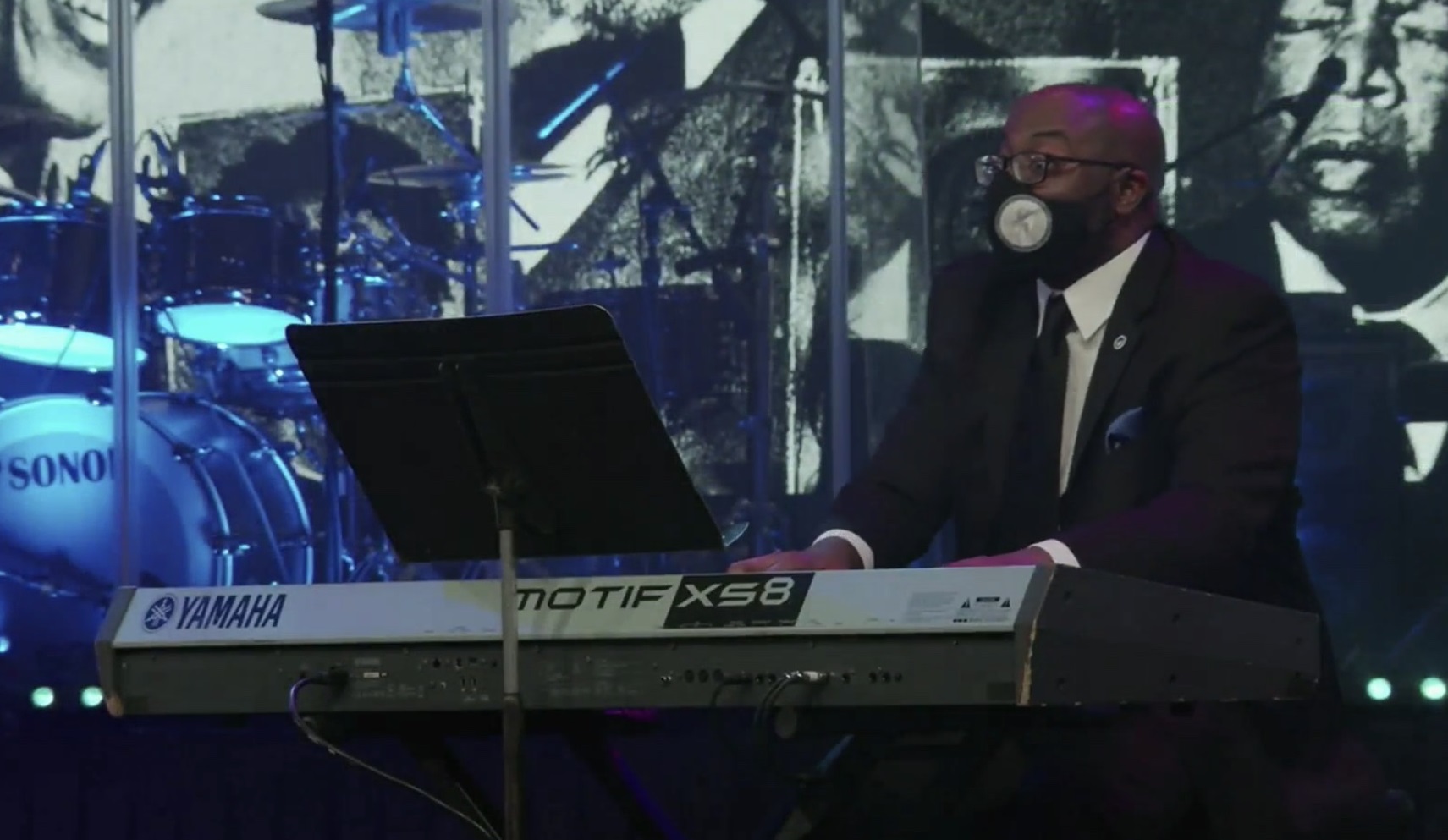 Felder says finding these curated opportunities can be challenging, so it’s important for him to stay personally energized about music. He sees himself as a “teaching artist,” meaning that he values the level of his own musical experience, while also trying to share that knowledge and love of music with his students.
Felder says finding these curated opportunities can be challenging, so it’s important for him to stay personally energized about music. He sees himself as a “teaching artist,” meaning that he values the level of his own musical experience, while also trying to share that knowledge and love of music with his students.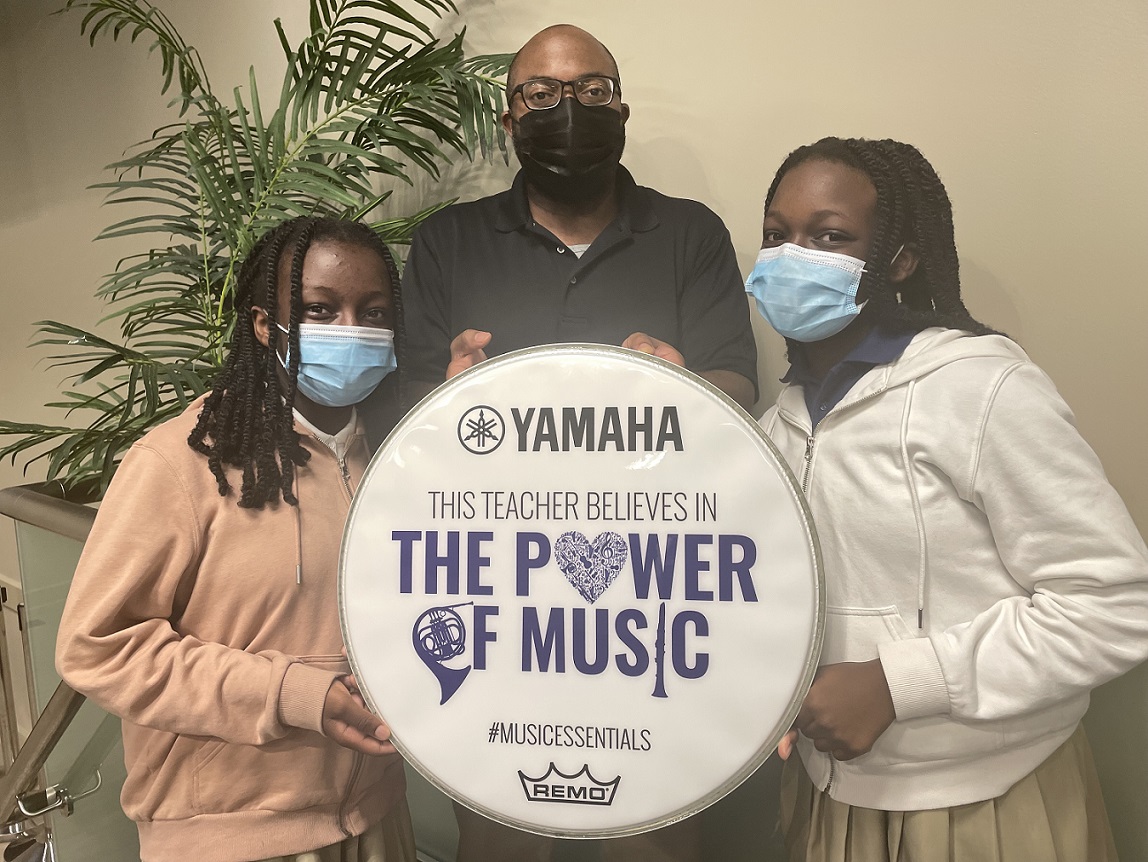 It’s also important to be transparent with your students. “Life is still happening to us,” Felder says.
It’s also important to be transparent with your students. “Life is still happening to us,” Felder says.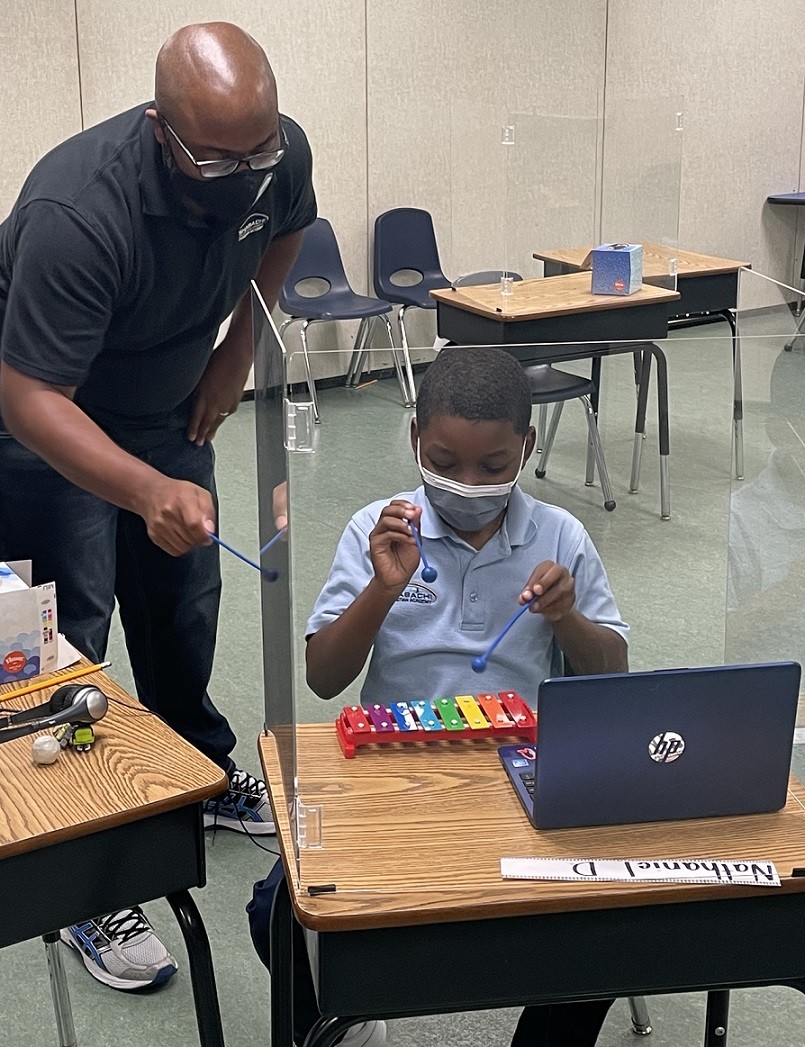 Felder insists that there is no cookie-cutter way to attempt intentional music programming and that each group of students should have curated programs for their own needs and situations. To be successful with this type of curriculum, Felder says you must find balance and learn what works best for each group of students. And, perhaps most importantly, it’s about staying flexible and being able to change direction when a situation arises that can’t be ignored.
Felder insists that there is no cookie-cutter way to attempt intentional music programming and that each group of students should have curated programs for their own needs and situations. To be successful with this type of curriculum, Felder says you must find balance and learn what works best for each group of students. And, perhaps most importantly, it’s about staying flexible and being able to change direction when a situation arises that can’t be ignored.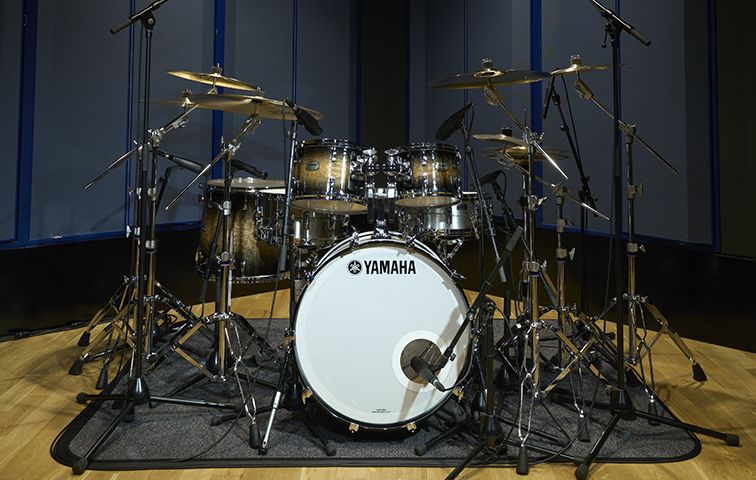
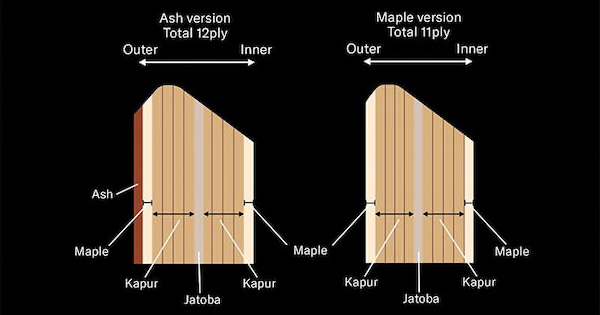
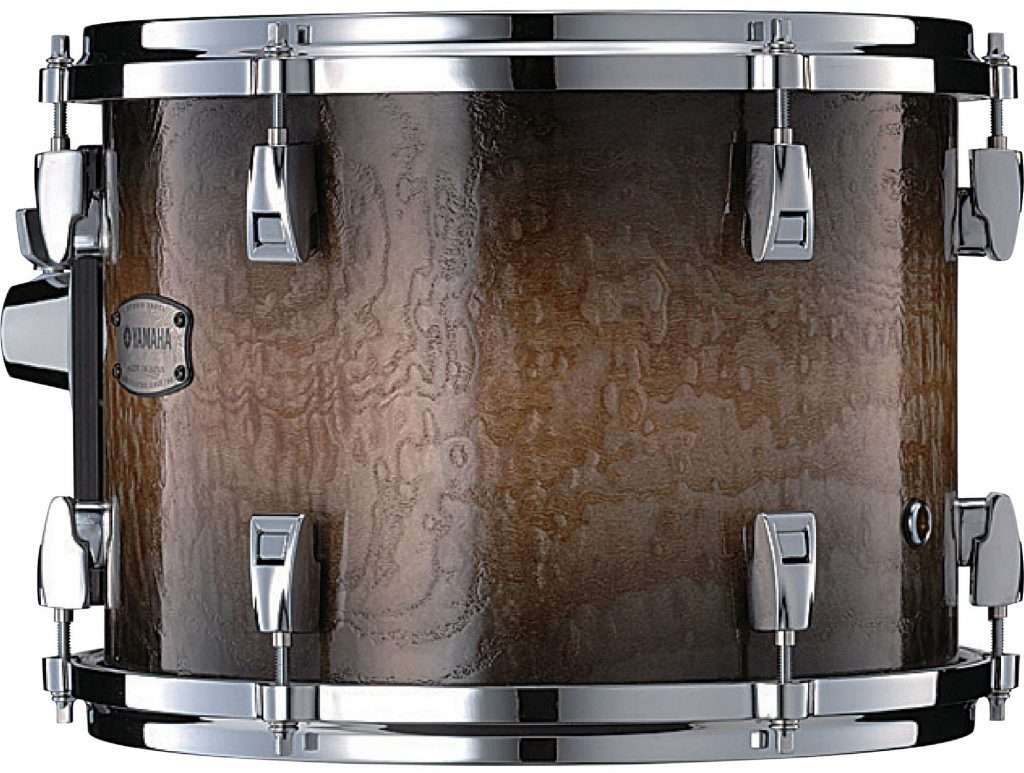
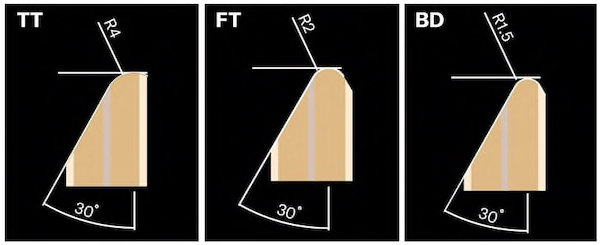
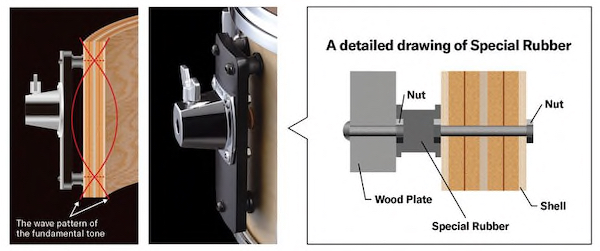
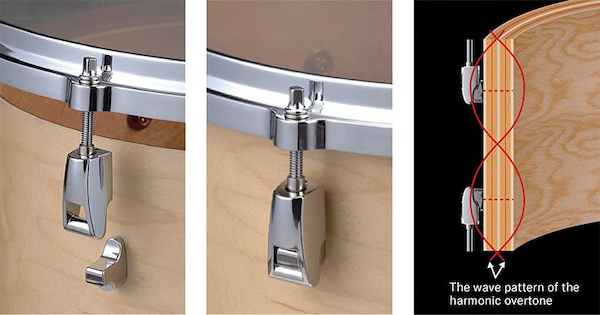
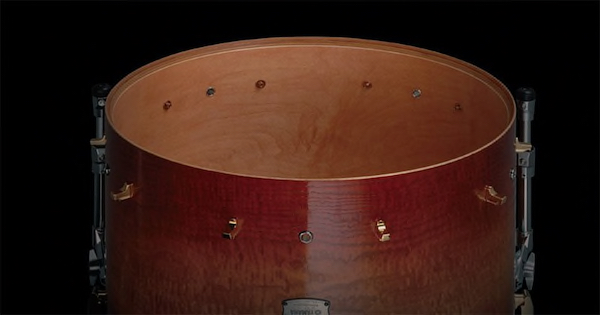

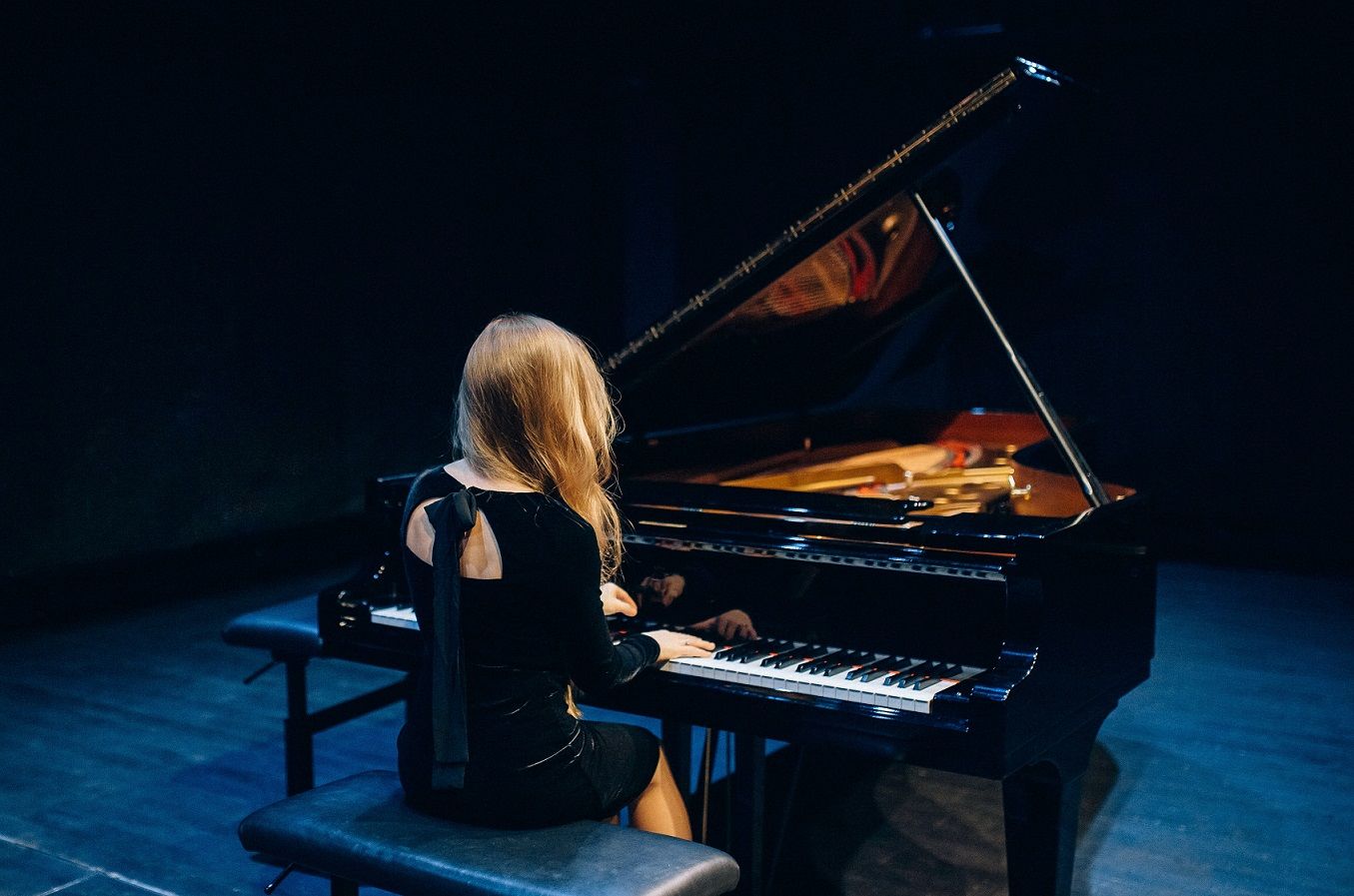
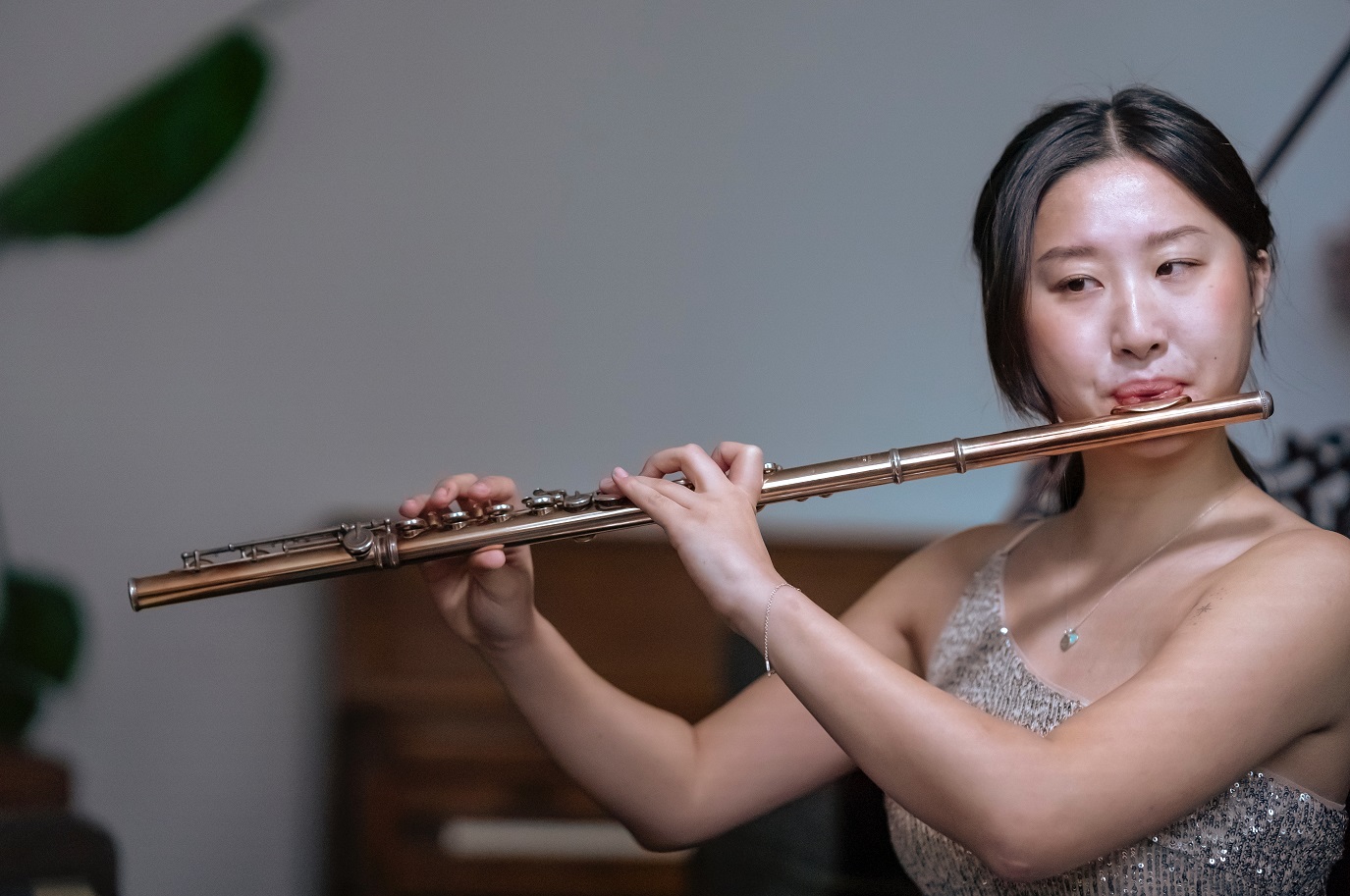
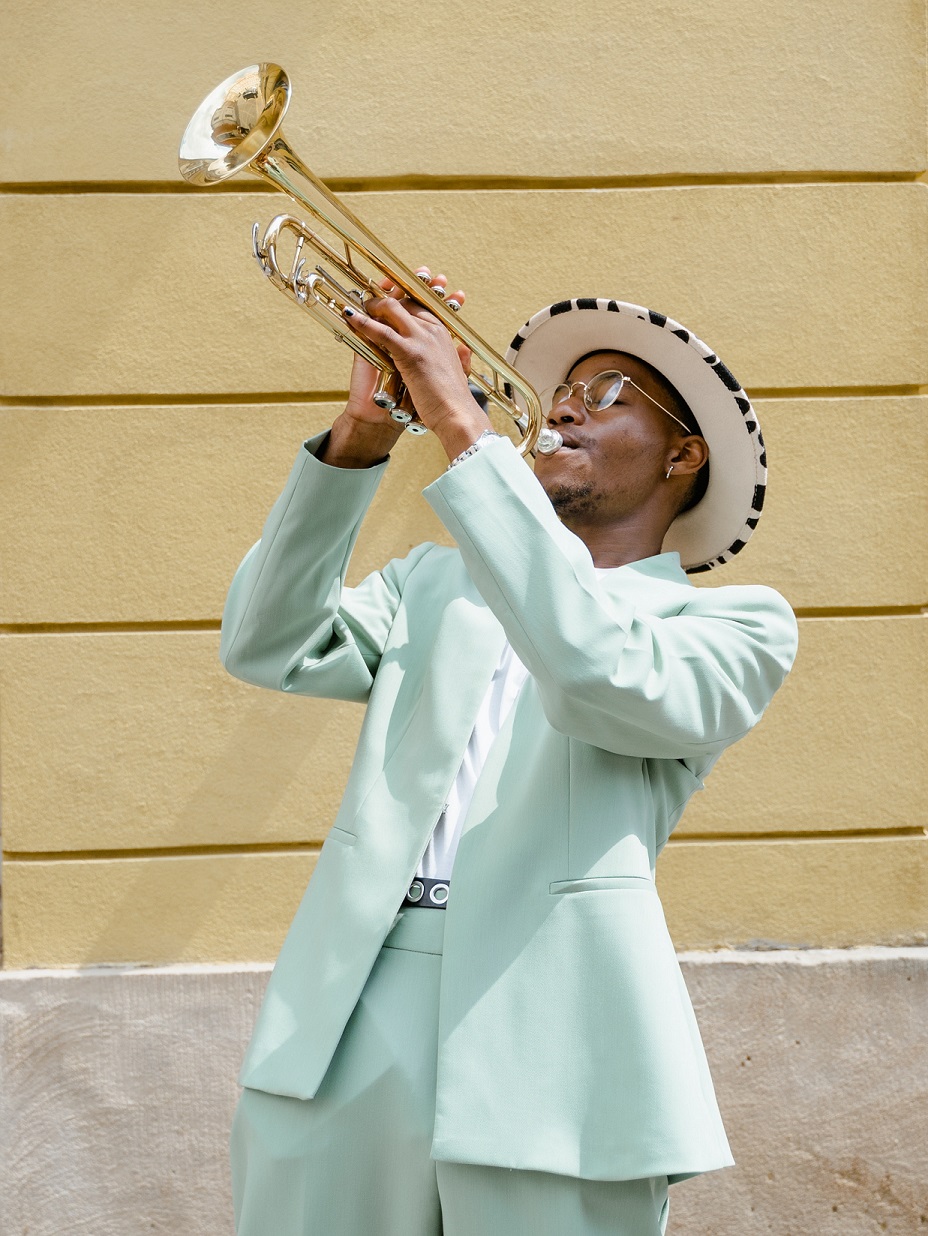 Early in my career, my approach to assessment was primarily based on two types of performance: pass-offs for individual students and performance assessment ratings for ensembles. Pass offs are a type of performance task, e.g., scales, rhythm sheets and excerpts from music, that students perform to demonstrate their level of proficiency. Performance assessments can include any contest, festival or competition in which students are evaluated and given a formal rating as a group. Many music educators are familiar with and utilize these systems because we experienced and excelled at these types of assessments when we were students.
Early in my career, my approach to assessment was primarily based on two types of performance: pass-offs for individual students and performance assessment ratings for ensembles. Pass offs are a type of performance task, e.g., scales, rhythm sheets and excerpts from music, that students perform to demonstrate their level of proficiency. Performance assessments can include any contest, festival or competition in which students are evaluated and given a formal rating as a group. Many music educators are familiar with and utilize these systems because we experienced and excelled at these types of assessments when we were students.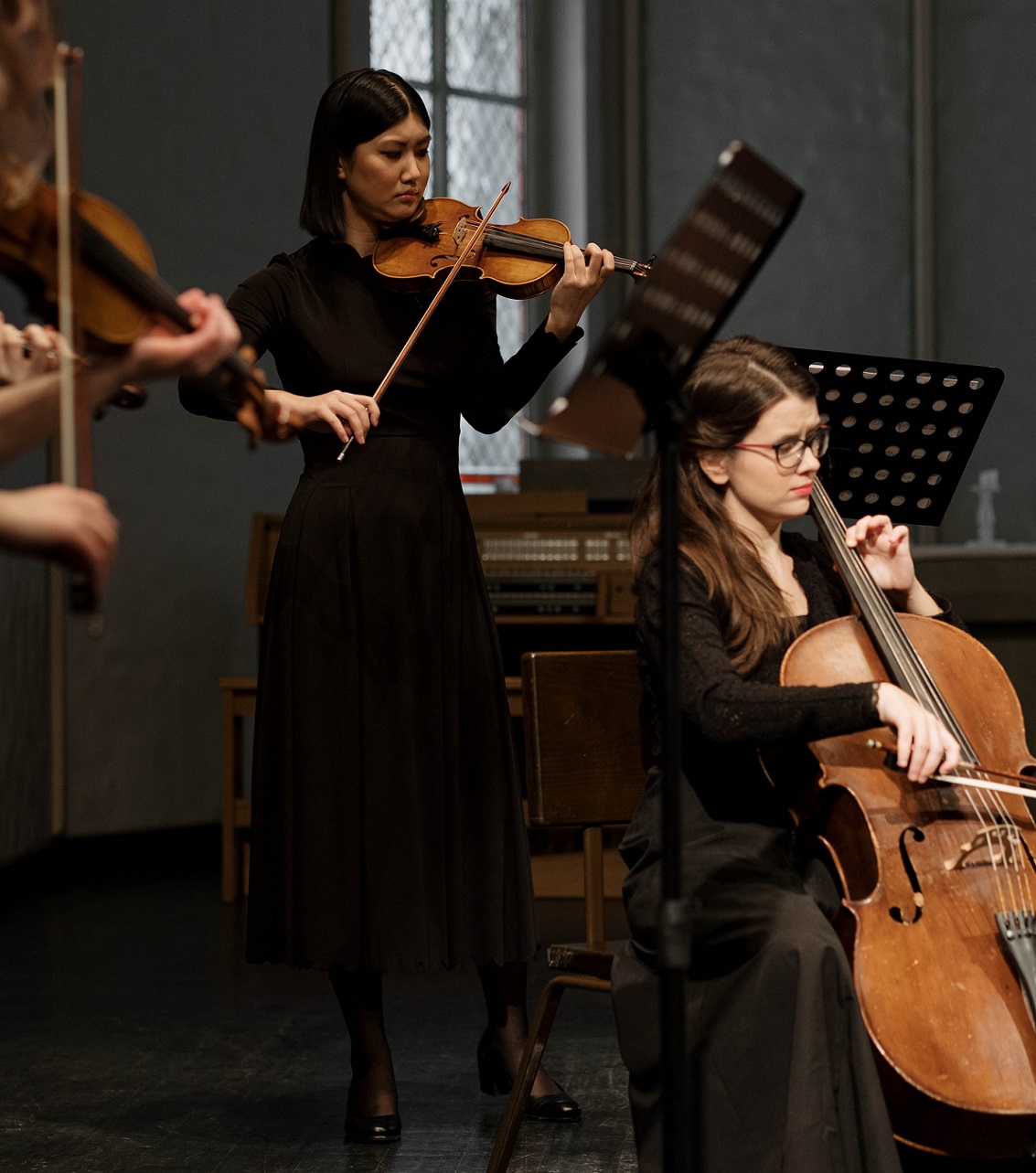 The Purpose of E-Portfolios
The Purpose of E-Portfolios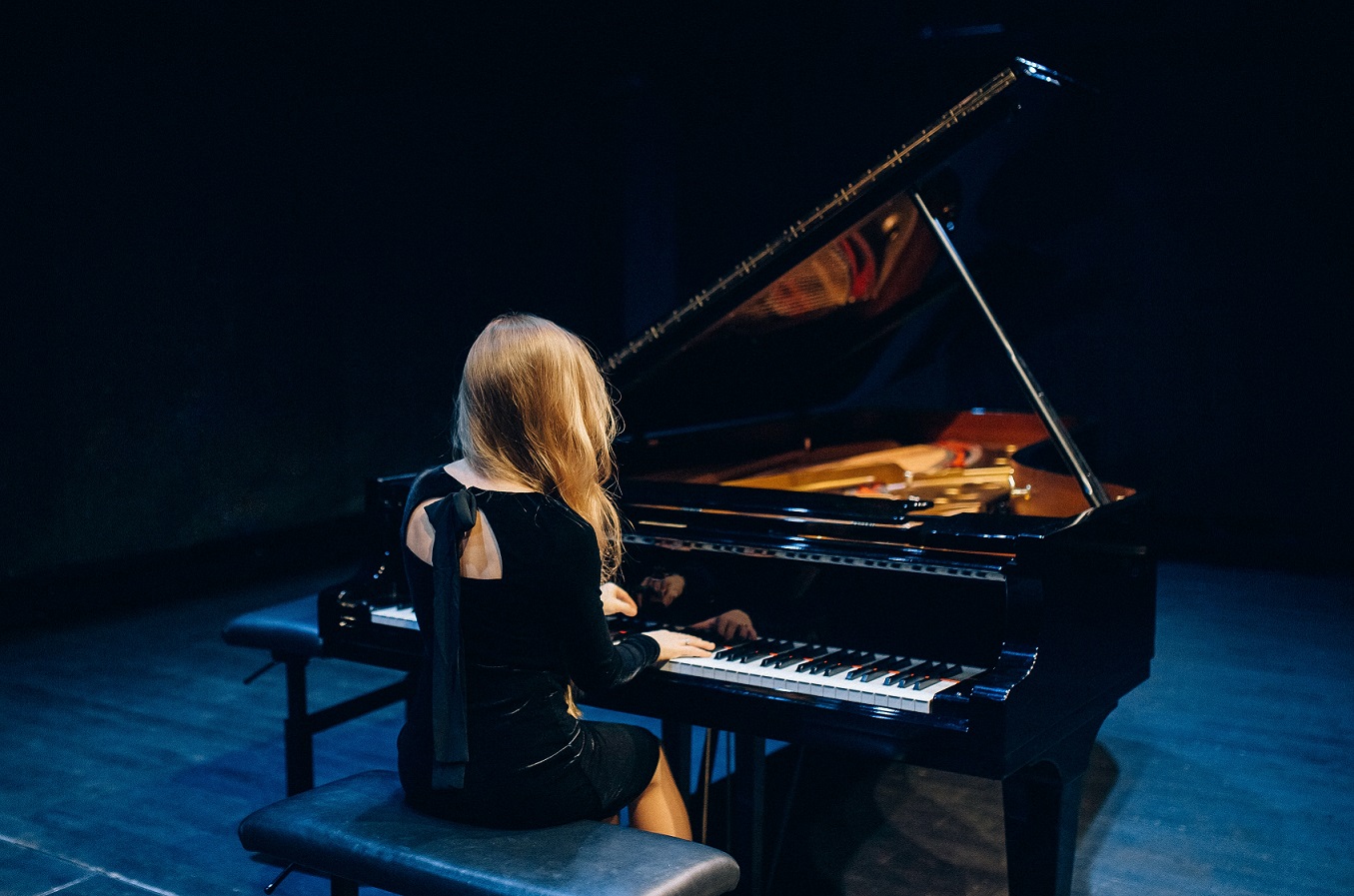 You’re probably thinking: This all sounds great, but where do I find the time to construct, implement and grade all this!? This is a valid question. It took me almost four years to see my department’s e-portfolio come to fruition. It is not a quick, set-it and forget-it sort of task.
You’re probably thinking: This all sounds great, but where do I find the time to construct, implement and grade all this!? This is a valid question. It took me almost four years to see my department’s e-portfolio come to fruition. It is not a quick, set-it and forget-it sort of task.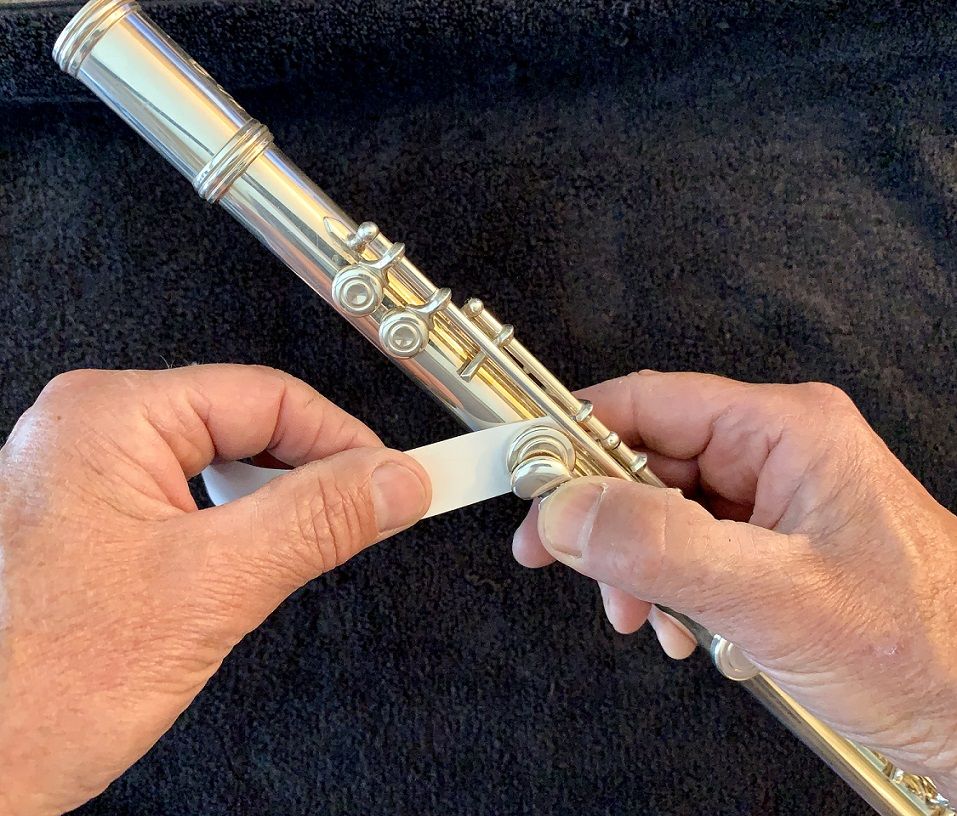
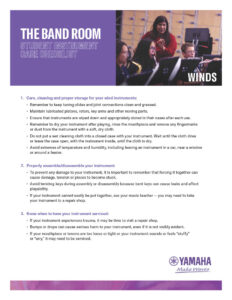
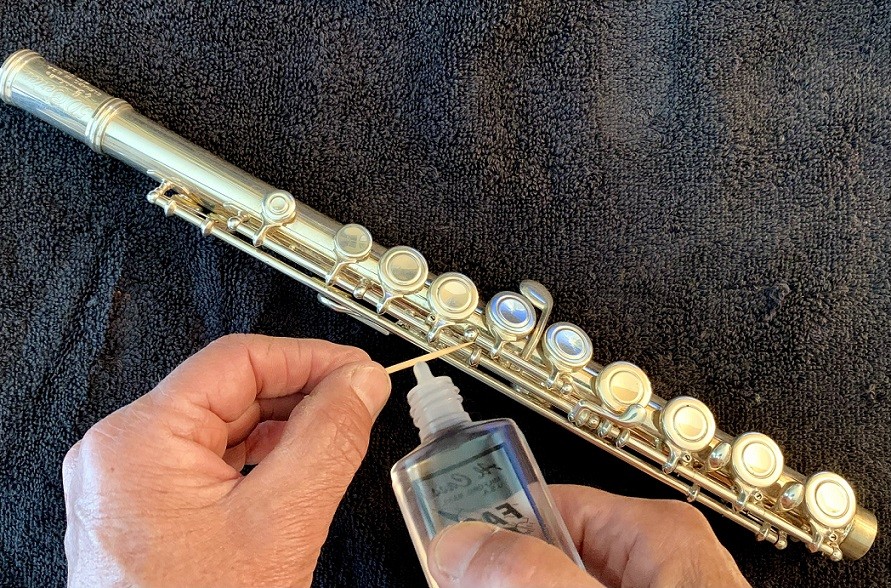 While you might not want your beginners to oil valves when they haven’t yet used them, start encouraging this practice once they start to push valves daily. The pulling and pushing of each tuning slide and the tightening and loosening of each valve cap by a turn or so will help prevent them from getting stuck. It also encourages students to not push the tuning slide all the way in.
While you might not want your beginners to oil valves when they haven’t yet used them, start encouraging this practice once they start to push valves daily. The pulling and pushing of each tuning slide and the tightening and loosening of each valve cap by a turn or so will help prevent them from getting stuck. It also encourages students to not push the tuning slide all the way in.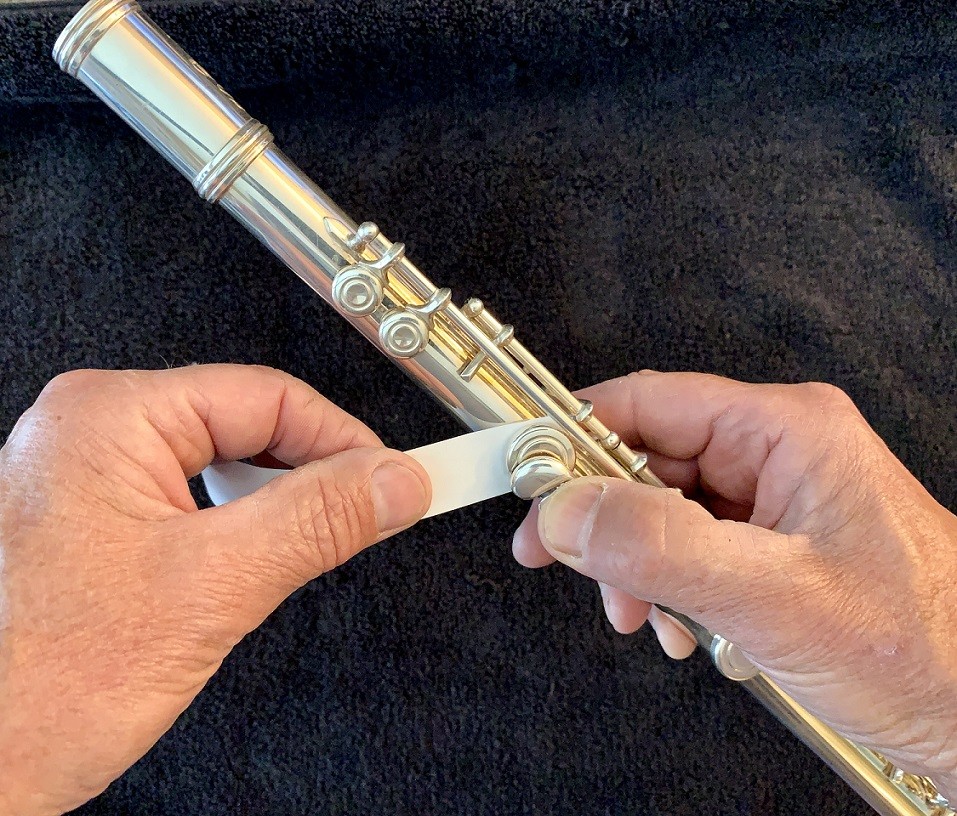 Young woodwind players tend to rush and default to swabbing out the entire instrument, which often results in the swab getting stuck. Pulling a cleaning swab all the way through a mouthpiece is a sure way to get it stuck as well. So, make sure to allow time for cleaning tasks to be done properly. Another tip: Use a reed holder — not the container the reed came in — which is a better way to encourage dry storage.
Young woodwind players tend to rush and default to swabbing out the entire instrument, which often results in the swab getting stuck. Pulling a cleaning swab all the way through a mouthpiece is a sure way to get it stuck as well. So, make sure to allow time for cleaning tasks to be done properly. Another tip: Use a reed holder — not the container the reed came in — which is a better way to encourage dry storage. Wipe brass valves and trombone slides dry every week to keep them smooth forever.
Wipe brass valves and trombone slides dry every week to keep them smooth forever.
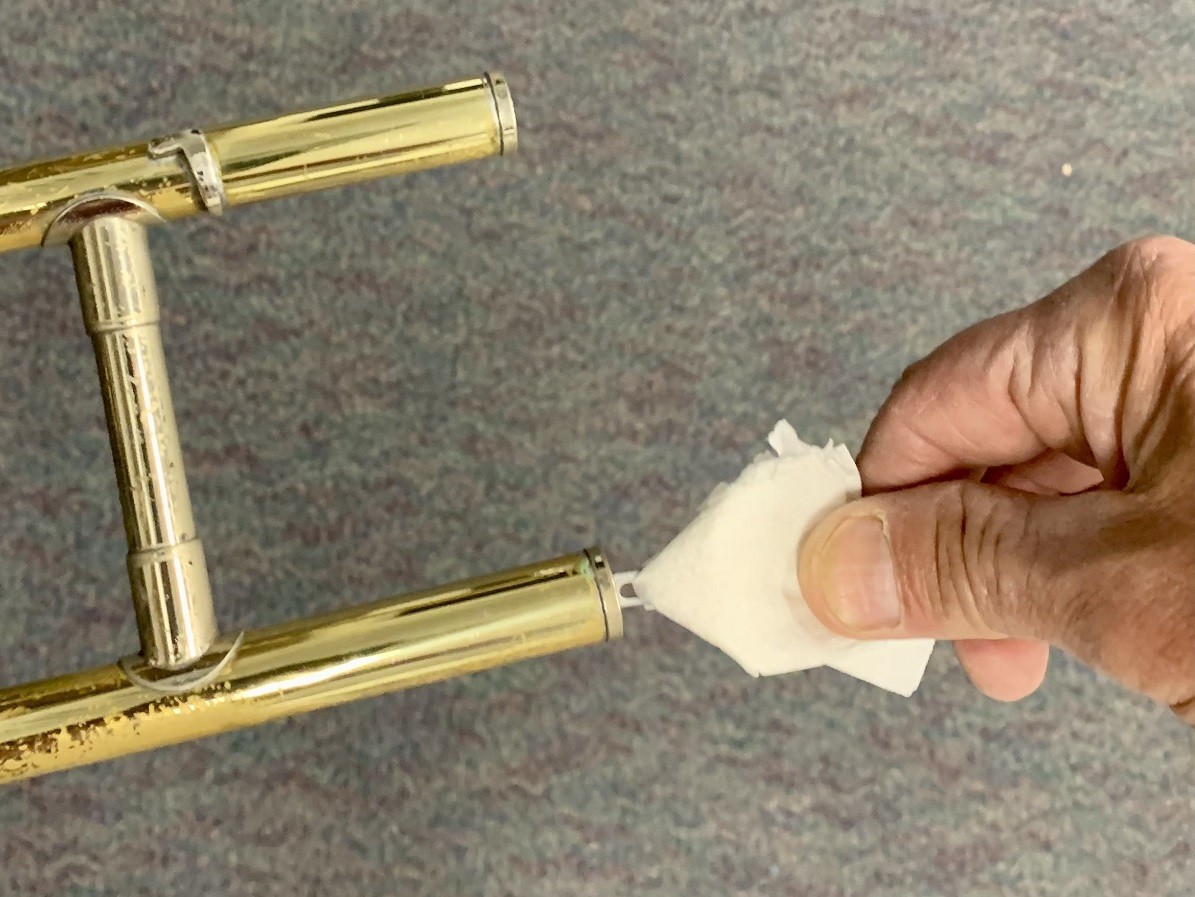 Your final check-in process for school-owned wind instruments must ensure that they are clean and working for the next group of students. Any instruments that need outside repairs must be identified and set aside. To save you time in assessing instruments, have students make a note of anything they think may be wrong with theirs. If you have a lot of instruments to check in, this can be a lengthy process, so I follow the steps on the chart below to keep my process efficient.
Your final check-in process for school-owned wind instruments must ensure that they are clean and working for the next group of students. Any instruments that need outside repairs must be identified and set aside. To save you time in assessing instruments, have students make a note of anything they think may be wrong with theirs. If you have a lot of instruments to check in, this can be a lengthy process, so I follow the steps on the chart below to keep my process efficient.



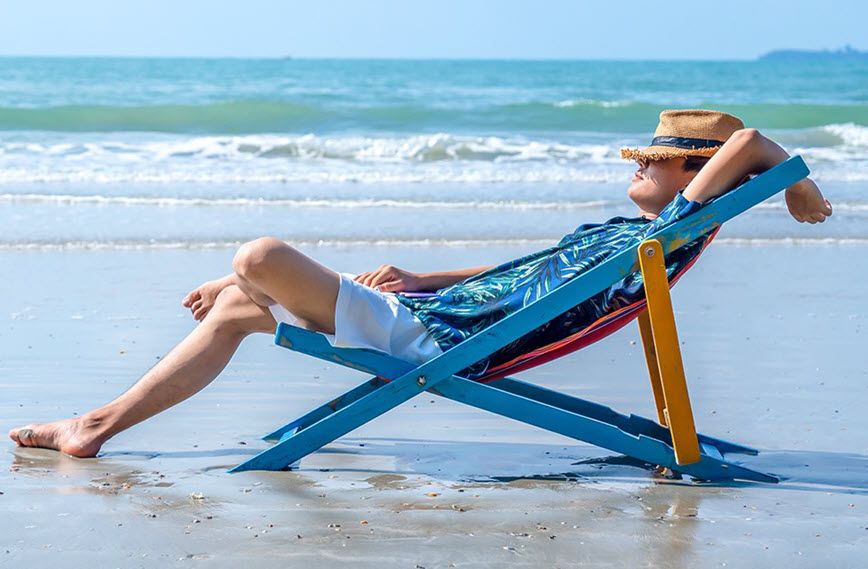
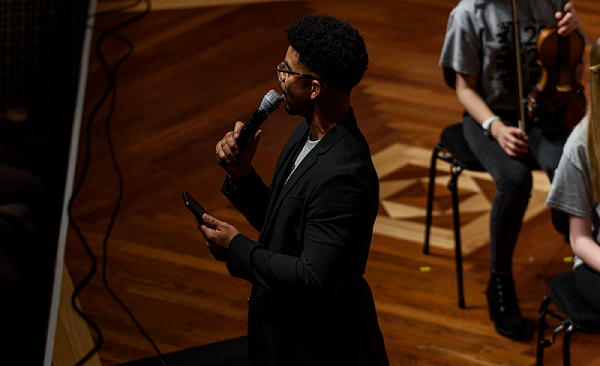
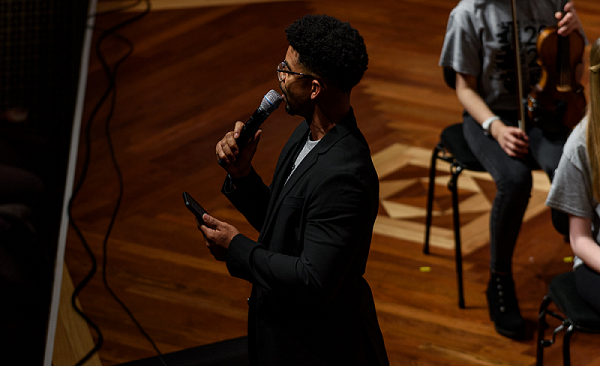
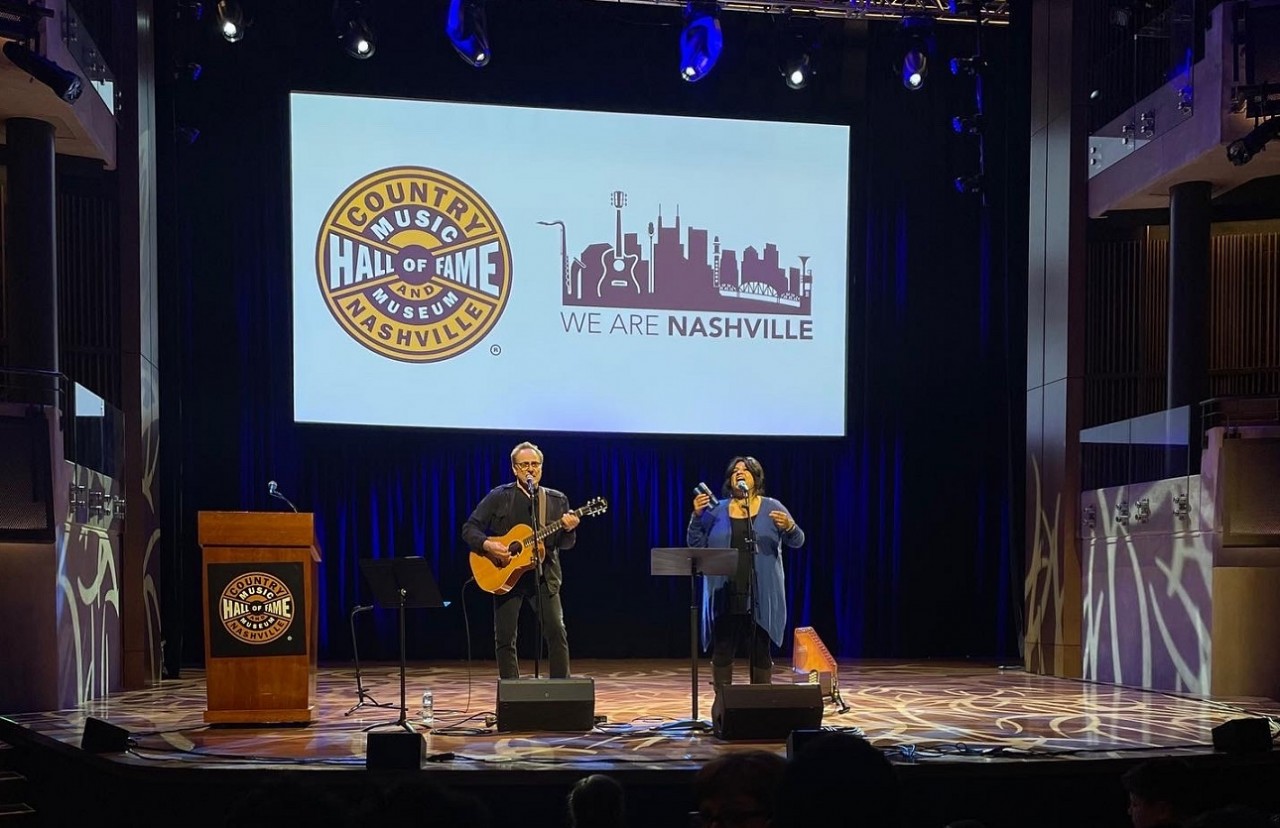 The first We Are Nashville Festival took place in 2018 at
The first We Are Nashville Festival took place in 2018 at 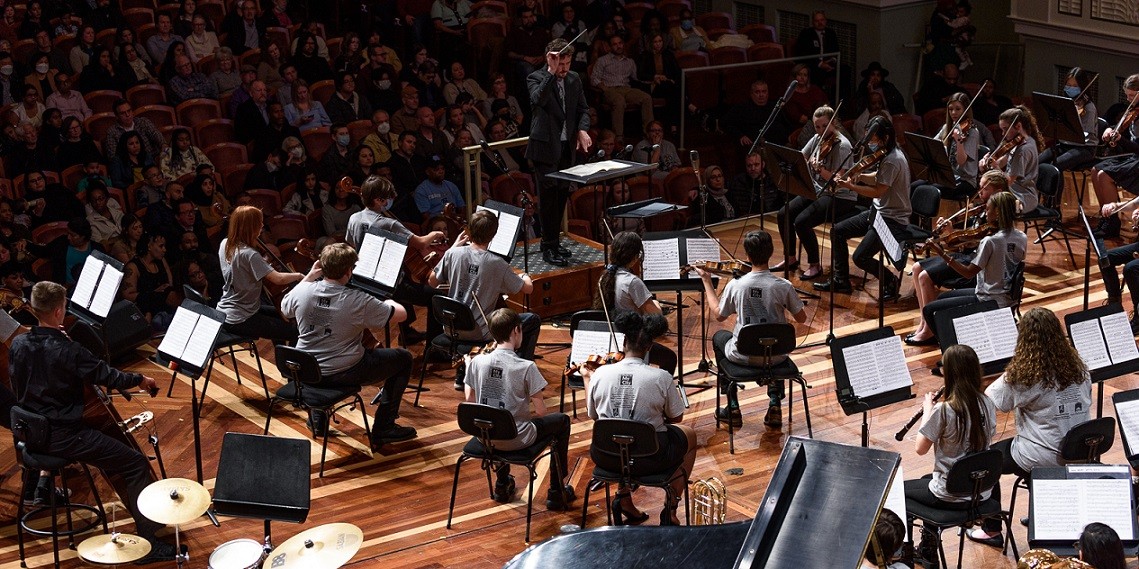 With the pandemic still raging in 2021, Finney knew that the festival would need to be all digital, which he was excited to explore. Finney works as a Learning Technology Specialist for Metro Nashville Public Schools and assists educators with successfully integrating technology into their instruction. So, he interviewed local artists and music directors and provided digital resources for students and teachers.
With the pandemic still raging in 2021, Finney knew that the festival would need to be all digital, which he was excited to explore. Finney works as a Learning Technology Specialist for Metro Nashville Public Schools and assists educators with successfully integrating technology into their instruction. So, he interviewed local artists and music directors and provided digital resources for students and teachers. While elementary school students are in their general music experience, middle school and high school students arrive to practice and take workshops of their own. Then, they break apart and begin practicing their music in sectionals and tier-based rehearsals before coming back together for dinner. During dinner, the We Are Nashville student orchestra made-up of high school students from all over the Nashville area, begin their final run-through of music before the final dress rehearsal and show.
While elementary school students are in their general music experience, middle school and high school students arrive to practice and take workshops of their own. Then, they break apart and begin practicing their music in sectionals and tier-based rehearsals before coming back together for dinner. During dinner, the We Are Nashville student orchestra made-up of high school students from all over the Nashville area, begin their final run-through of music before the final dress rehearsal and show.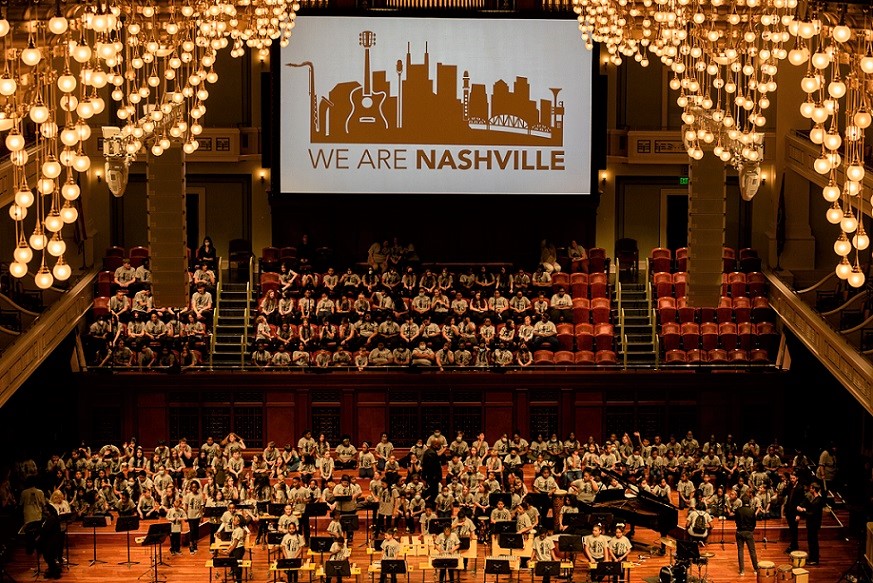 He hopes that the elementary school students can look at the middle and high school students and envision themselves in their positions. Finney says that he receives feedback from teachers who say that their students want to join the middle school or high school orchestra or choir because they saw them perform at the festival. For Finney, that is what the festival is all about. He says it’s important for students to realize that “they’re just like me, or they look just like me, and they’re doing something I would love to do,” he says.
He hopes that the elementary school students can look at the middle and high school students and envision themselves in their positions. Finney says that he receives feedback from teachers who say that their students want to join the middle school or high school orchestra or choir because they saw them perform at the festival. For Finney, that is what the festival is all about. He says it’s important for students to realize that “they’re just like me, or they look just like me, and they’re doing something I would love to do,” he says.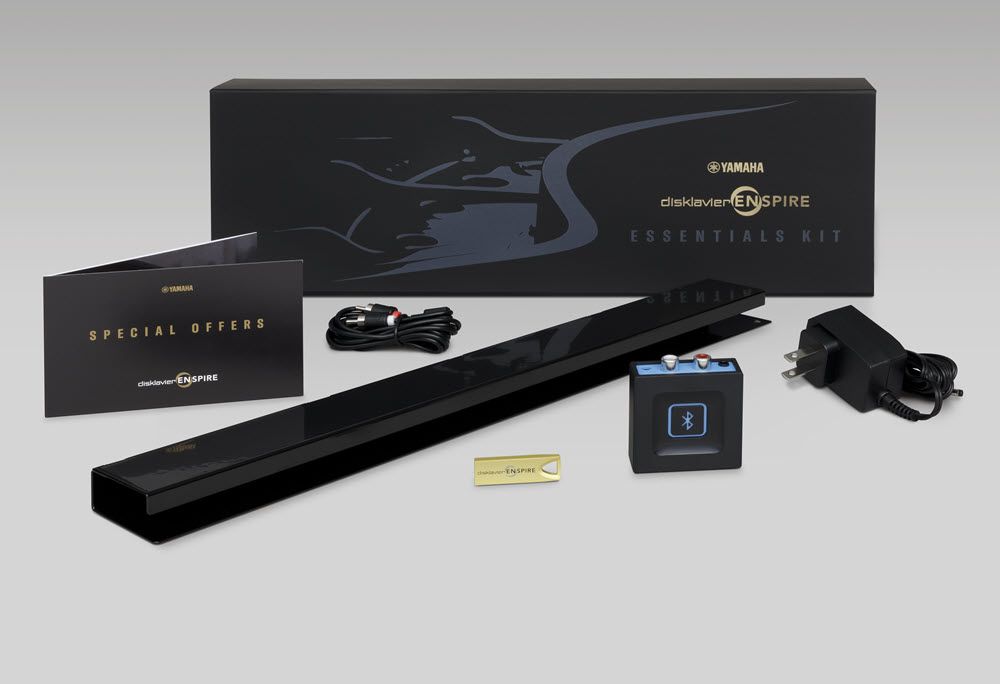

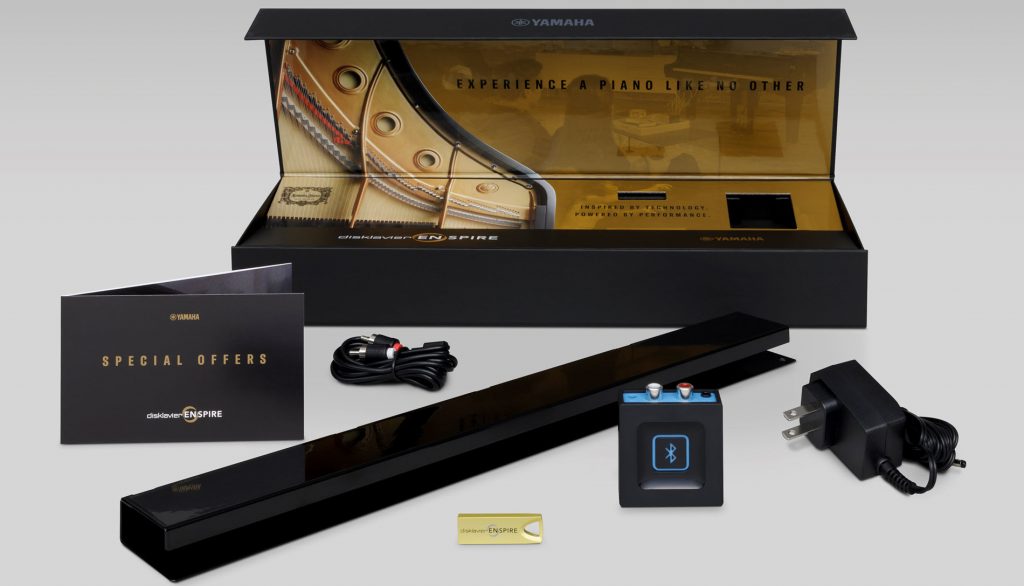
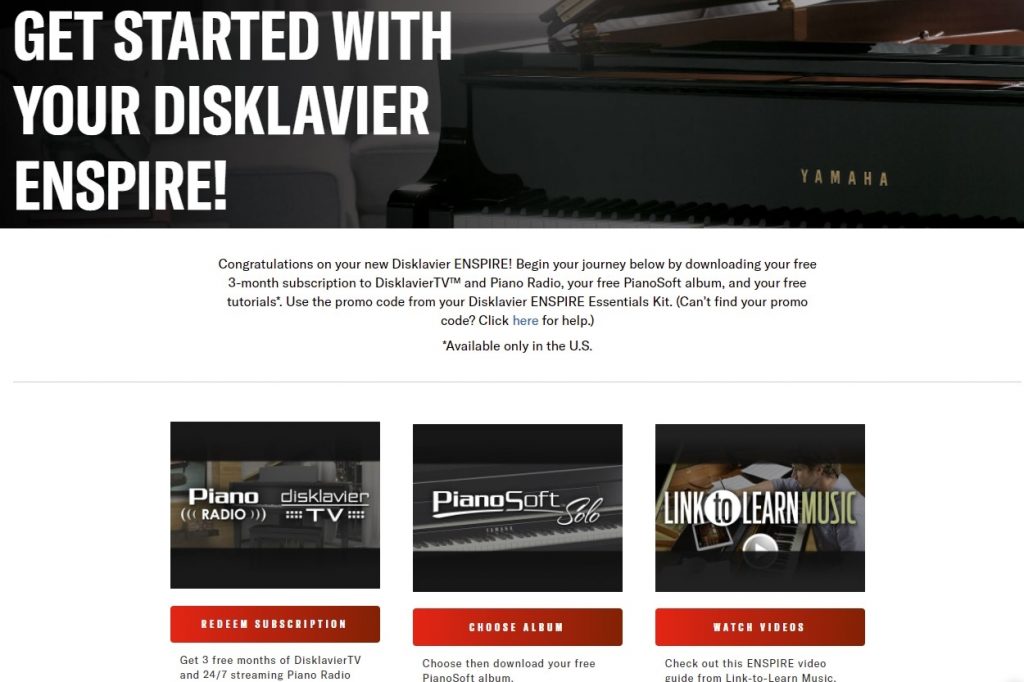


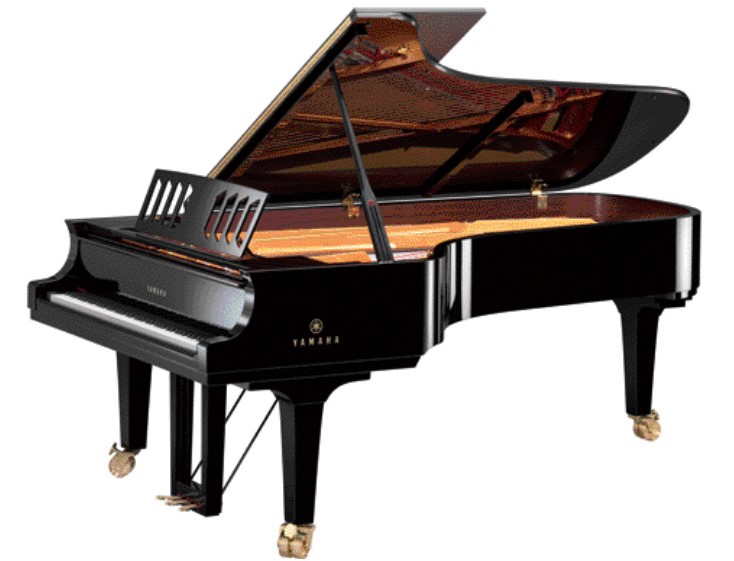
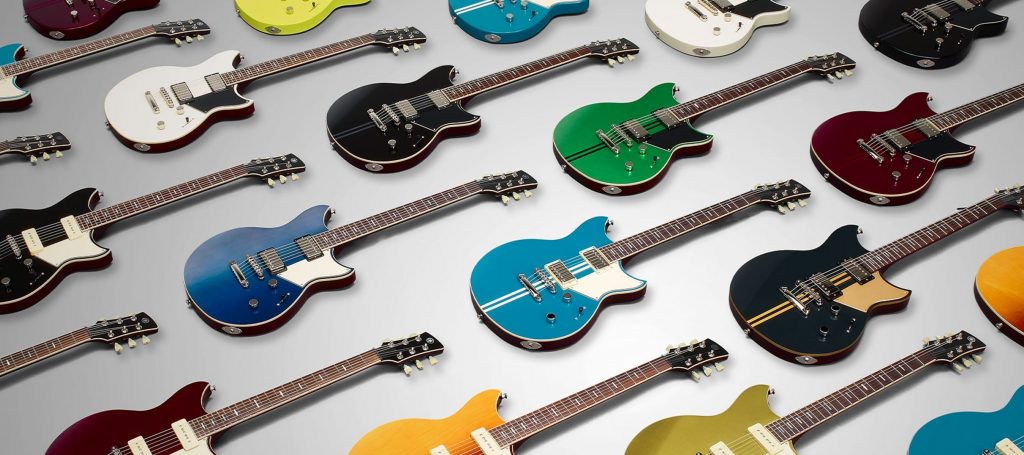
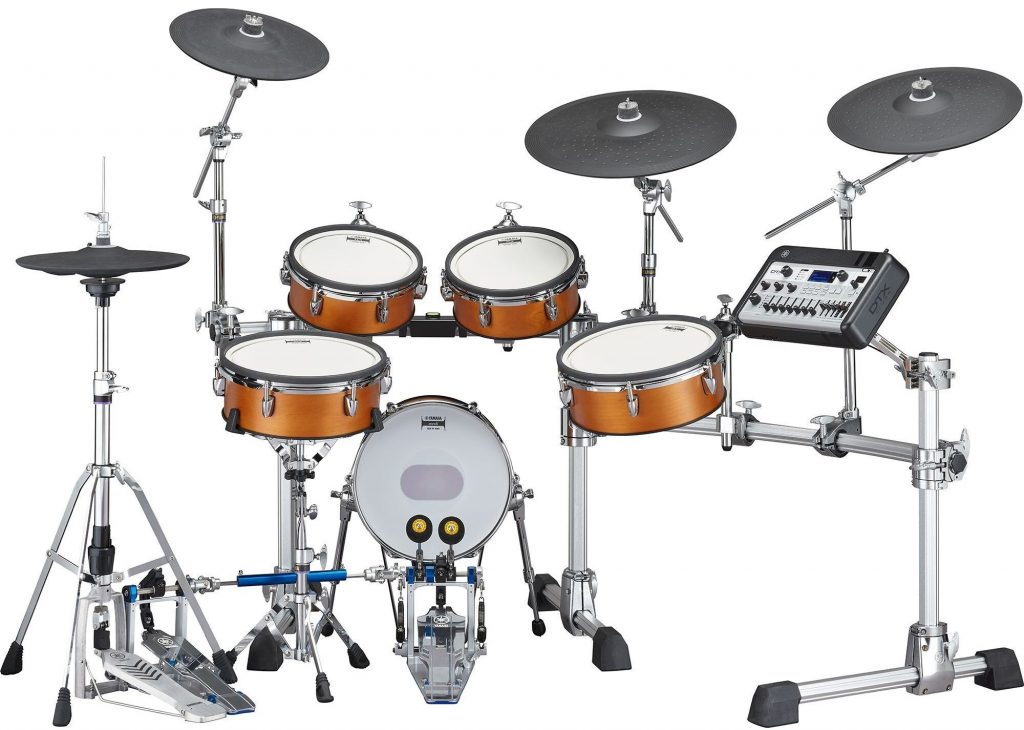
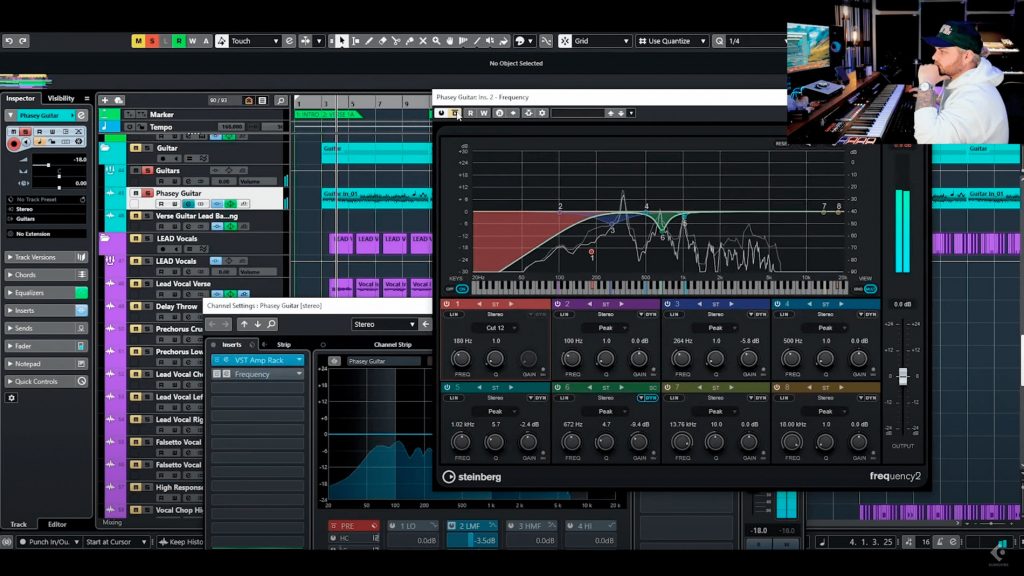

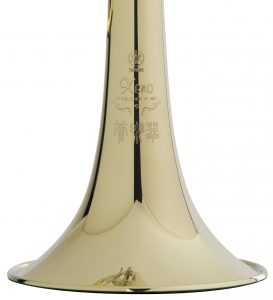


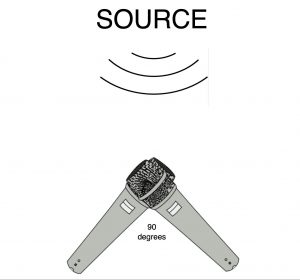
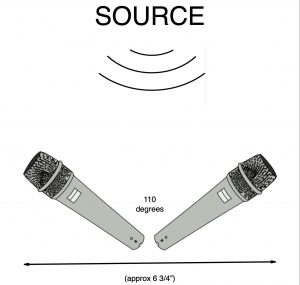


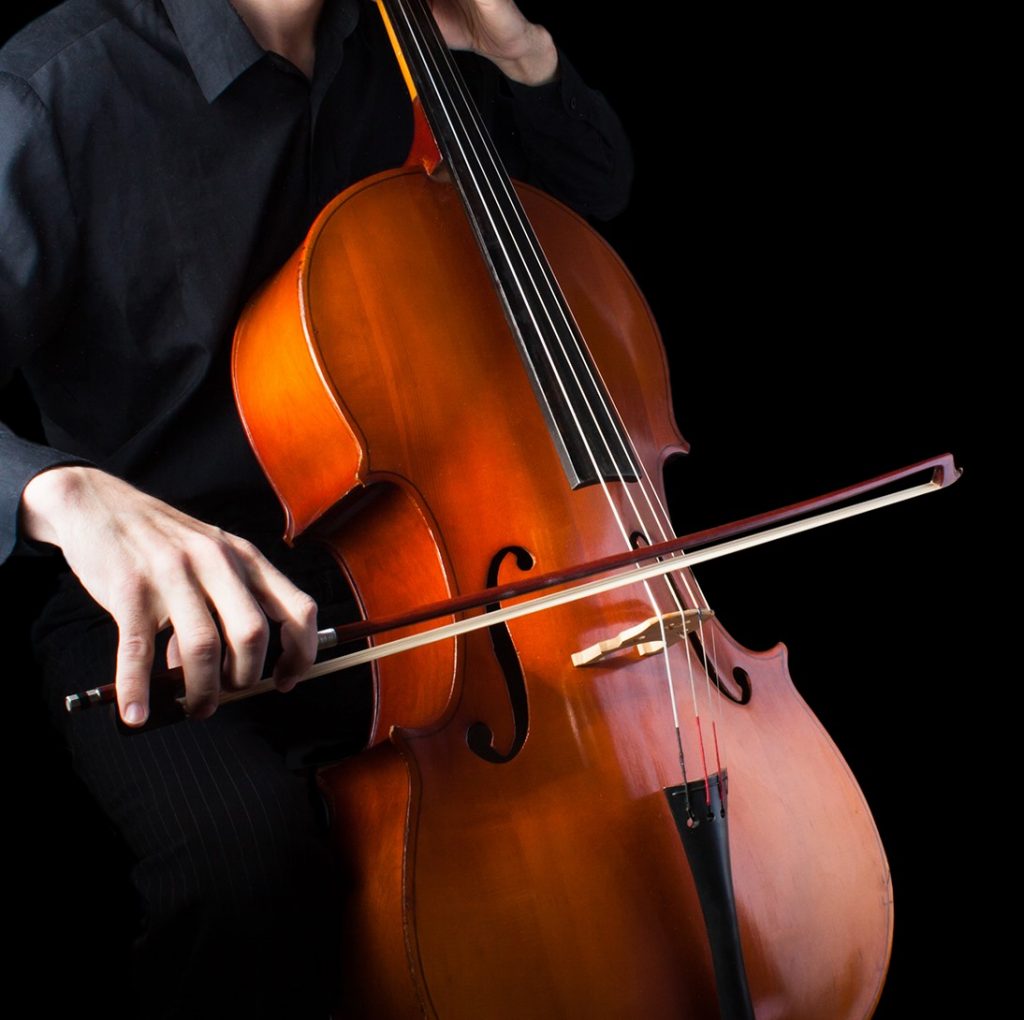
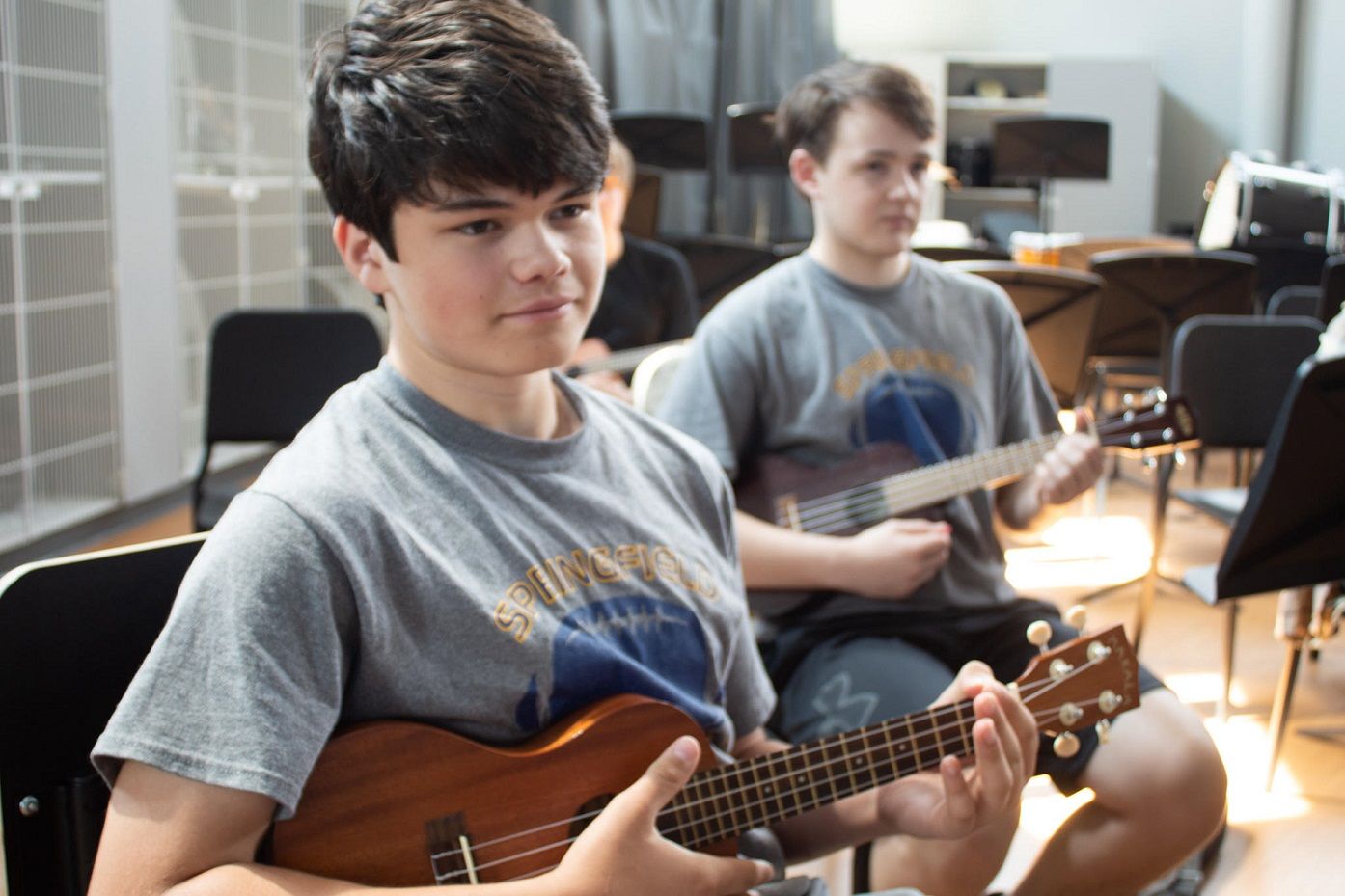

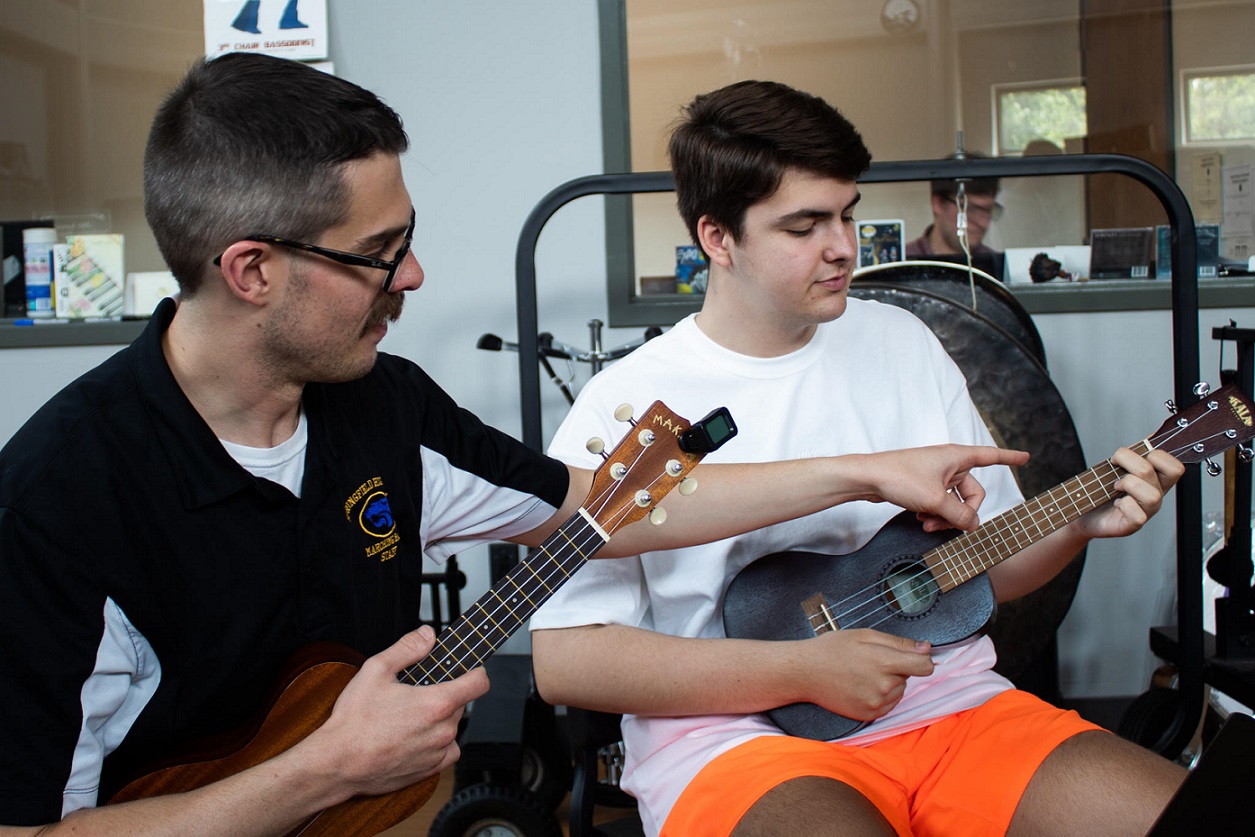 A proposal of the course was given to the building principal at the time, Dr. Joseph Hepp, a multi-instrumentalist in his own right, and reviewed by our district curriculum coordinators. After they approved it, the elective was added to the course offerings during course selection.
A proposal of the course was given to the building principal at the time, Dr. Joseph Hepp, a multi-instrumentalist in his own right, and reviewed by our district curriculum coordinators. After they approved it, the elective was added to the course offerings during course selection. Once the course was approved, I began to write and design the curriculum as well as a scope and sequence for the course. I decided that students would spend half of the semester on ukulele and then transition to guitar. I wanted all my students to walk away with a skillset where they could continue learning, playing and enjoying music on guitar and ukulele beyond the class. Thanks to discussions and input from my colleagues, I determined that I wanted students to be able to meet two primary goals:
Once the course was approved, I began to write and design the curriculum as well as a scope and sequence for the course. I decided that students would spend half of the semester on ukulele and then transition to guitar. I wanted all my students to walk away with a skillset where they could continue learning, playing and enjoying music on guitar and ukulele beyond the class. Thanks to discussions and input from my colleagues, I determined that I wanted students to be able to meet two primary goals: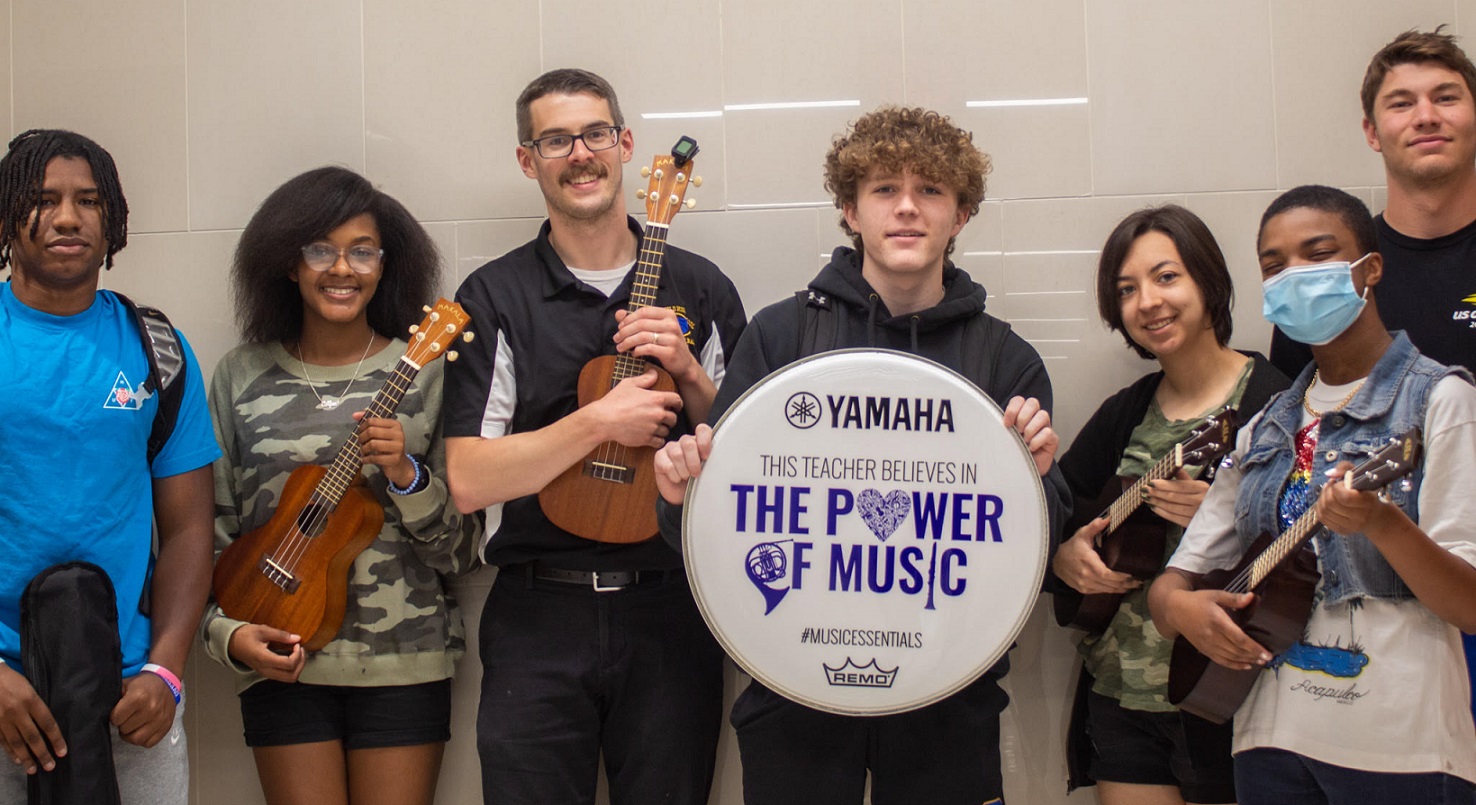 When it came to teaching common harmonies and progressions on the instrument, it was more difficult to find text and resources that met the needs of the class. While there are several popular methods for teaching harmony, few would effectively work for guitar and ukulele. For this reason, I ended up creating most of my own original resources (slideshows and handouts) to teach harmonies and chords with the aid of online resources such as
When it came to teaching common harmonies and progressions on the instrument, it was more difficult to find text and resources that met the needs of the class. While there are several popular methods for teaching harmony, few would effectively work for guitar and ukulele. For this reason, I ended up creating most of my own original resources (slideshows and handouts) to teach harmonies and chords with the aid of online resources such as 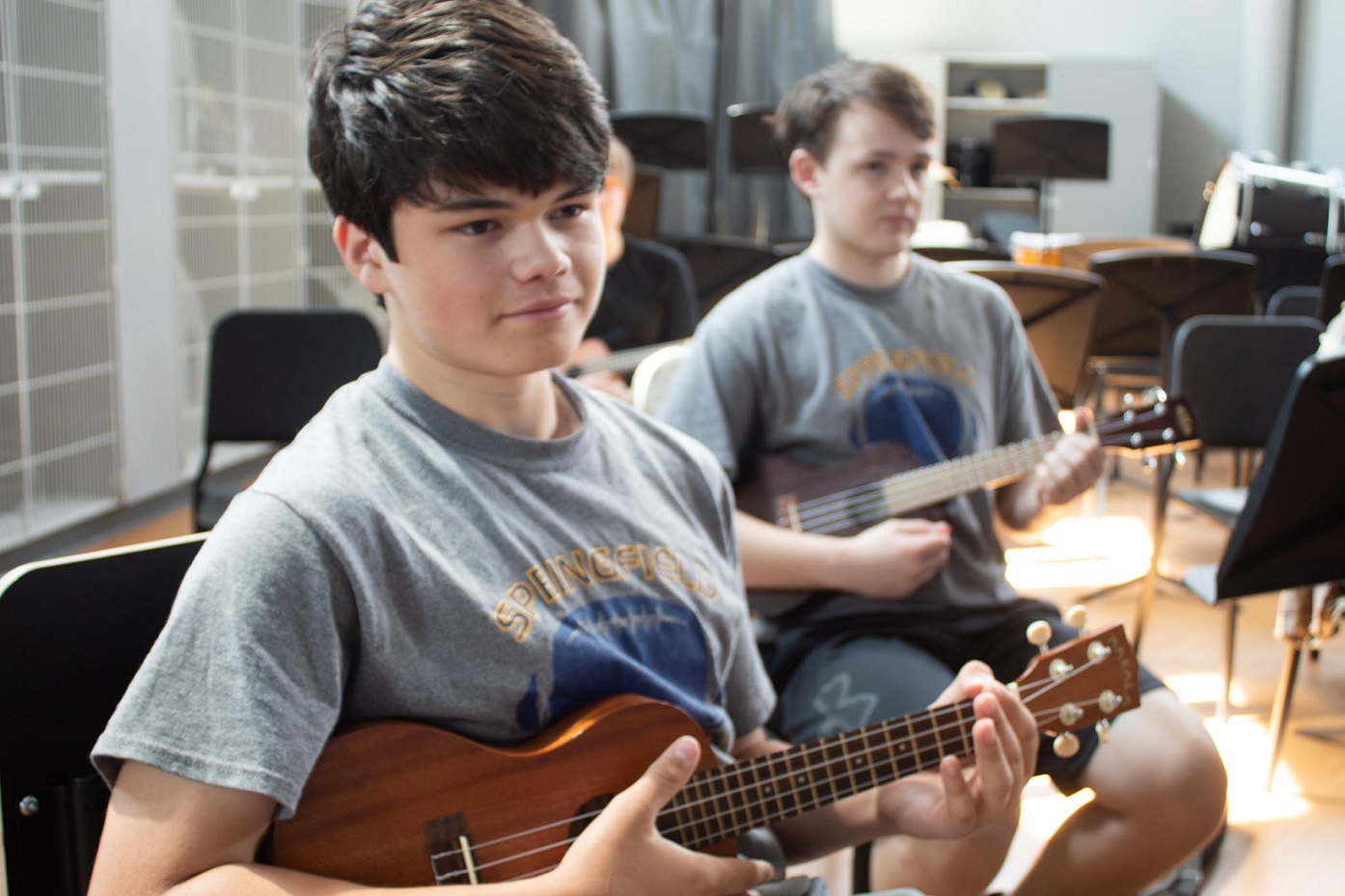 Along with the curricular support for the class, our district supported the purchase of a set of guitars and ukuleles through building and curriculum budgets. As the program expanded, we were able to use a combination of our department budget and curriculum budget to expand our inventory. Every student is assigned a guitar and ukulele during the course that they can use in class and take home as needed. If you are unable to secure a district budget funding source, I highly encourage looking into
Along with the curricular support for the class, our district supported the purchase of a set of guitars and ukuleles through building and curriculum budgets. As the program expanded, we were able to use a combination of our department budget and curriculum budget to expand our inventory. Every student is assigned a guitar and ukulele during the course that they can use in class and take home as needed. If you are unable to secure a district budget funding source, I highly encourage looking into 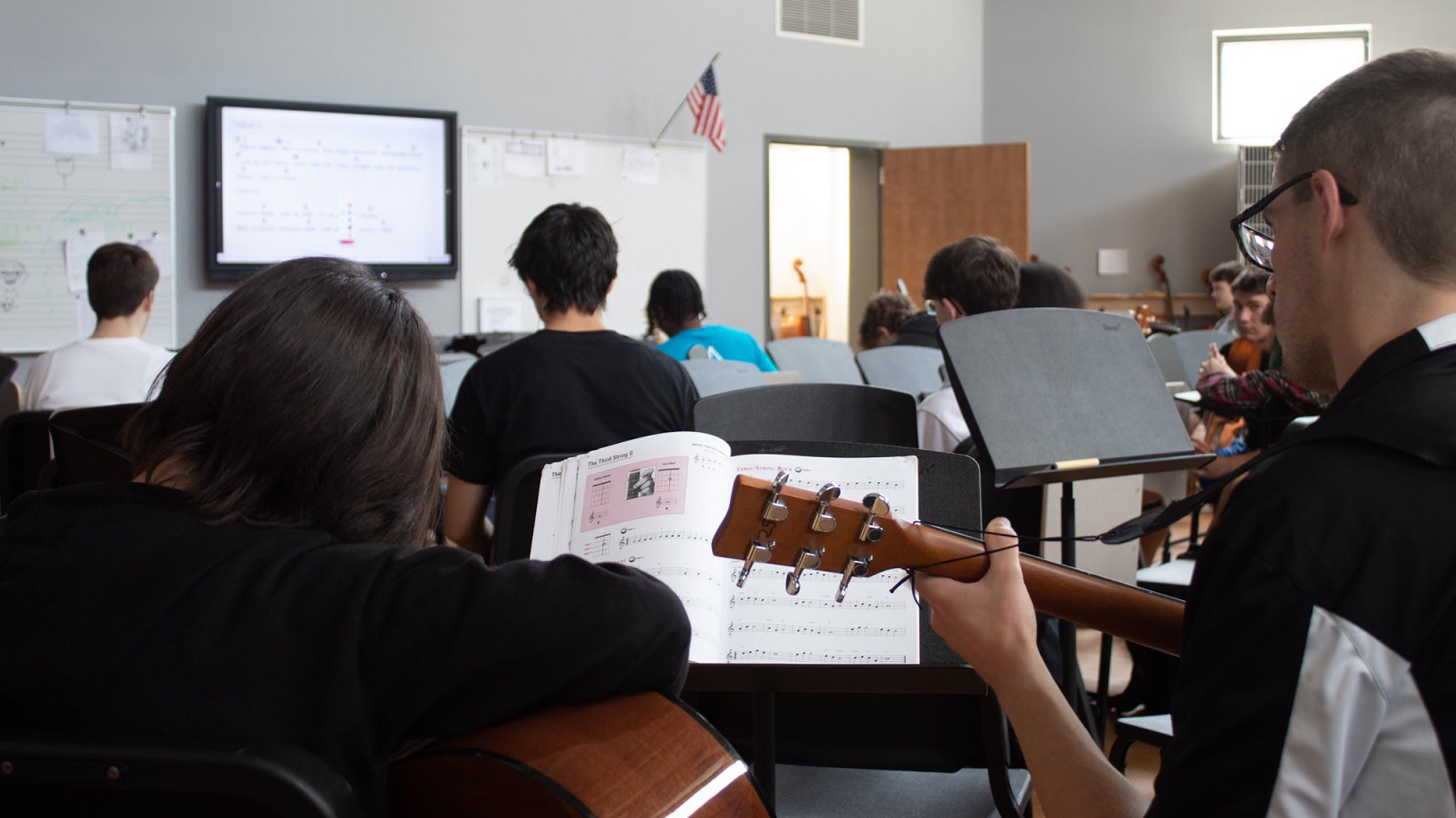 This guitar and ukulele elective has become extremely popular in our building! Last year, we ran six sections of the course taught by one other teacher and me and engaged approximately students in meaningful music making! One of the most surprising and rewarding pieces of feedback I received from students is how much they value being able to learn traditional music notation in high school!
This guitar and ukulele elective has become extremely popular in our building! Last year, we ran six sections of the course taught by one other teacher and me and engaged approximately students in meaningful music making! One of the most surprising and rewarding pieces of feedback I received from students is how much they value being able to learn traditional music notation in high school!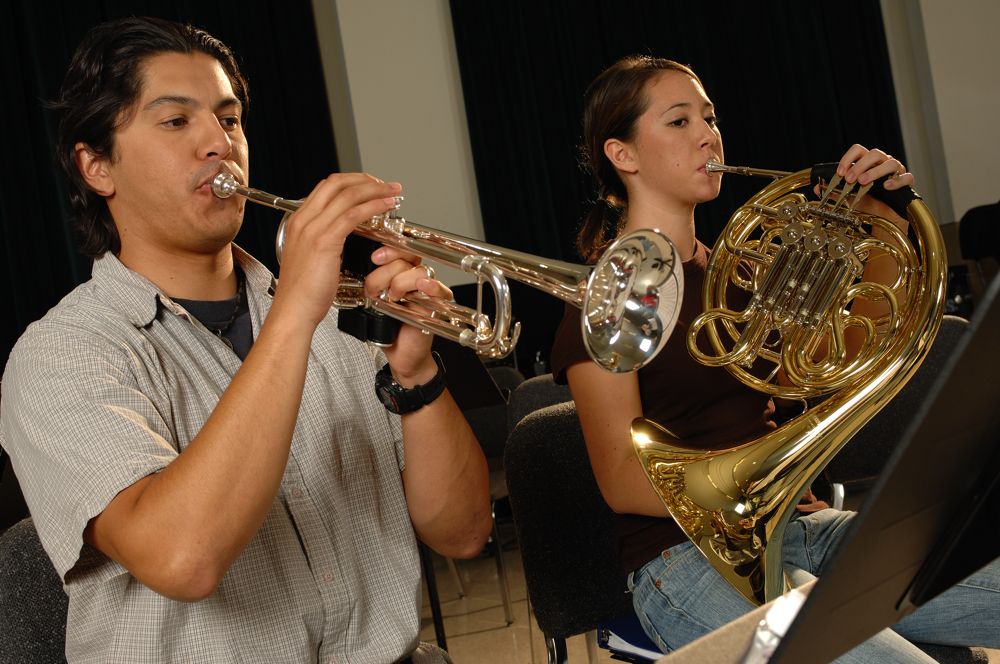
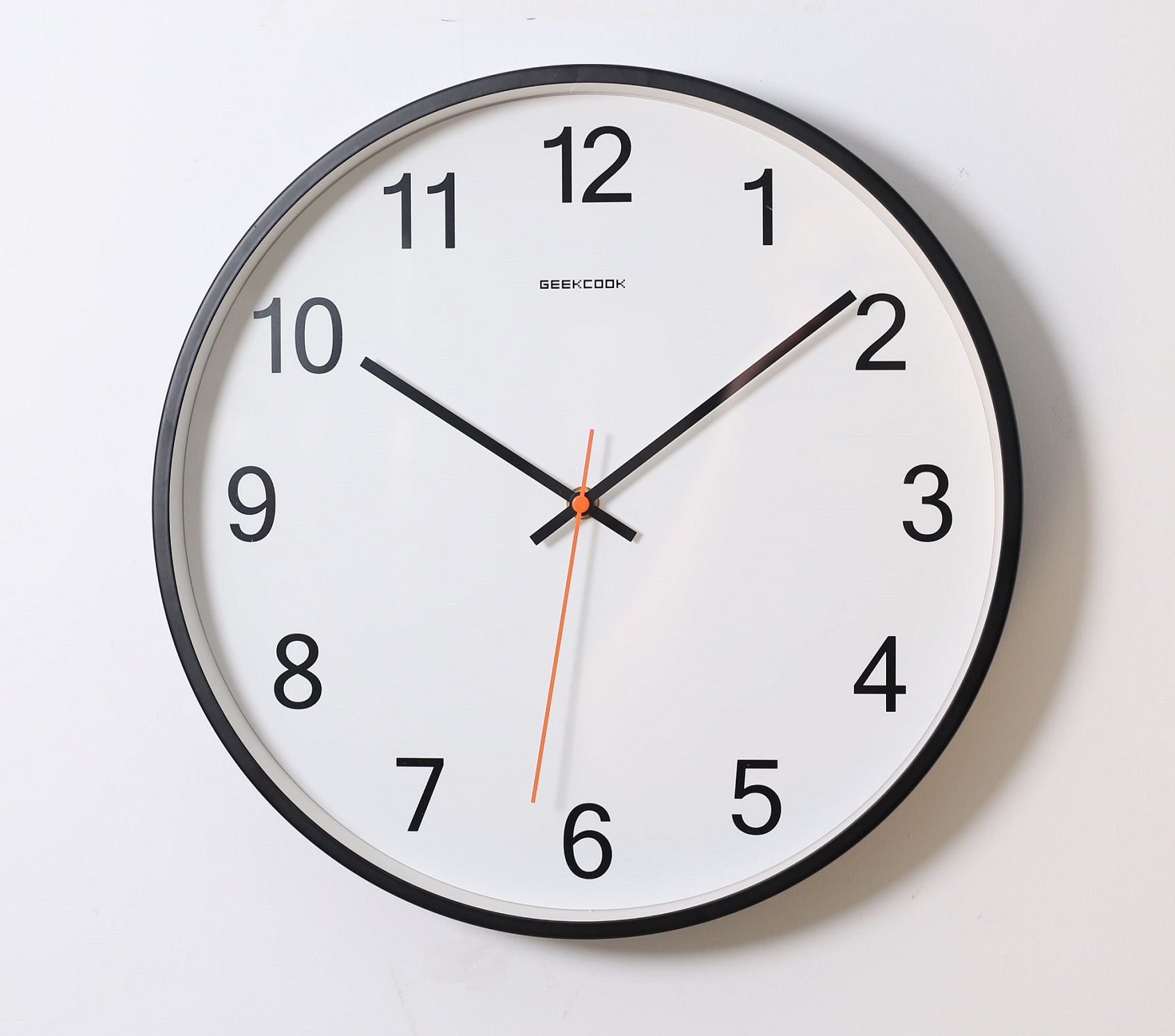 Fundamentals include all elements of the daily diet for the contest literature, including rhythm training, ear training, breathing exercises, buzzing for brass, long tones, lip flexibilities, harmonic slurs, articulation exercises, range builders, dynamic control exercises, scales, chorales, tuning sequences and more.
Fundamentals include all elements of the daily diet for the contest literature, including rhythm training, ear training, breathing exercises, buzzing for brass, long tones, lip flexibilities, harmonic slurs, articulation exercises, range builders, dynamic control exercises, scales, chorales, tuning sequences and more.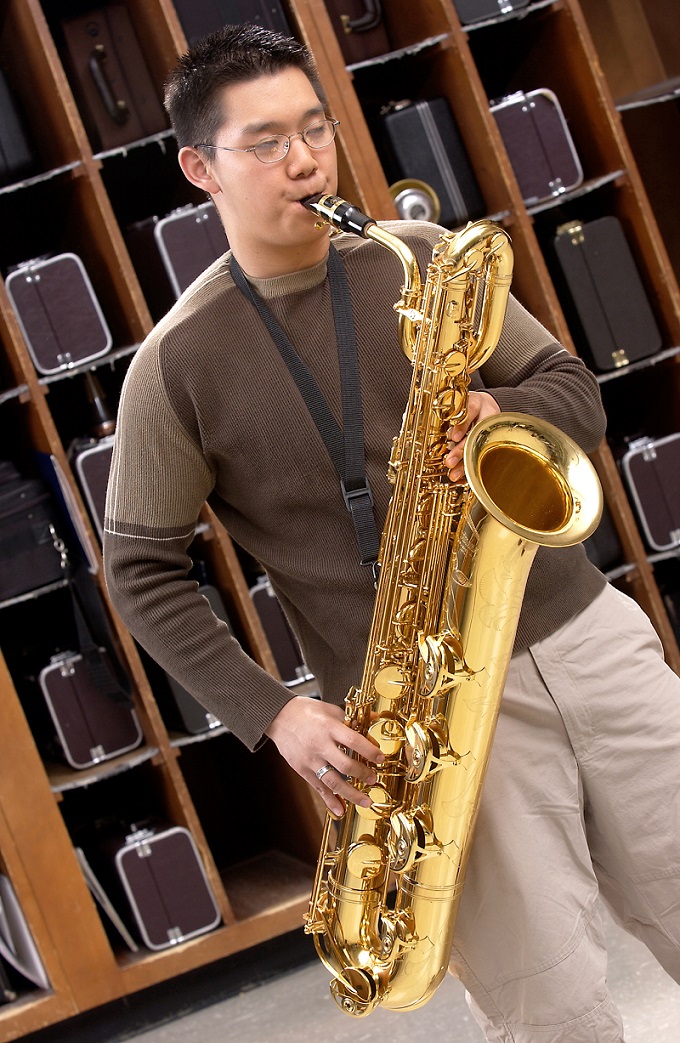 If we only have time for a very short warm-up, it must include a sustained long-tone exercise: a Remington/interval study or major/minor scales. It also must include a lip slur exercise for brass (either a soft, slow slur or something quick) and a harmonic slur for woodwinds. Sometimes we will have our woodwinds play a fast finger/technical exercise while the brass plays slurs for efficiency. And finally, the daily drill must include something to work tonguing and style. This could be multiple tonguing, fast tonguing or even learning to control accents, tenutos, staccatos or other styles students will need to succeed.
If we only have time for a very short warm-up, it must include a sustained long-tone exercise: a Remington/interval study or major/minor scales. It also must include a lip slur exercise for brass (either a soft, slow slur or something quick) and a harmonic slur for woodwinds. Sometimes we will have our woodwinds play a fast finger/technical exercise while the brass plays slurs for efficiency. And finally, the daily drill must include something to work tonguing and style. This could be multiple tonguing, fast tonguing or even learning to control accents, tenutos, staccatos or other styles students will need to succeed.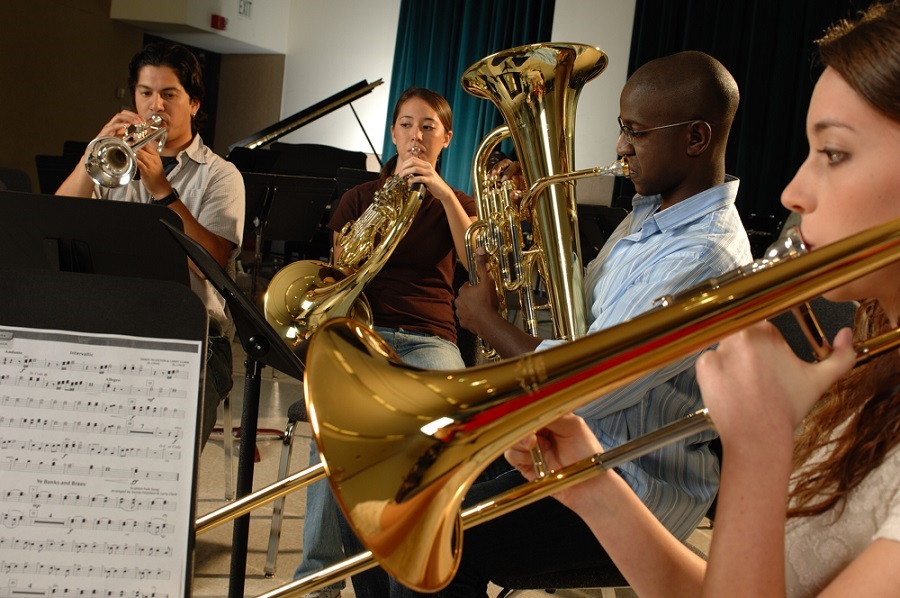 While we don’t try to “teach to the test” at Claudia Taylor Johnson, we structure our fundamentals/daily drill to address the skills needed for our performers to play our contest program at a high level. If we know that we are working on Borodin’s “
While we don’t try to “teach to the test” at Claudia Taylor Johnson, we structure our fundamentals/daily drill to address the skills needed for our performers to play our contest program at a high level. If we know that we are working on Borodin’s “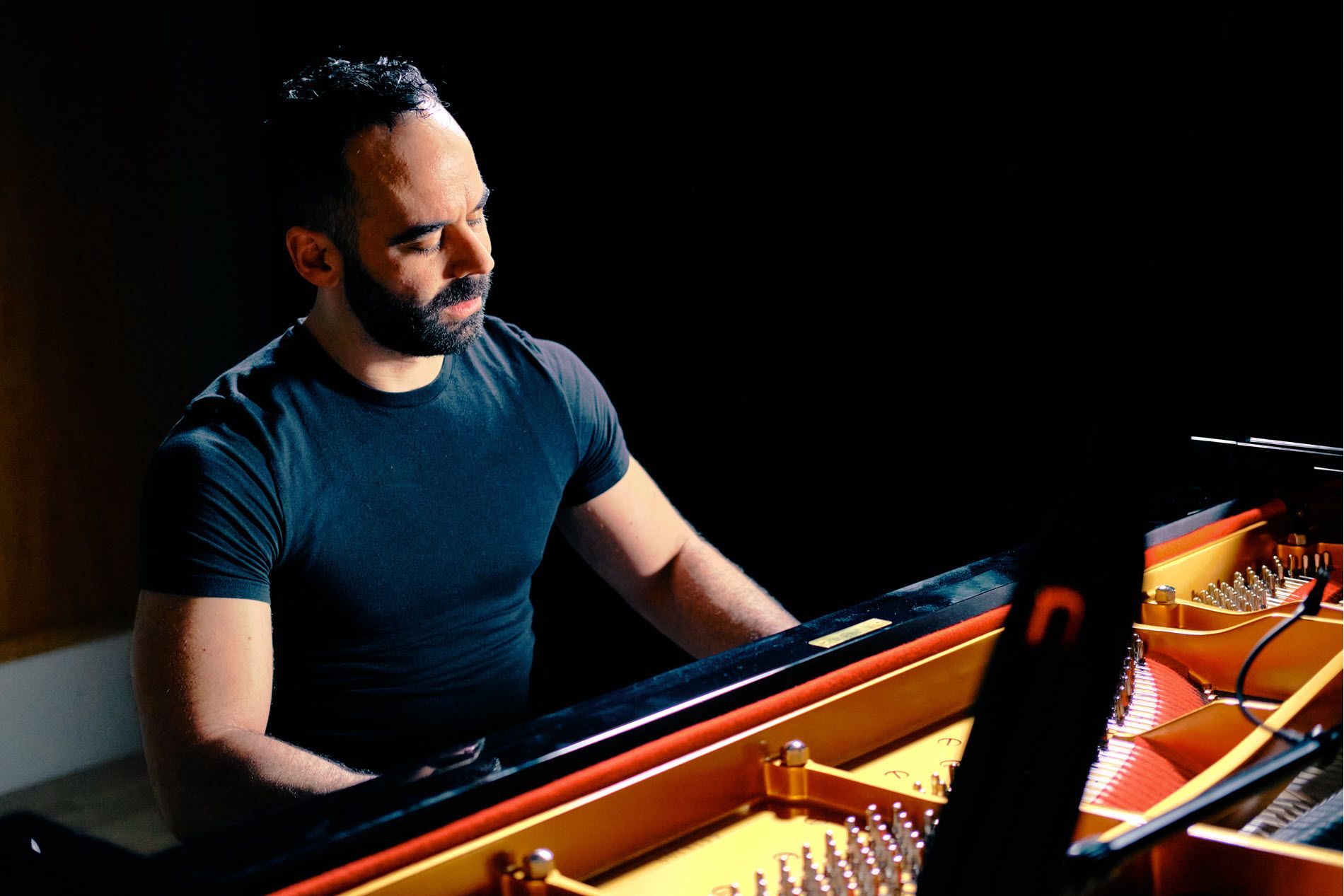

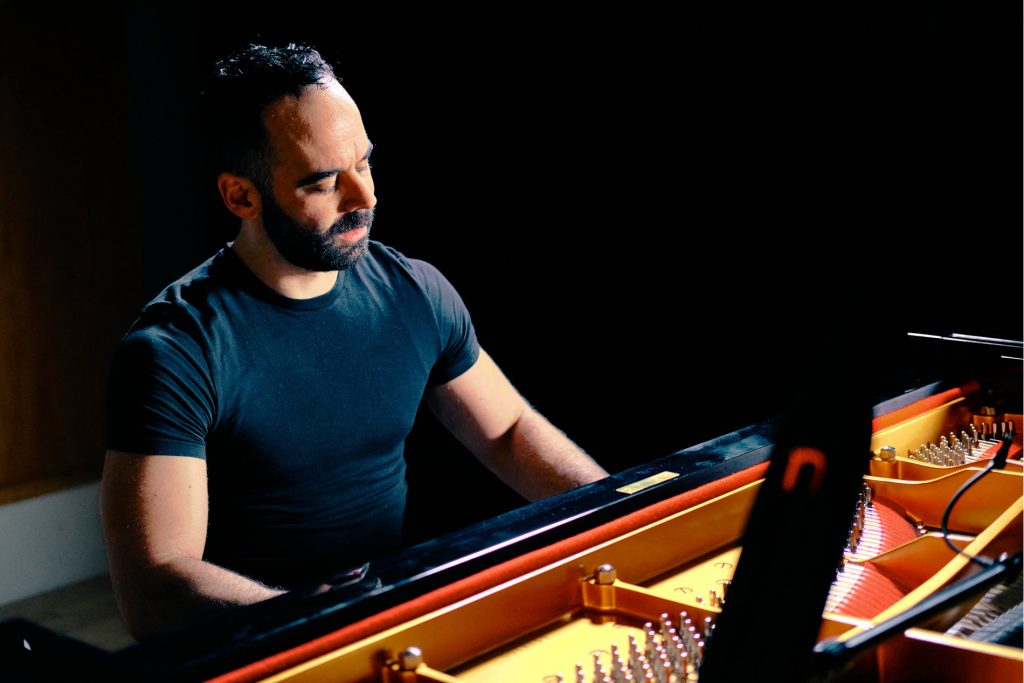
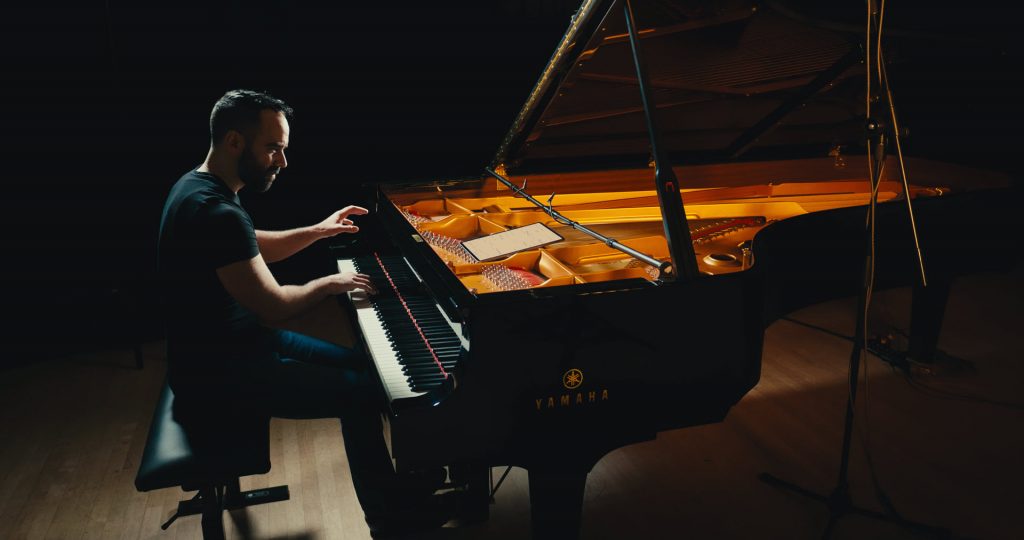

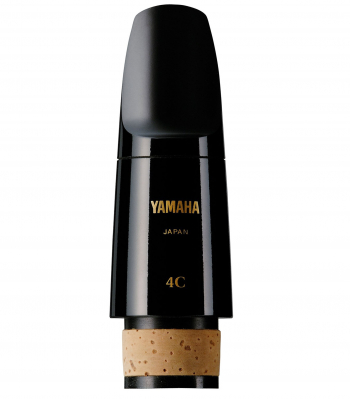
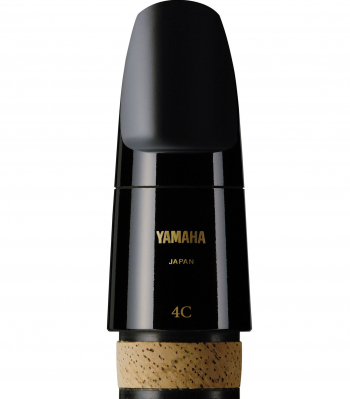

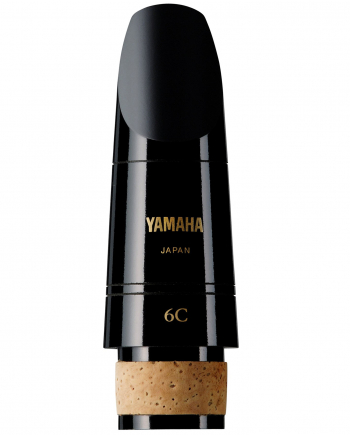
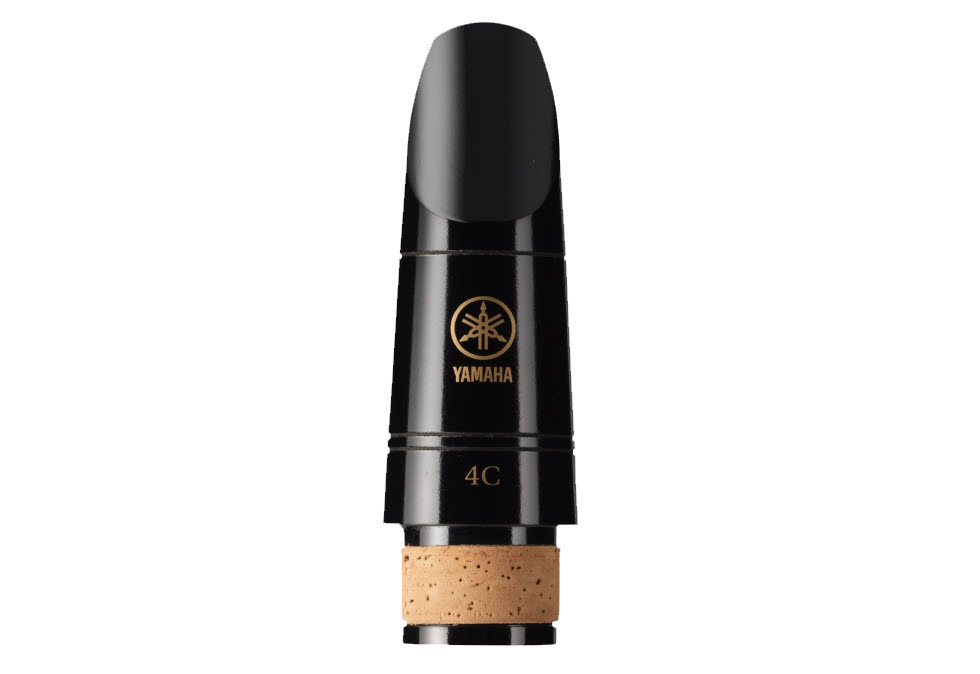
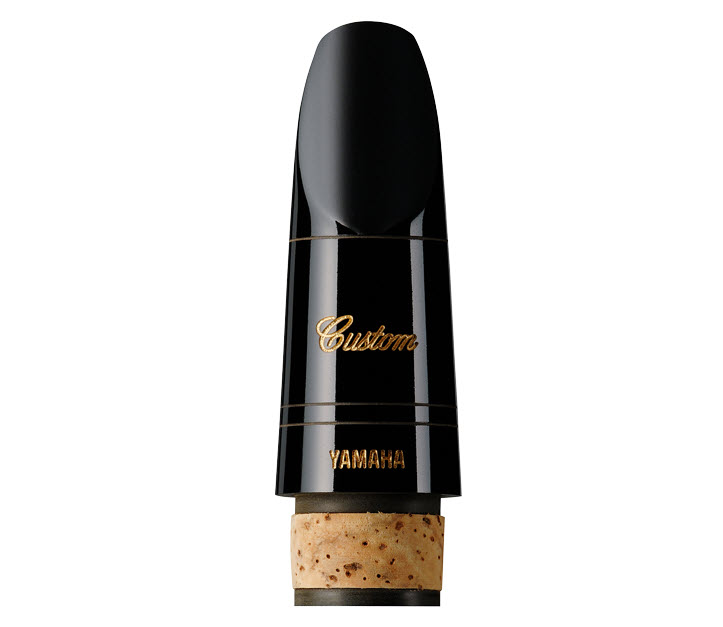

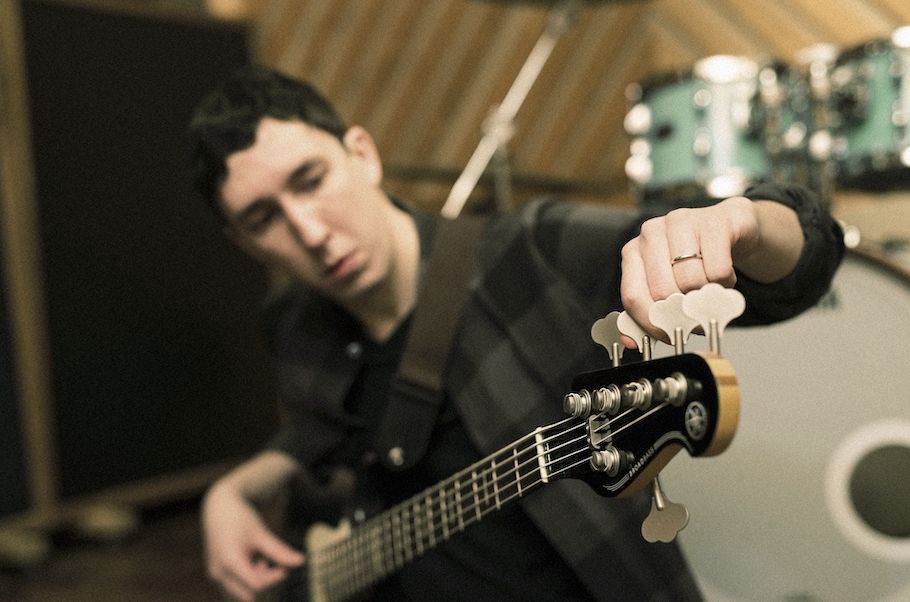

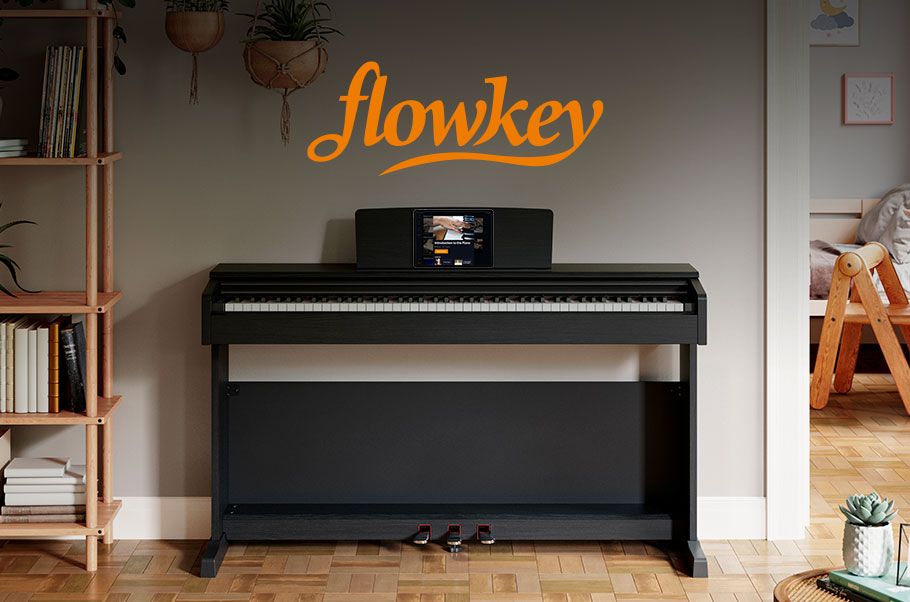
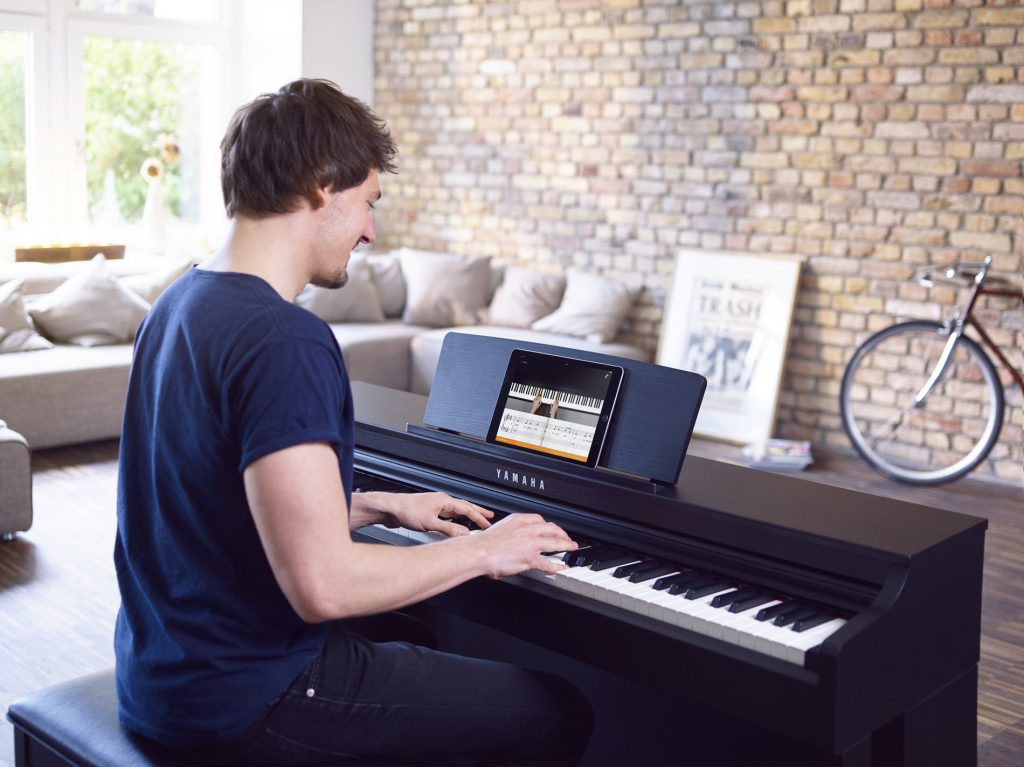
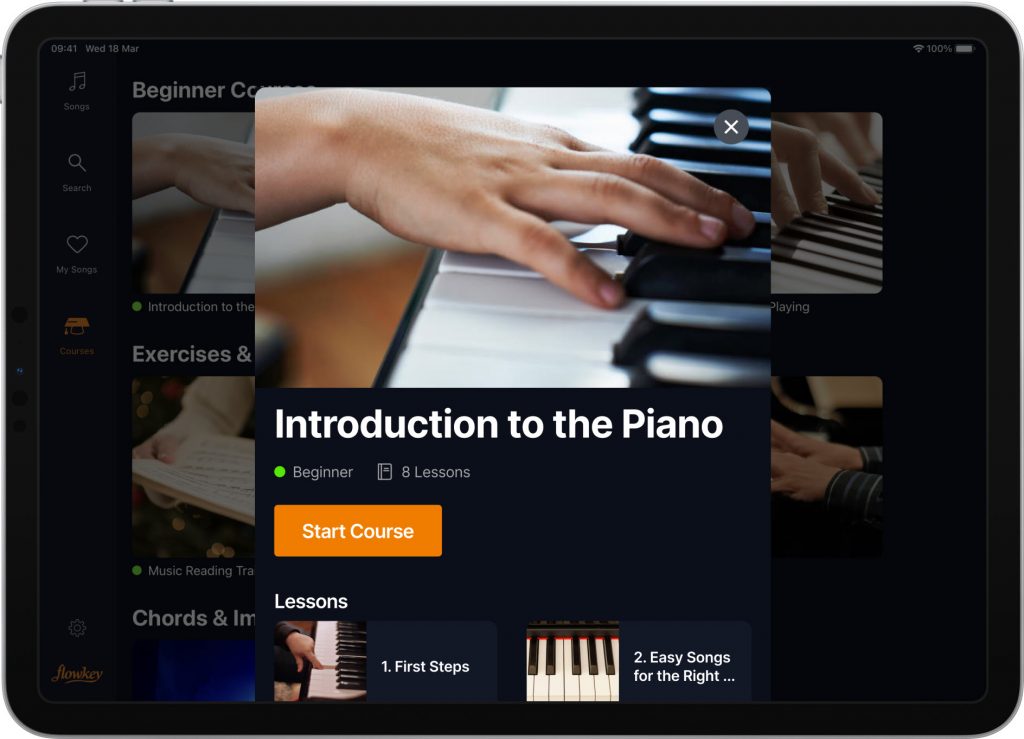


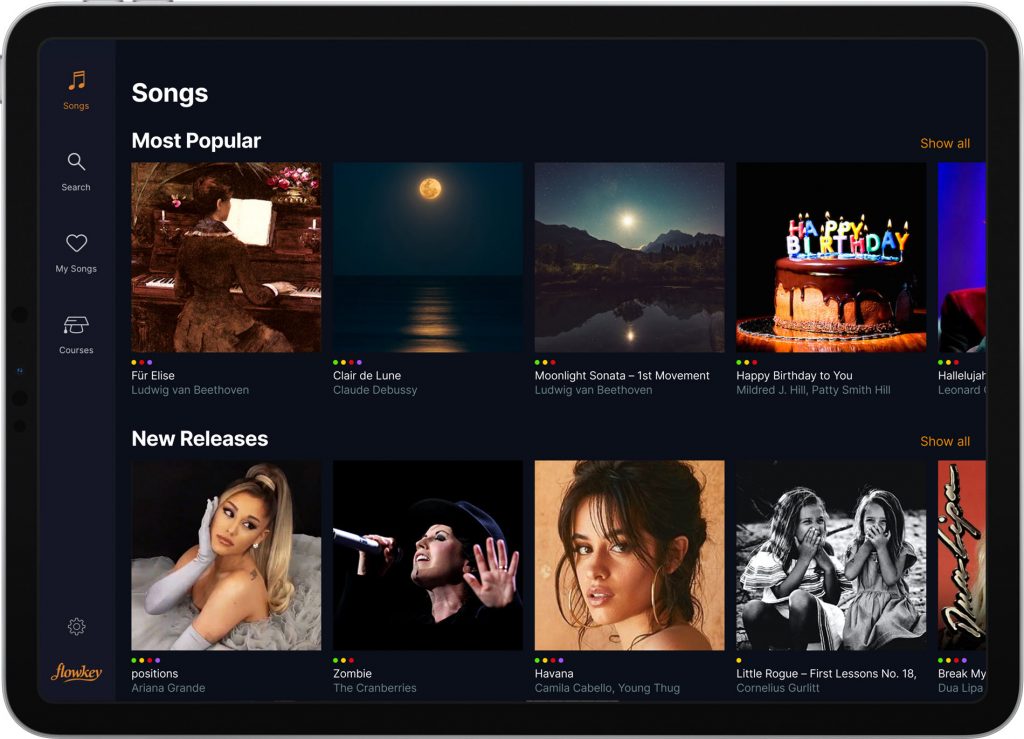
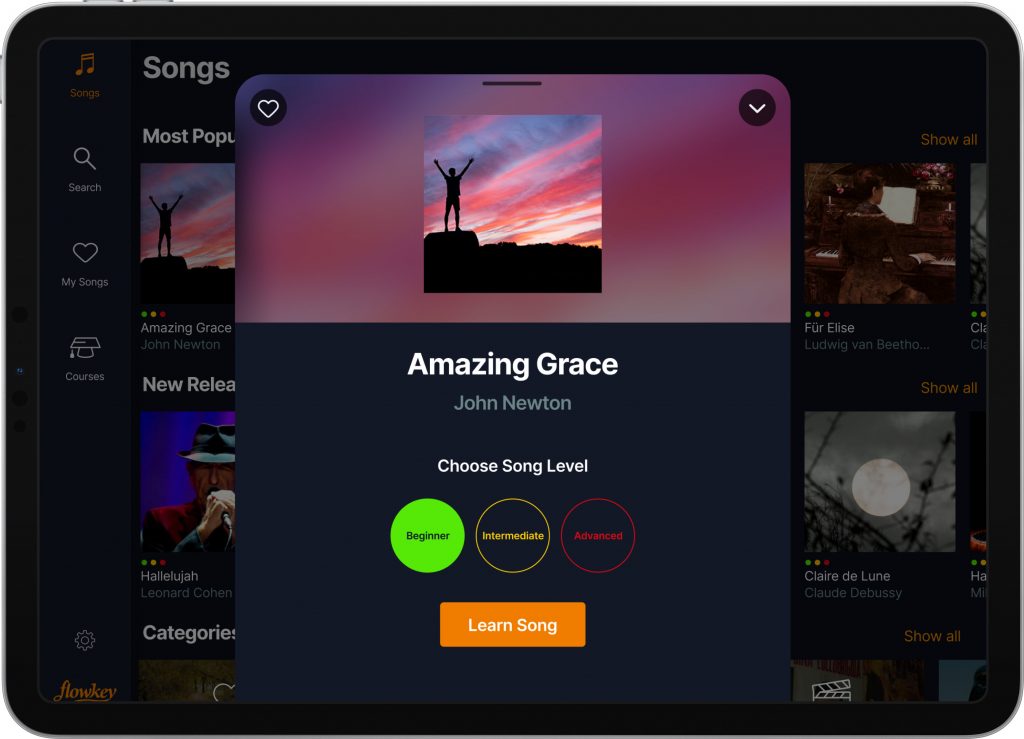


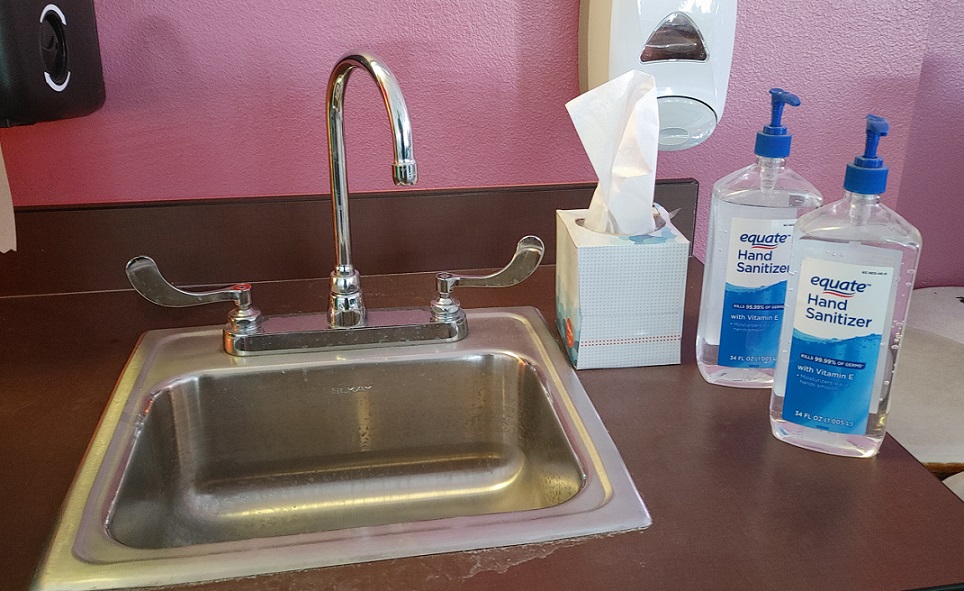 Students have been taught to wash their hands after using the bathroom their entire lives, but hand-washing has felt like a new concept recently. The task of taking an entire class of students to wash their hands before music class is too clunky to do every hour. Instead, I have elected to allow students to self-regulate when they need to wash their hands or quickly use hand sanitizer.
Students have been taught to wash their hands after using the bathroom their entire lives, but hand-washing has felt like a new concept recently. The task of taking an entire class of students to wash their hands before music class is too clunky to do every hour. Instead, I have elected to allow students to self-regulate when they need to wash their hands or quickly use hand sanitizer.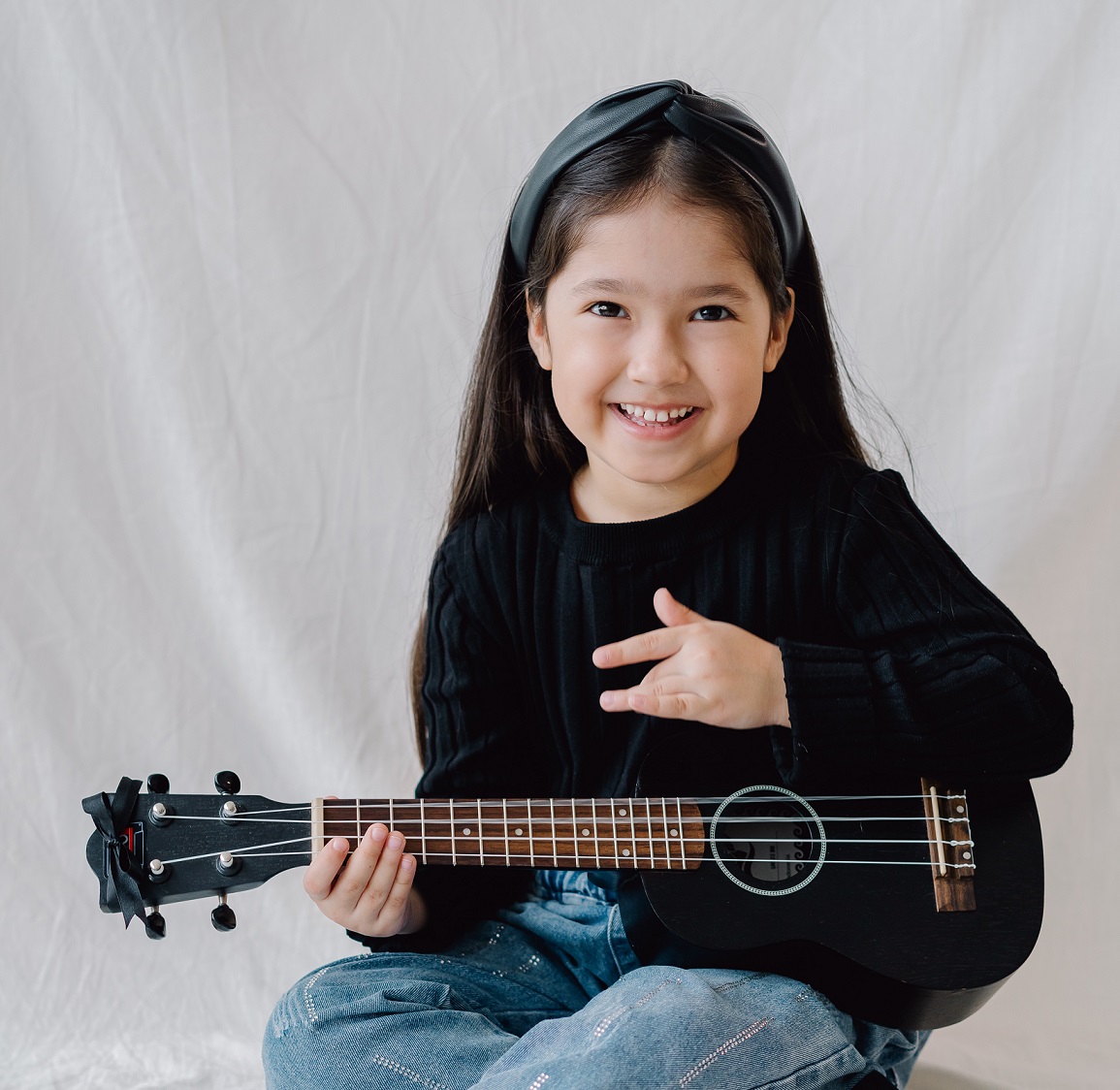 Less Sharing, More Concentrated Time
Less Sharing, More Concentrated Time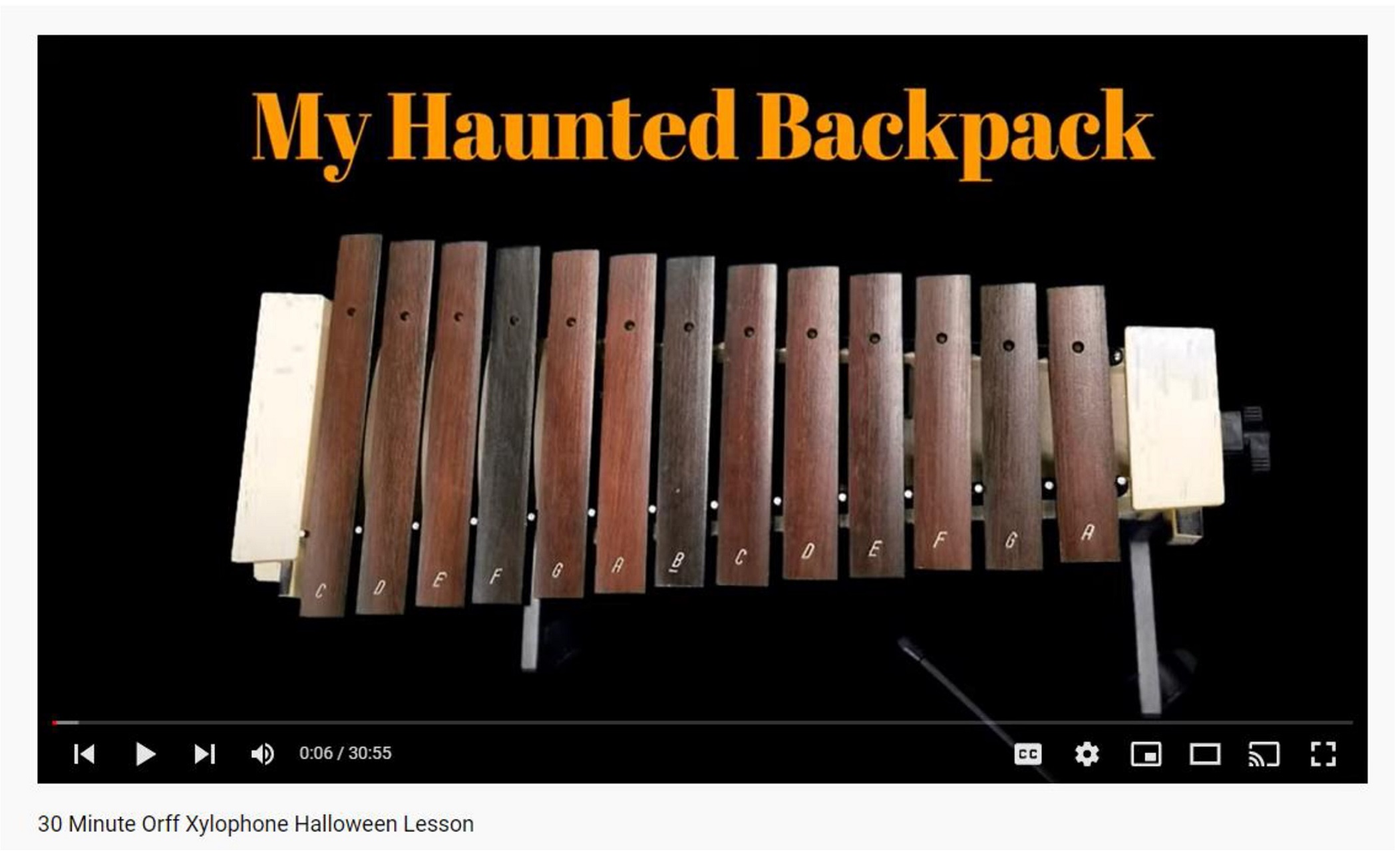 When my district,
When my district, 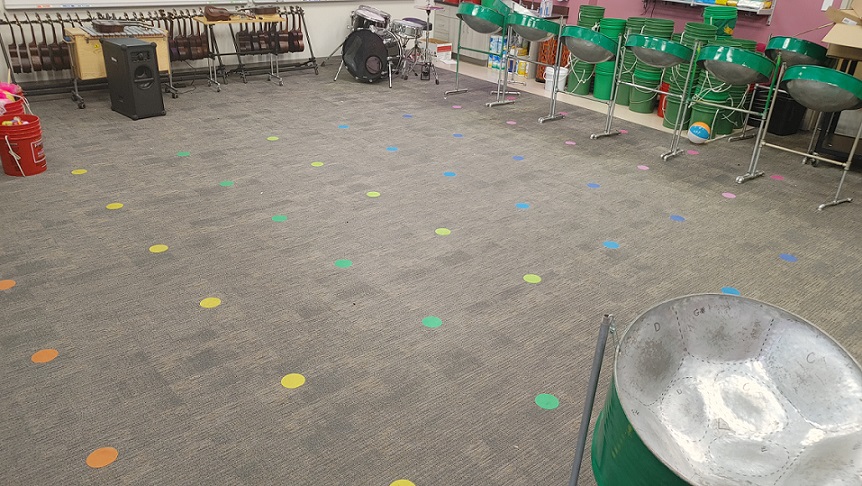
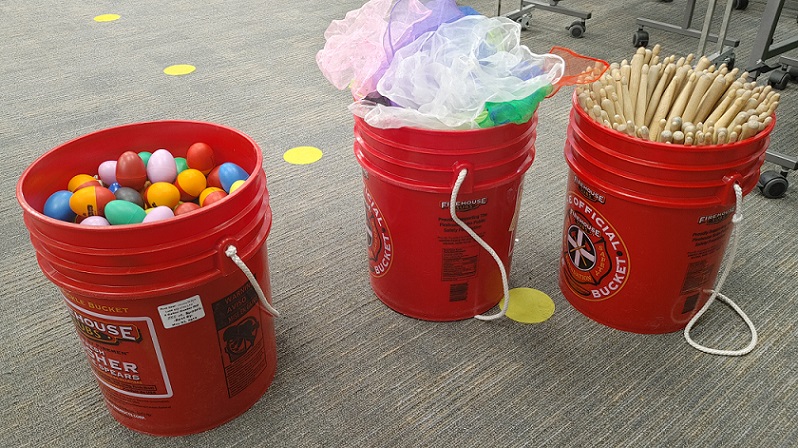

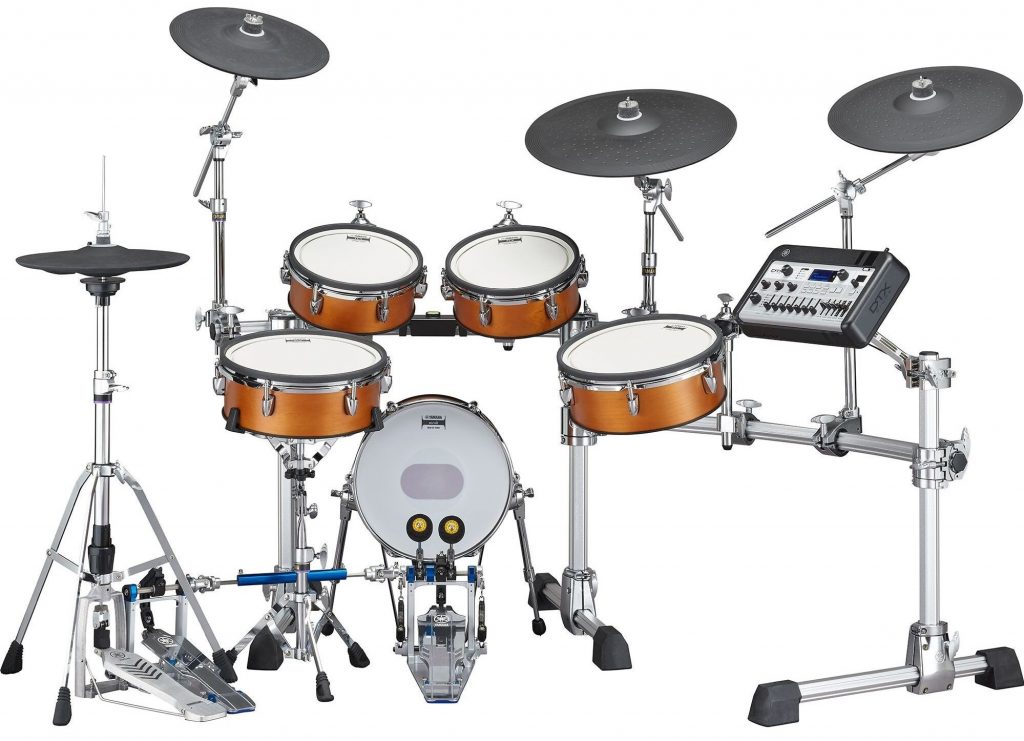

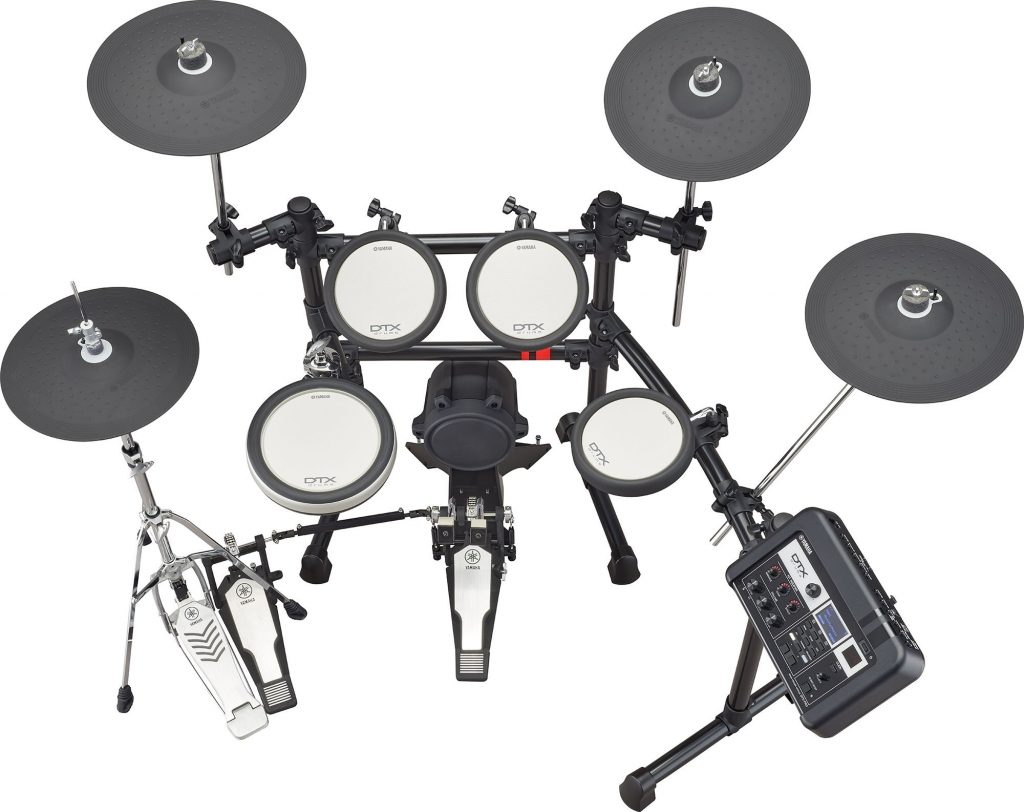
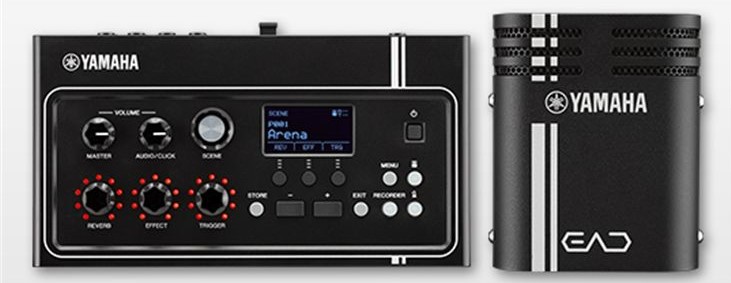
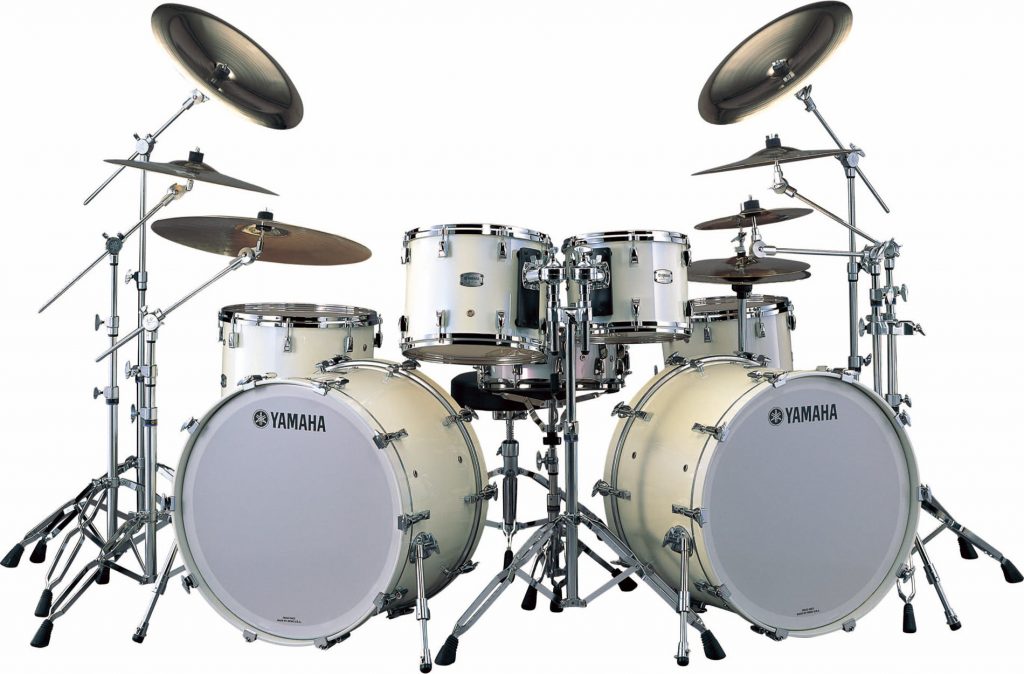
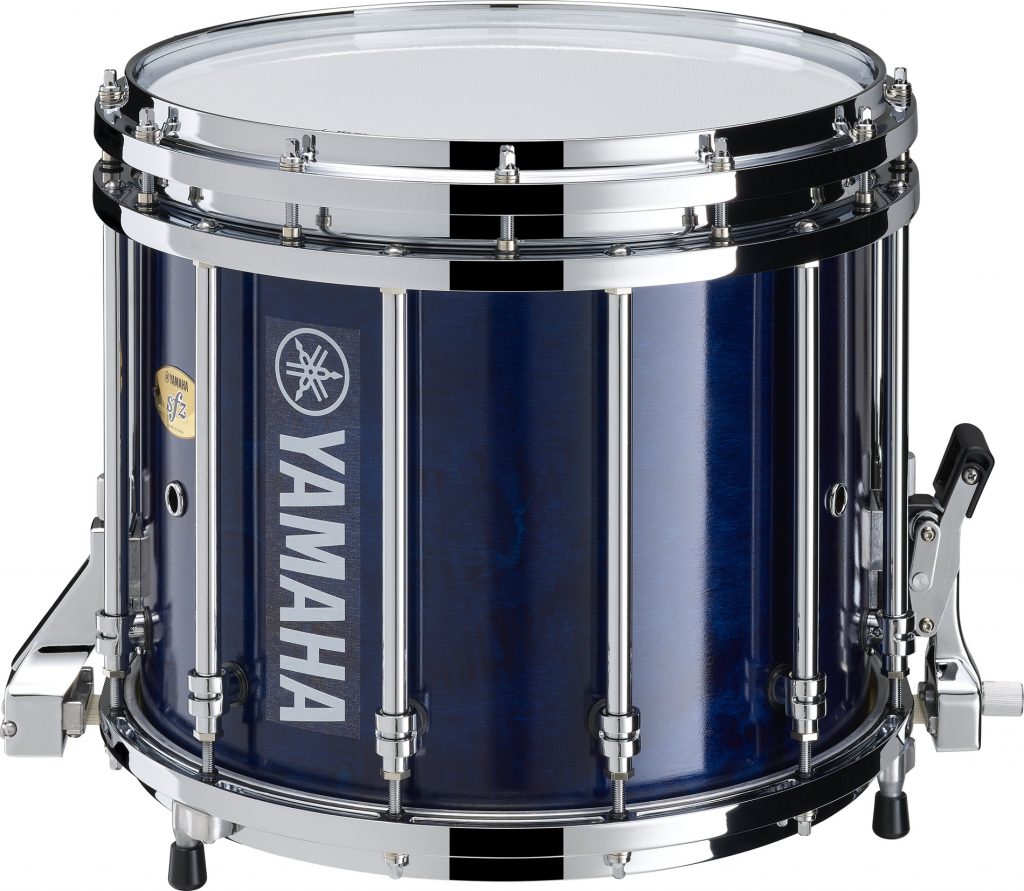
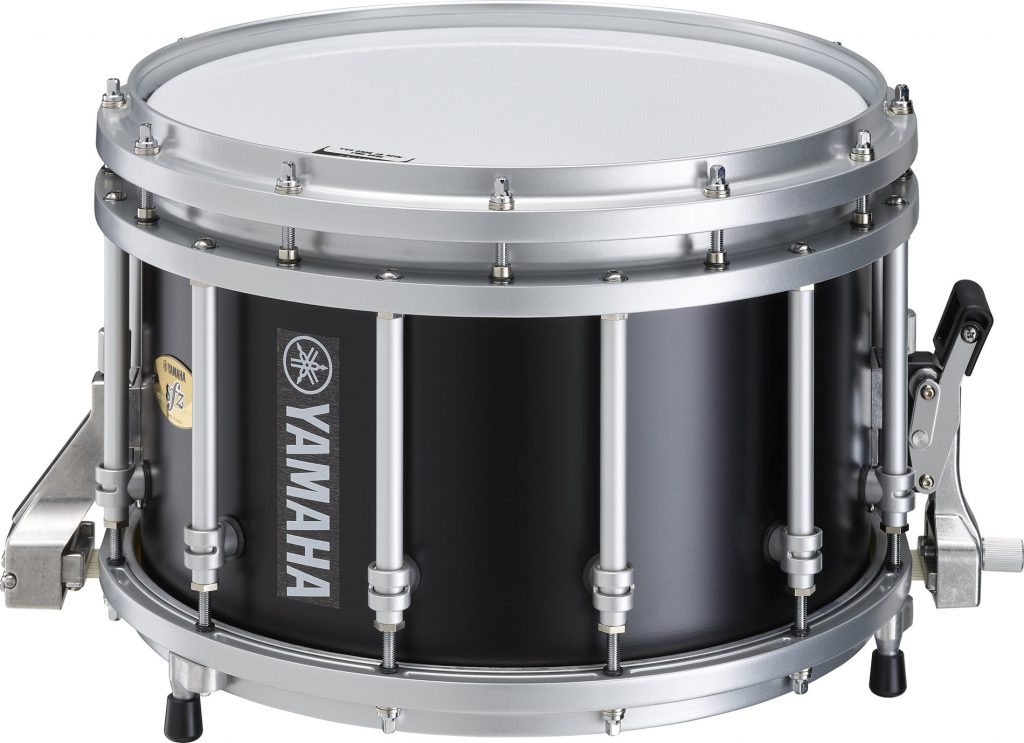
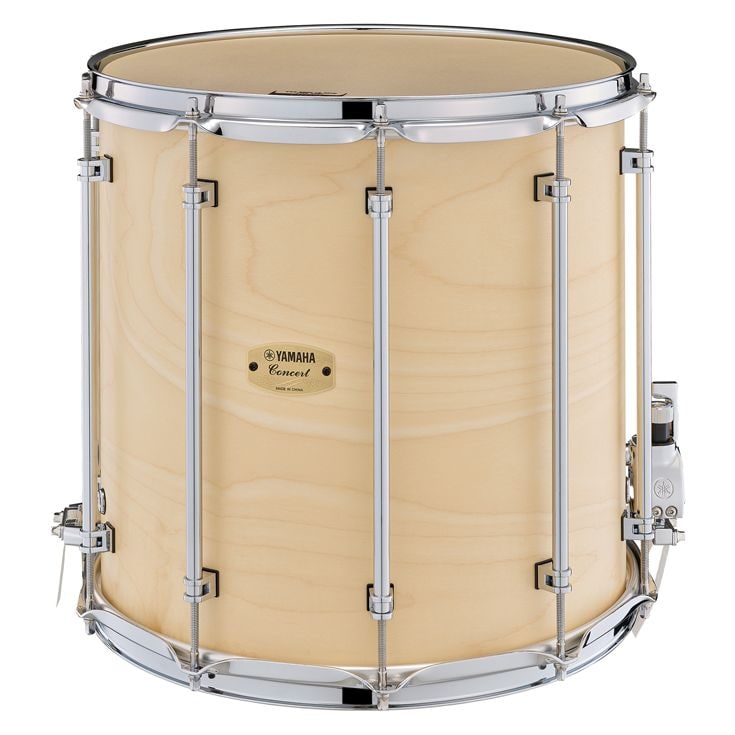
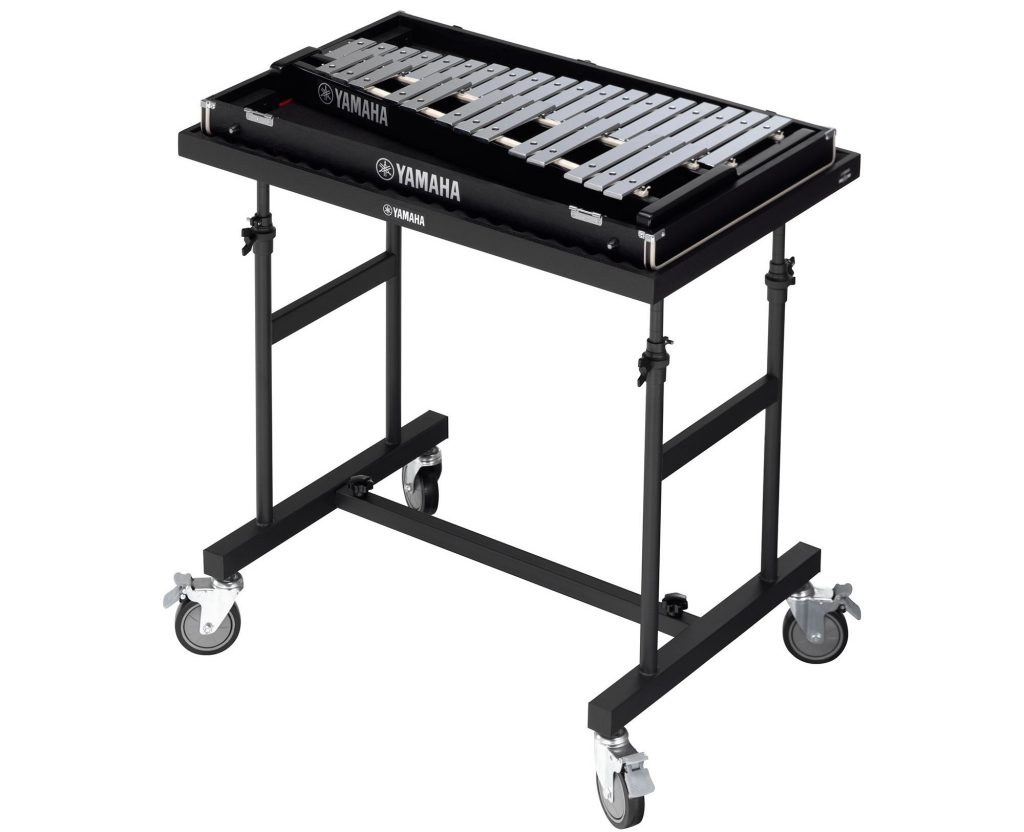
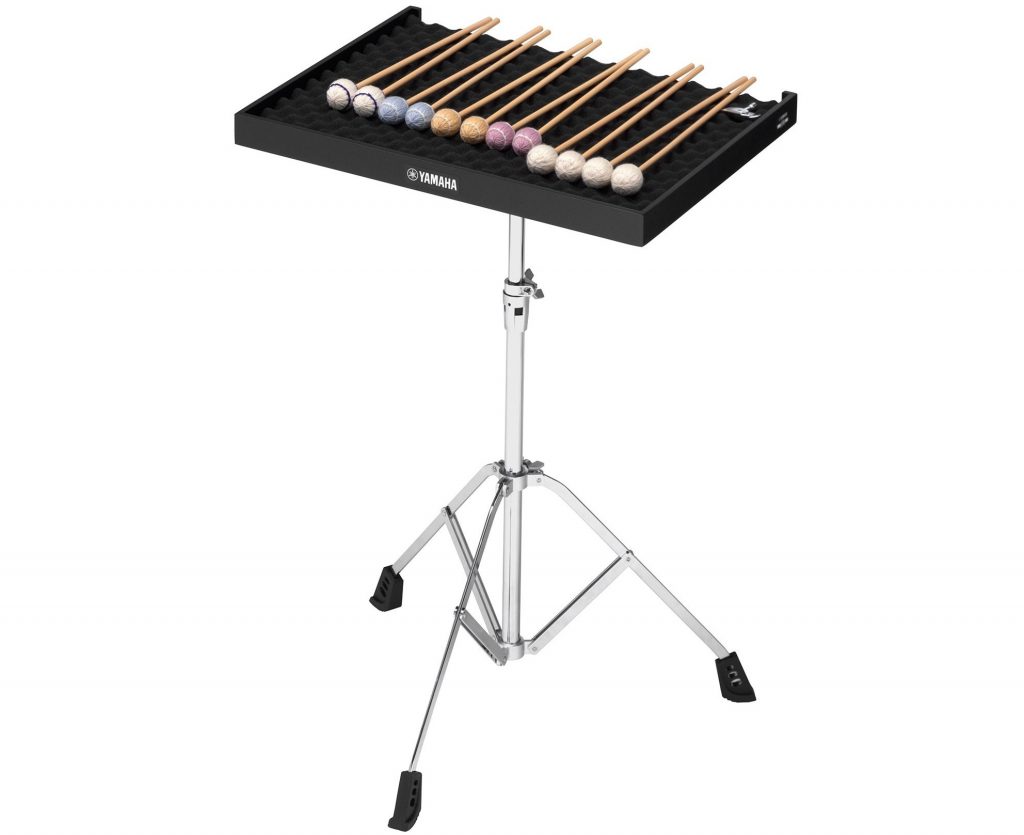
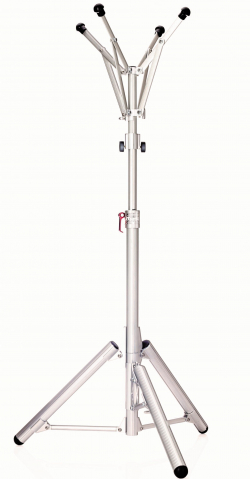


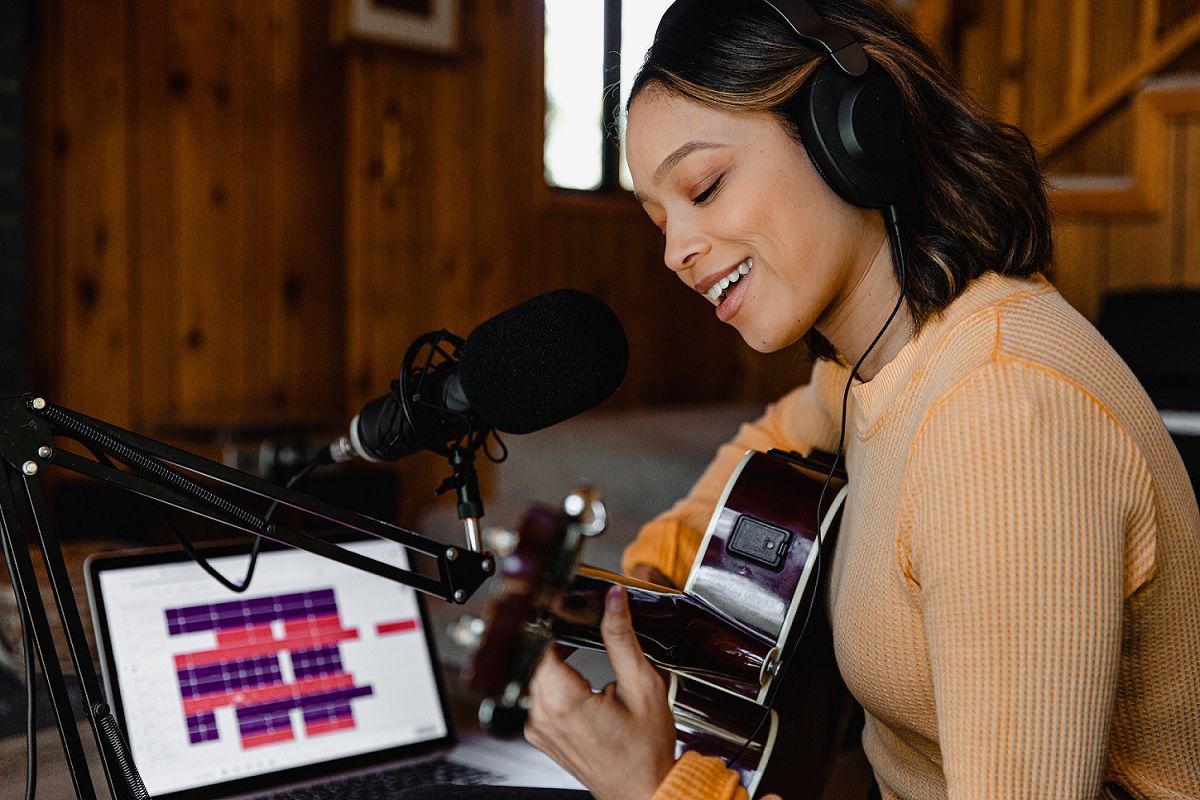

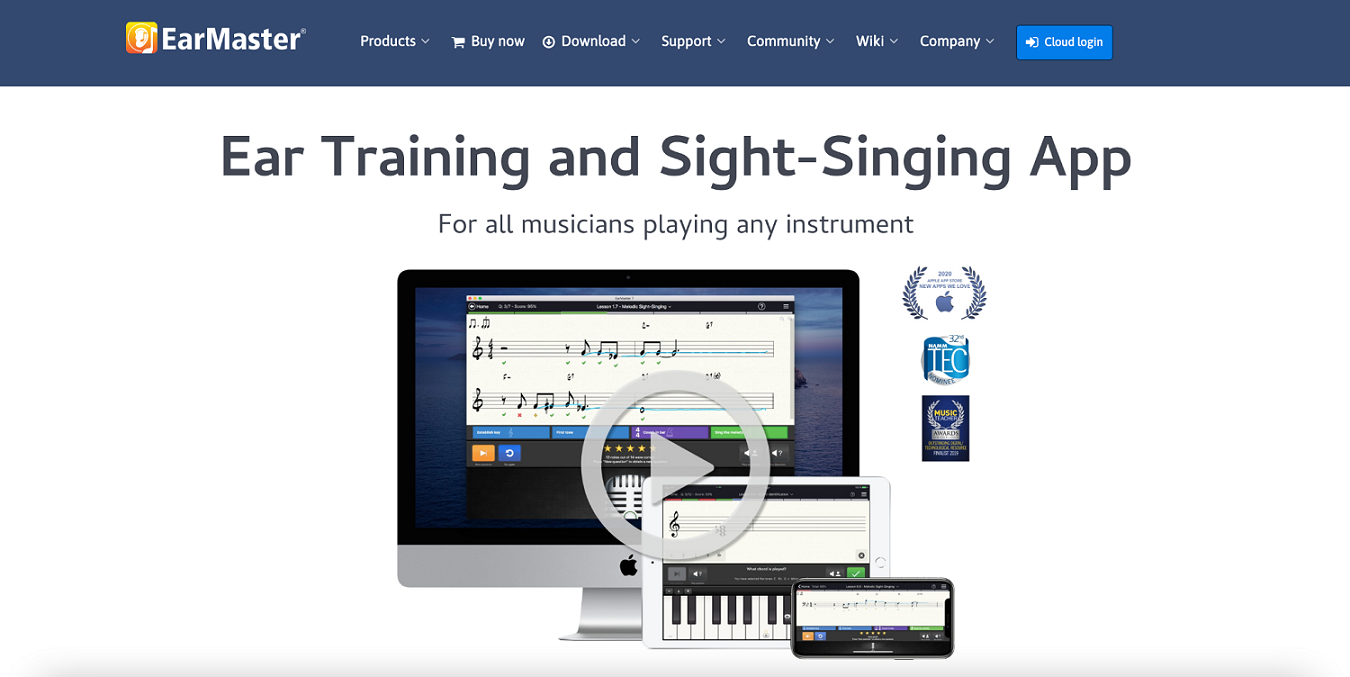

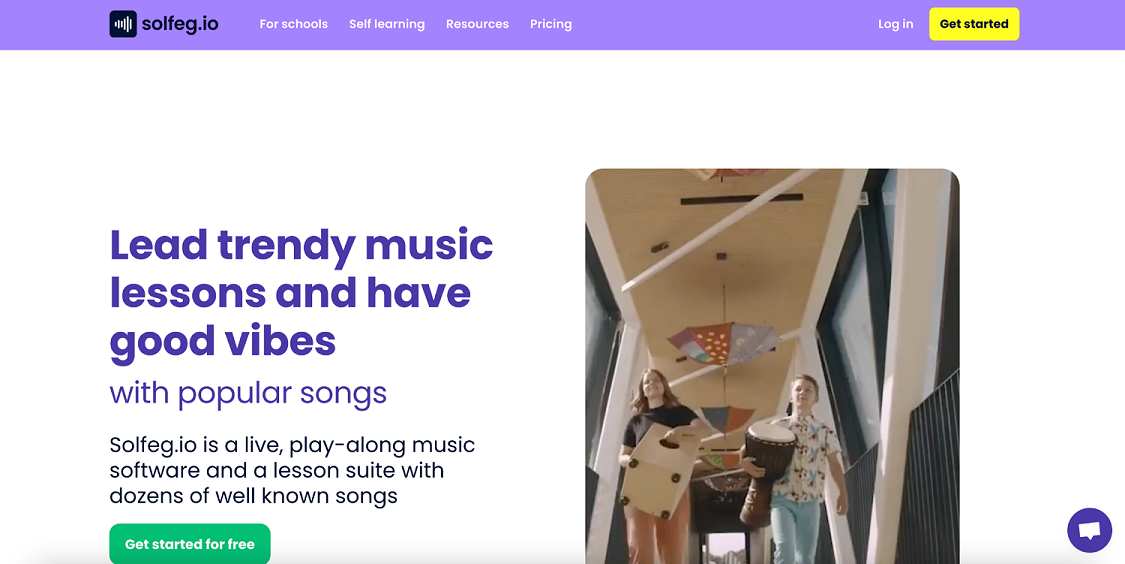
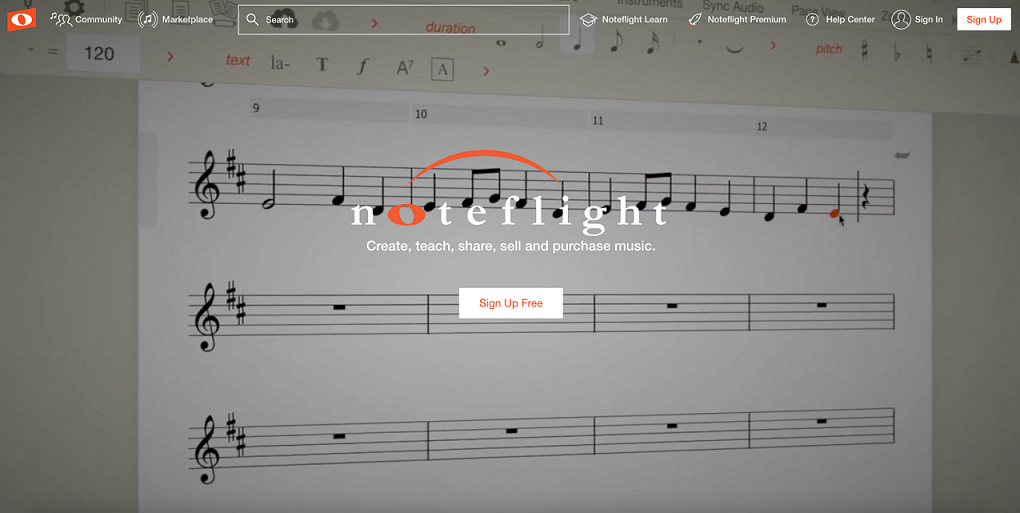
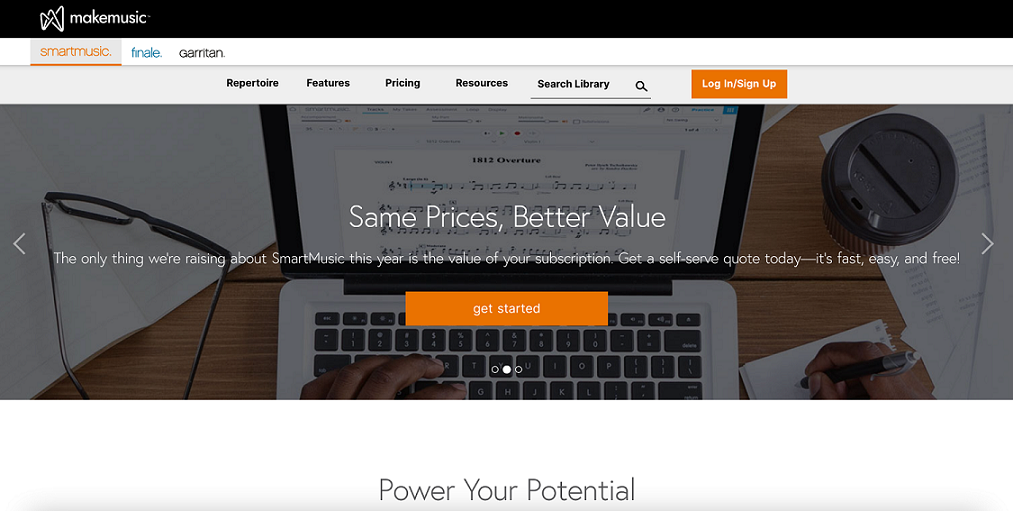

 The calendar for the upcoming school year has likely already been set. Make sure to map out your year, start by adding the following events to your work calendar:
The calendar for the upcoming school year has likely already been set. Make sure to map out your year, start by adding the following events to your work calendar: Once you have your calendar mapped out, you will have a better idea of when your first public performance will be and with which ensemble(s). You can begin to think about programming music. To keep it simple, try to find programs from the past three years of concerts to give you an idea of what music the ensemble(s) have performed. This gained insight can guide you toward a difficulty level. Rosters of your classes will also help you estimate expected instrumentation. From there begin pulling music from your library that is comparable to the previous year’s concert programs. I also encourage teachers to pull music that is on the easier side for sight reading at the beginning of the year. This helps to build confidence for the ensemble and for you to focus on musicianship versus notes and rhythms from day one.
Once you have your calendar mapped out, you will have a better idea of when your first public performance will be and with which ensemble(s). You can begin to think about programming music. To keep it simple, try to find programs from the past three years of concerts to give you an idea of what music the ensemble(s) have performed. This gained insight can guide you toward a difficulty level. Rosters of your classes will also help you estimate expected instrumentation. From there begin pulling music from your library that is comparable to the previous year’s concert programs. I also encourage teachers to pull music that is on the easier side for sight reading at the beginning of the year. This helps to build confidence for the ensemble and for you to focus on musicianship versus notes and rhythms from day one. Now that you have spent time getting to know your inventory, calendar and creating your important support system within the school, make sure to reach out to your mentor and colleagues outside of your school. The true secret to success is having a support system that might include friends you graduated college with or past teachers who you now call your friends. Connect regularly with the people who will listen and offer advice when asked.
Now that you have spent time getting to know your inventory, calendar and creating your important support system within the school, make sure to reach out to your mentor and colleagues outside of your school. The true secret to success is having a support system that might include friends you graduated college with or past teachers who you now call your friends. Connect regularly with the people who will listen and offer advice when asked.
 Set boundaries with your work email. After a certain time at night, you are no longer on the job and all incoming emails can be read and responded to the next workday. The earlier you set these boundaries the better — parents and students will learn your communication habits. Stay strong when someone becomes upset that you did not immediately respond to an email that they composed at 11:00 p.m. Politely respond during your regular work hours and thank them for their patience.
Set boundaries with your work email. After a certain time at night, you are no longer on the job and all incoming emails can be read and responded to the next workday. The earlier you set these boundaries the better — parents and students will learn your communication habits. Stay strong when someone becomes upset that you did not immediately respond to an email that they composed at 11:00 p.m. Politely respond during your regular work hours and thank them for their patience.
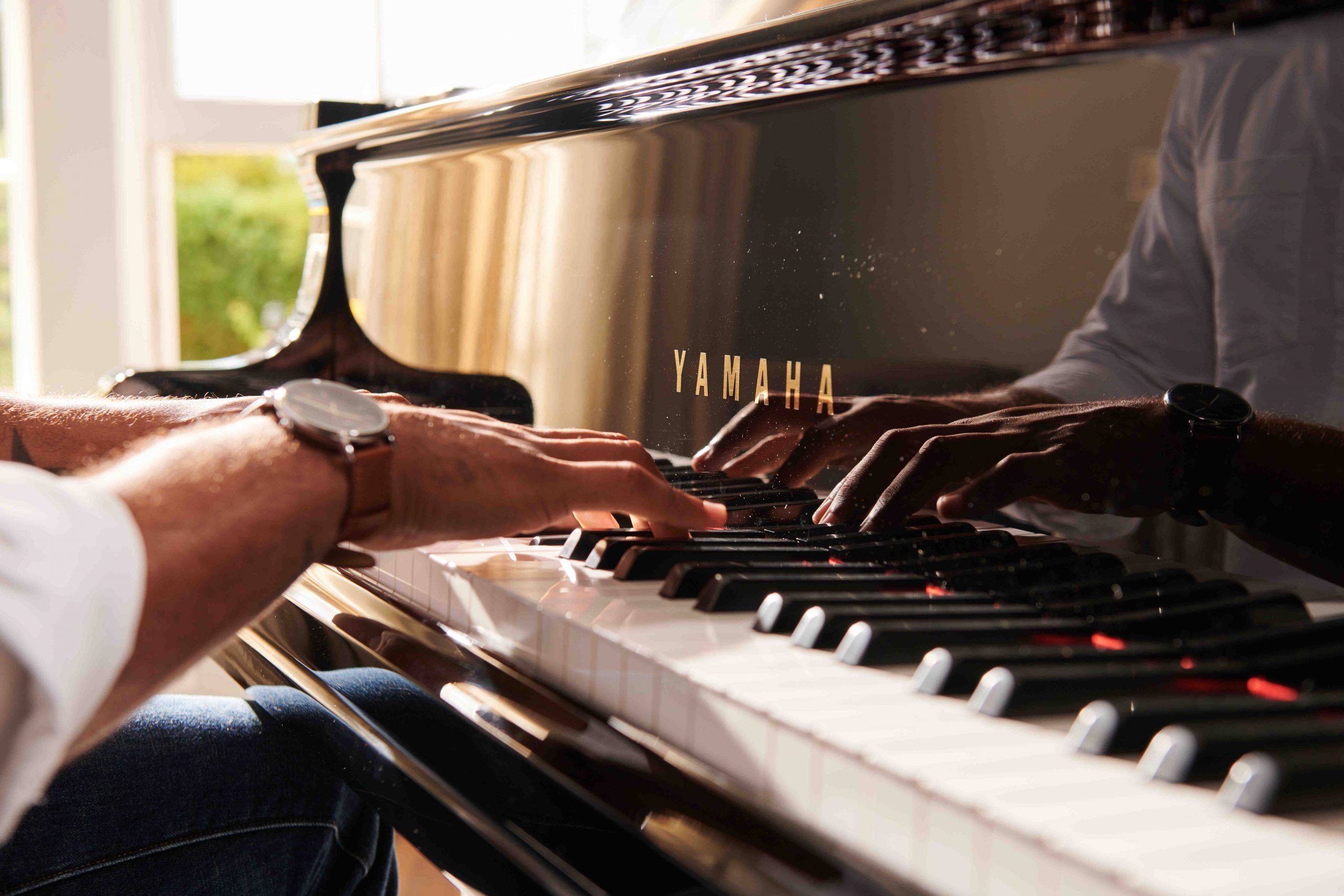


















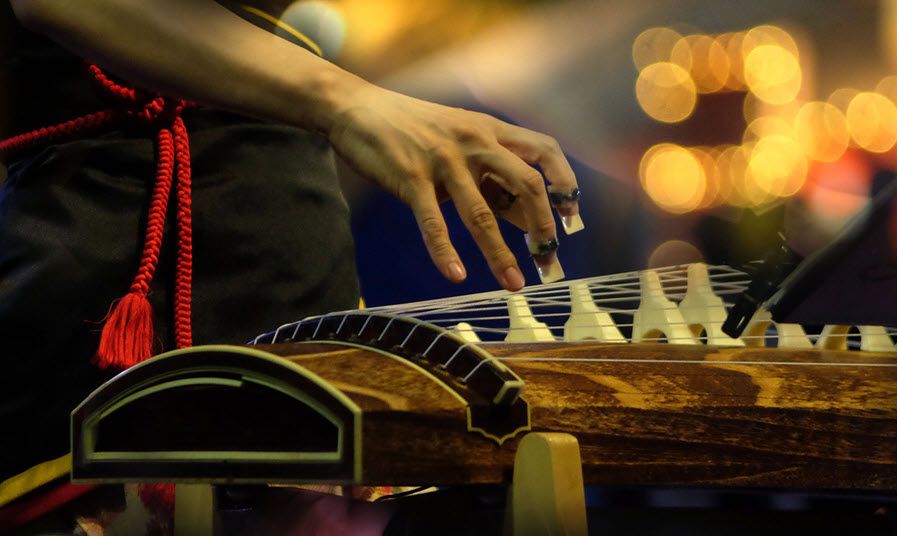
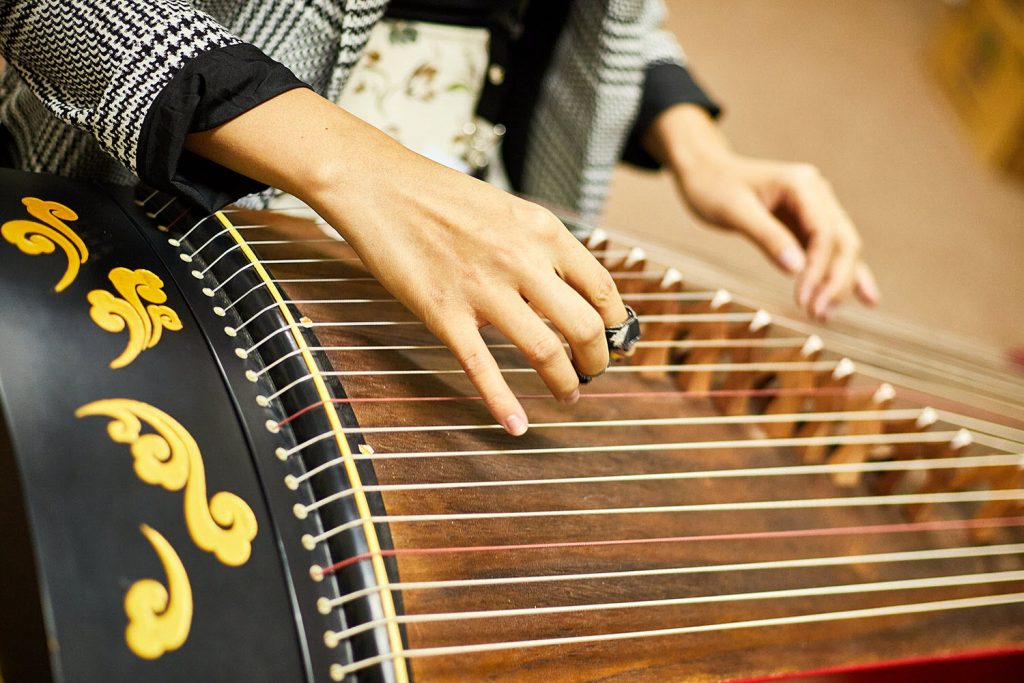
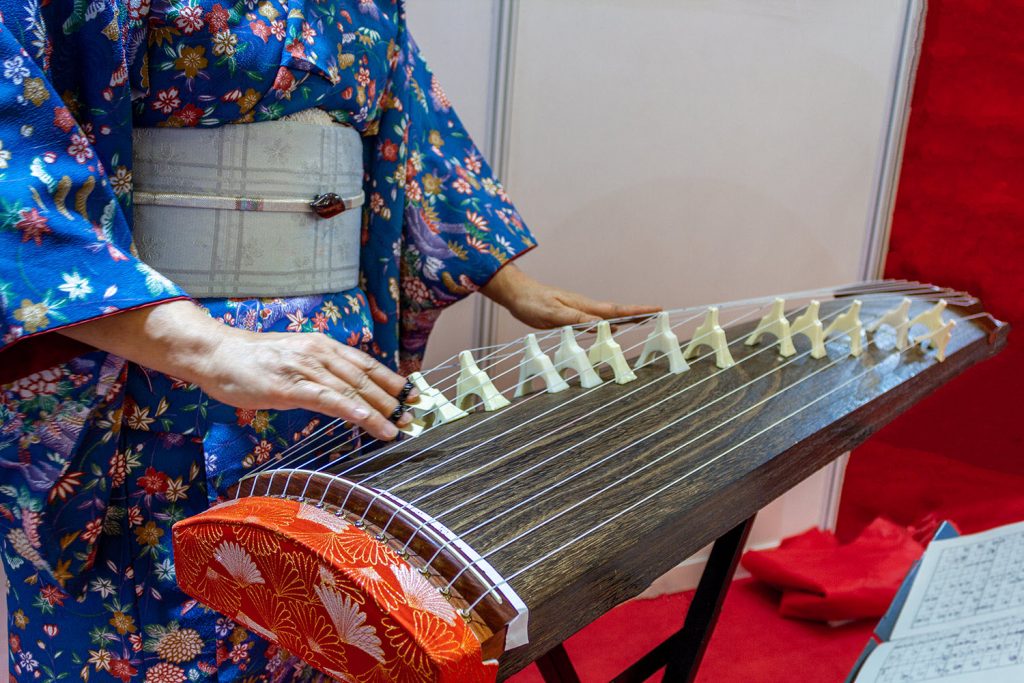

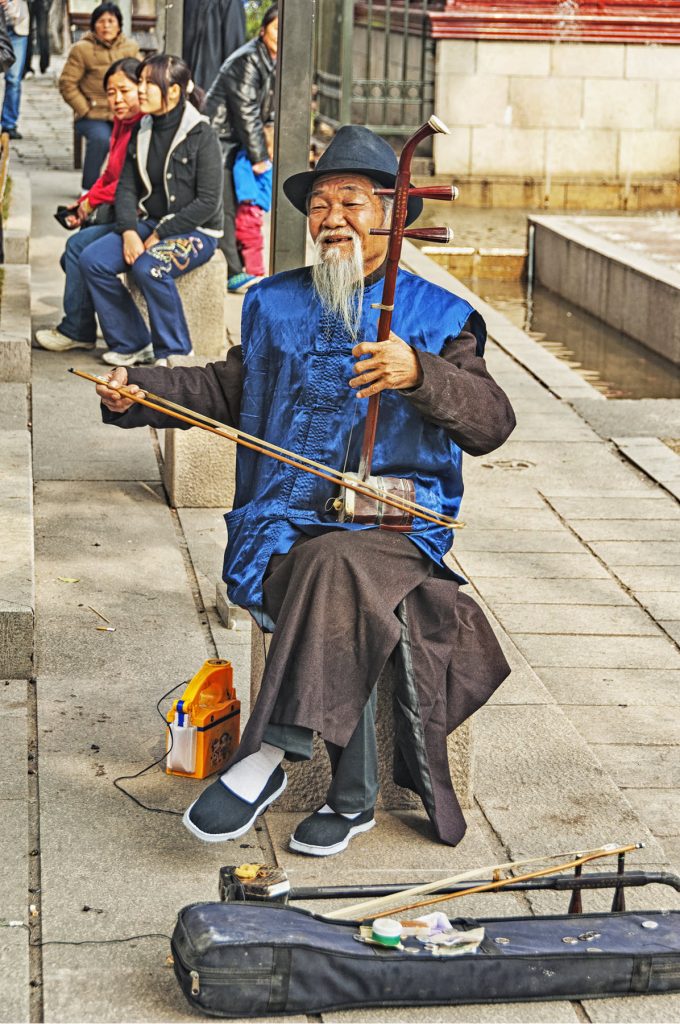

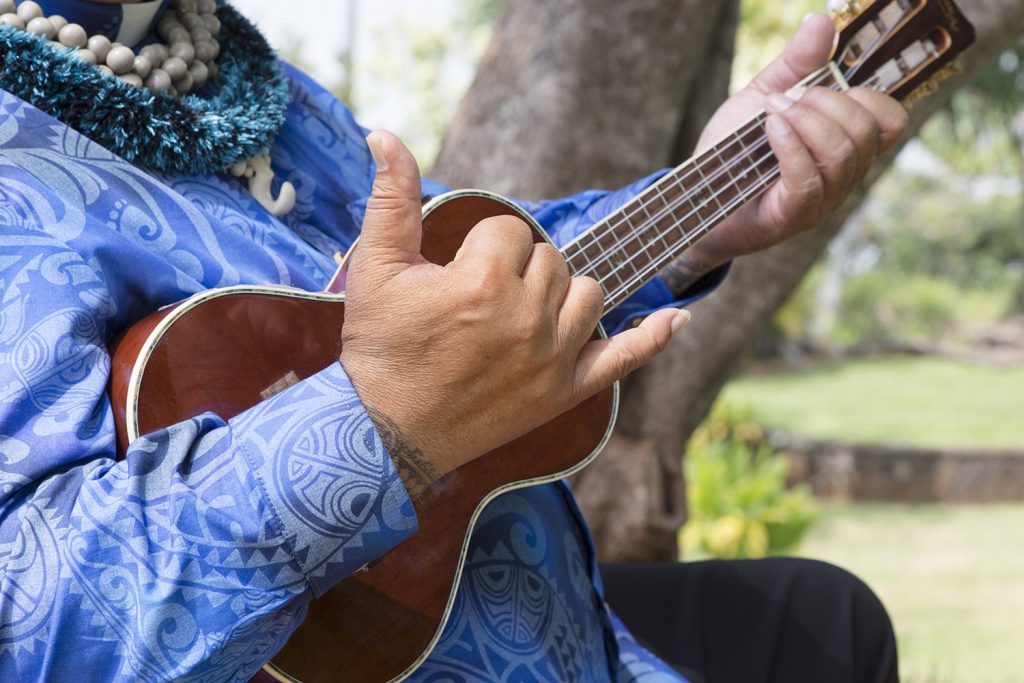
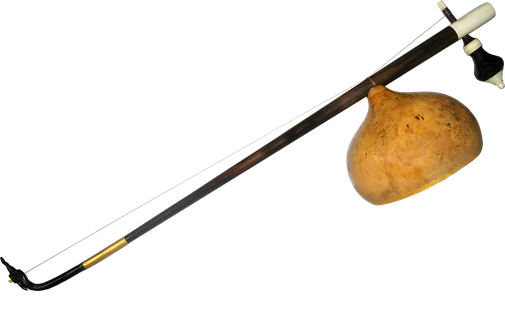
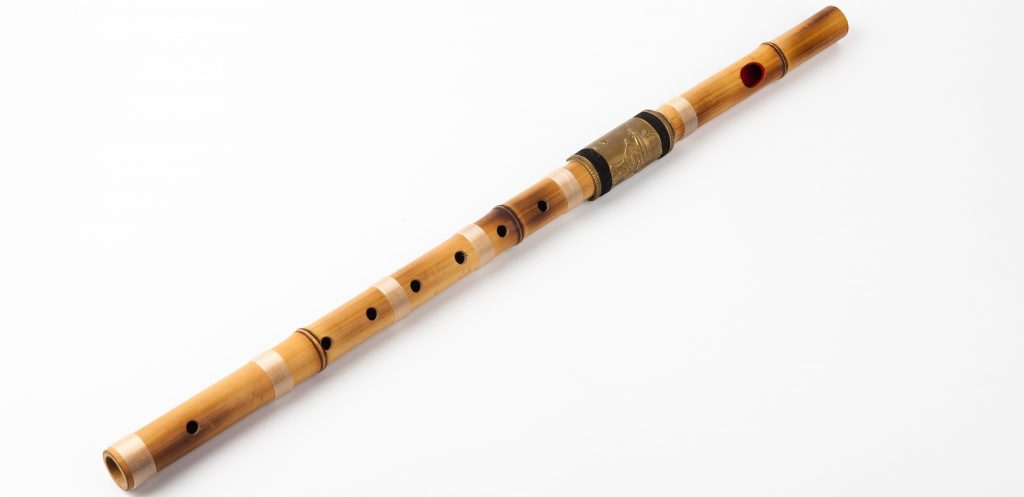
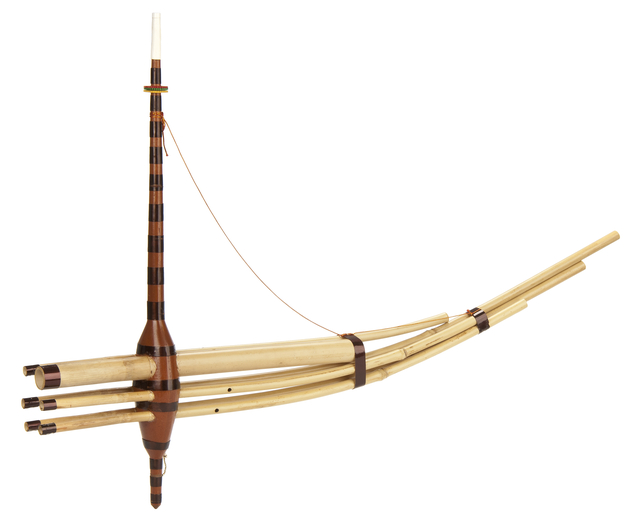

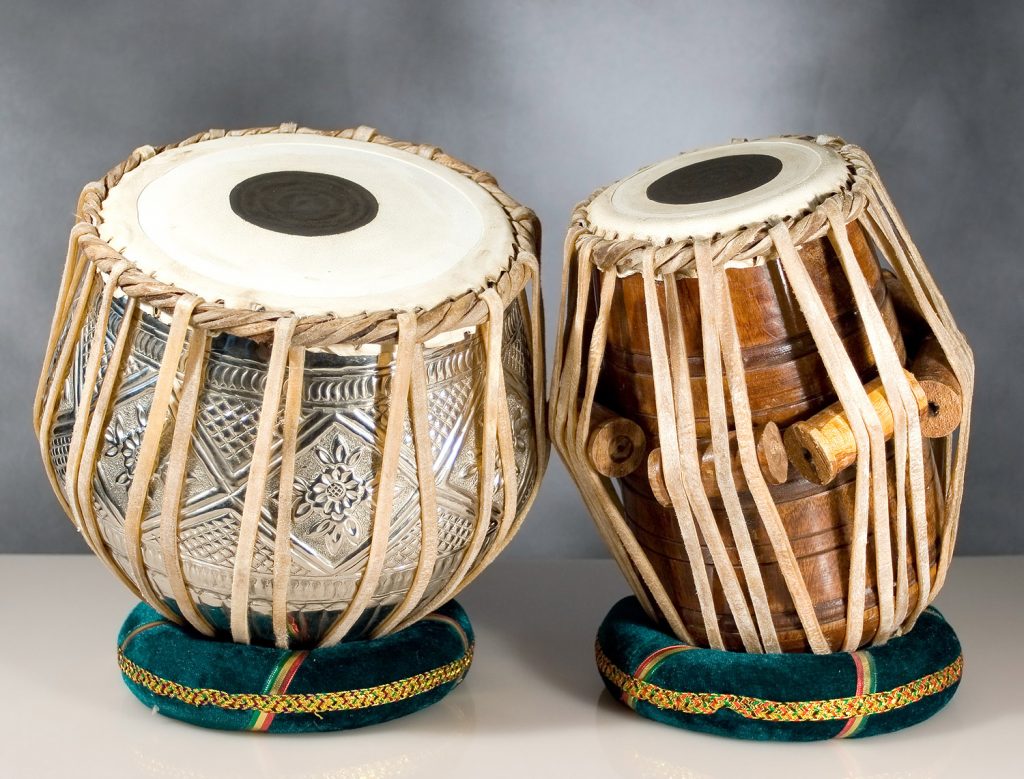



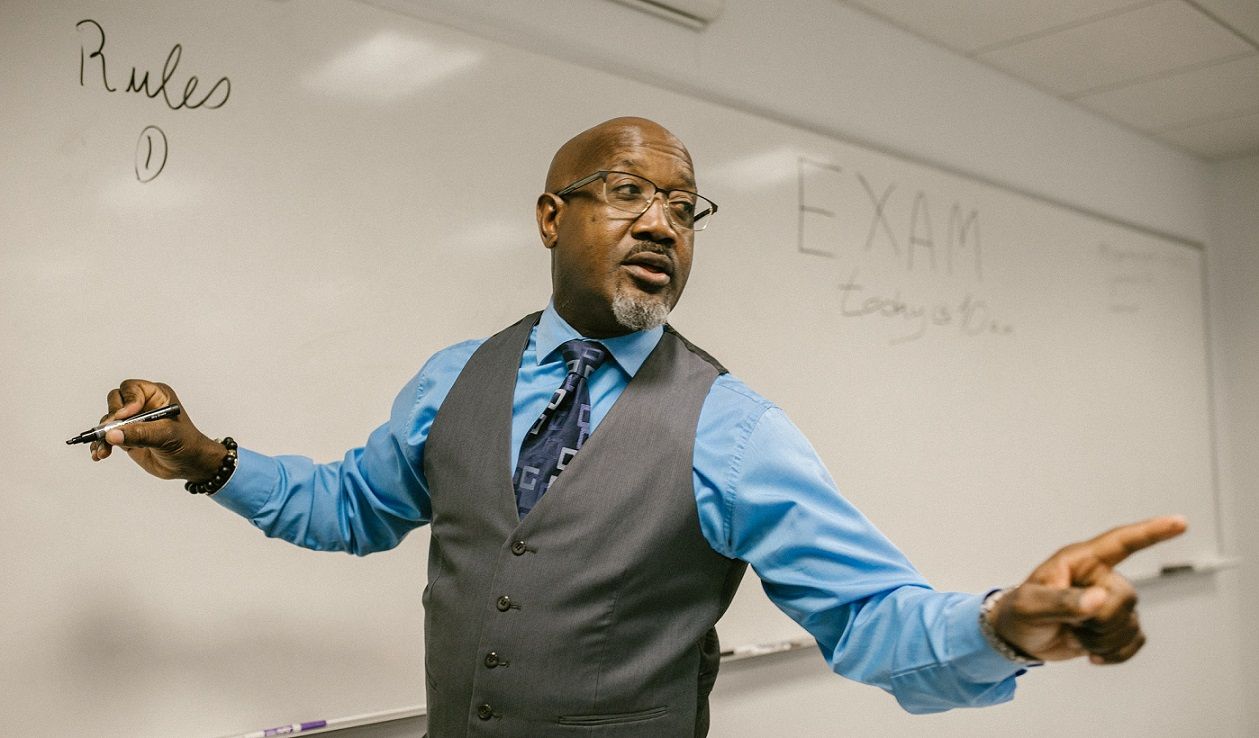
 This initial stage can vary depending on your experiences. In your first few years, you might say things that your teachers told you. You might emulate their mannerisms when you conduct or count off a group. You might even dress like your mentors or adopt their sense of humor. None of these things are bad!
This initial stage can vary depending on your experiences. In your first few years, you might say things that your teachers told you. You might emulate their mannerisms when you conduct or count off a group. You might even dress like your mentors or adopt their sense of humor. None of these things are bad! Then, some doubts set in. You may have had some doubts about your career initially, but in this potential stage, the doubts build. You may think:
Then, some doubts set in. You may have had some doubts about your career initially, but in this potential stage, the doubts build. You may think: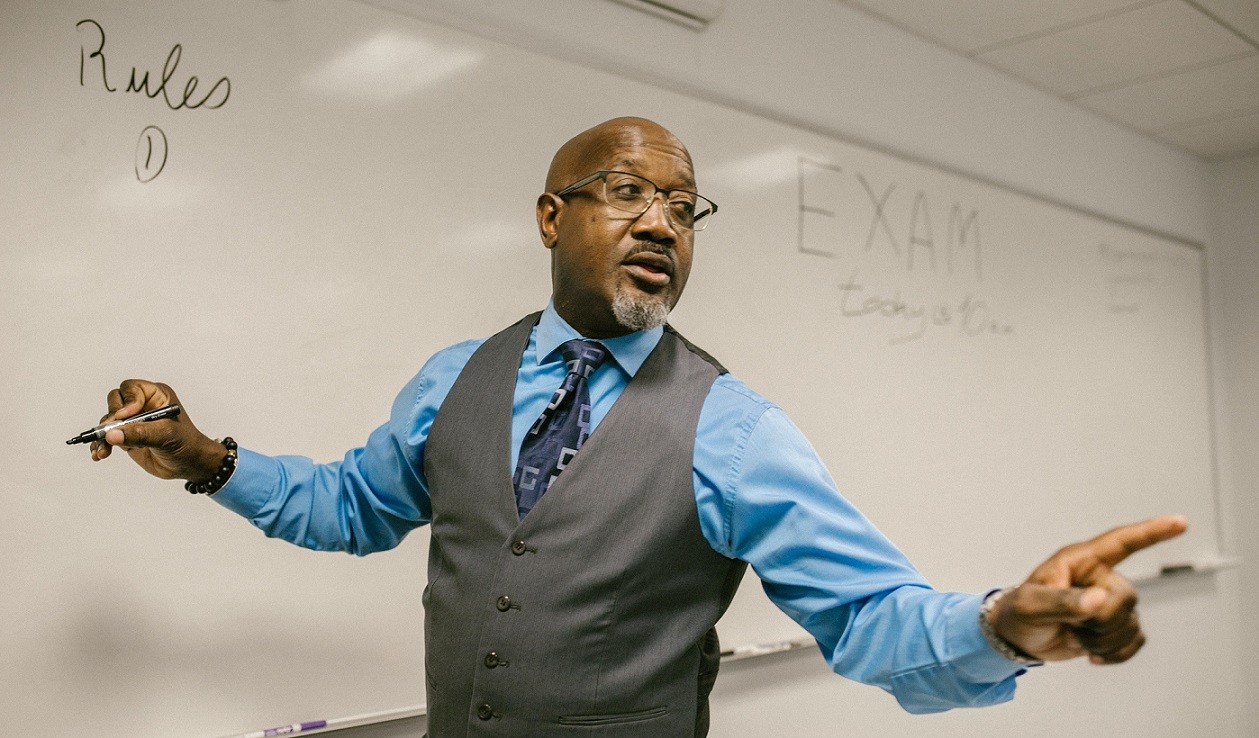 Stage 4 is a stage of confidence. It is not an arrival stage; we enter into it as we grow to know our strengths and weaknesses better, and we begin to understand how we operate.
Stage 4 is a stage of confidence. It is not an arrival stage; we enter into it as we grow to know our strengths and weaknesses better, and we begin to understand how we operate.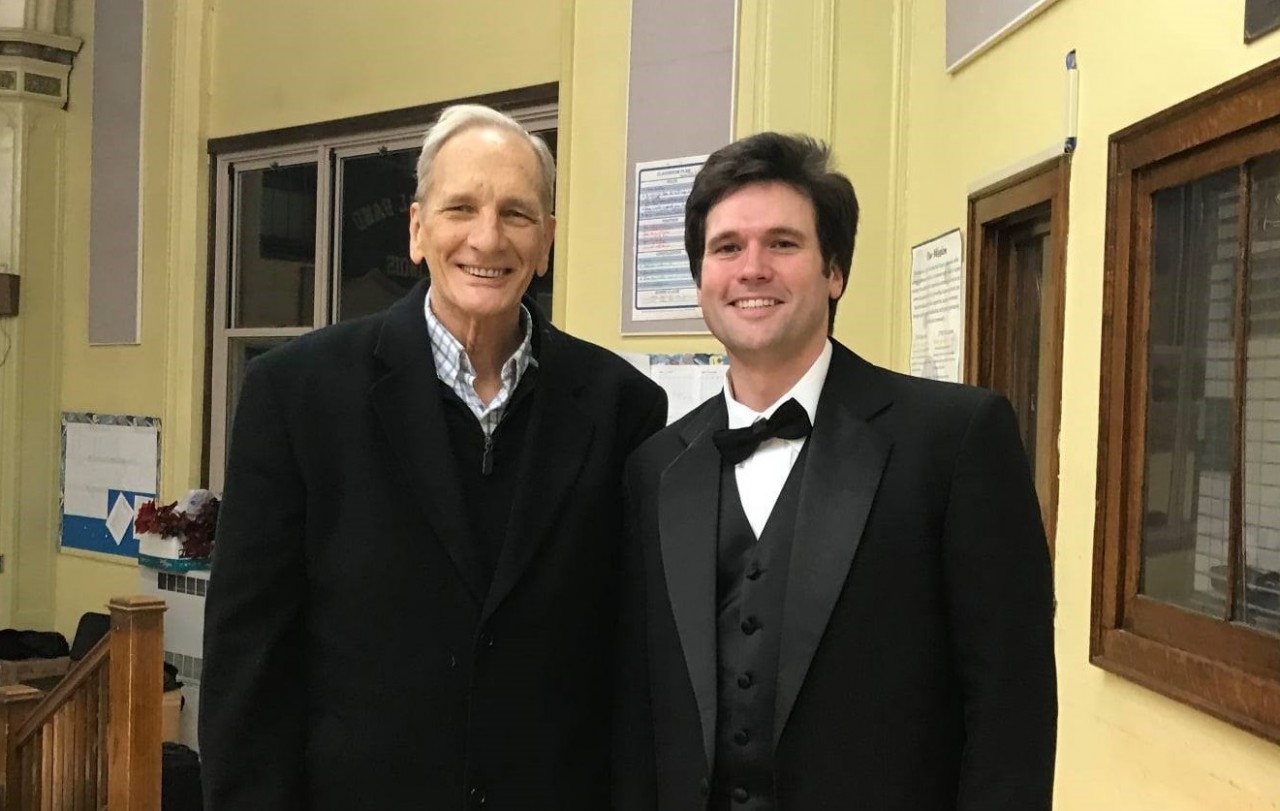 I eventually ended up back where I started at
I eventually ended up back where I started at 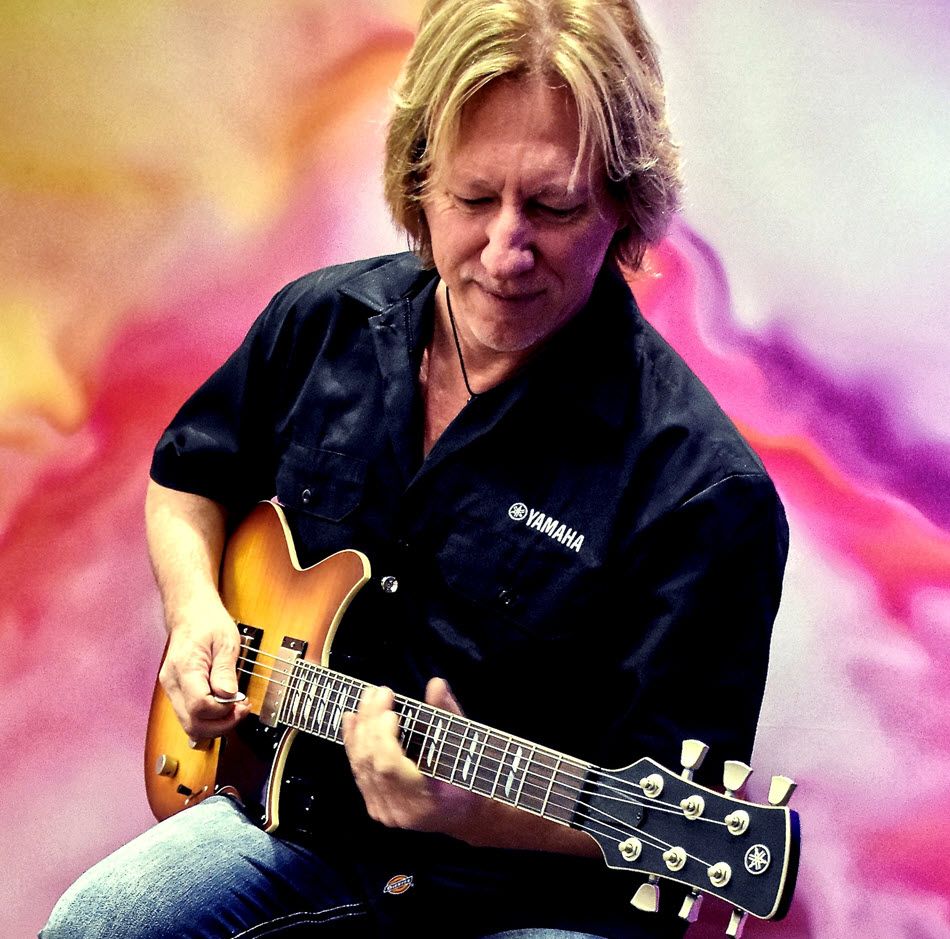
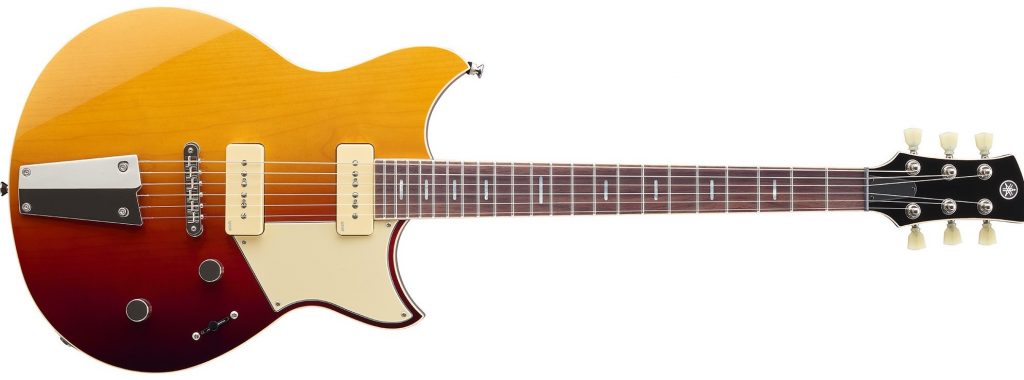
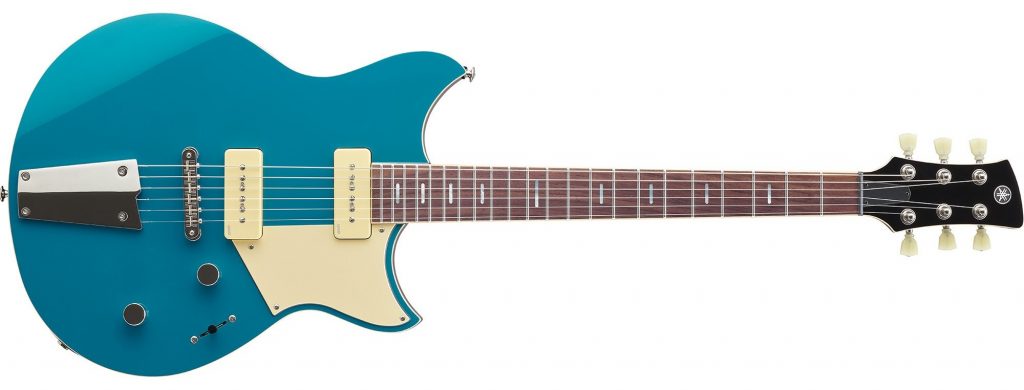
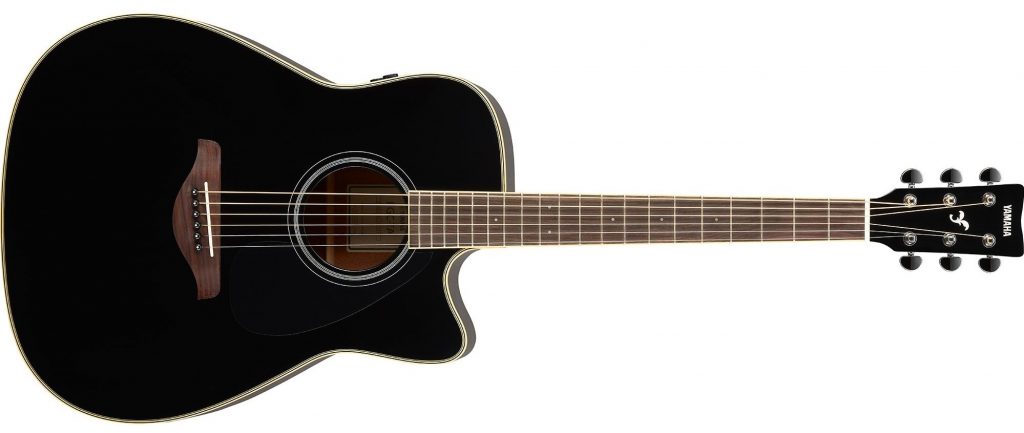



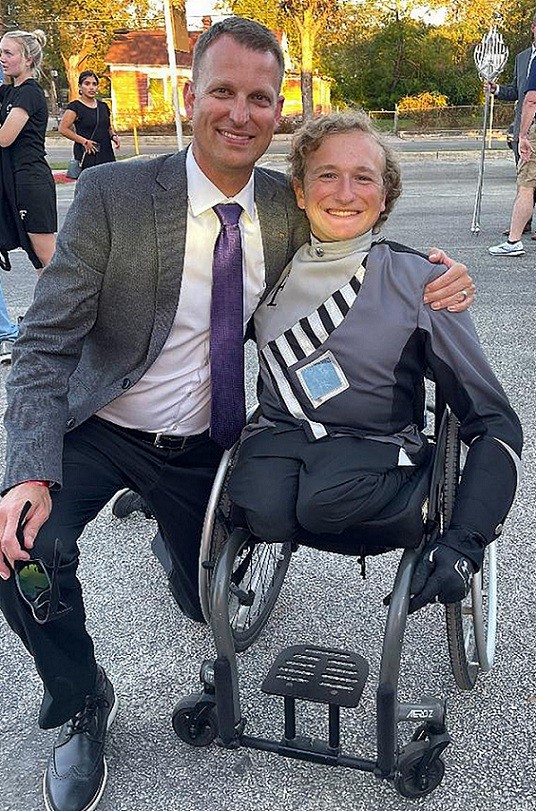 As we were wrapping up the conversations regarding the logistics of operating the band program and saying our good nights, a special young man rolled up to me in his wheelchair and asked me an important and challenging question.
As we were wrapping up the conversations regarding the logistics of operating the band program and saying our good nights, a special young man rolled up to me in his wheelchair and asked me an important and challenging question.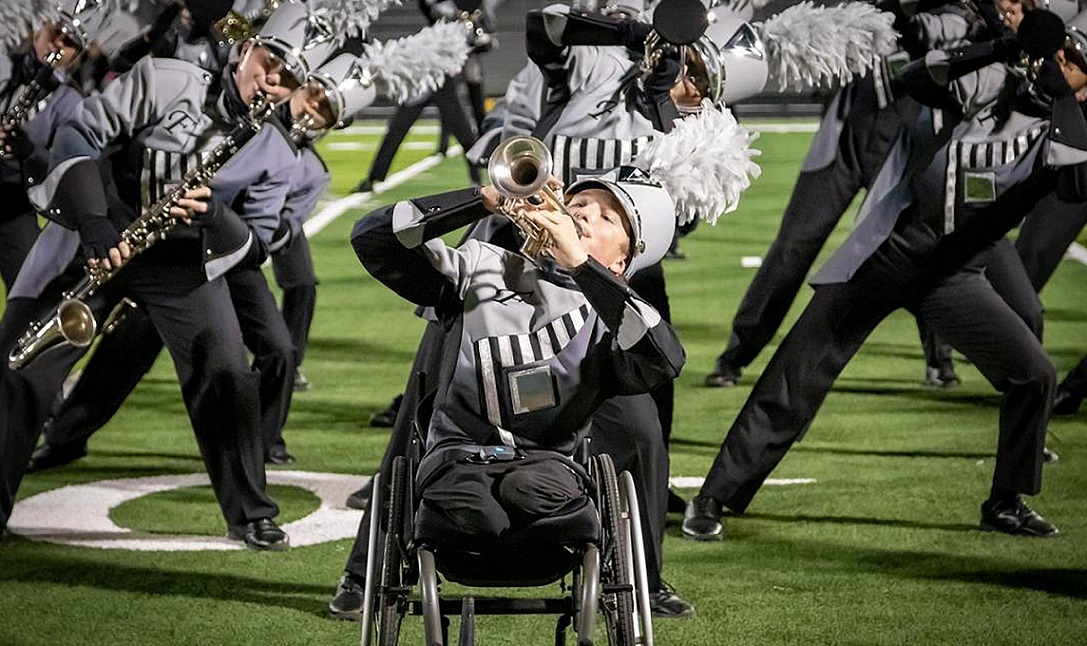 I have found all too often that my first instinct, my first response in any situation is to focus on the problem. This is all too easy to do because whenever you turn on the news, listen to the radio, open your phone, all the world’s problems come flooding in. The daily confrontation of problems is brutal.
I have found all too often that my first instinct, my first response in any situation is to focus on the problem. This is all too easy to do because whenever you turn on the news, listen to the radio, open your phone, all the world’s problems come flooding in. The daily confrontation of problems is brutal.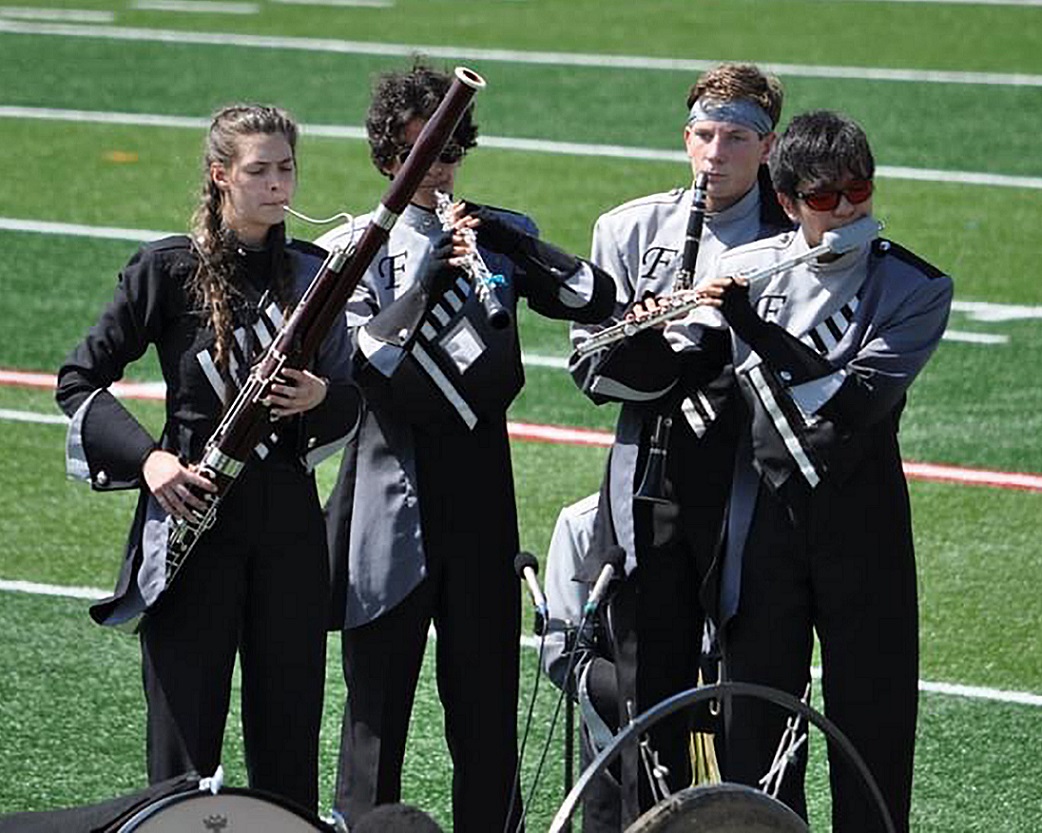 Tomoki Miyazaki is a year younger than Micah, an incredible flute player with perfect pitch, and he is legally blind. After hearing him shine as a performer throughout the spring of 2021, we started conversations with Tomoki about doing something he’d never considered — being part of the marching band. With his incredible playing ability in mind, our music arranger designed numerous solo moments for him throughout the 2021 show. The first time we heard him performing with the group, amplified for the world to hear, we knew we had a special performer. With this excitement came a very unique obstacle.
Tomoki Miyazaki is a year younger than Micah, an incredible flute player with perfect pitch, and he is legally blind. After hearing him shine as a performer throughout the spring of 2021, we started conversations with Tomoki about doing something he’d never considered — being part of the marching band. With his incredible playing ability in mind, our music arranger designed numerous solo moments for him throughout the 2021 show. The first time we heard him performing with the group, amplified for the world to hear, we knew we had a special performer. With this excitement came a very unique obstacle.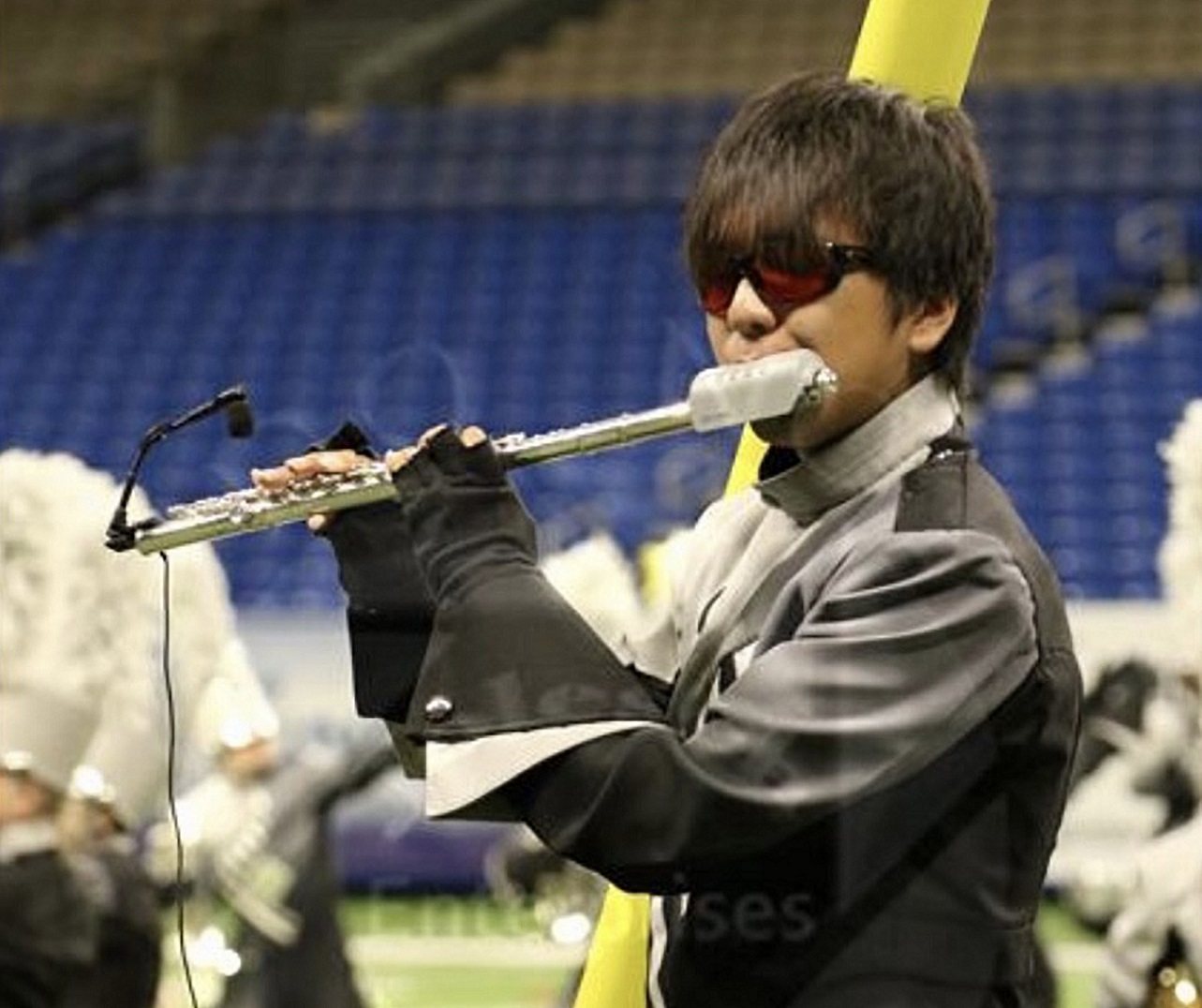
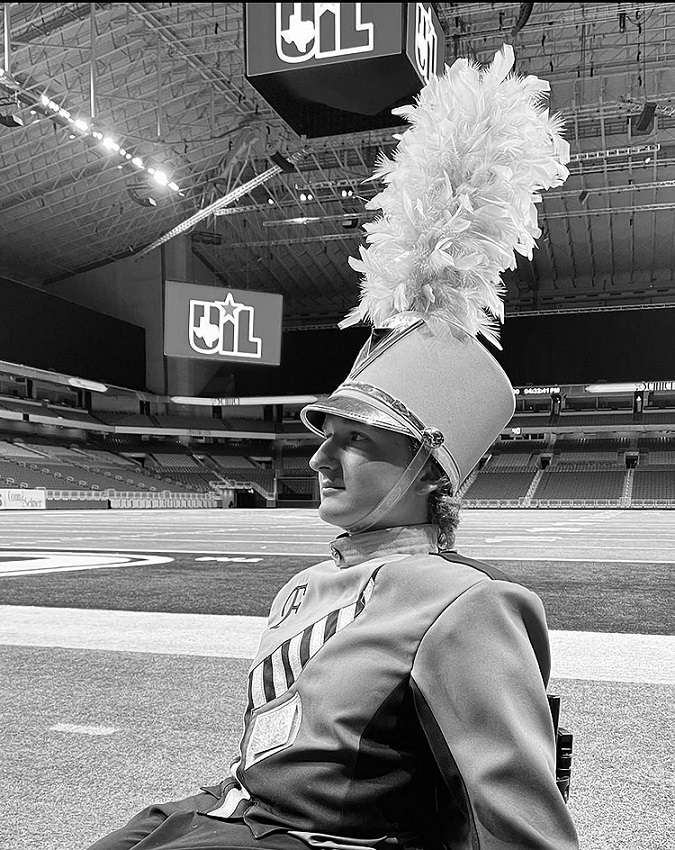
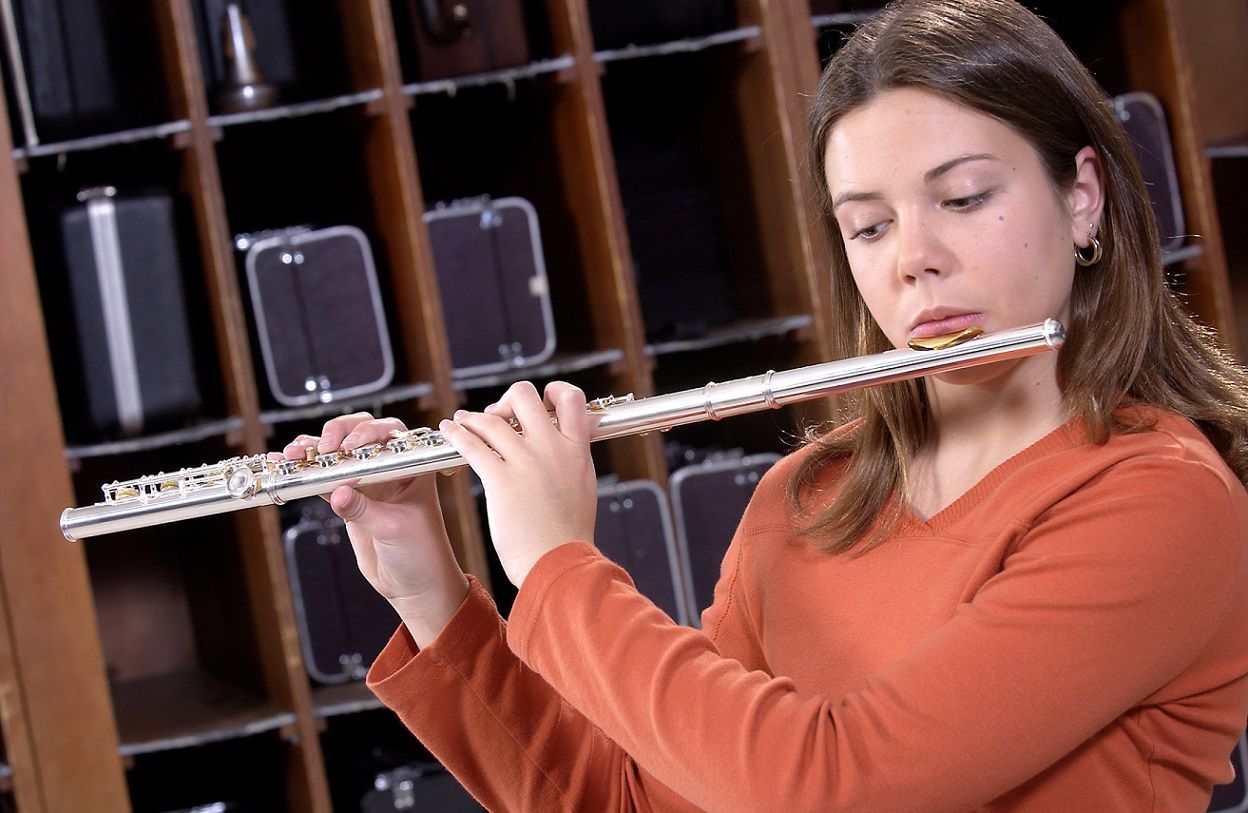
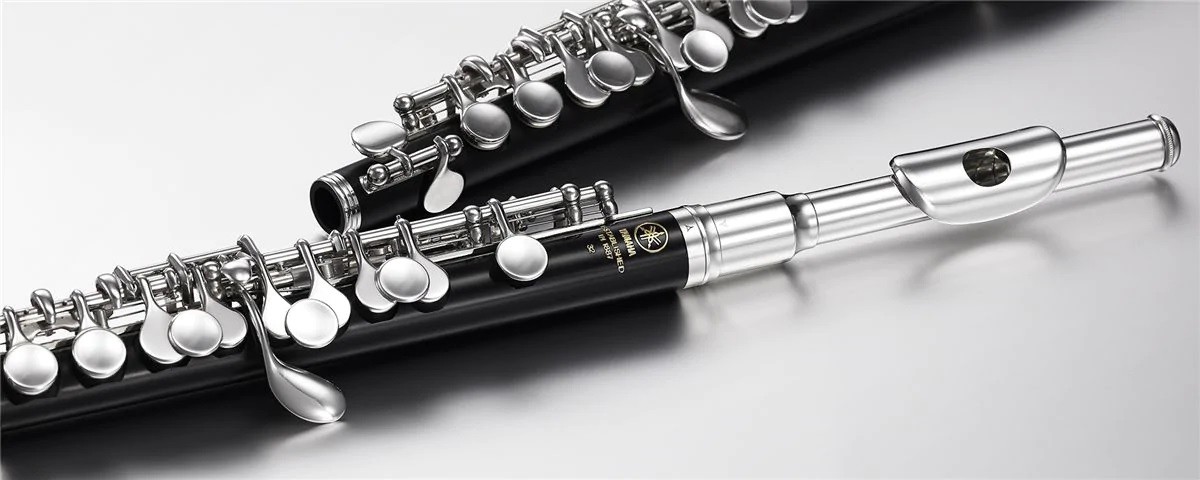 I’ll be honest, flute choirs can be expensive — alto and bass flutes have pretty high price tags. Most of the information below is about the lower-range harmony flutes because many schools have a selection or easy access to higher-range melody flutes (
I’ll be honest, flute choirs can be expensive — alto and bass flutes have pretty high price tags. Most of the information below is about the lower-range harmony flutes because many schools have a selection or easy access to higher-range melody flutes (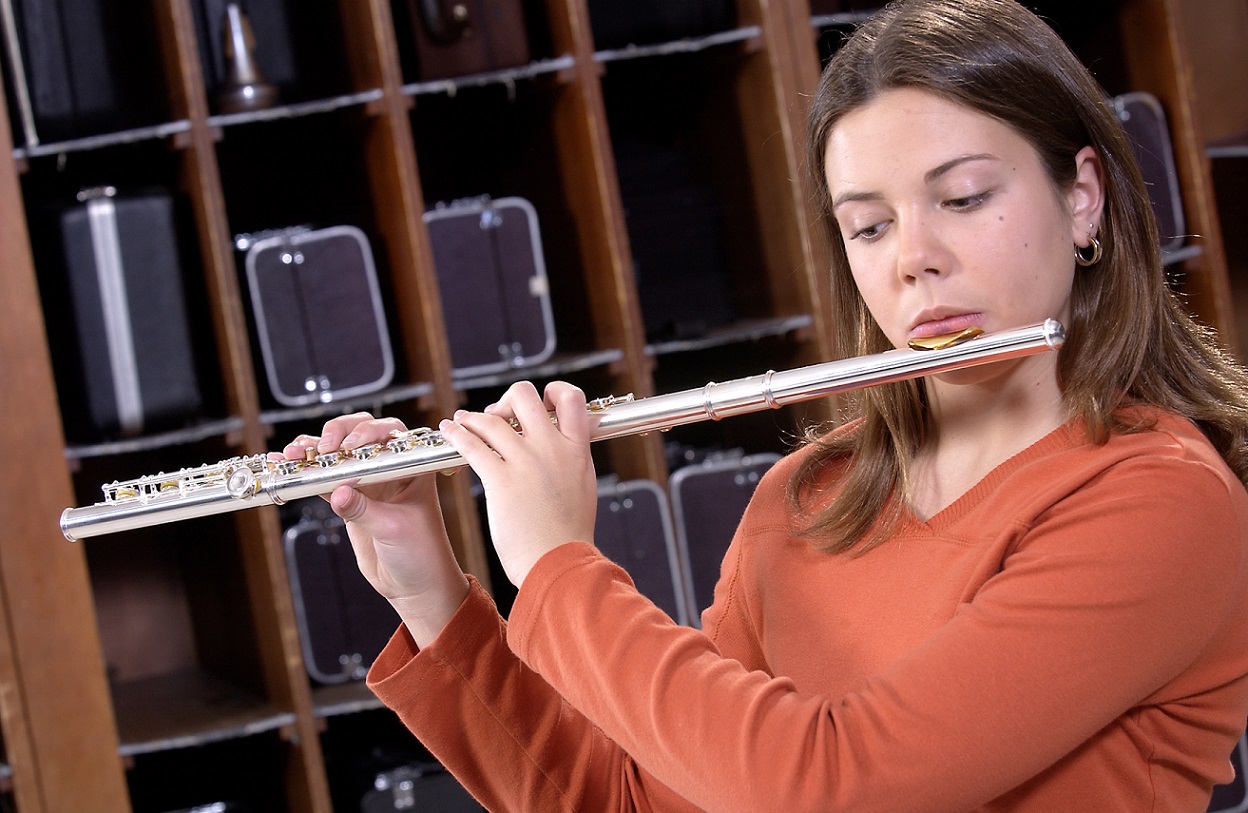 This 8-person setup will be enough to get you going.
This 8-person setup will be enough to get you going. Most flutes come with the option of a curved headjoint. While this is often an adjustment made on soprano flutes for younger students, having a curved headjoint becomes increasingly more common as the flute gets lower. Watch flutist Gina Luciani weigh the
Most flutes come with the option of a curved headjoint. While this is often an adjustment made on soprano flutes for younger students, having a curved headjoint becomes increasingly more common as the flute gets lower. Watch flutist Gina Luciani weigh the  Thumb Rests: I recommend thumb rests for bass and heavier flutes. Bass flutes often have metal thumb or hand rests that help players balance the extra weight. These are especially handy for students who will be playing for a long period of time but do not plan on playing with a stand.
Thumb Rests: I recommend thumb rests for bass and heavier flutes. Bass flutes often have metal thumb or hand rests that help players balance the extra weight. These are especially handy for students who will be playing for a long period of time but do not plan on playing with a stand.